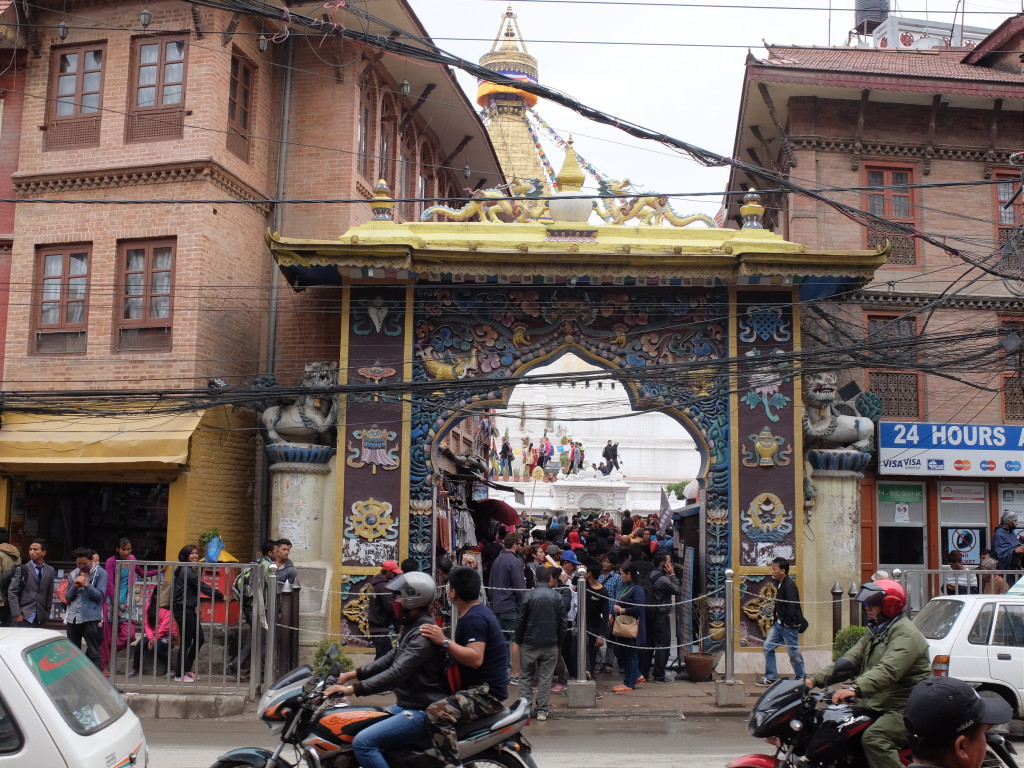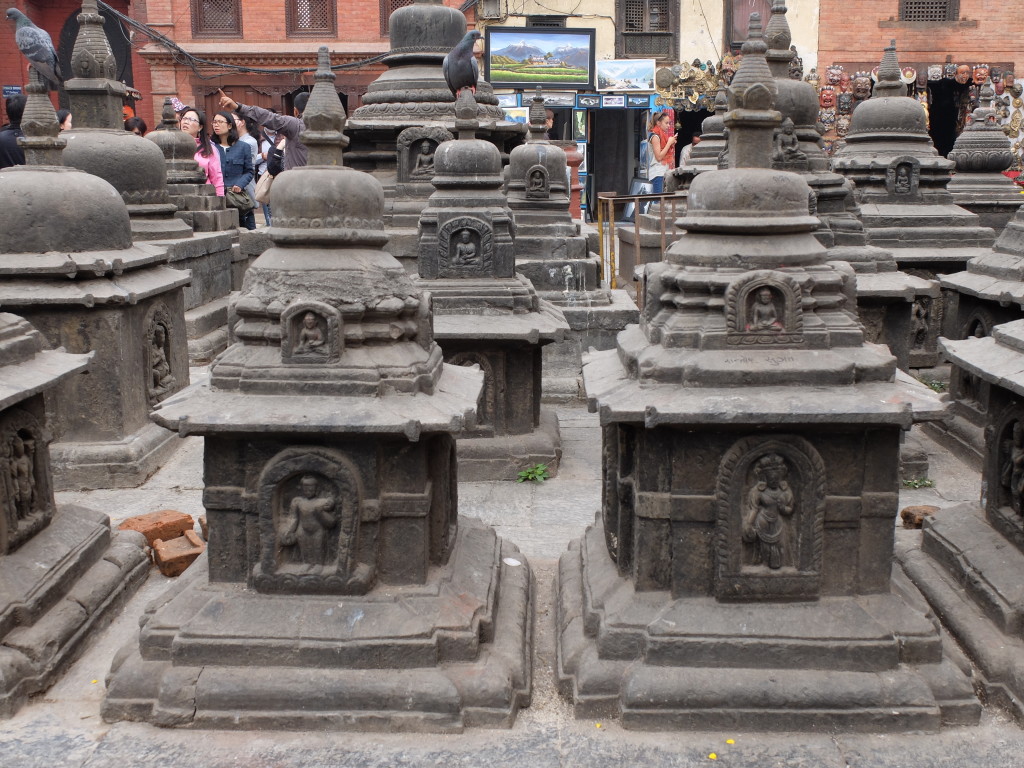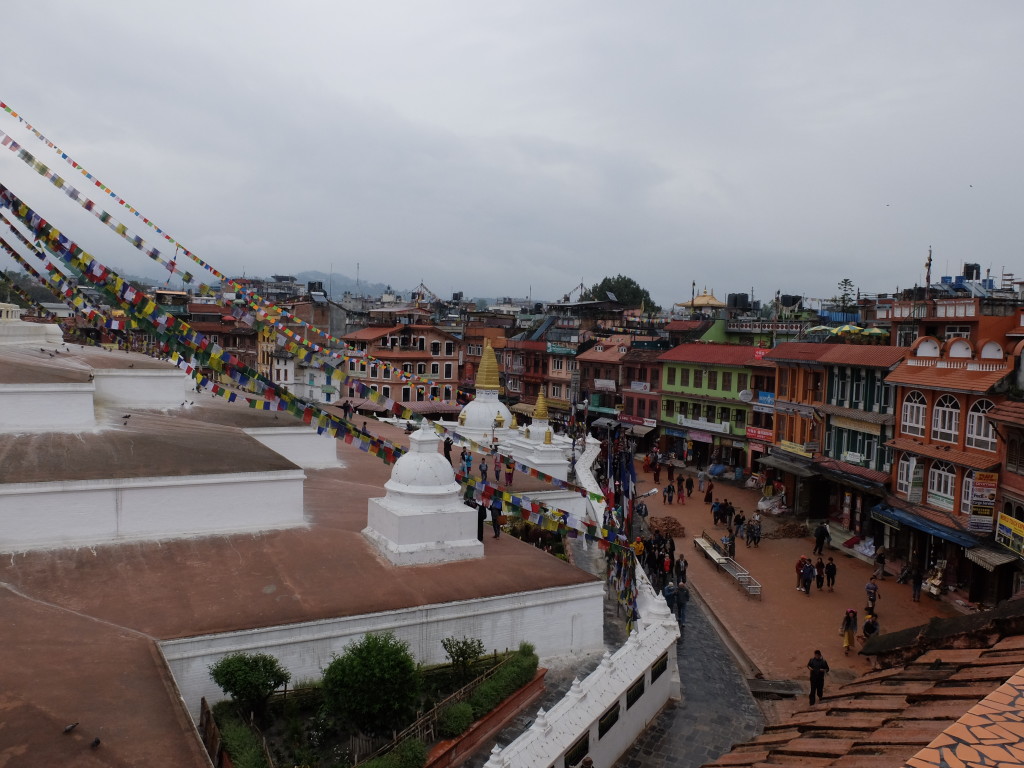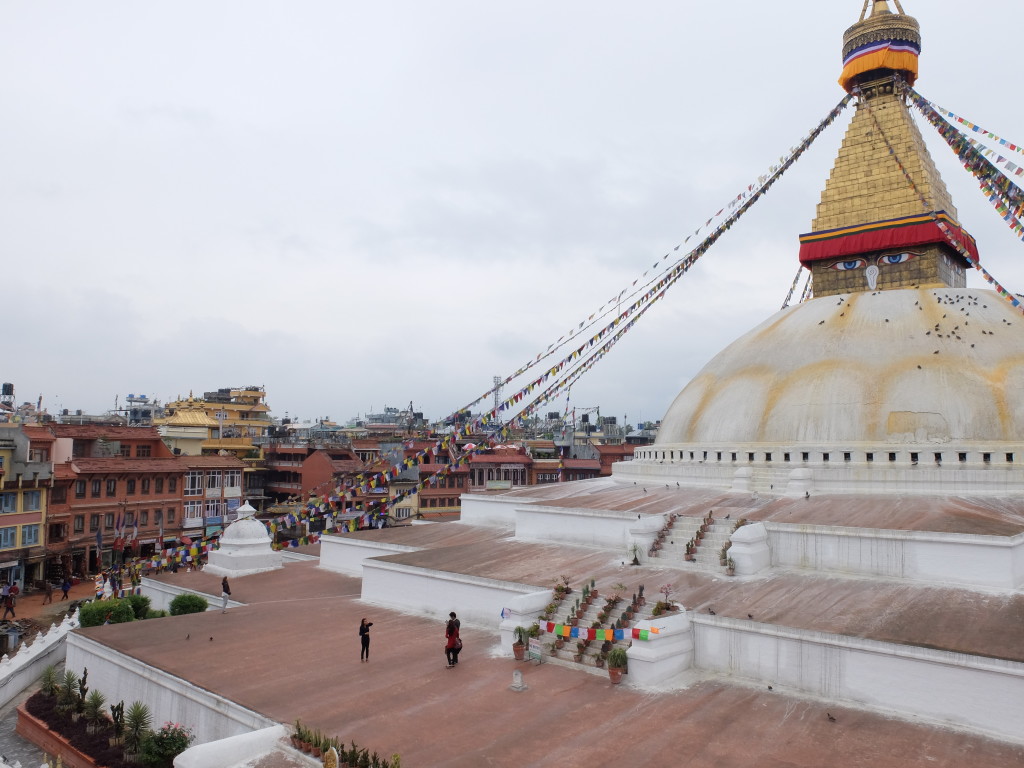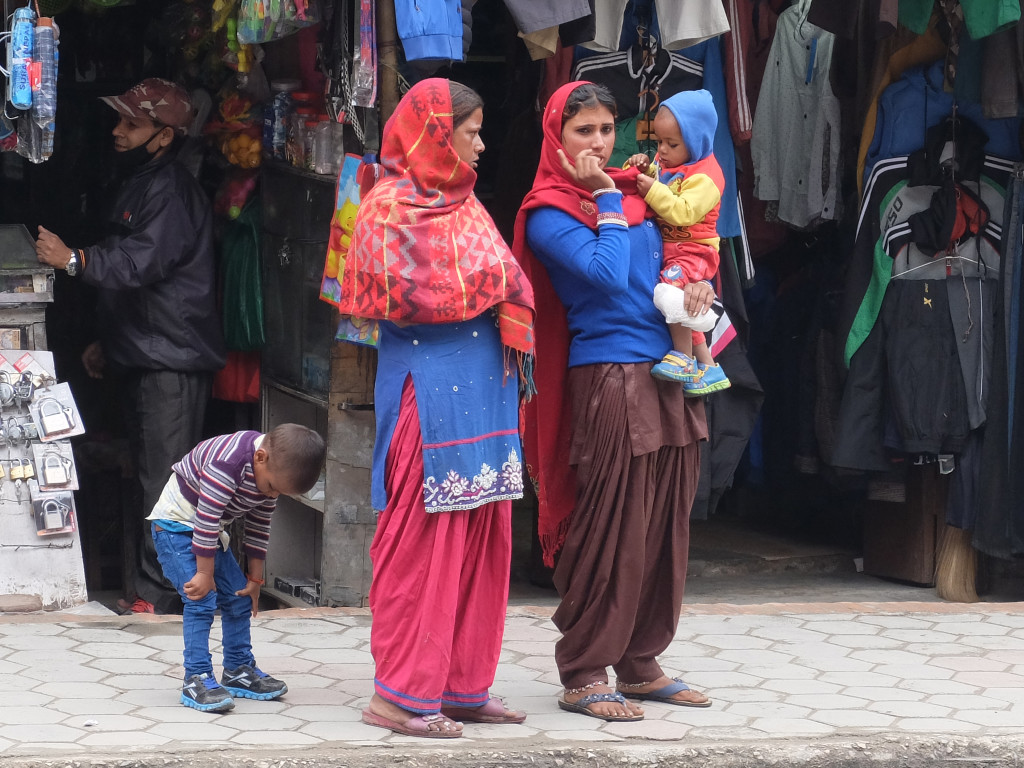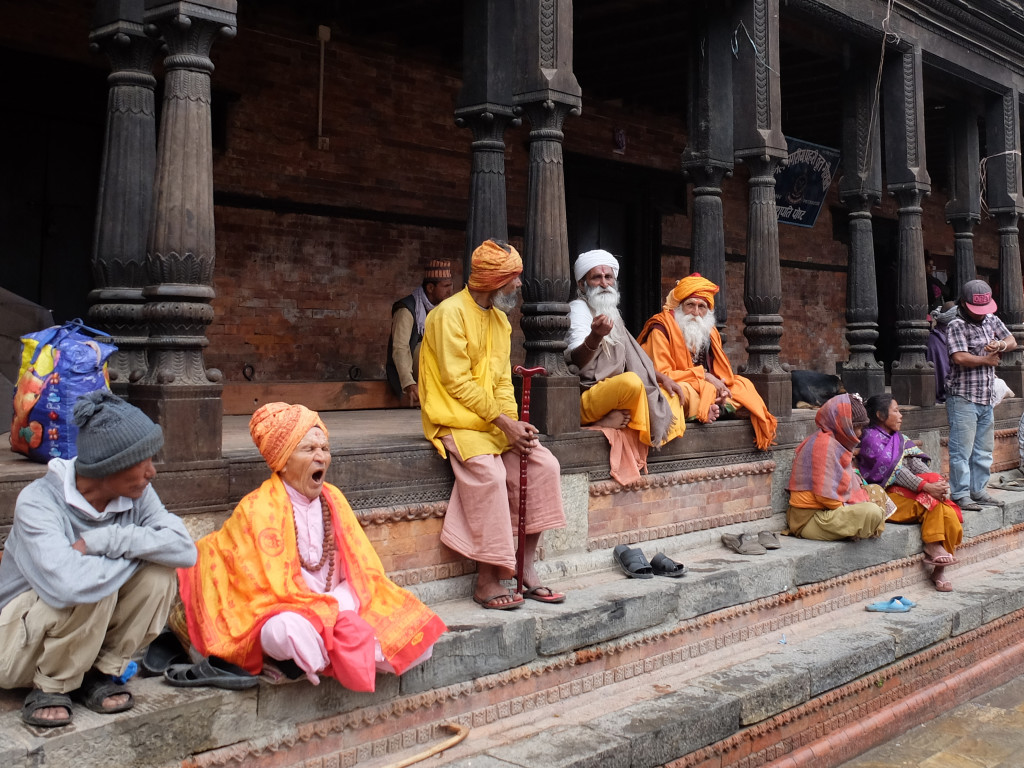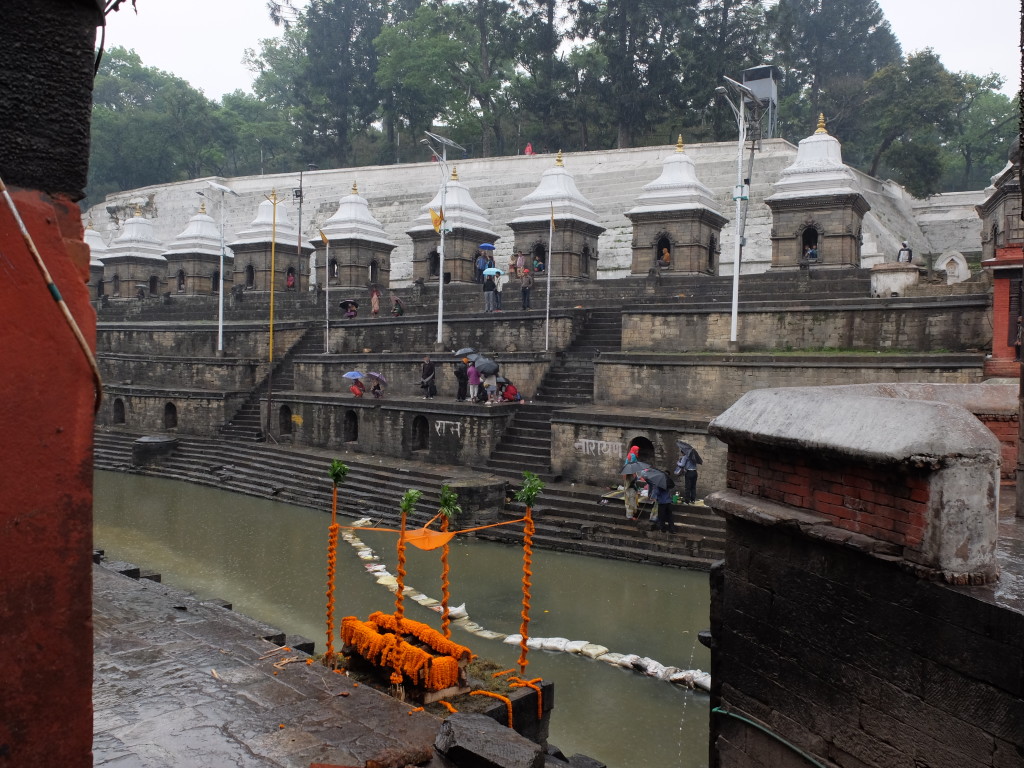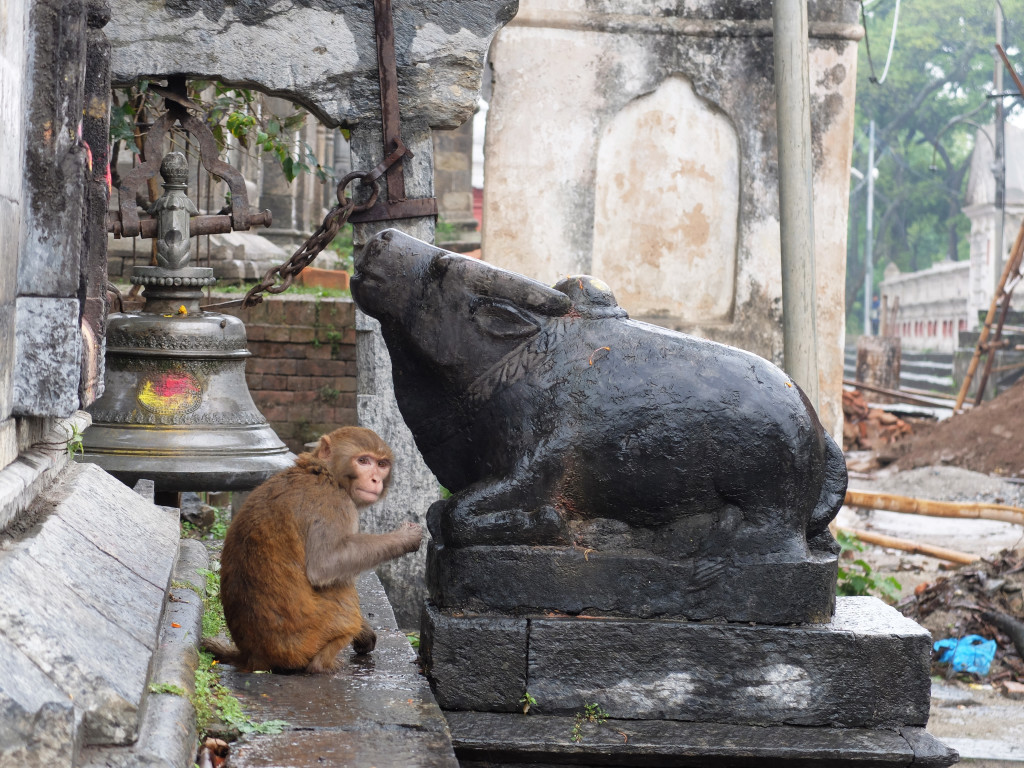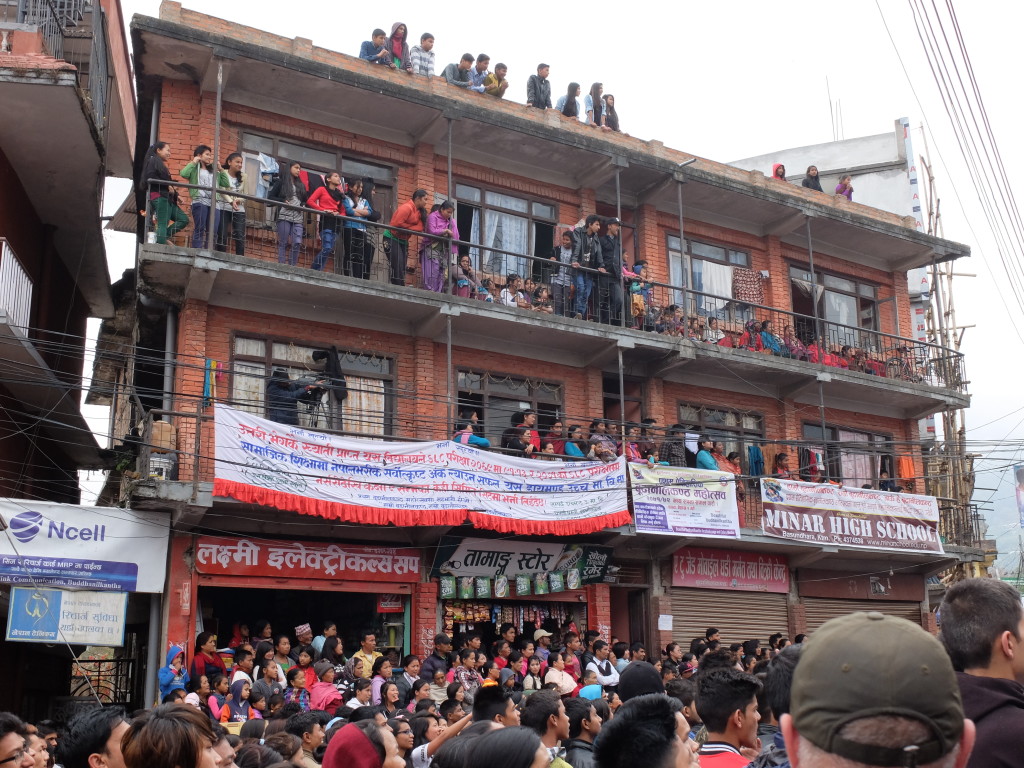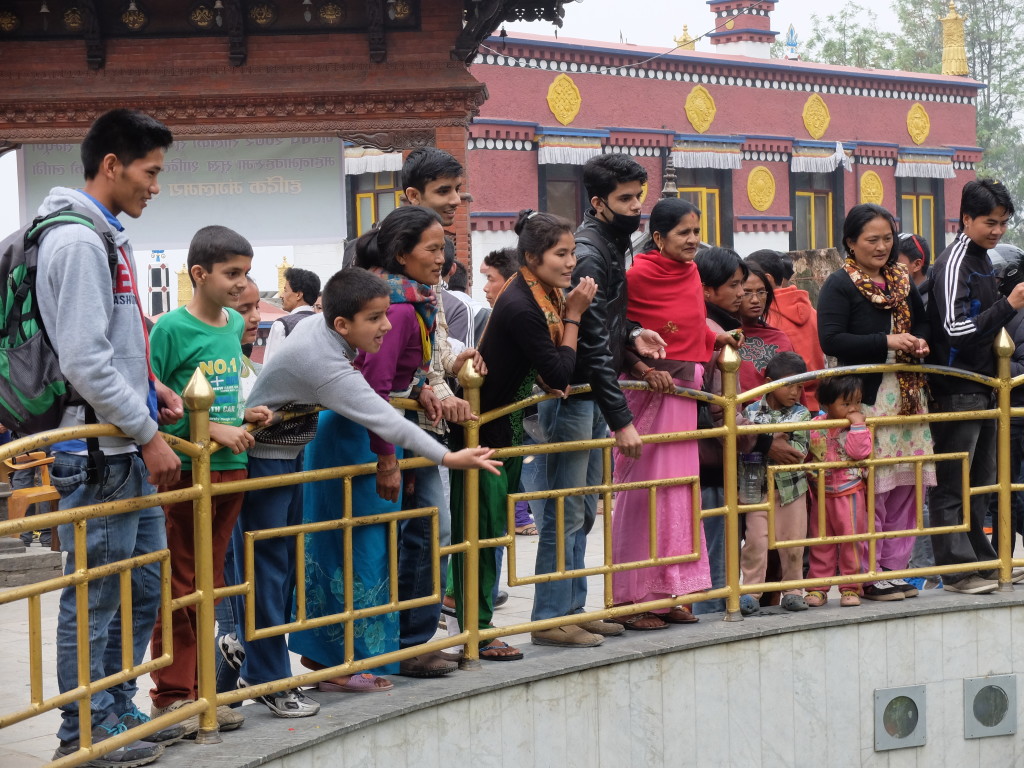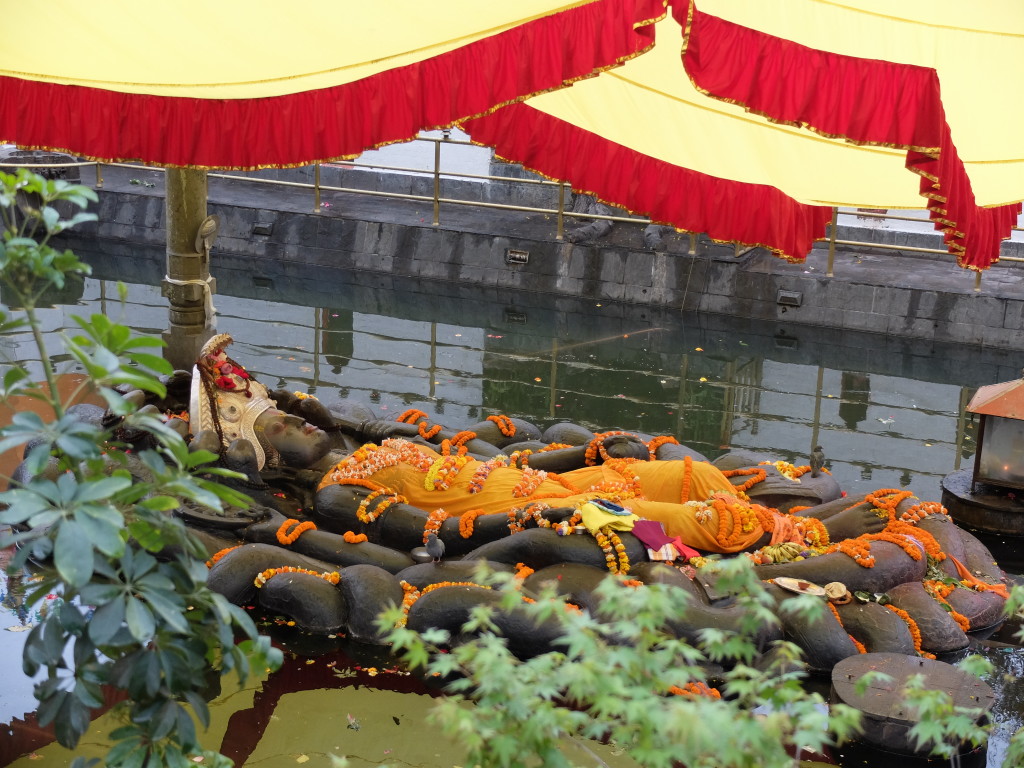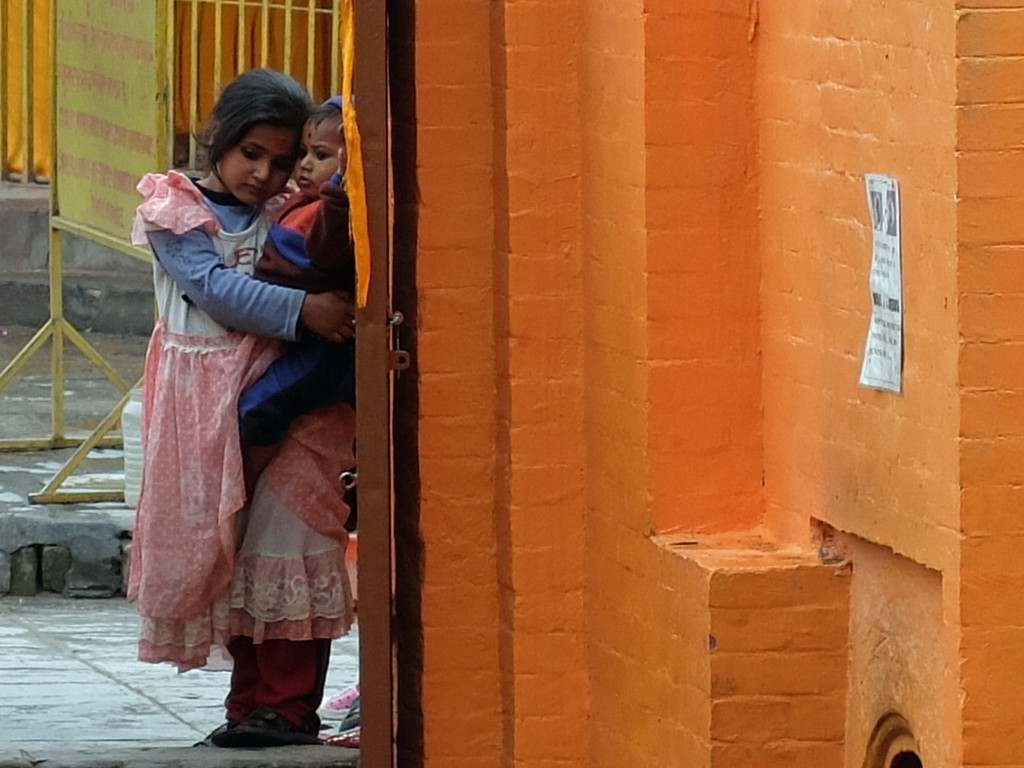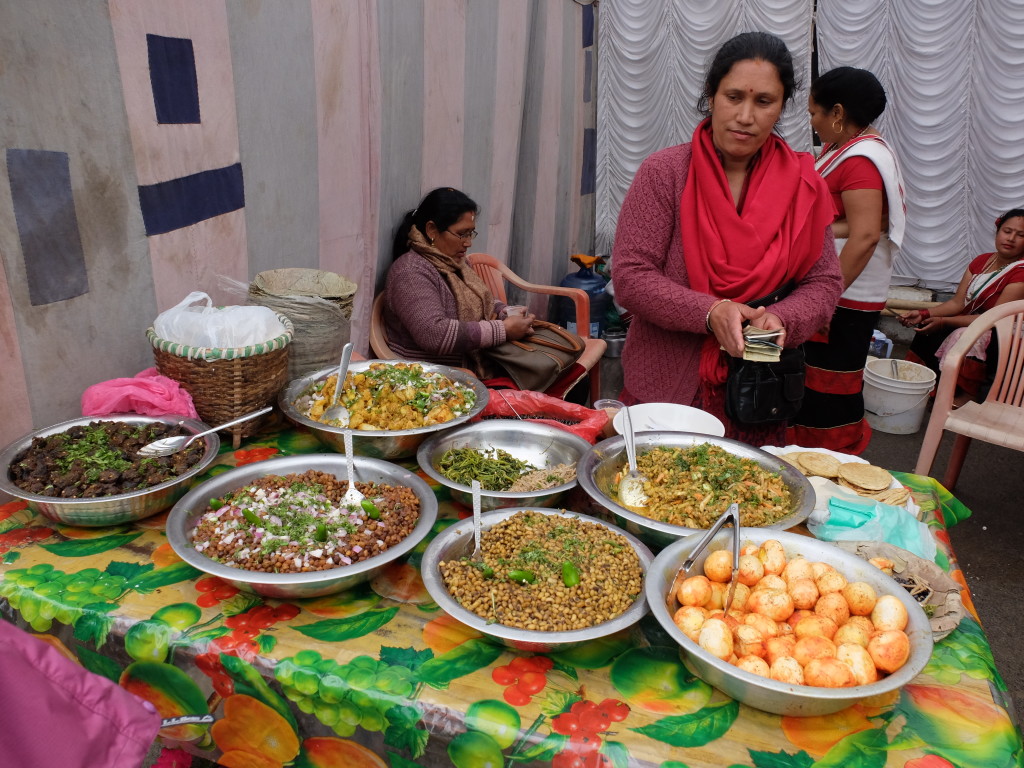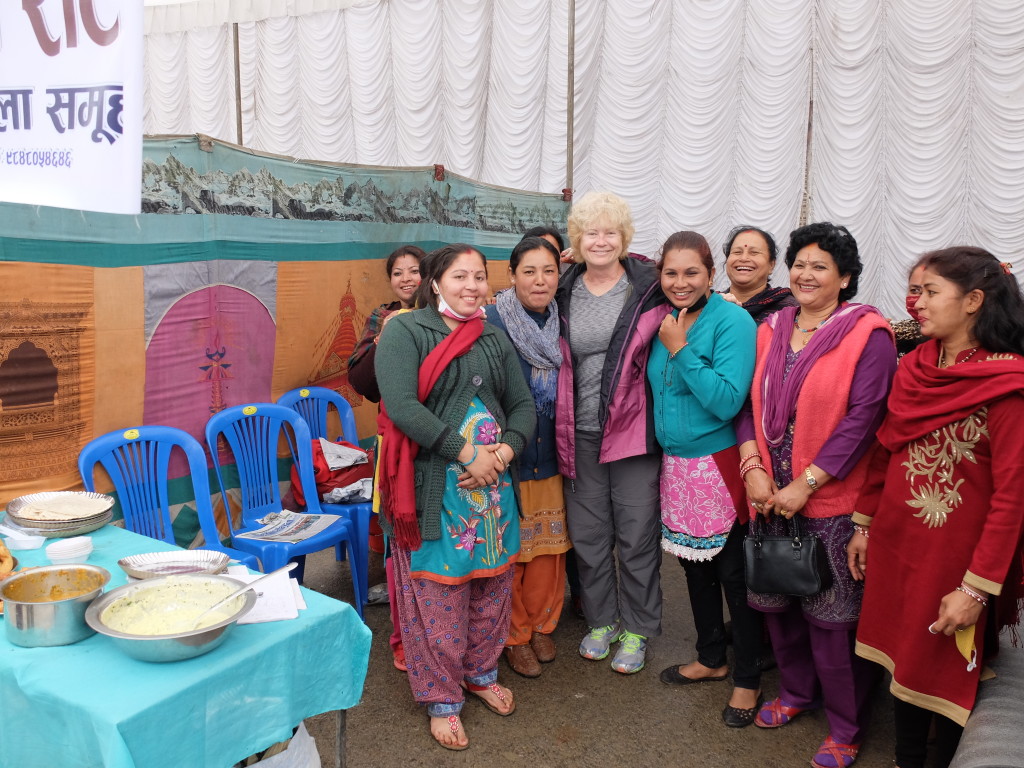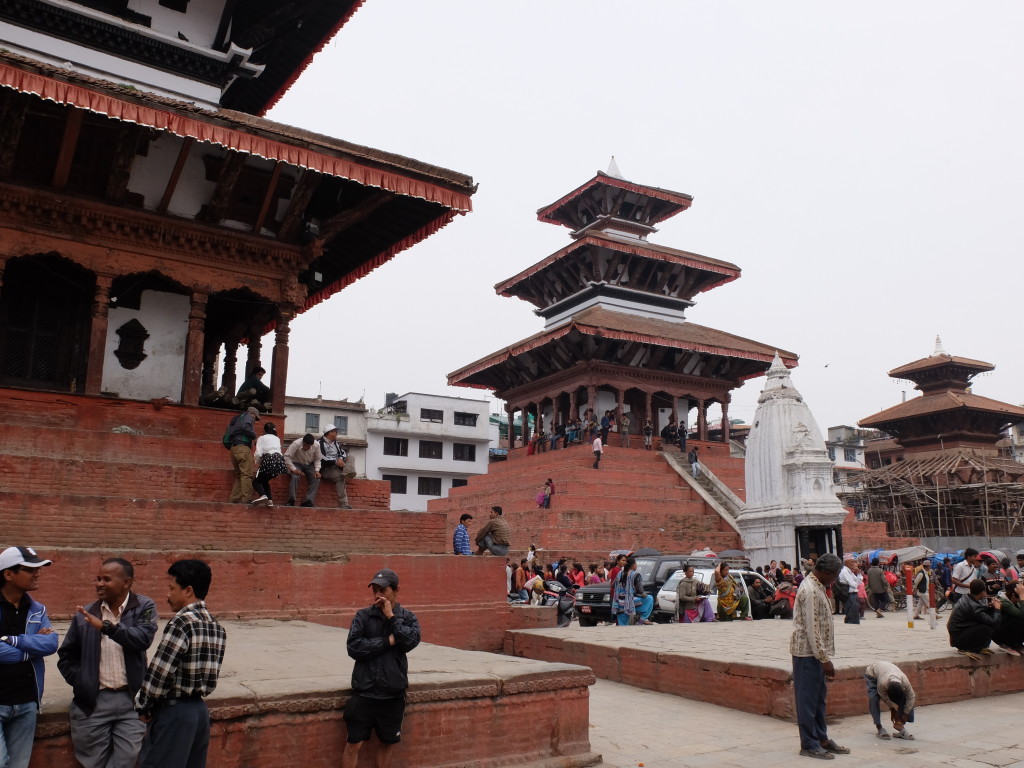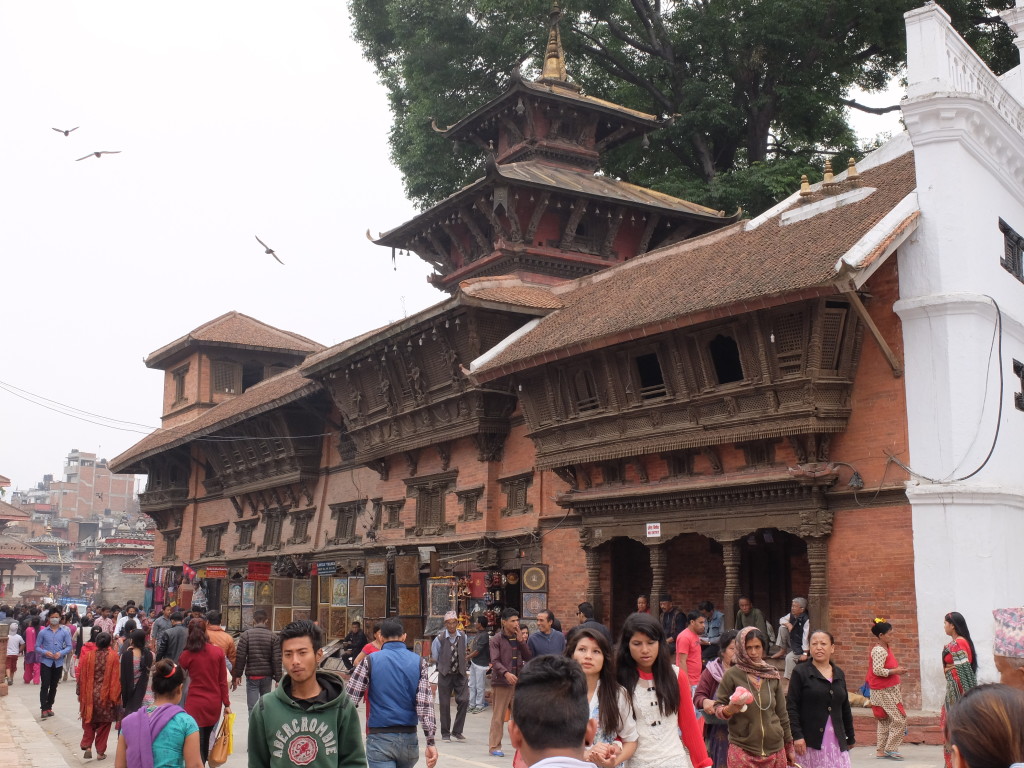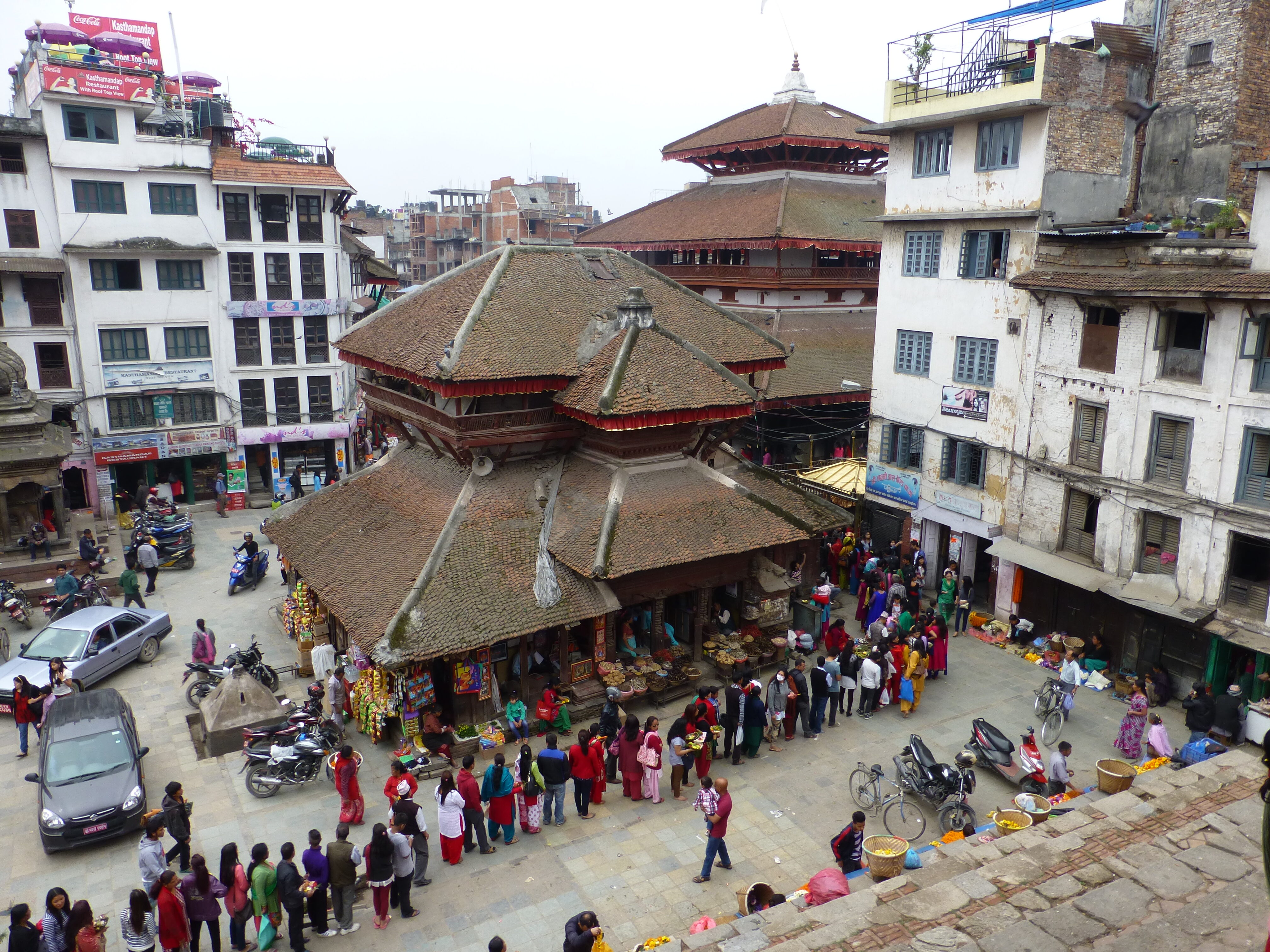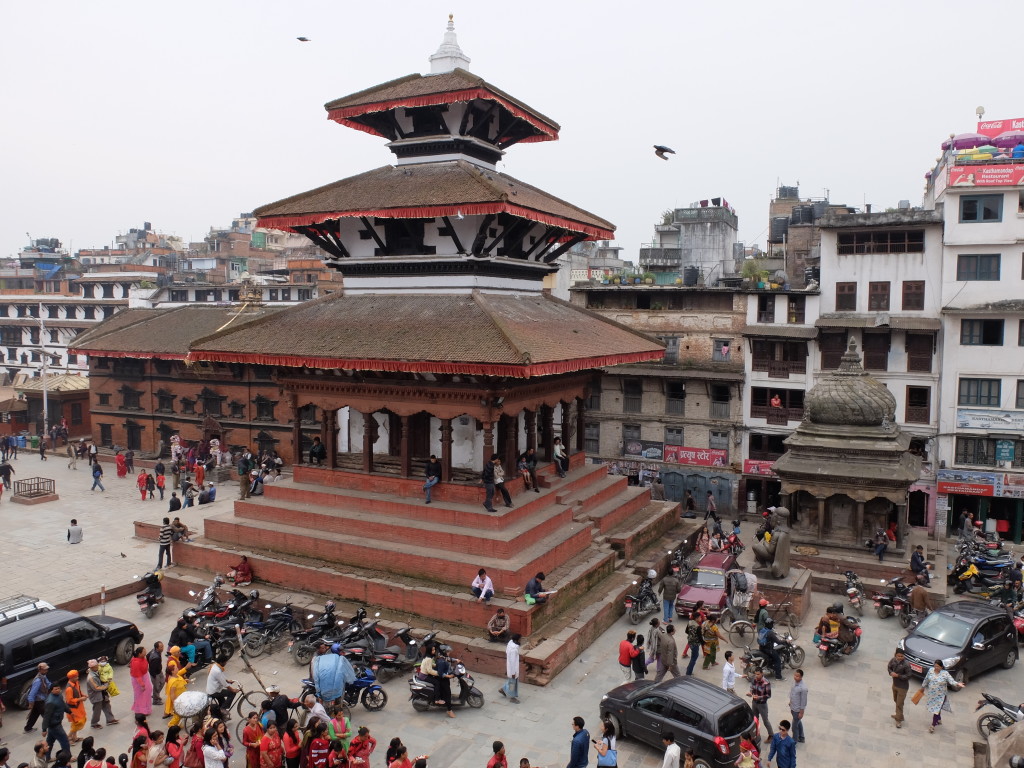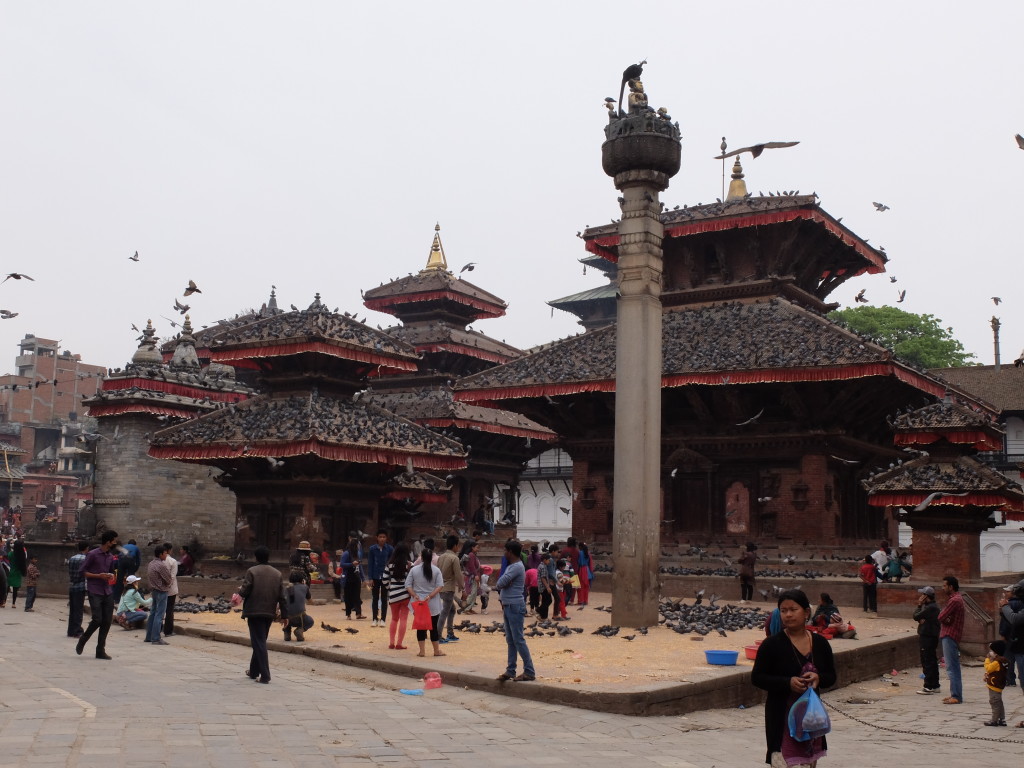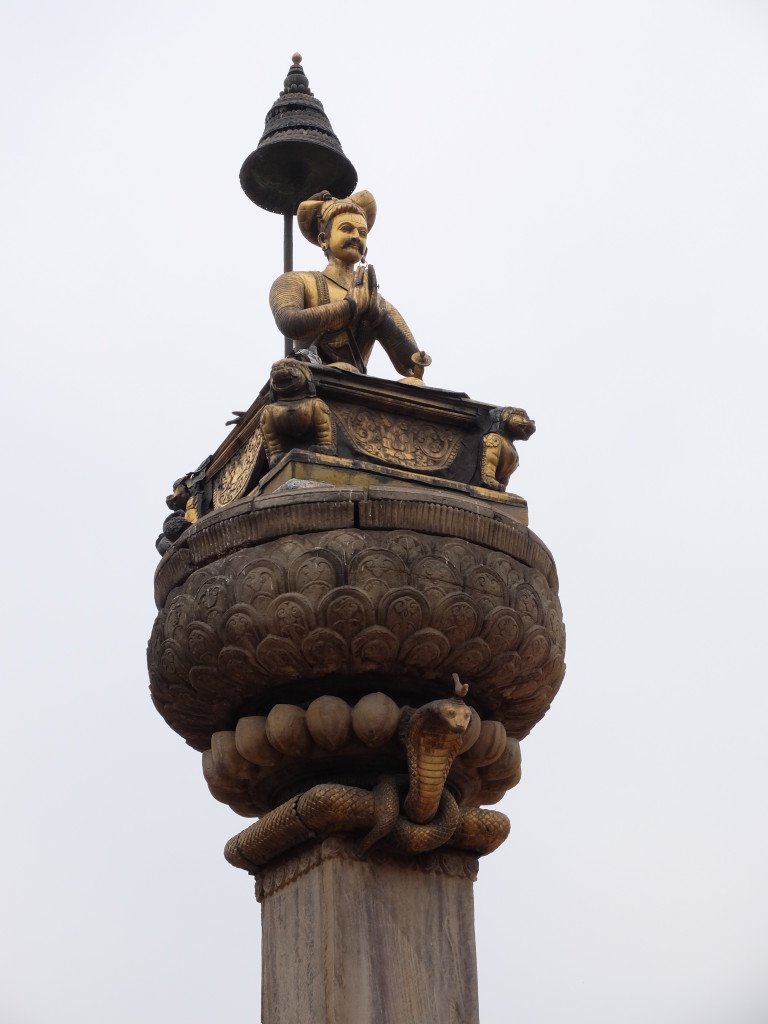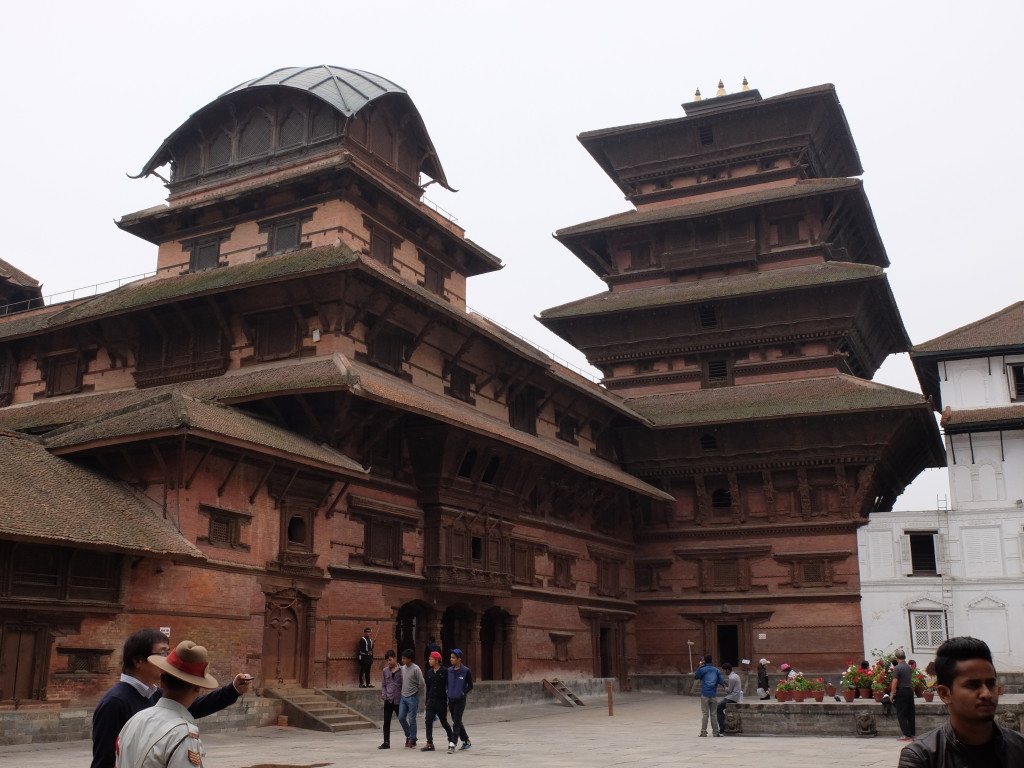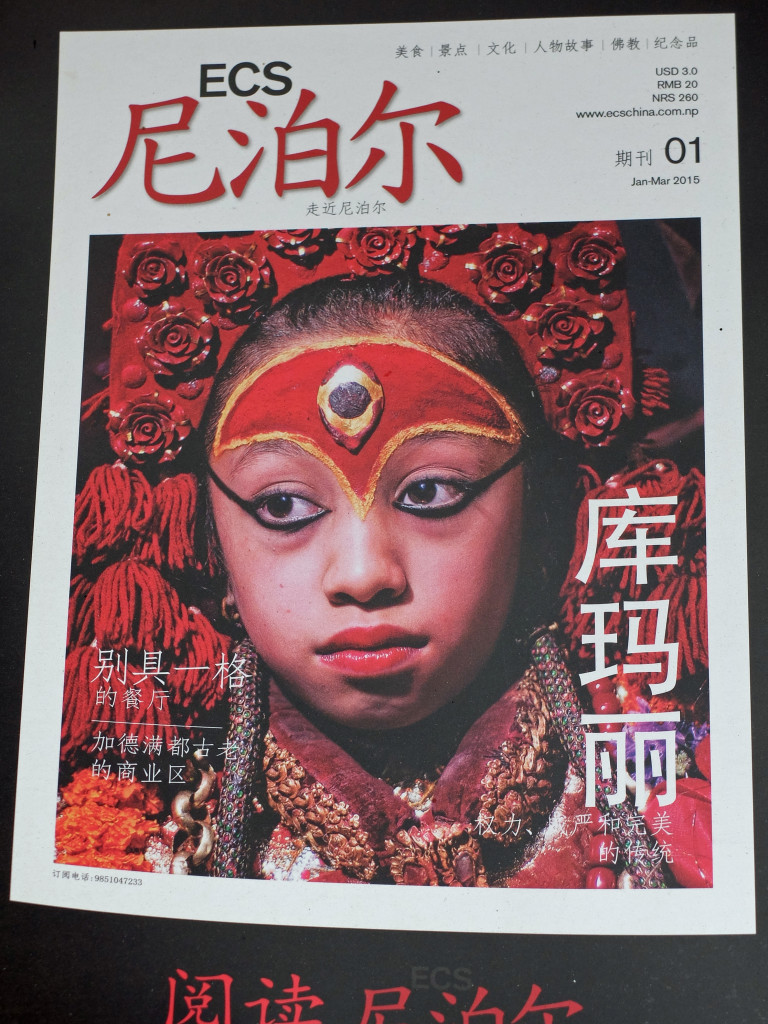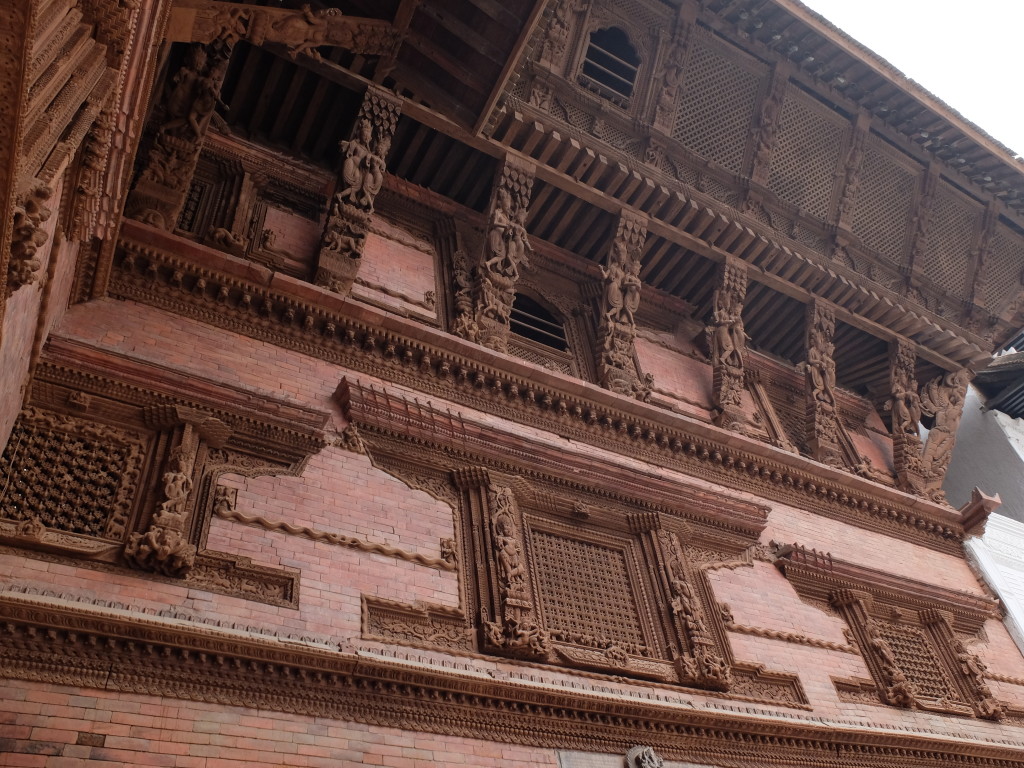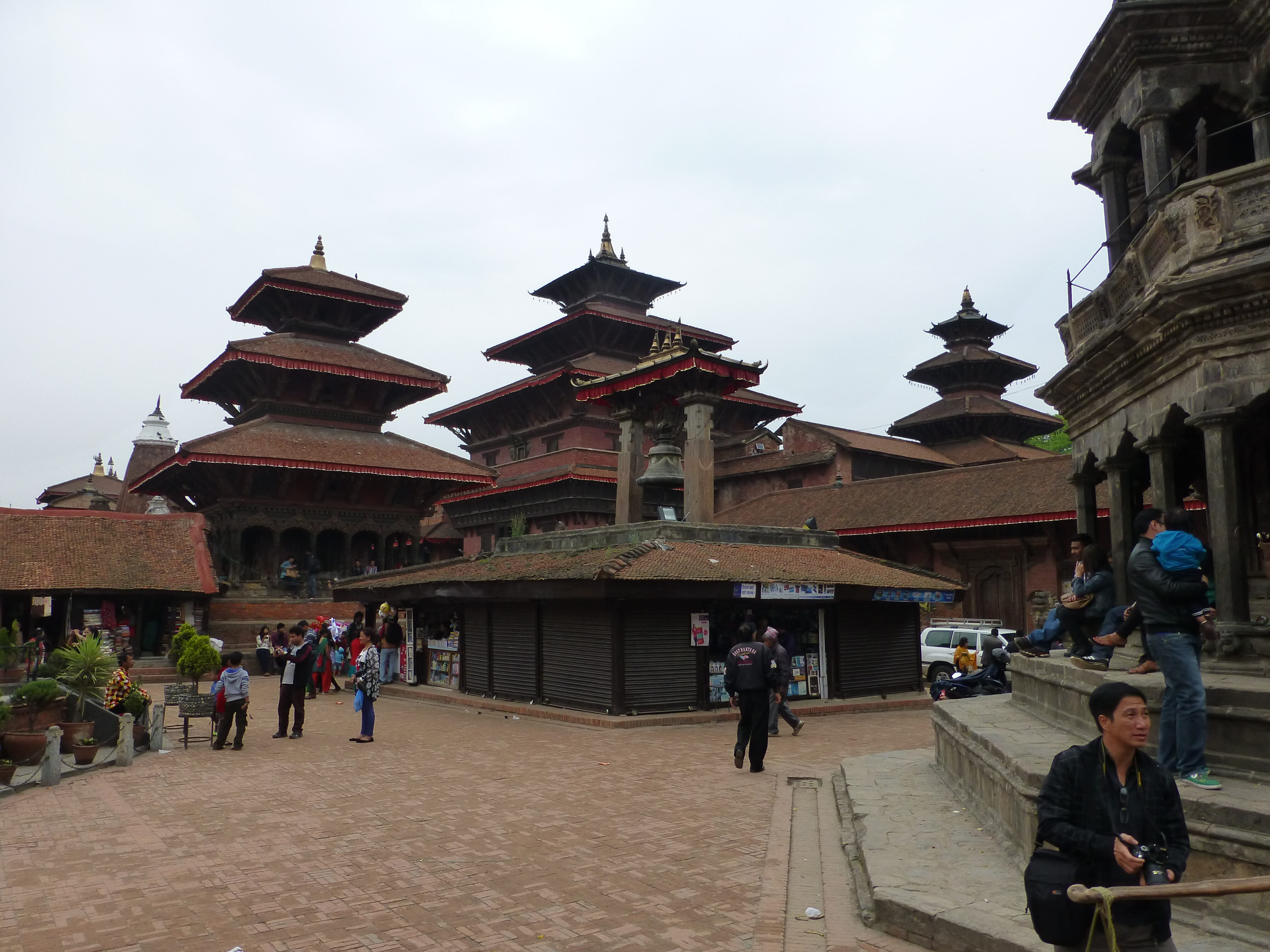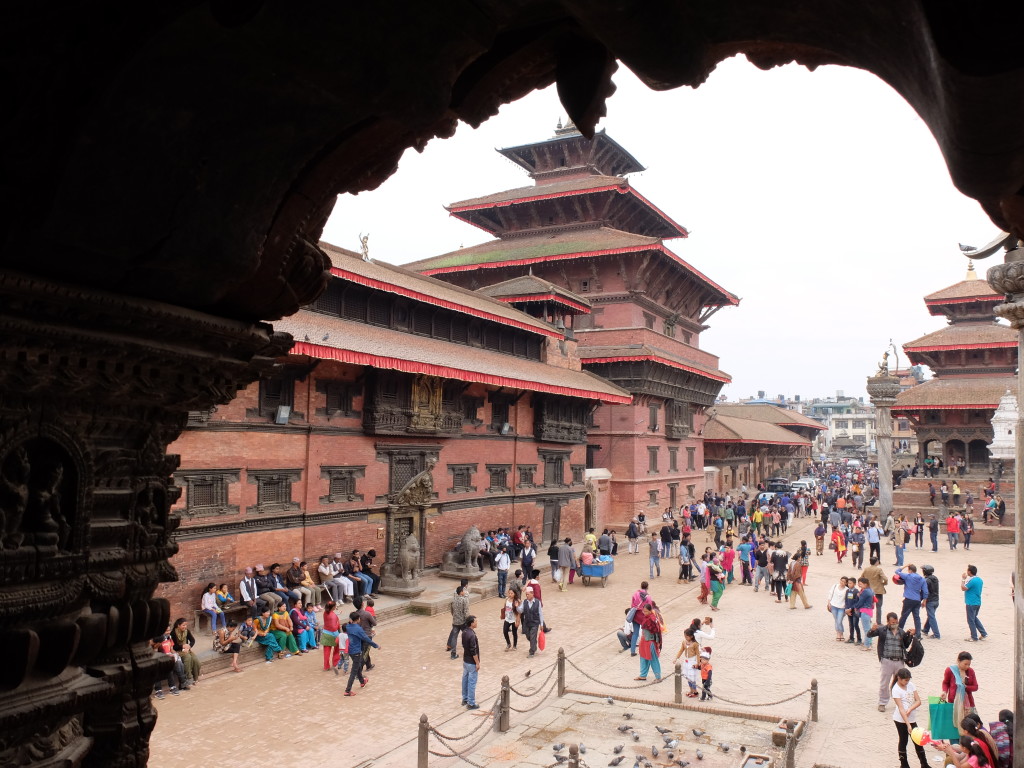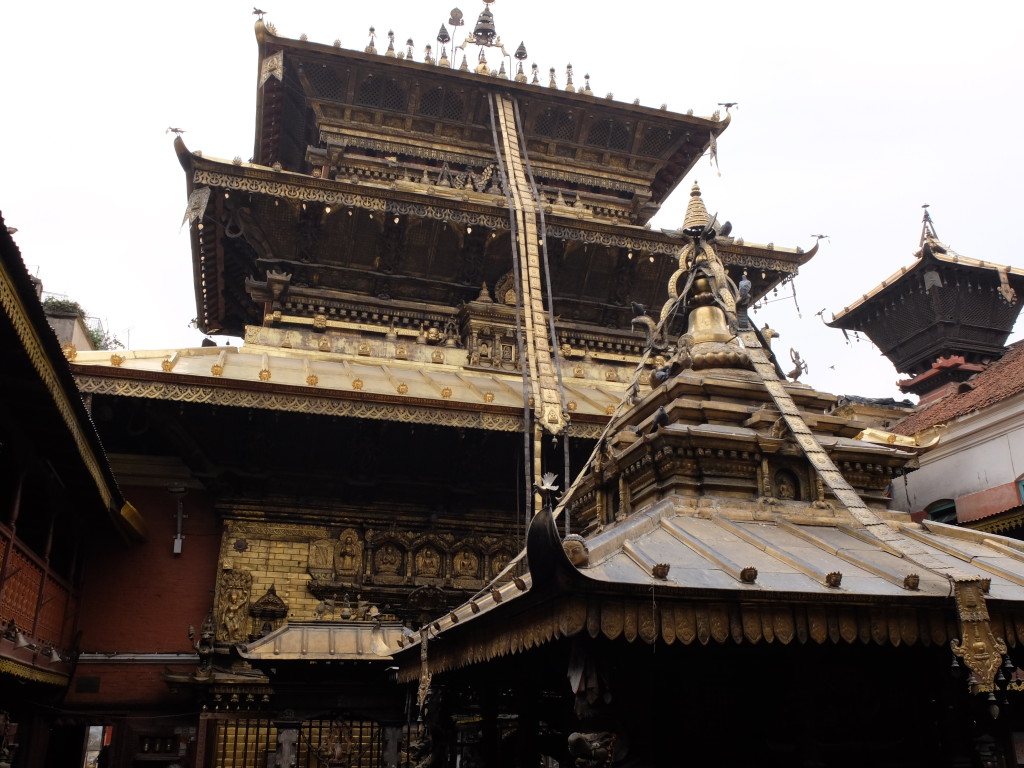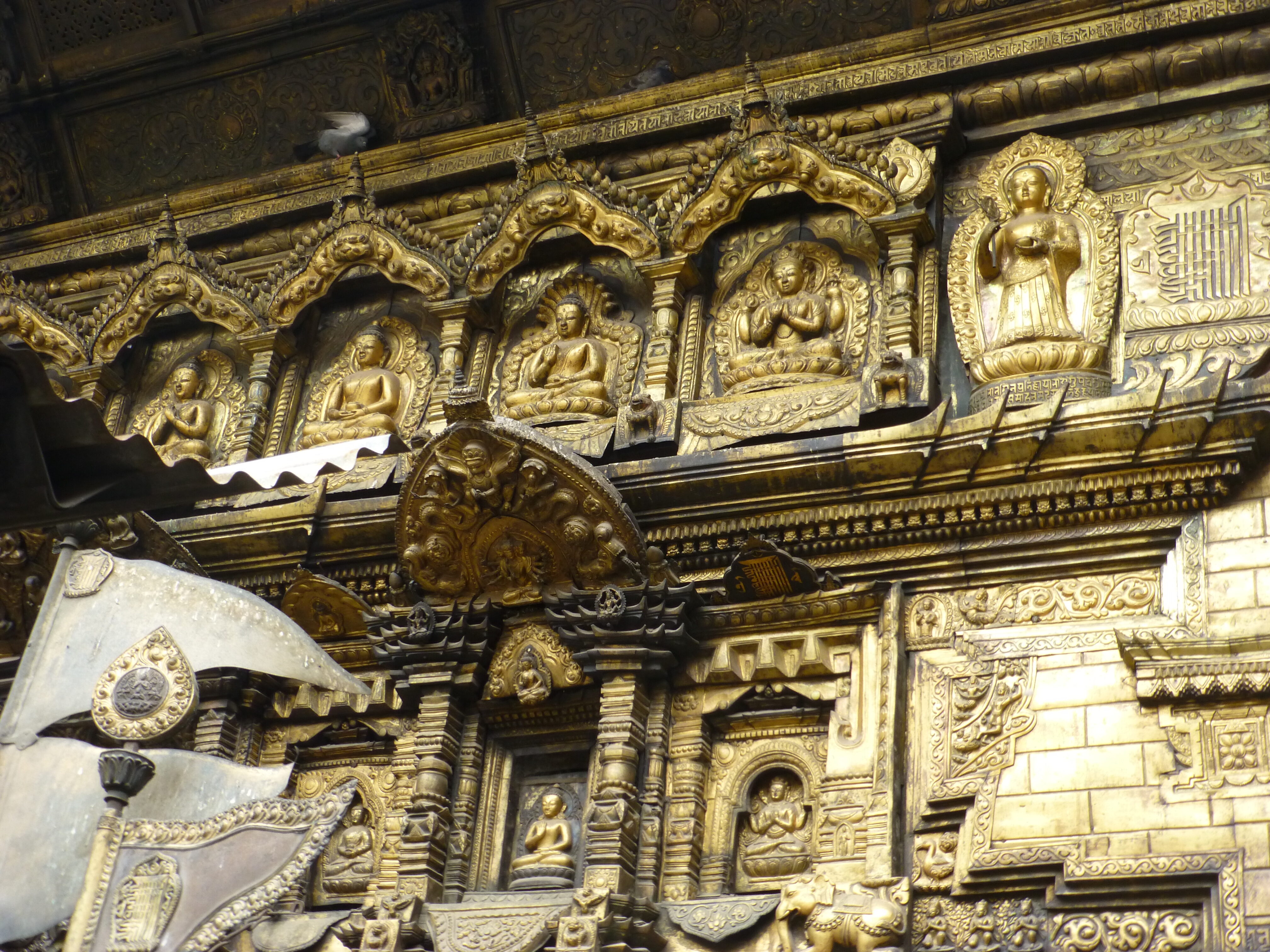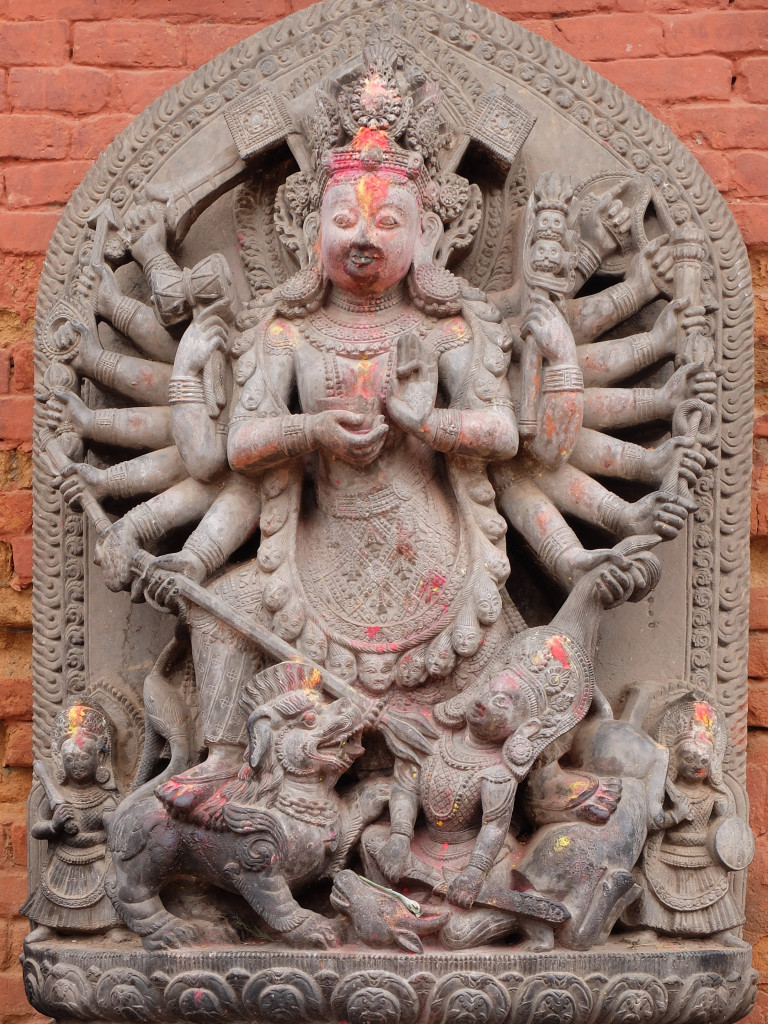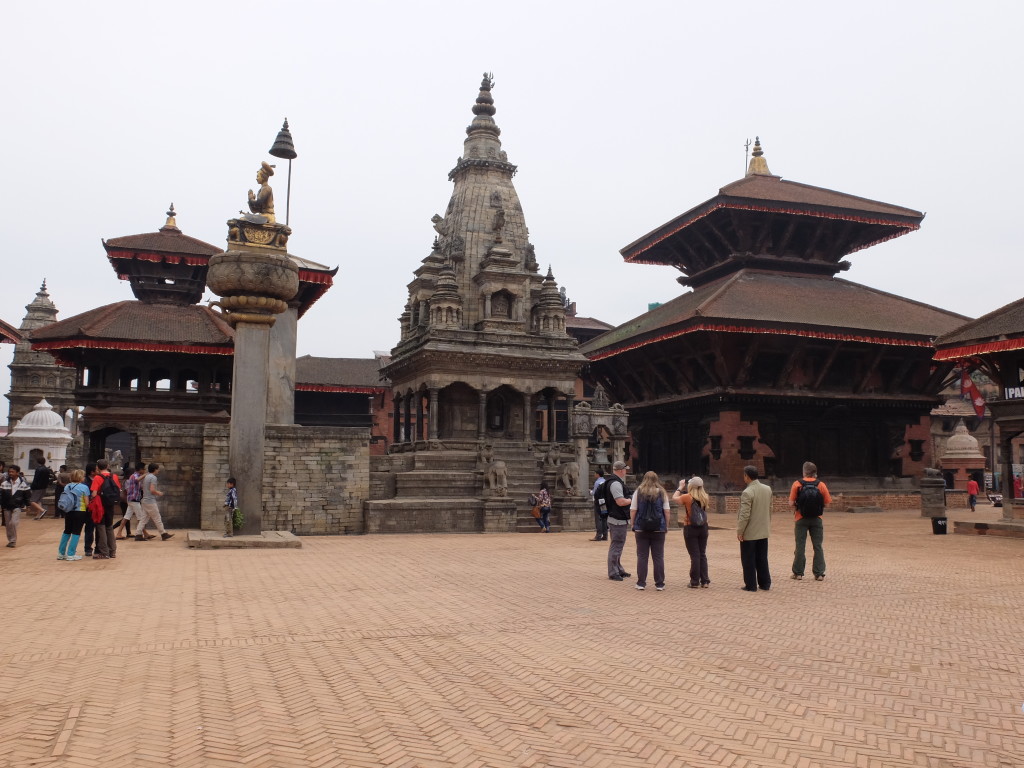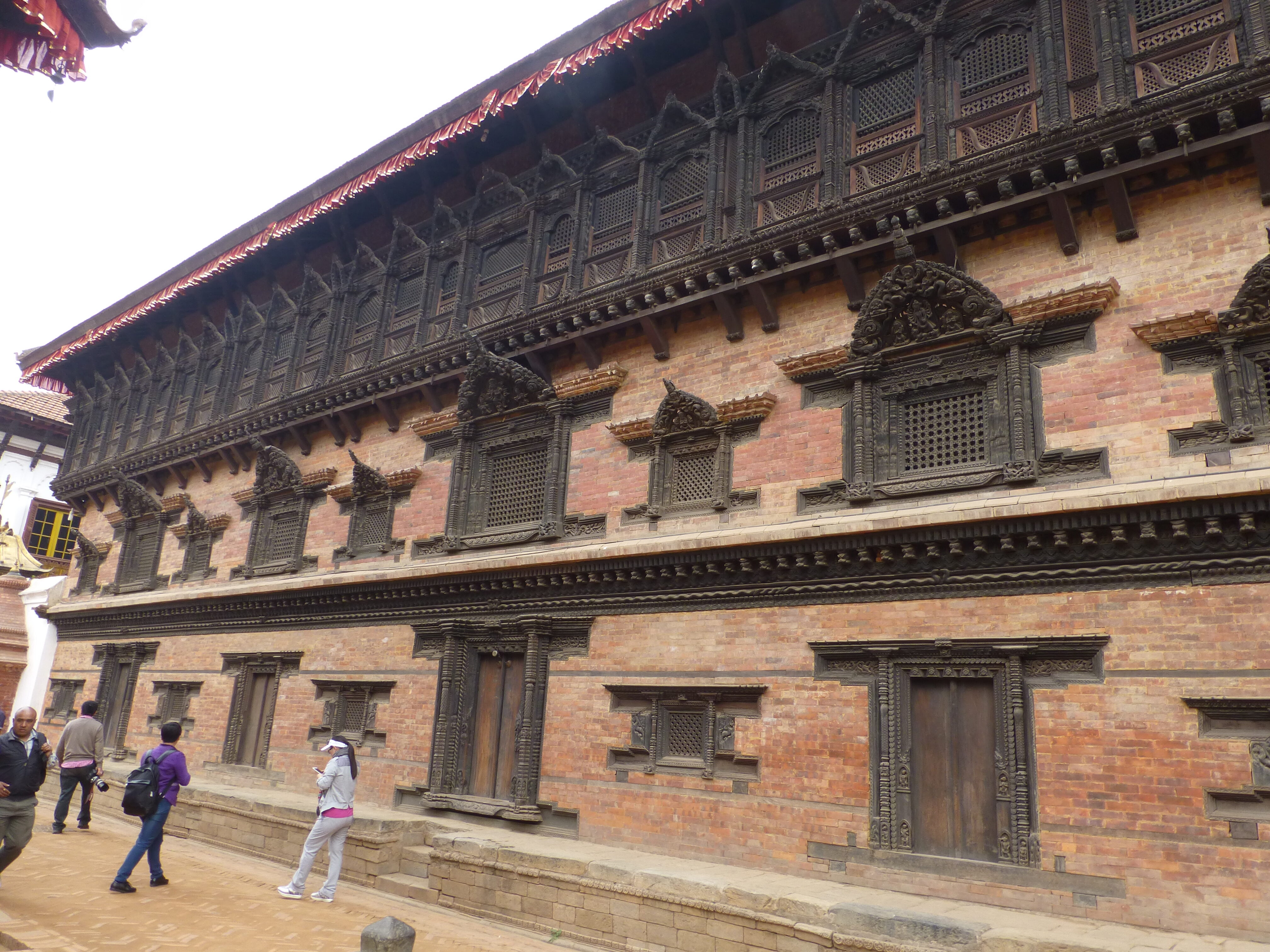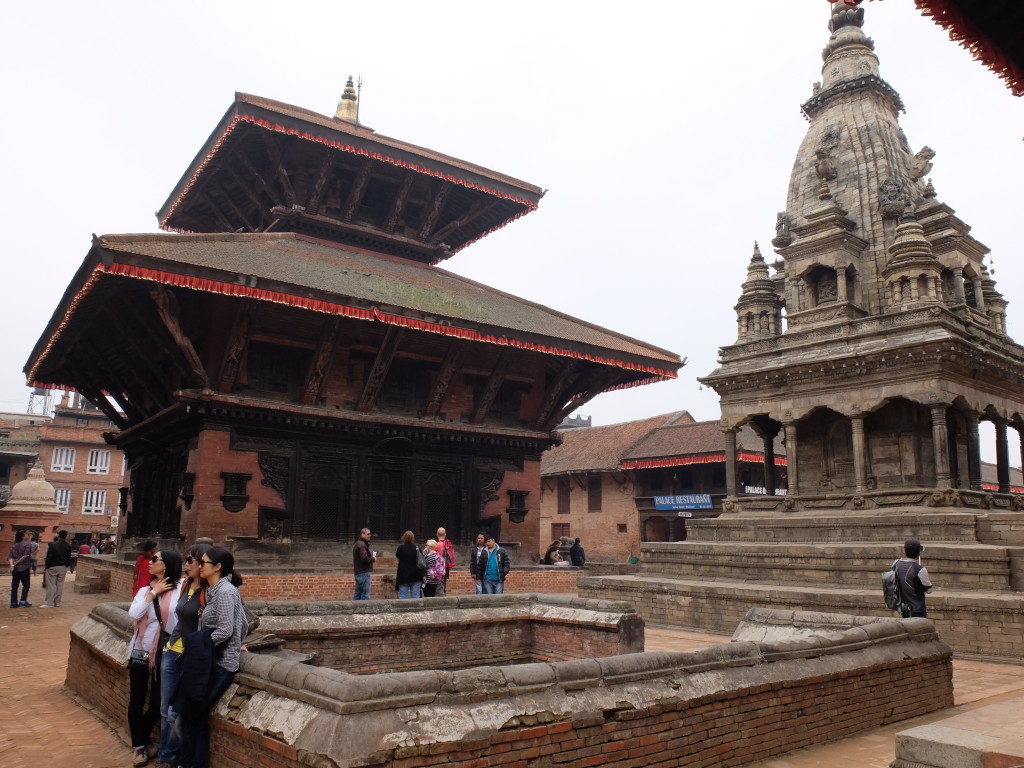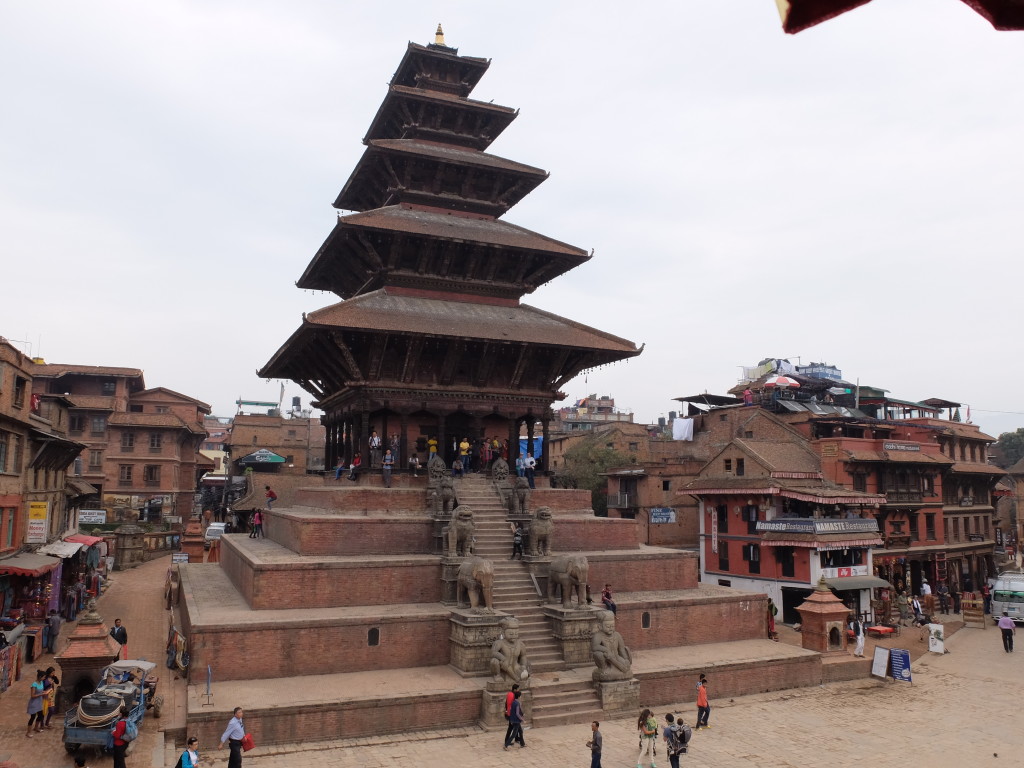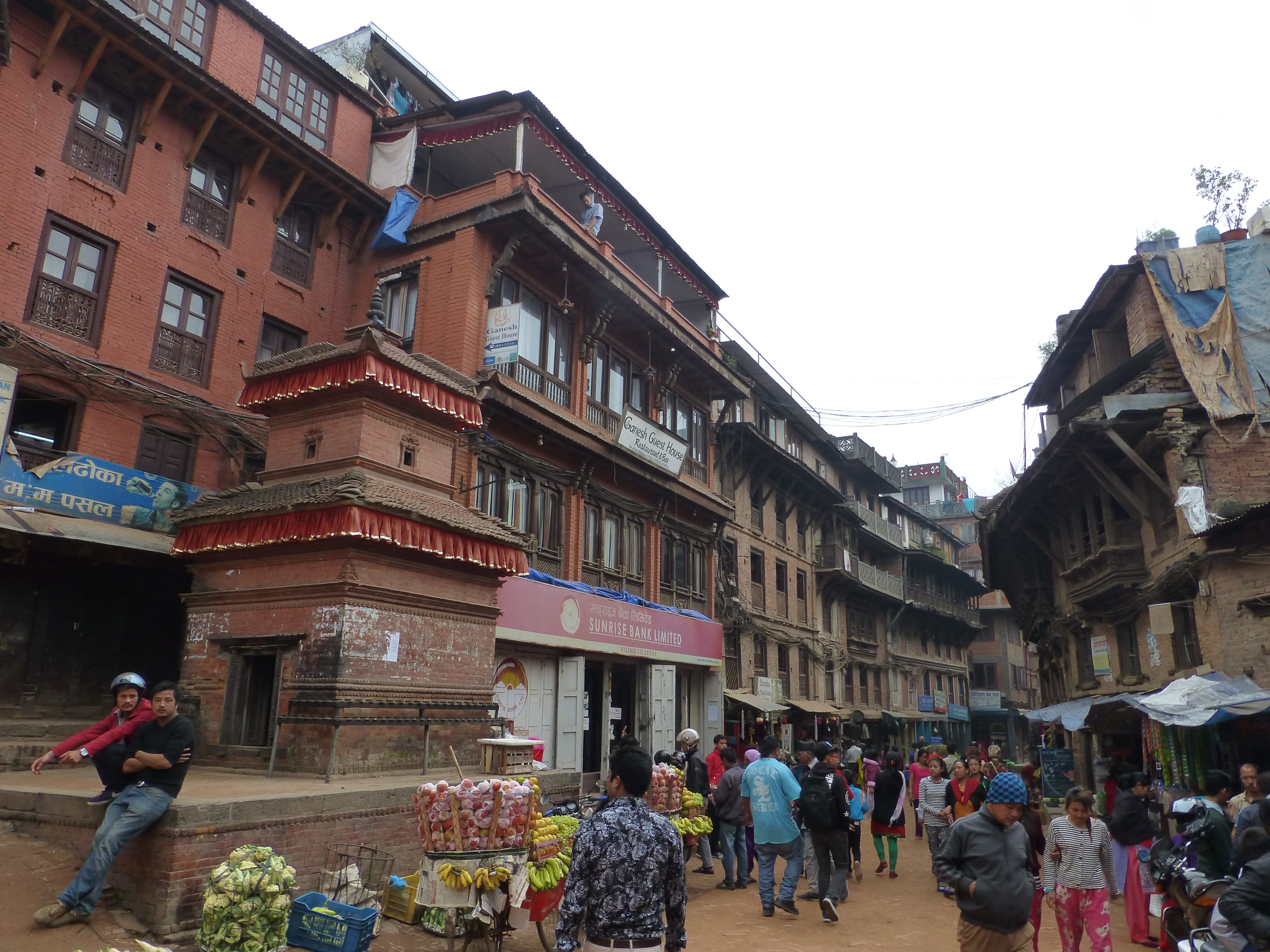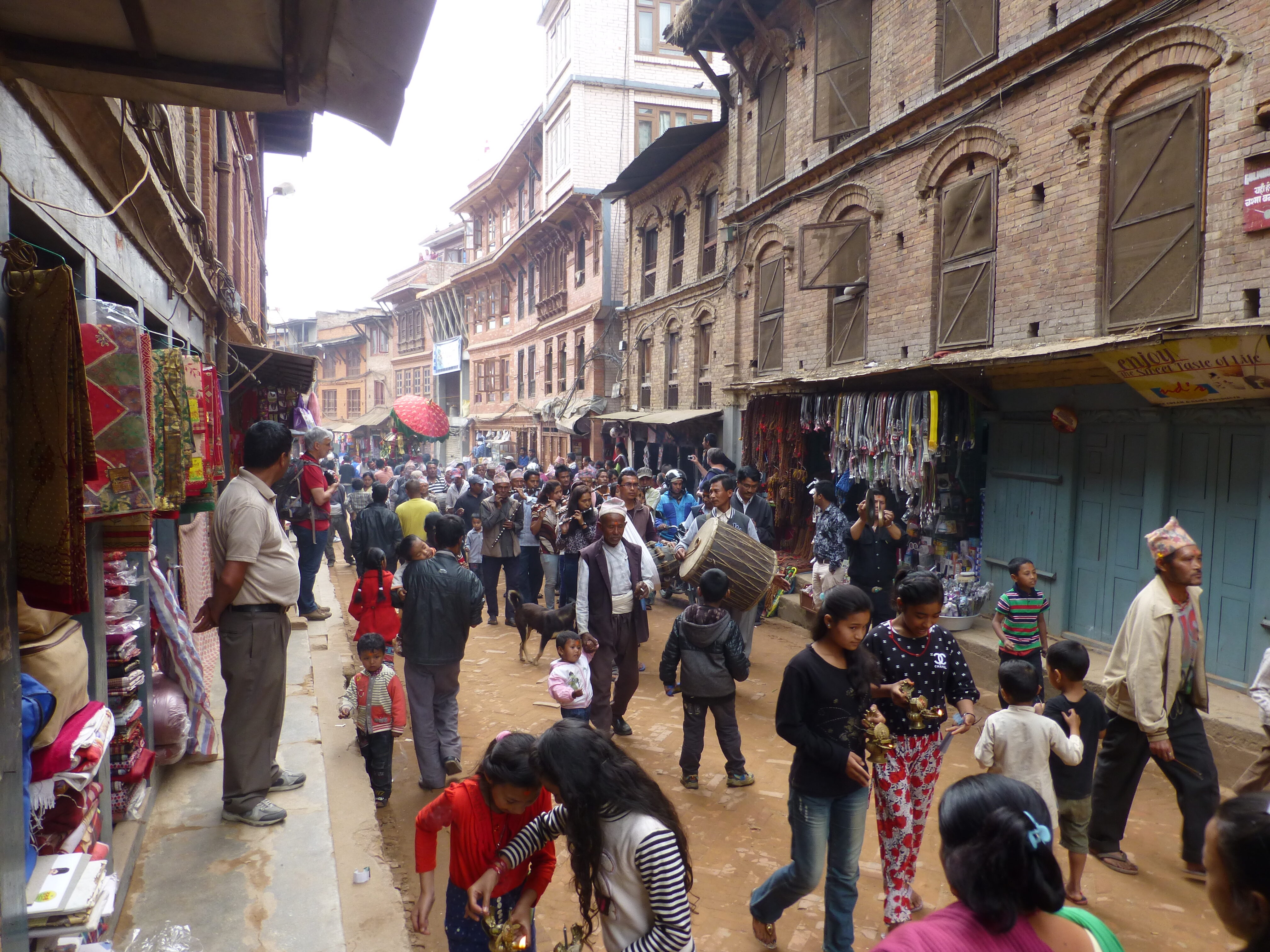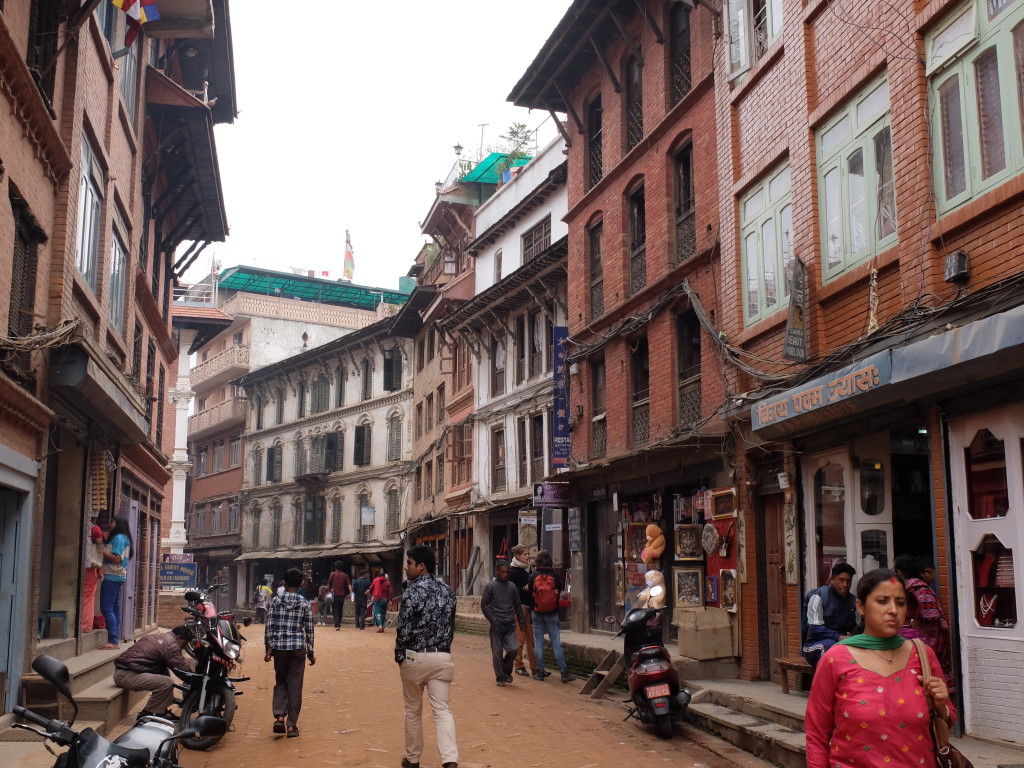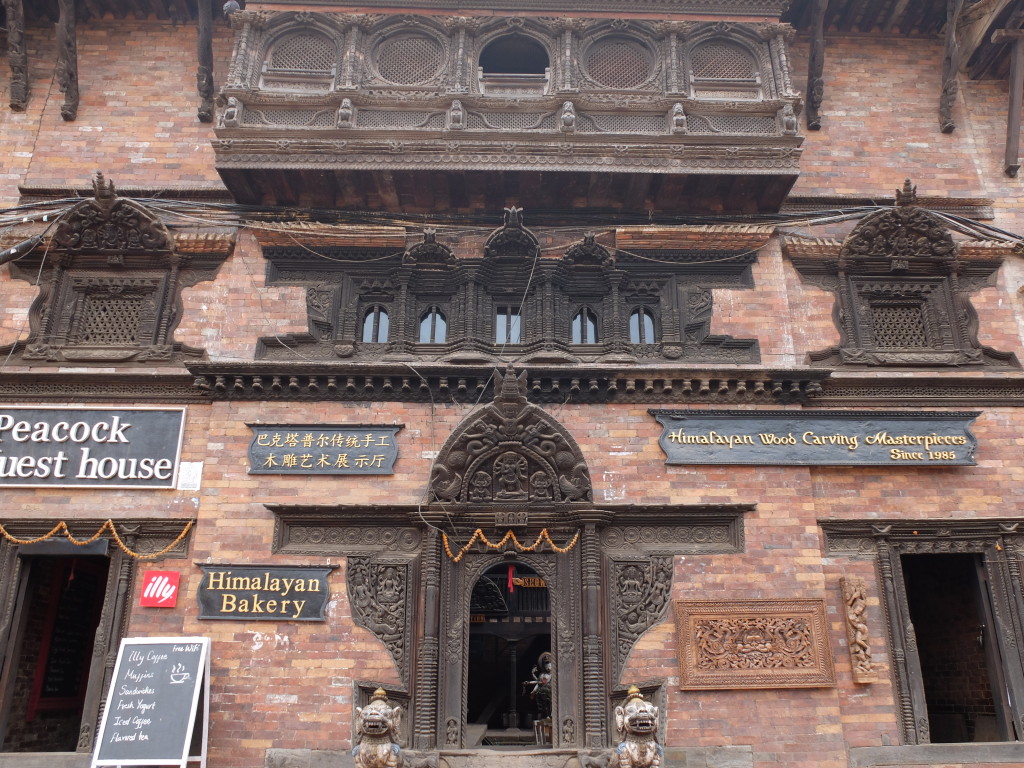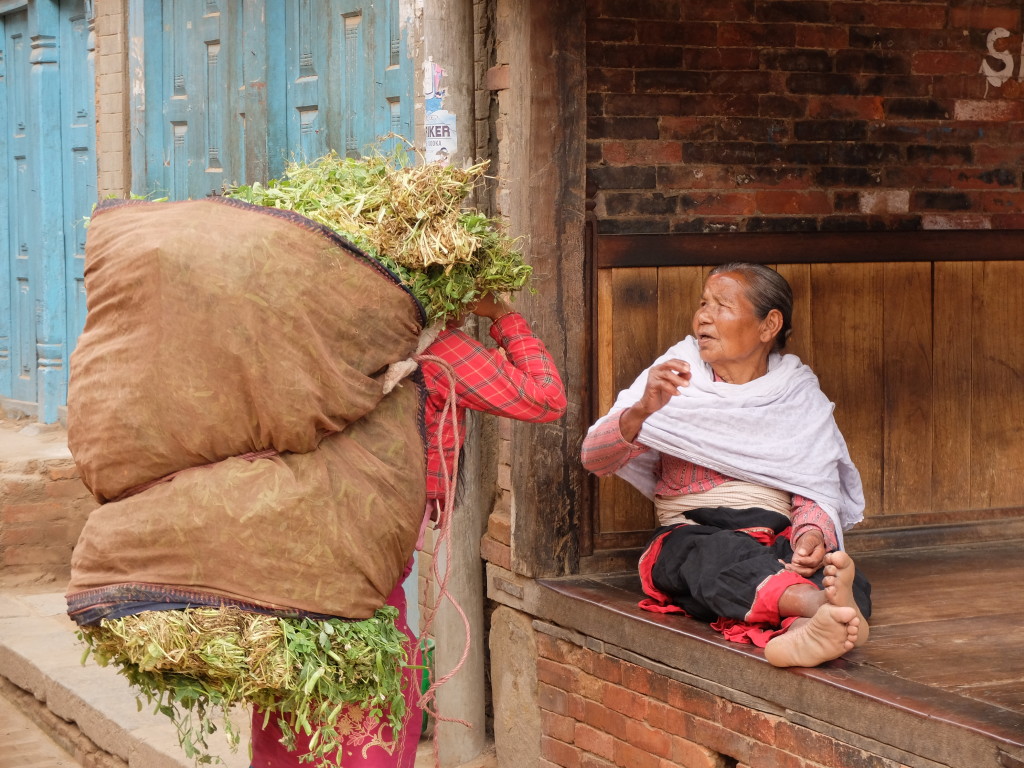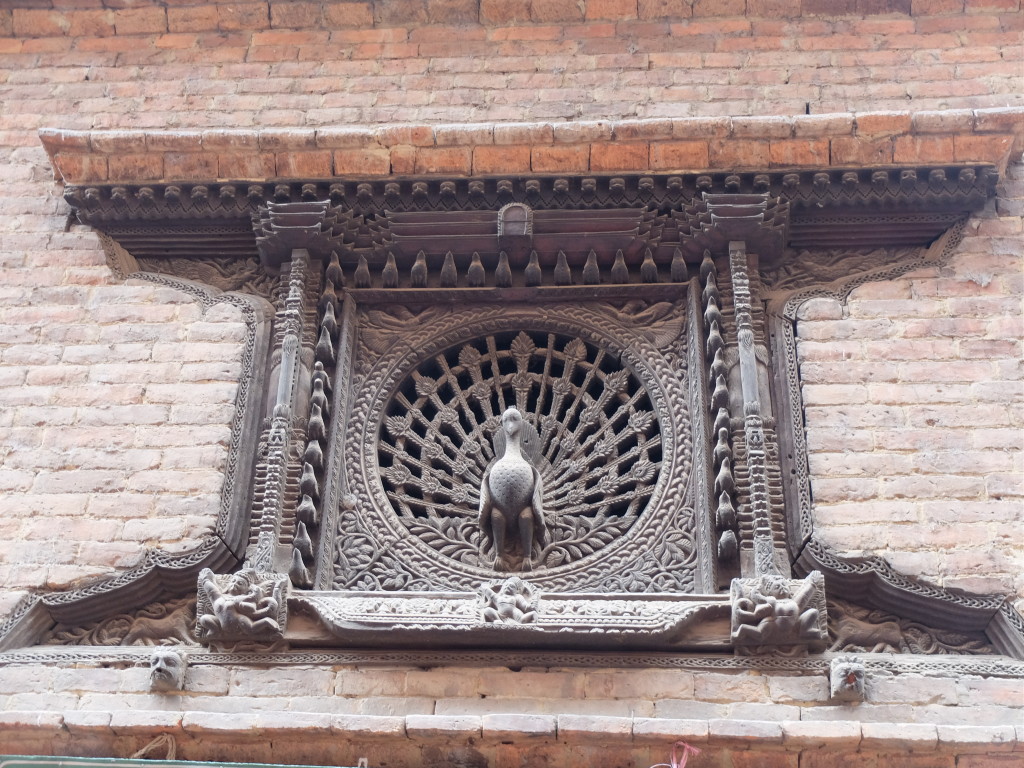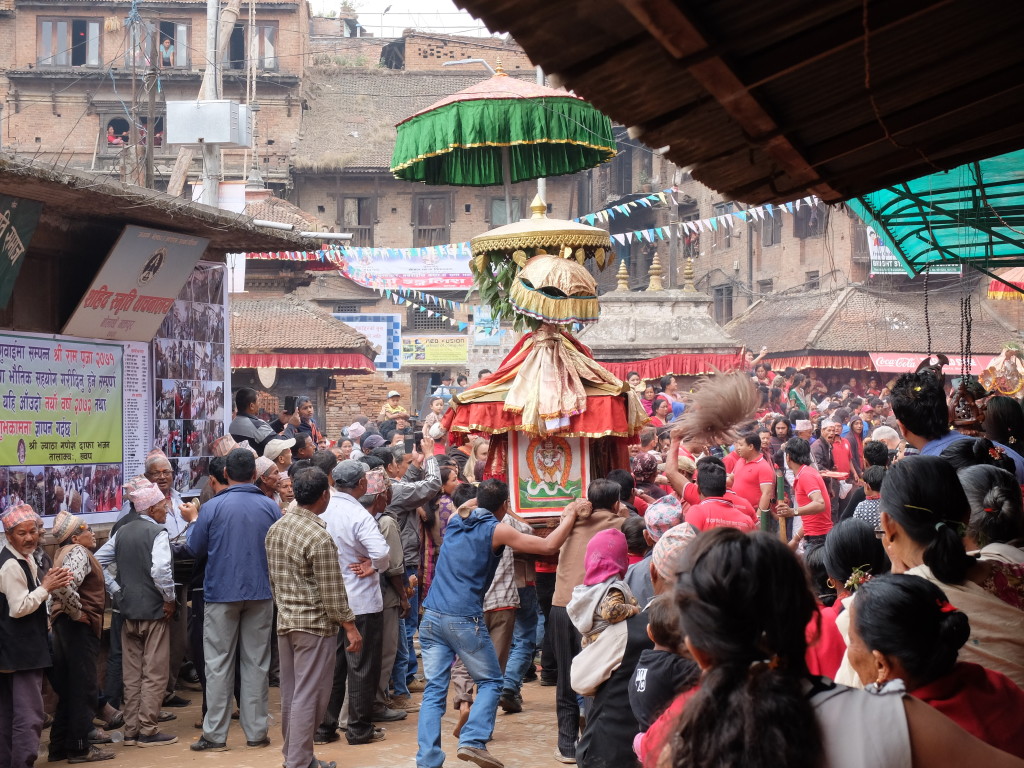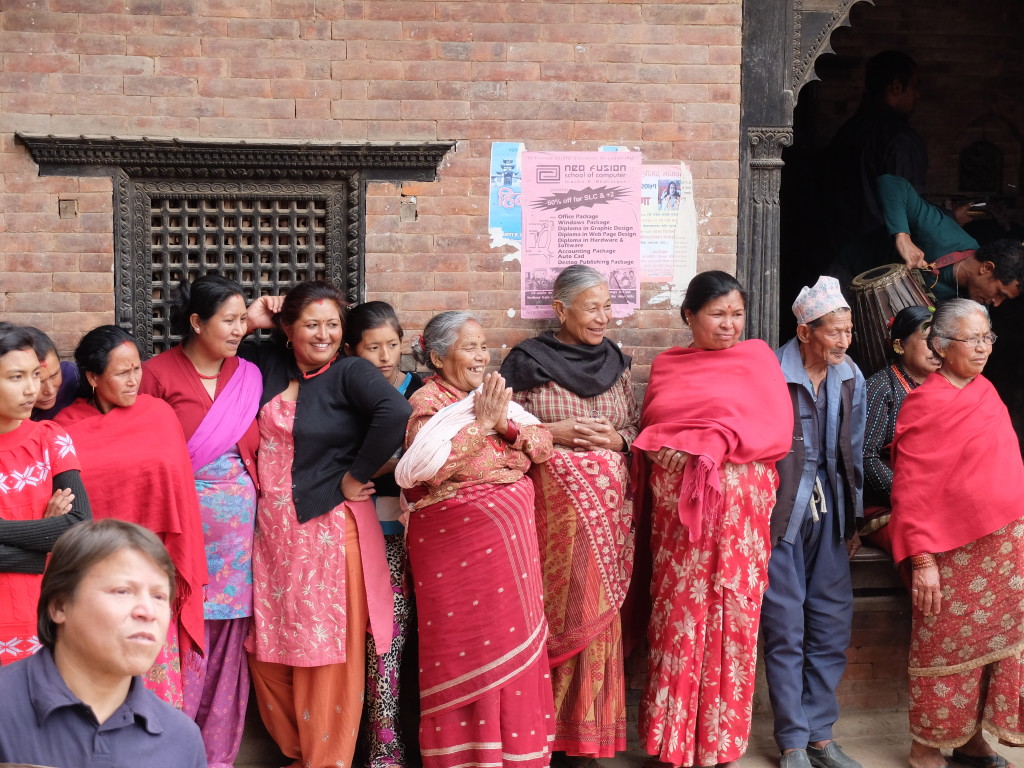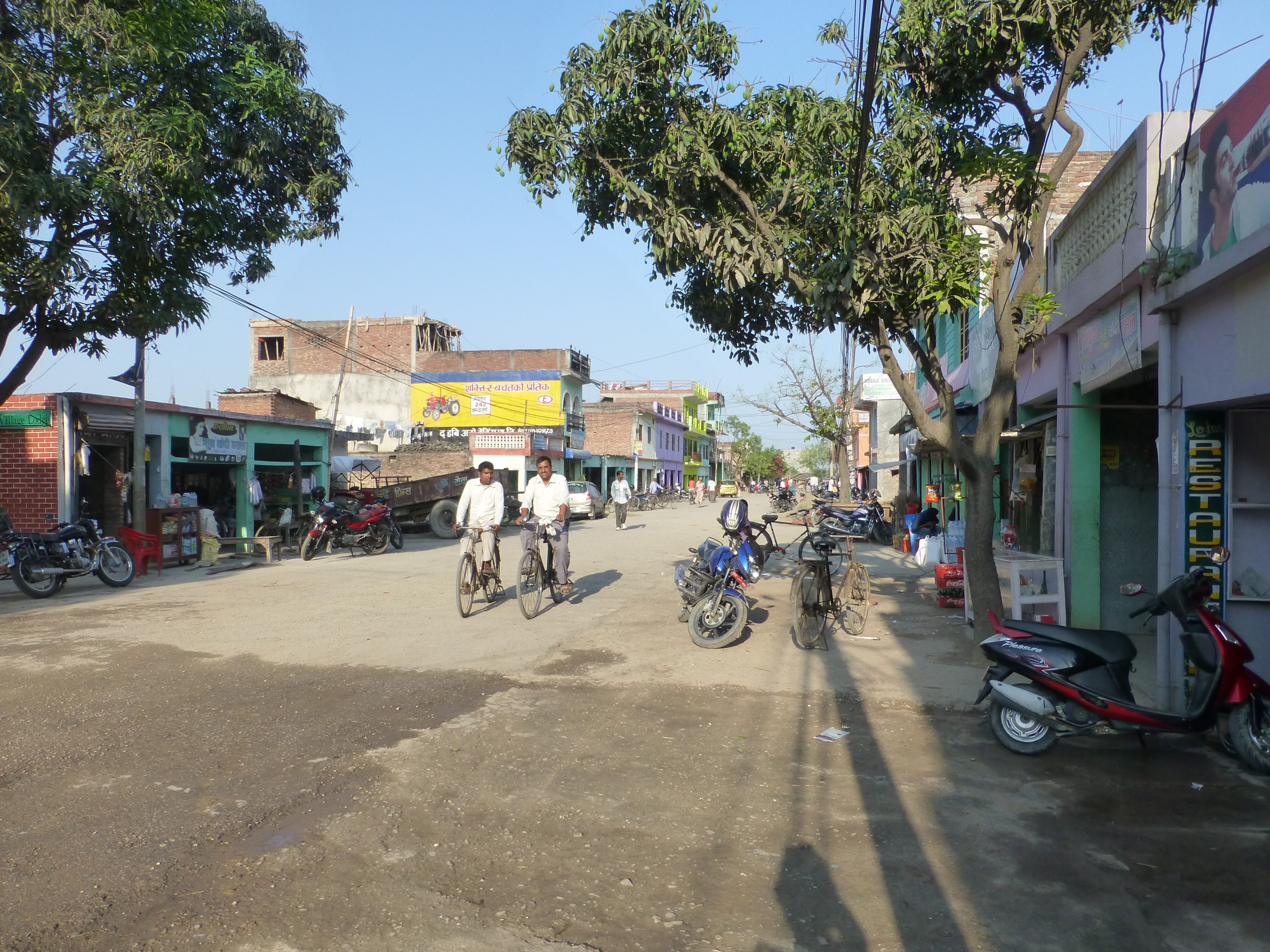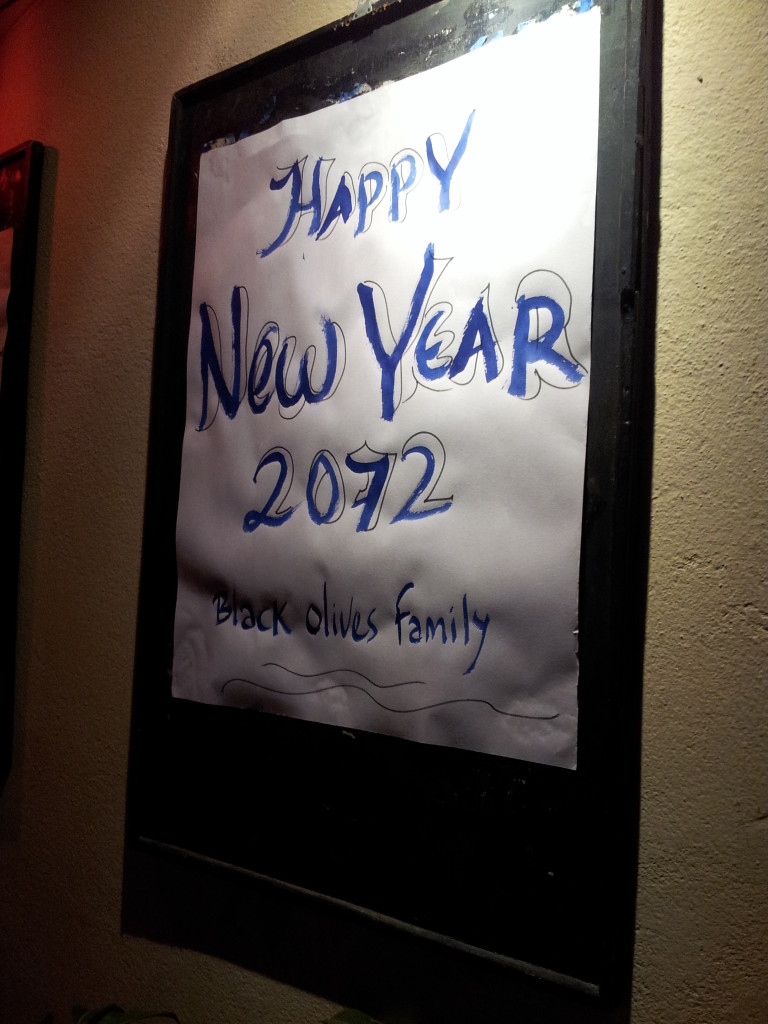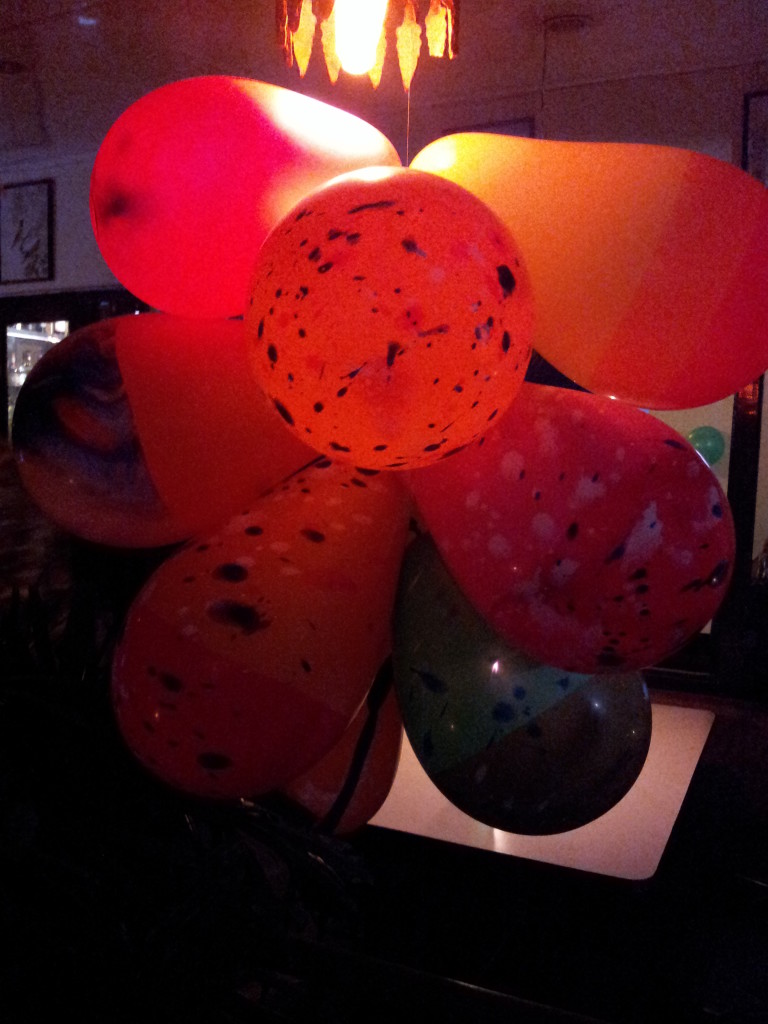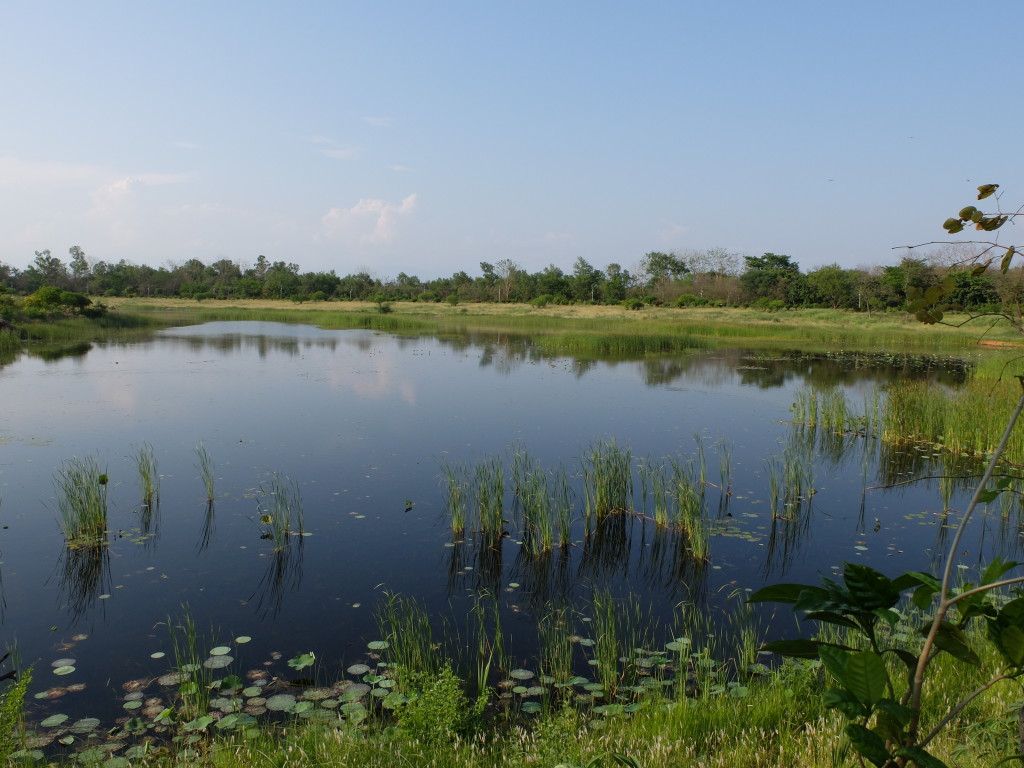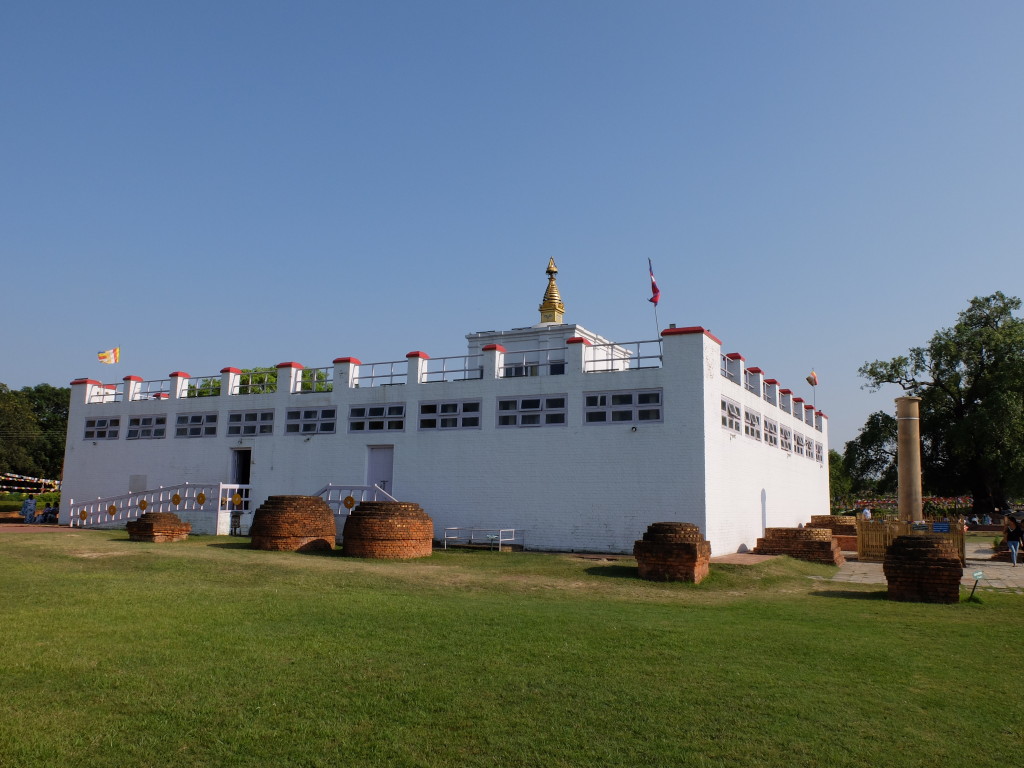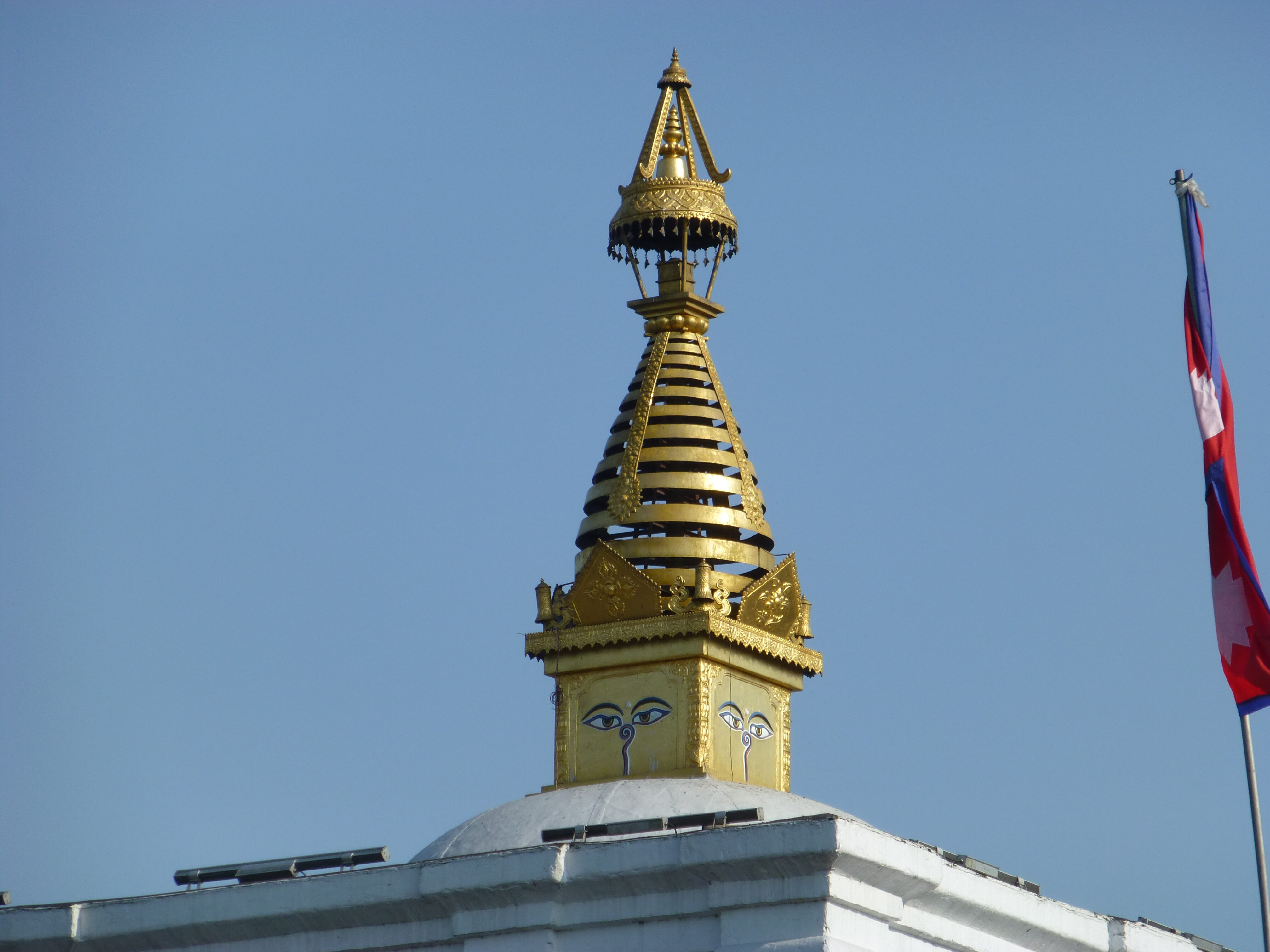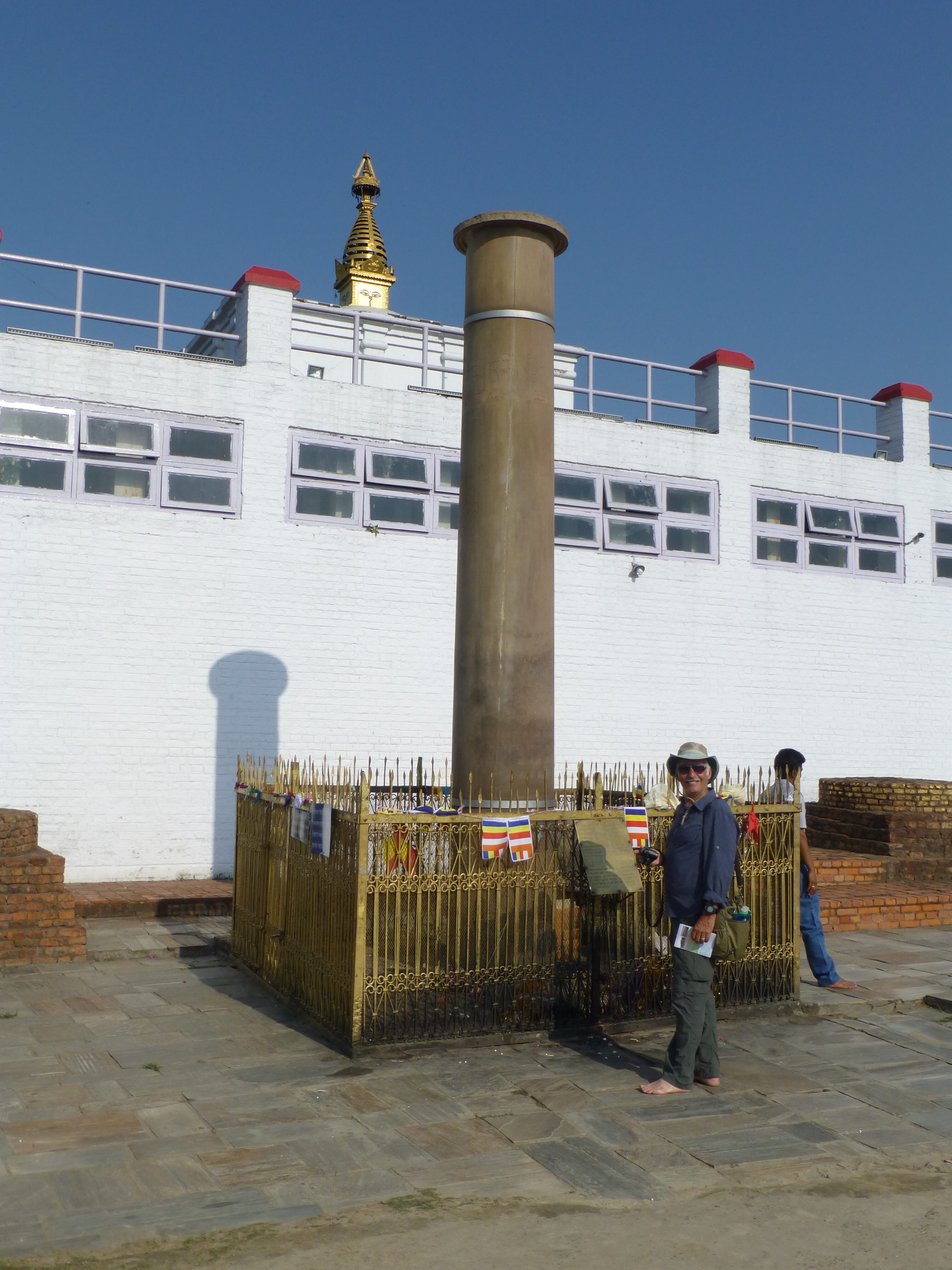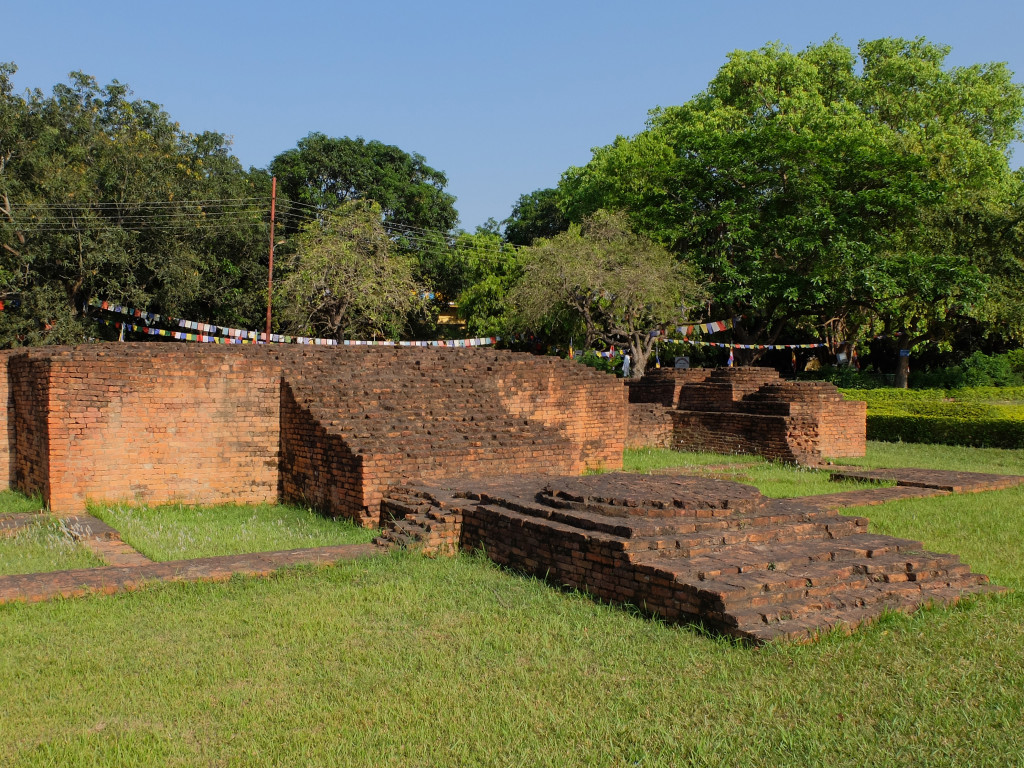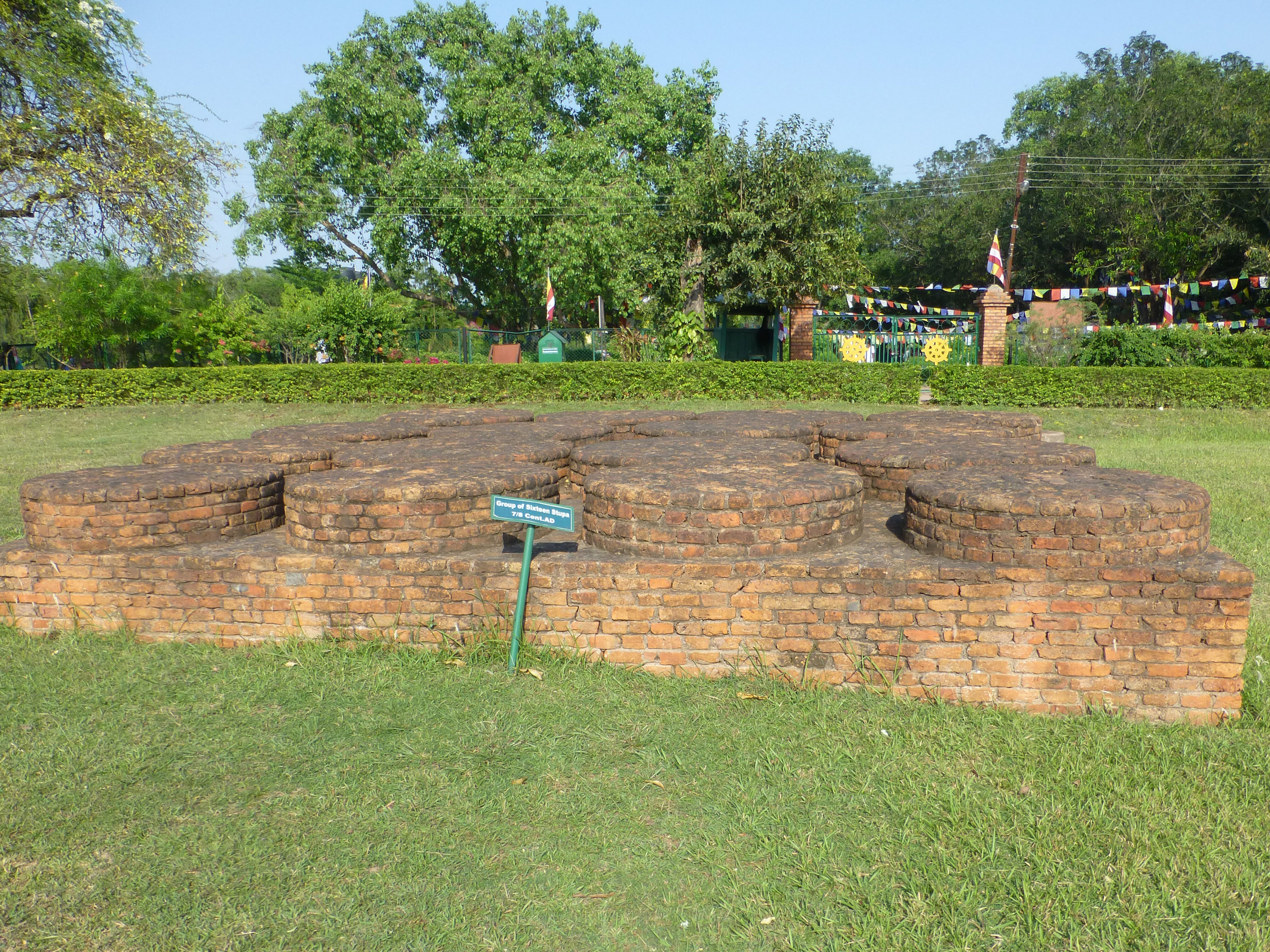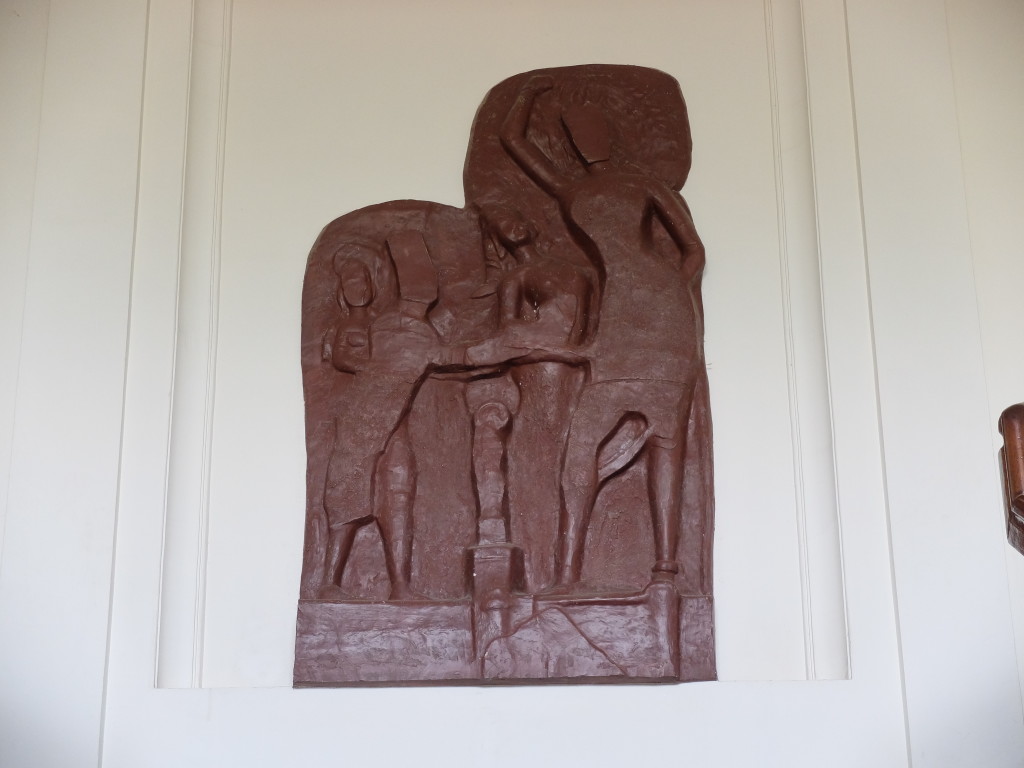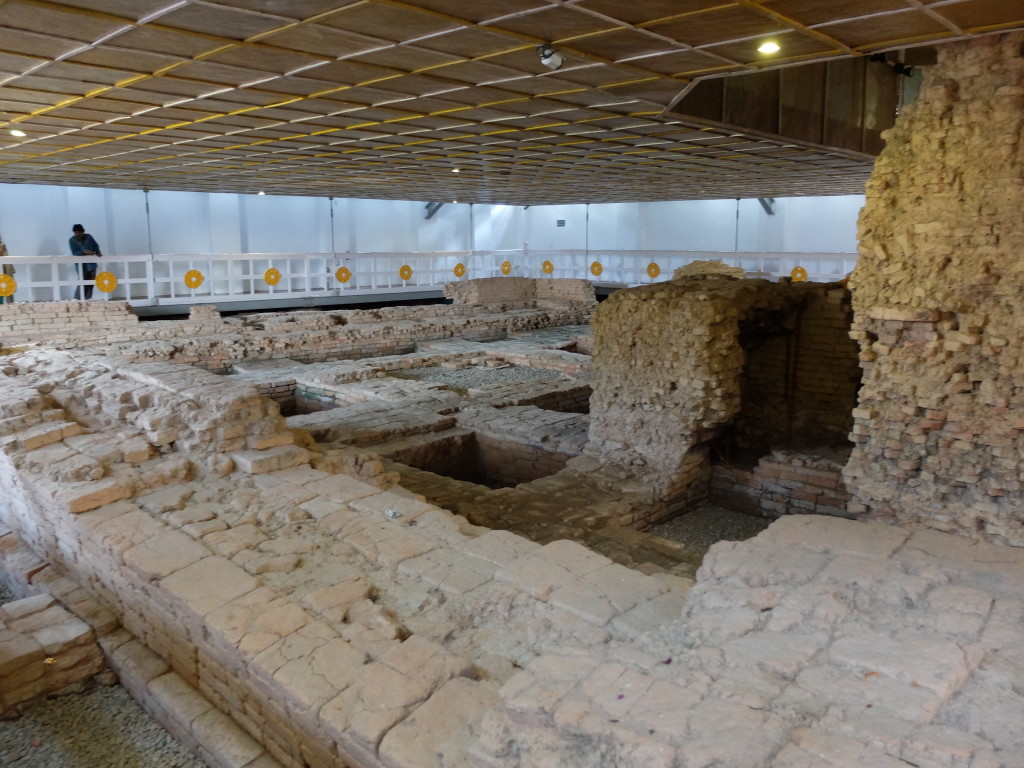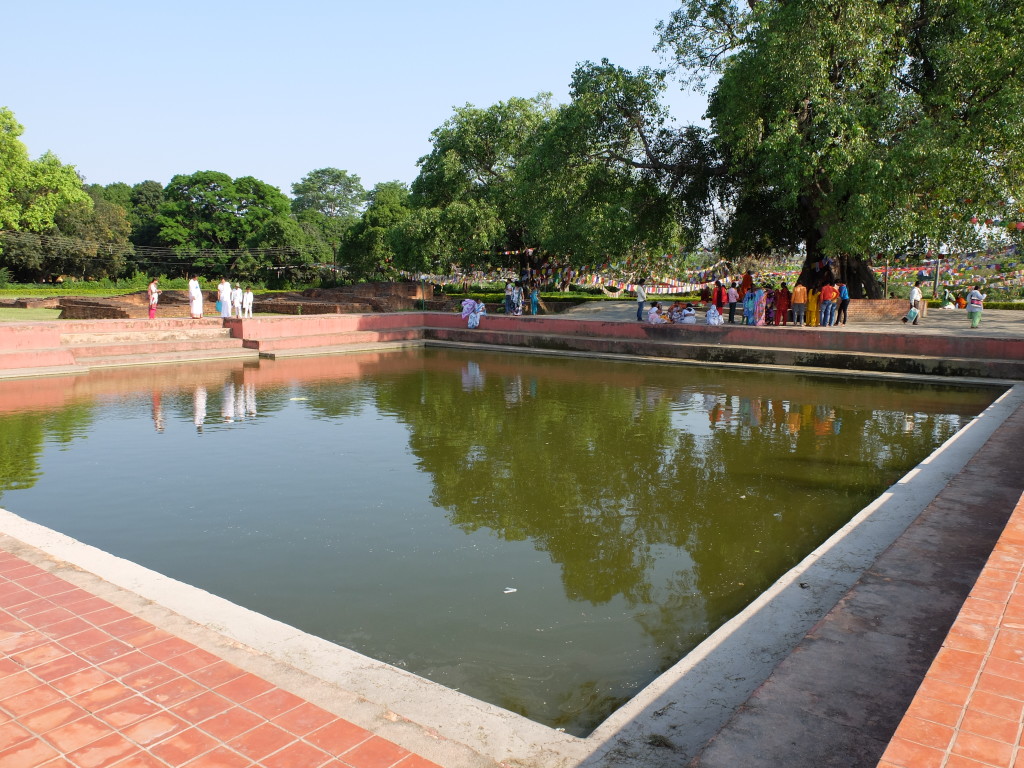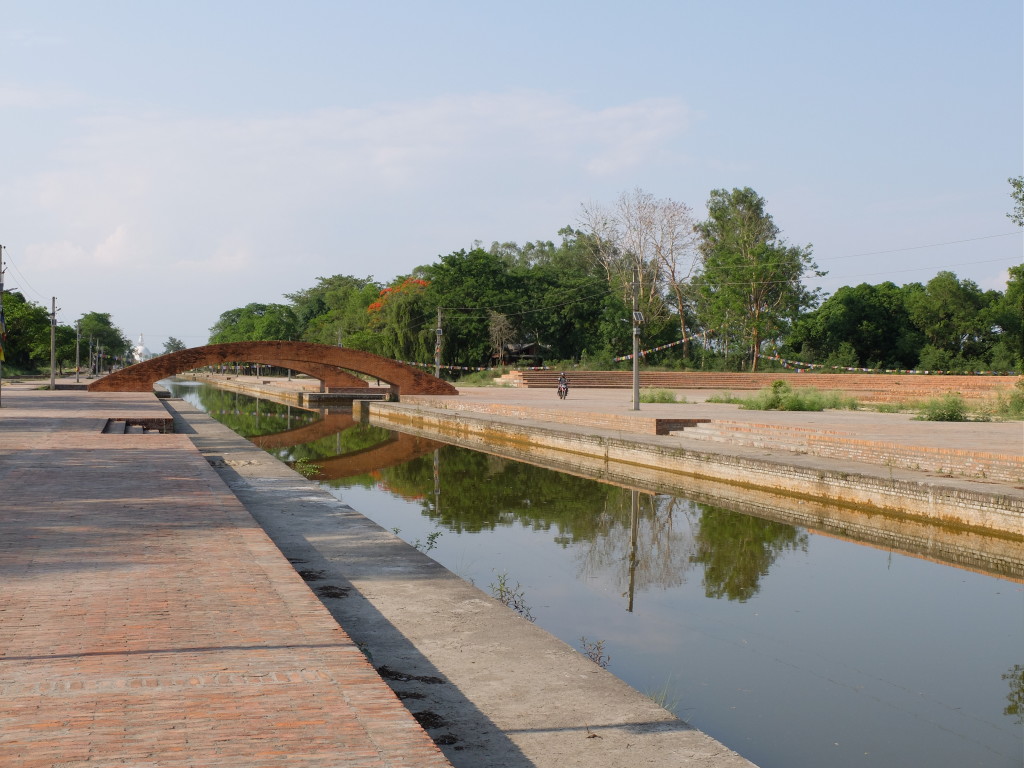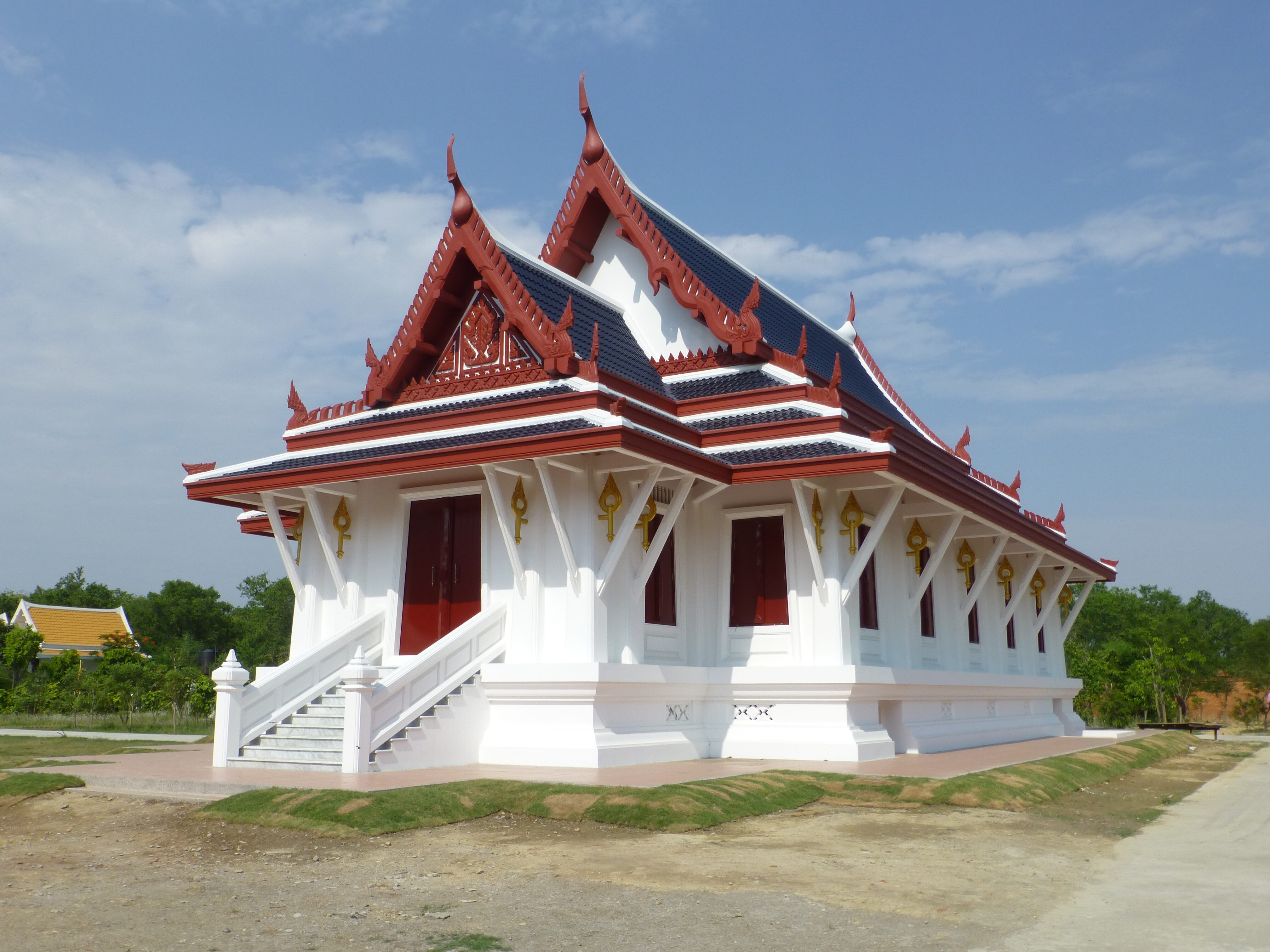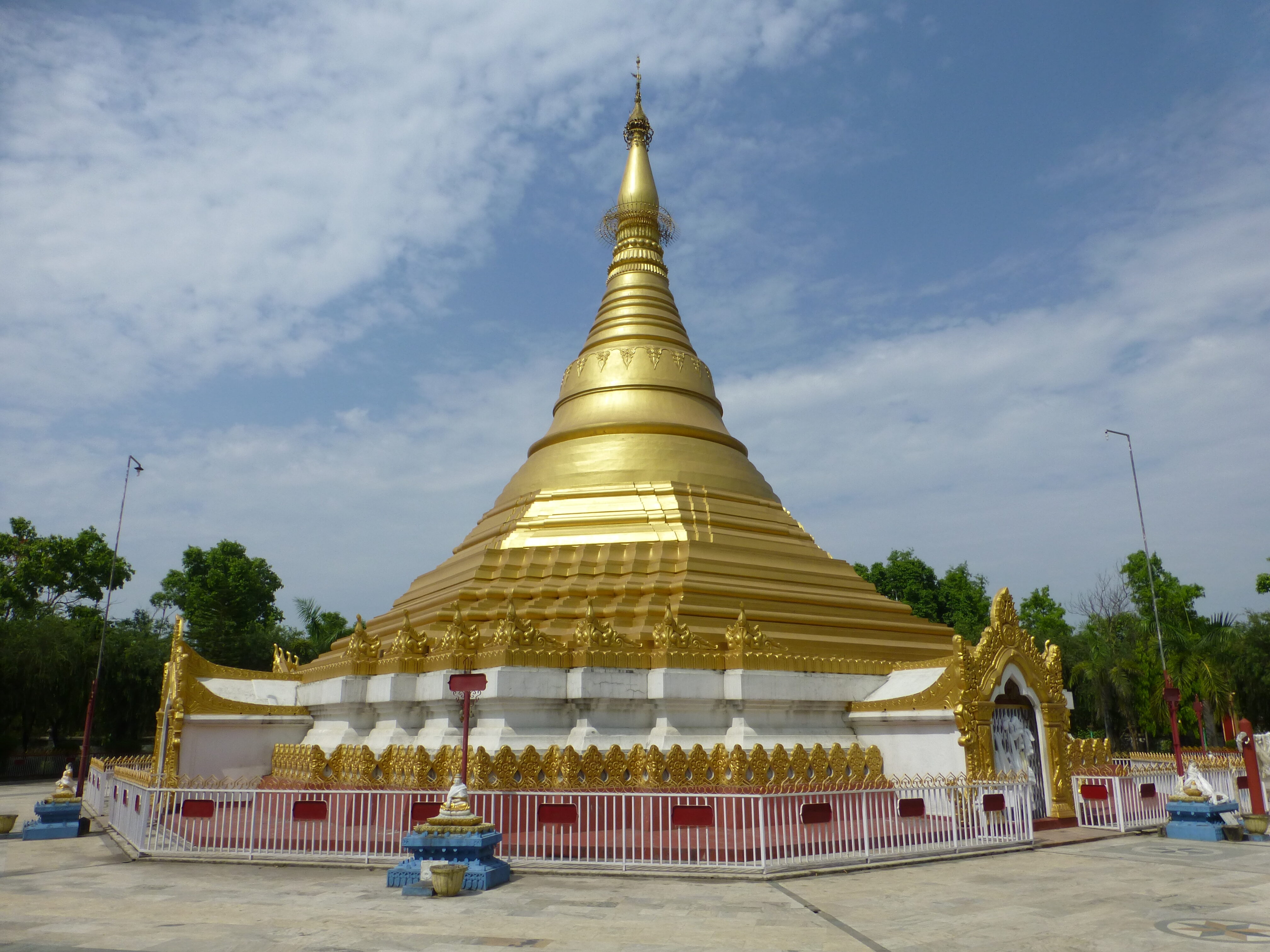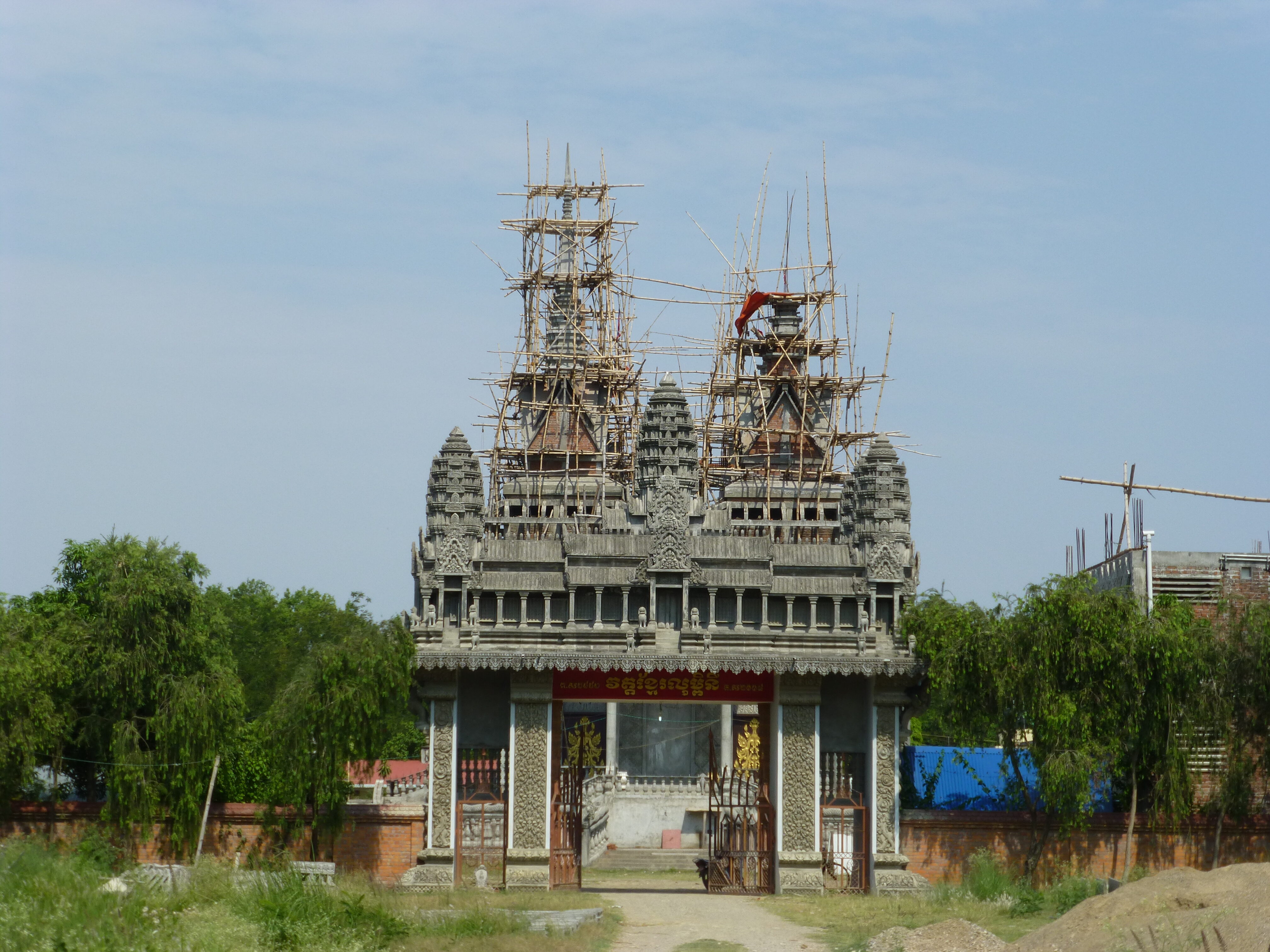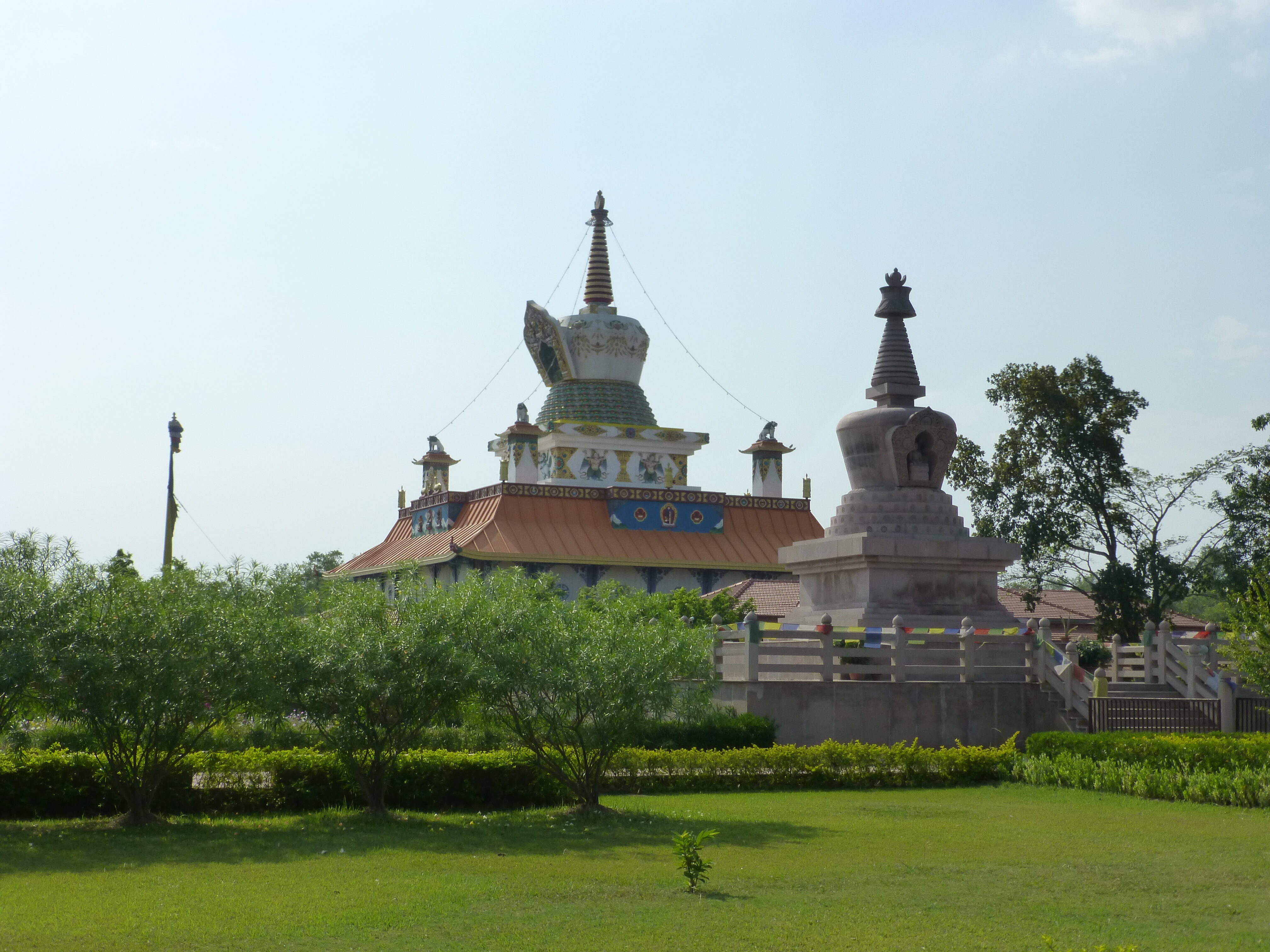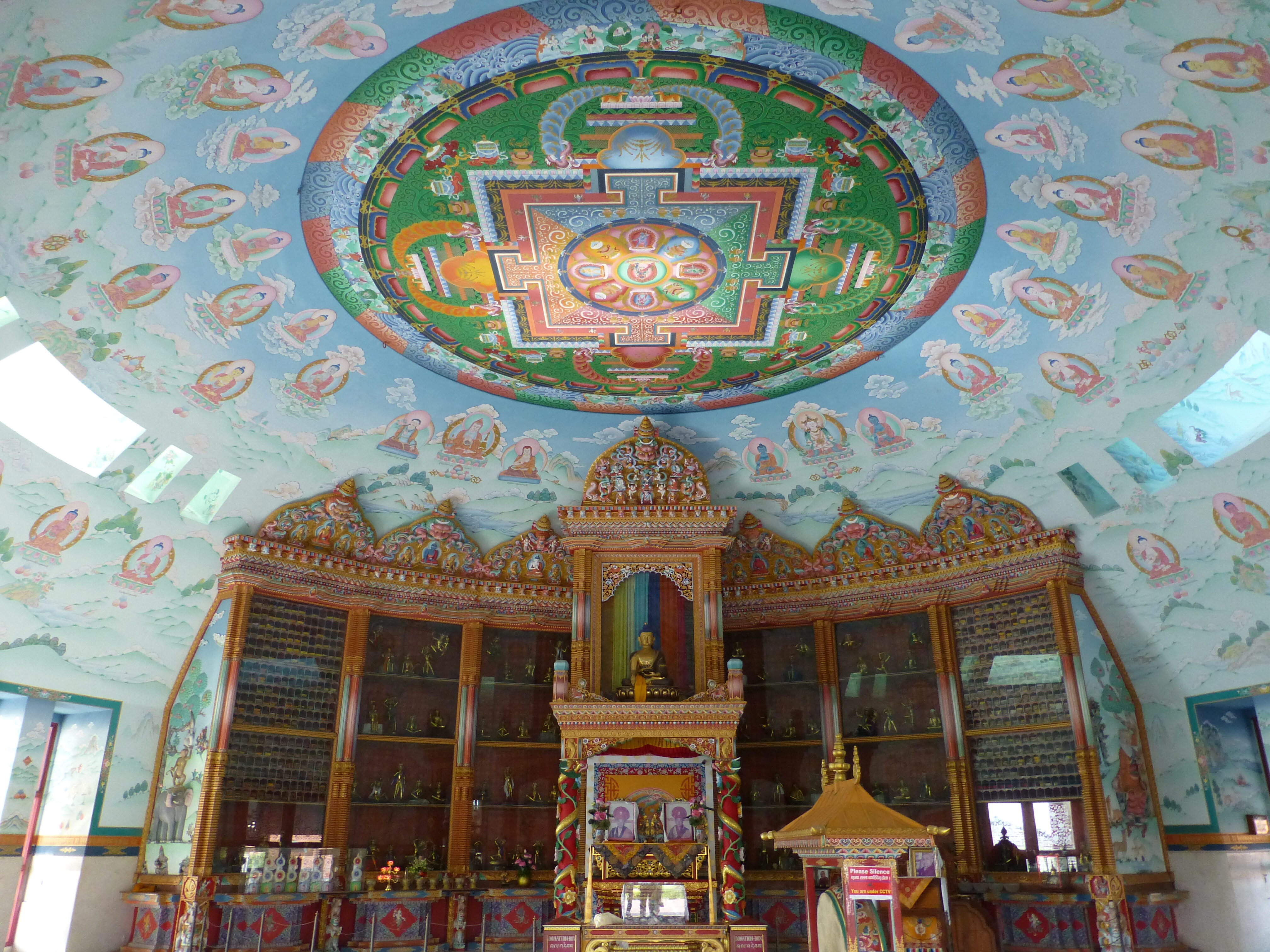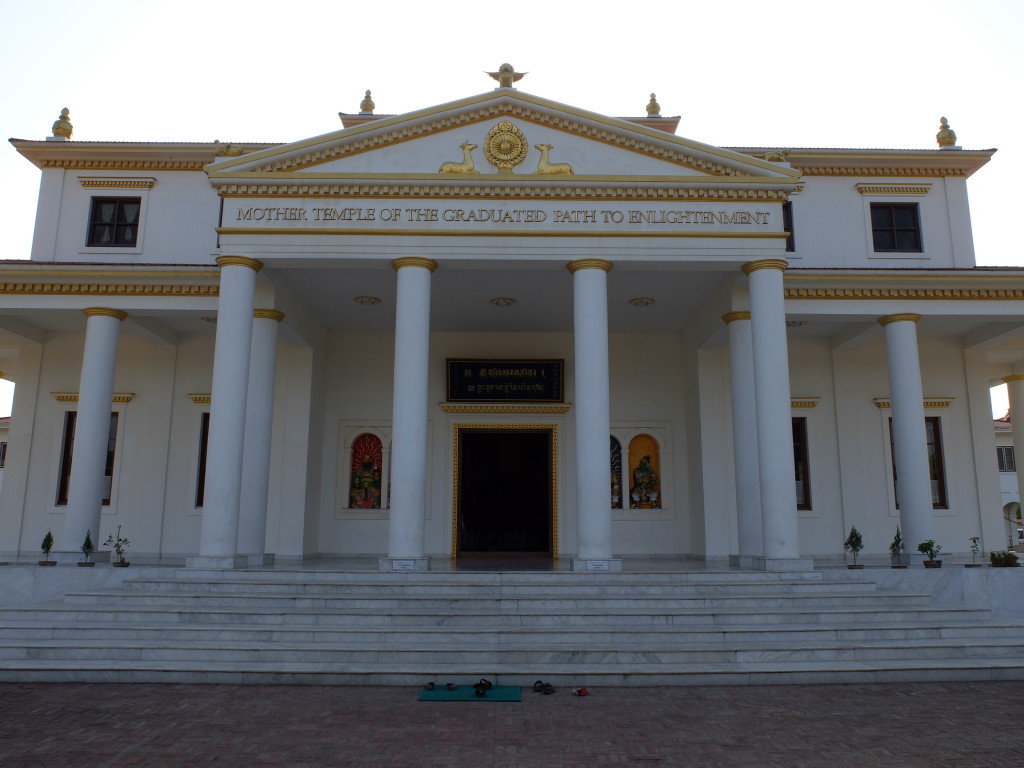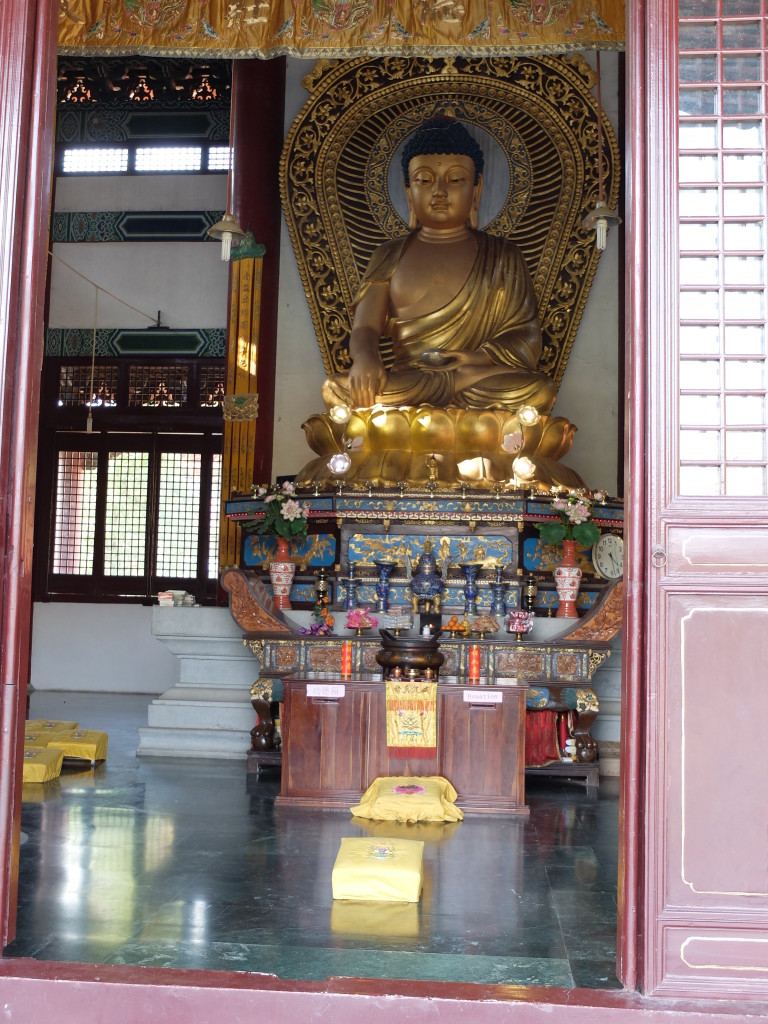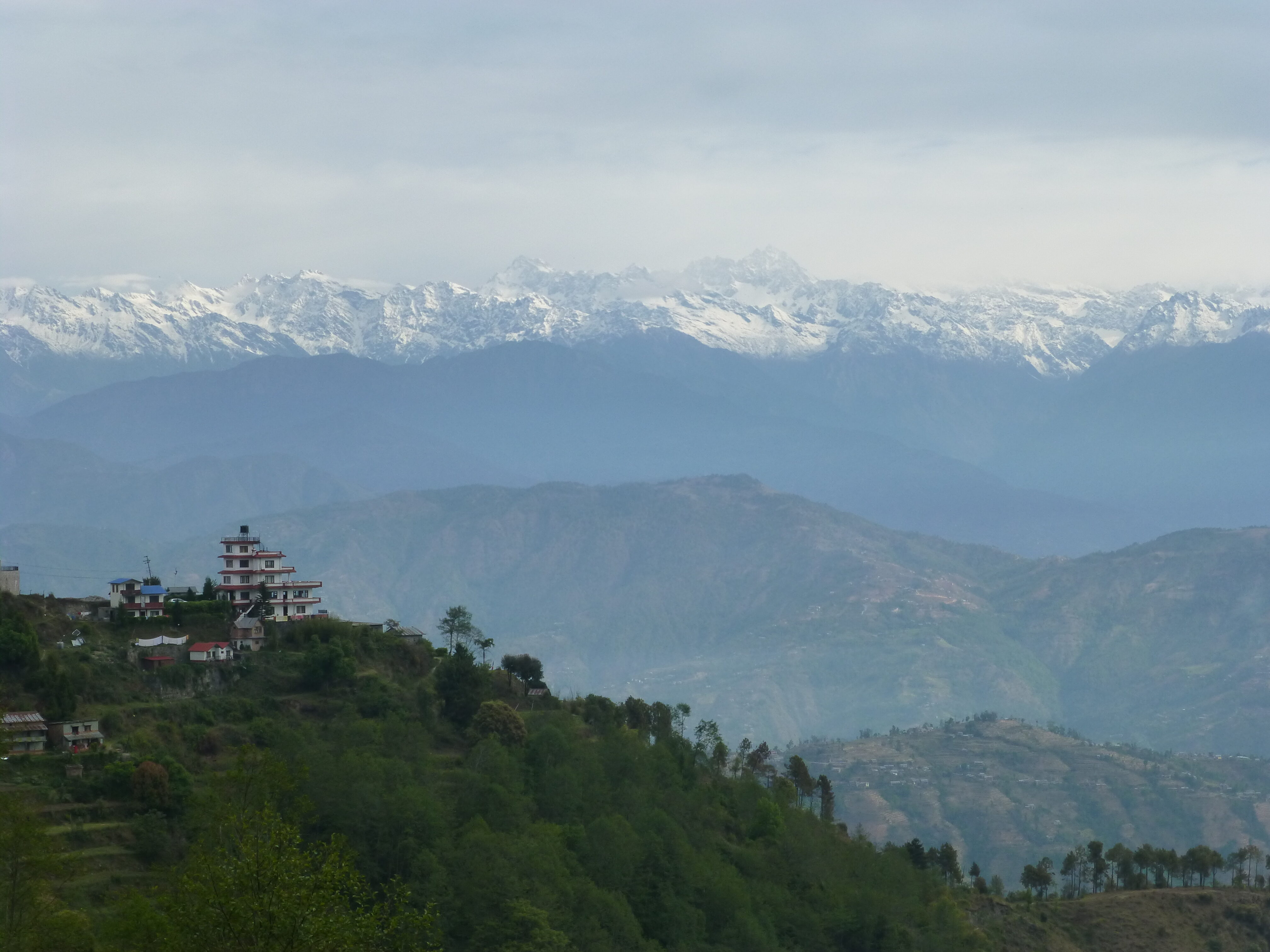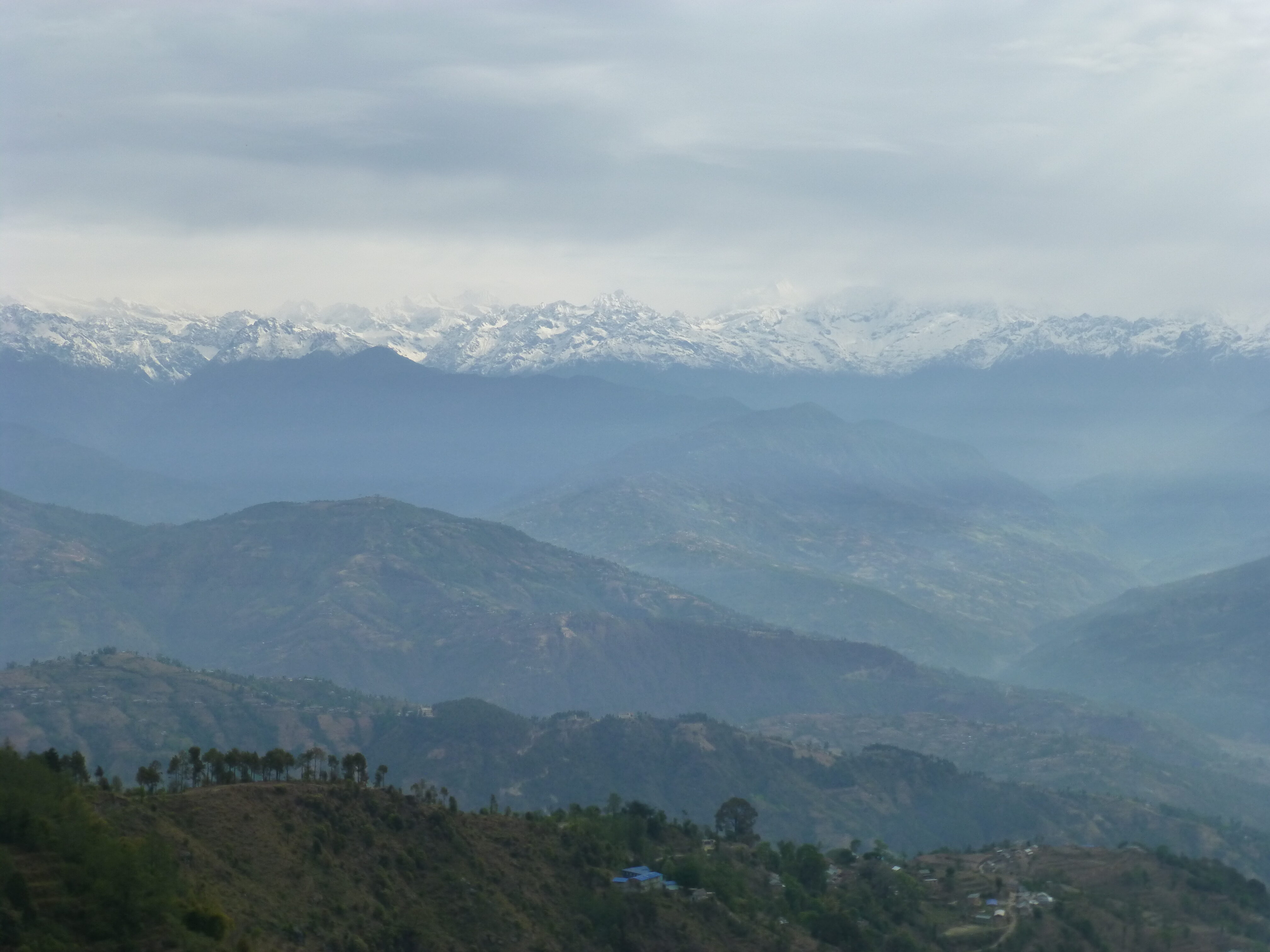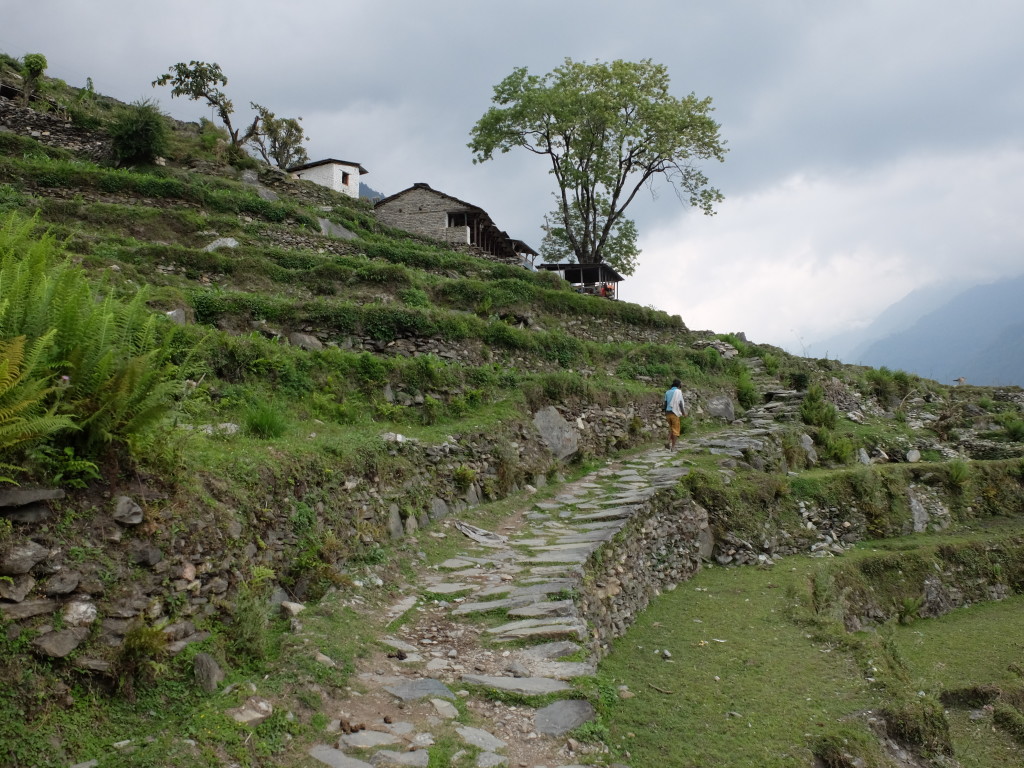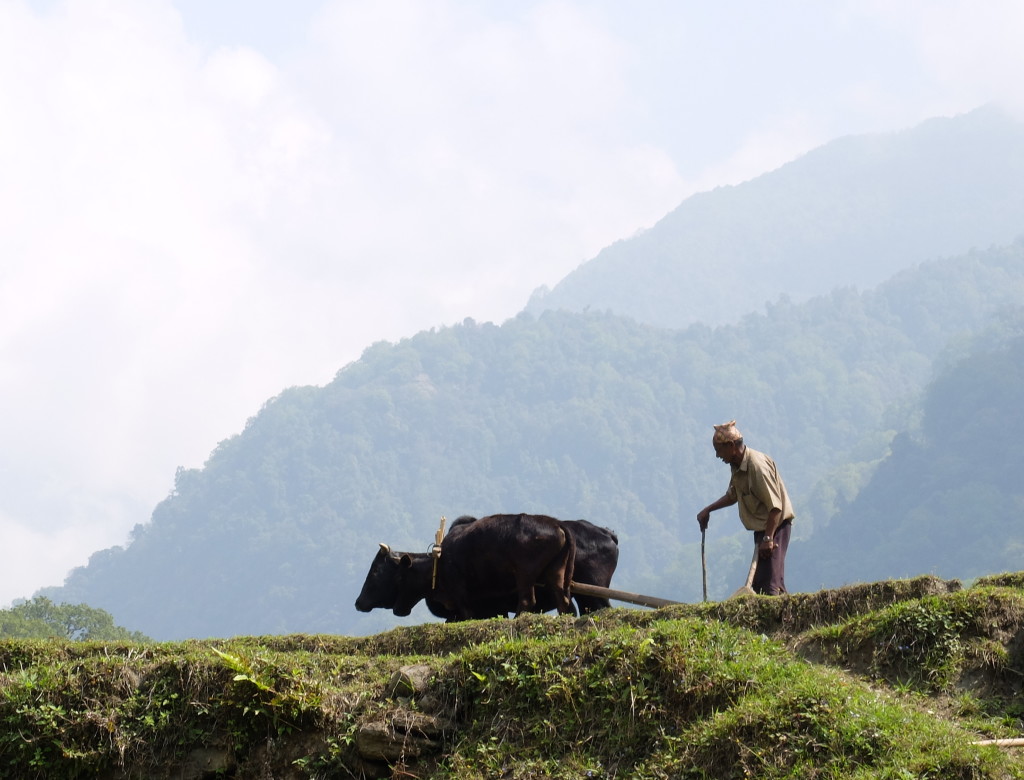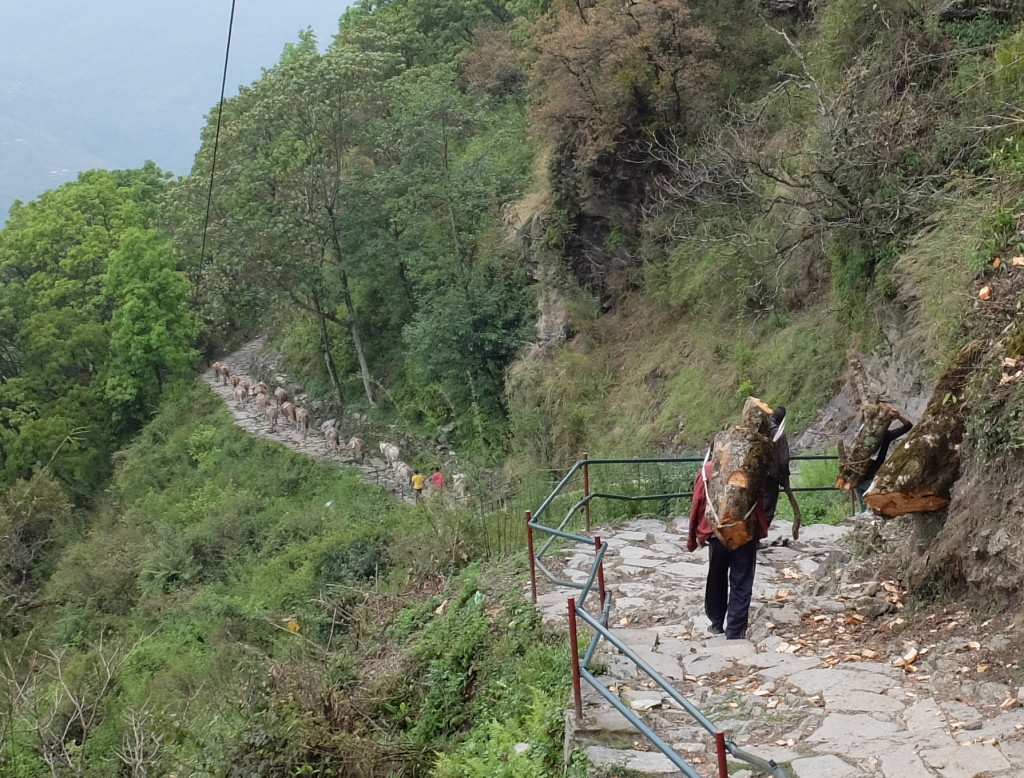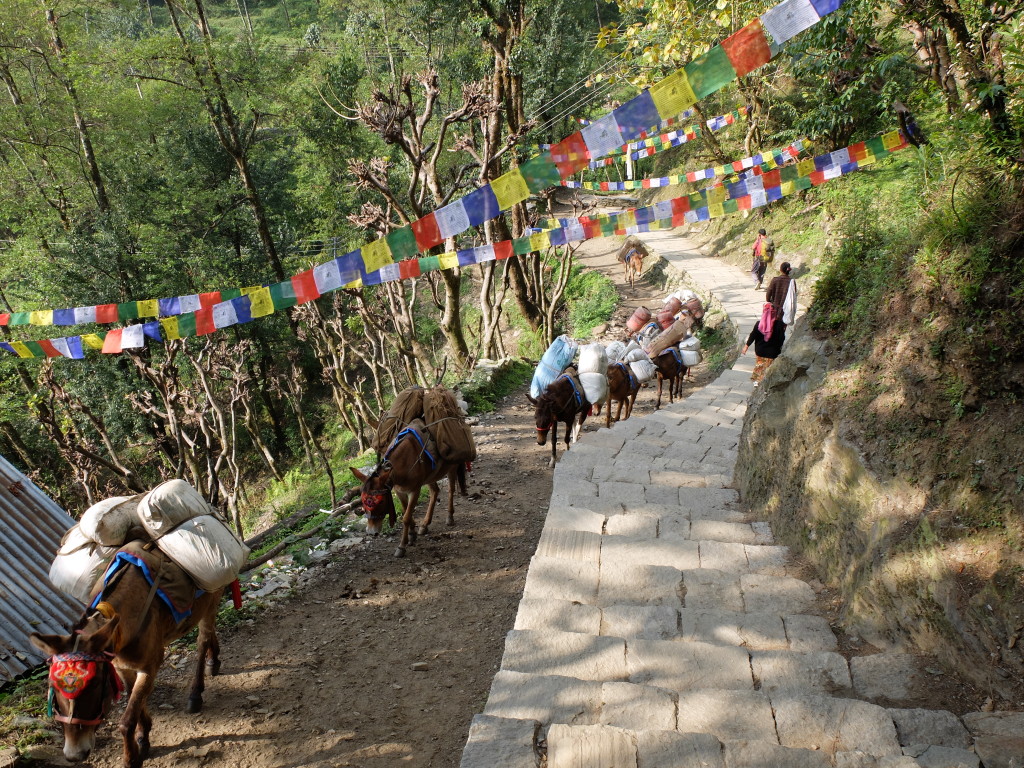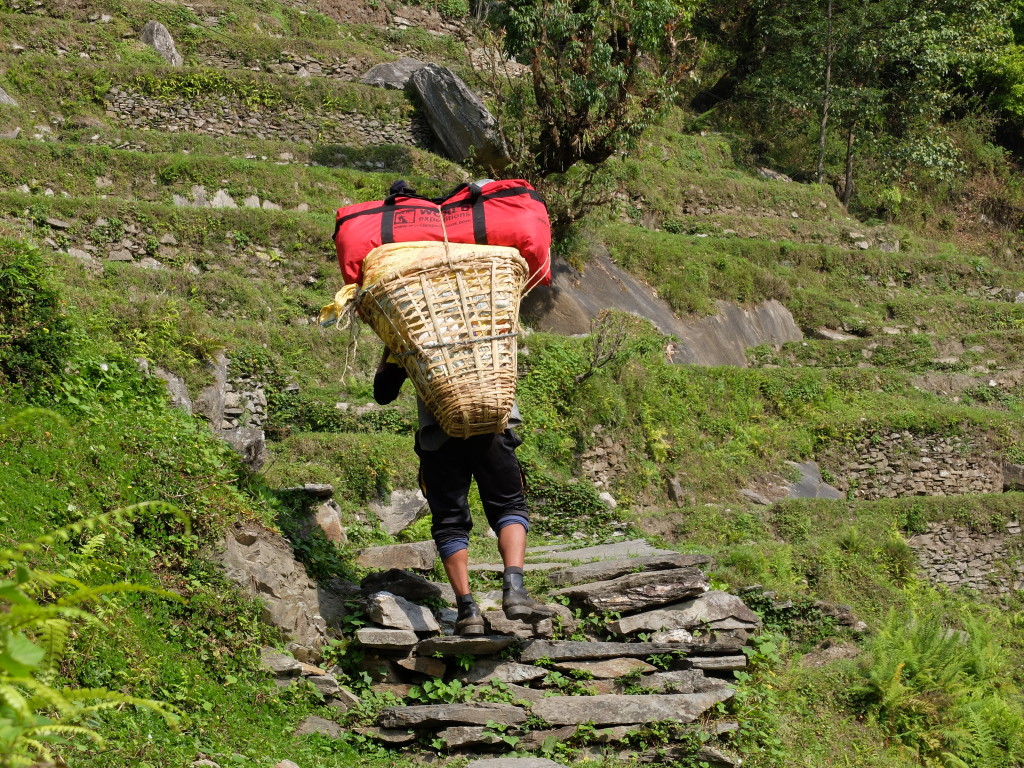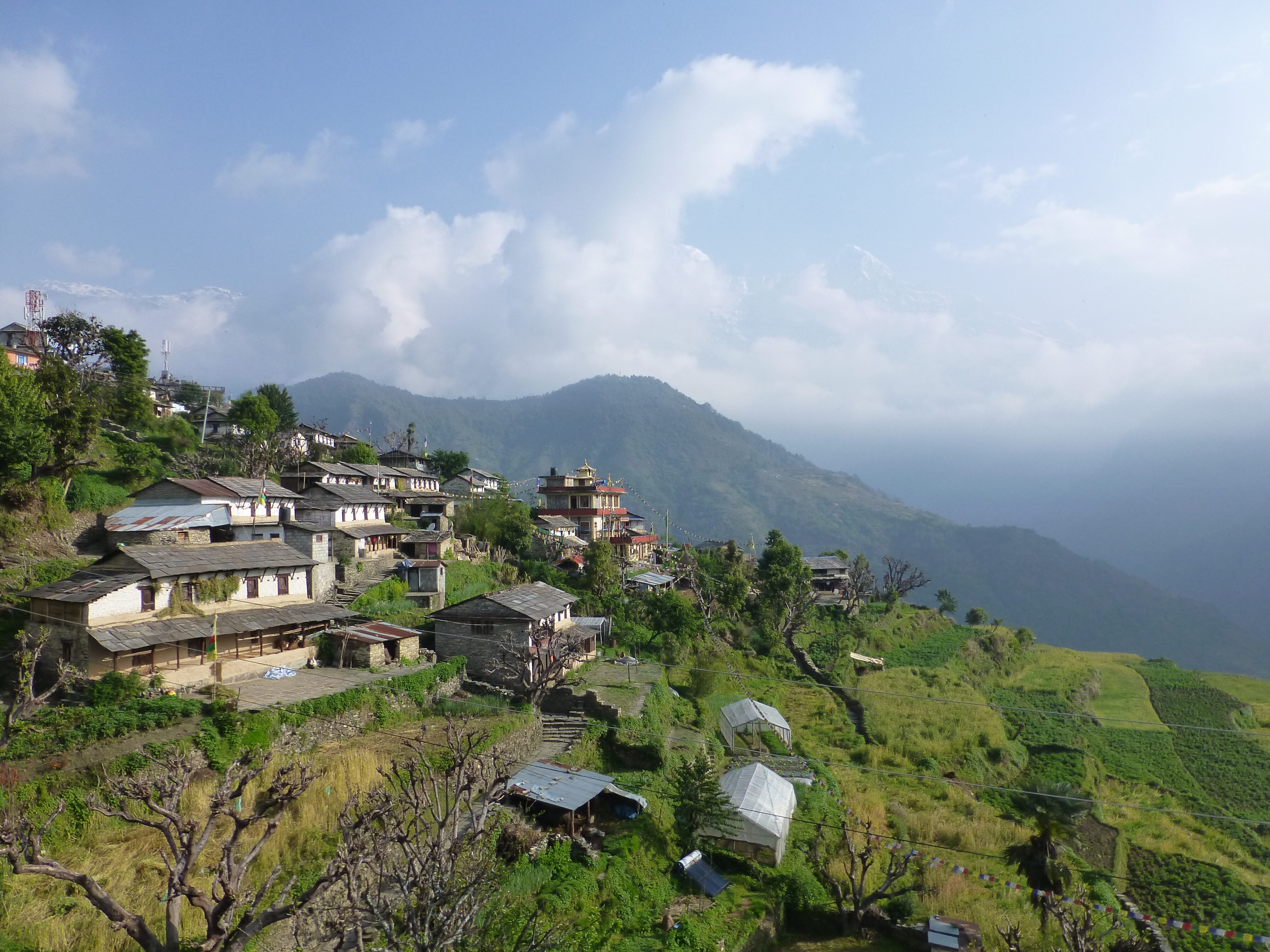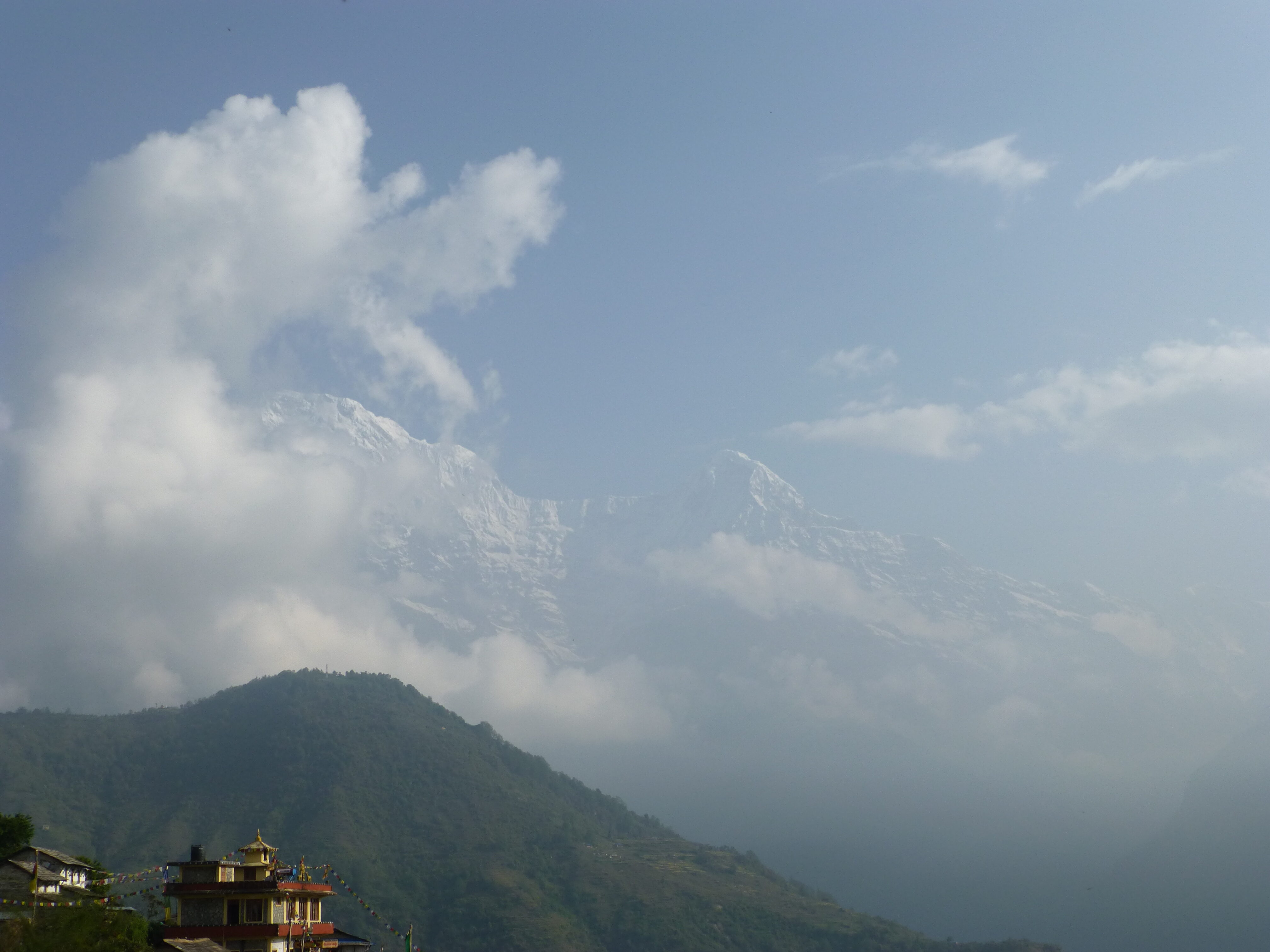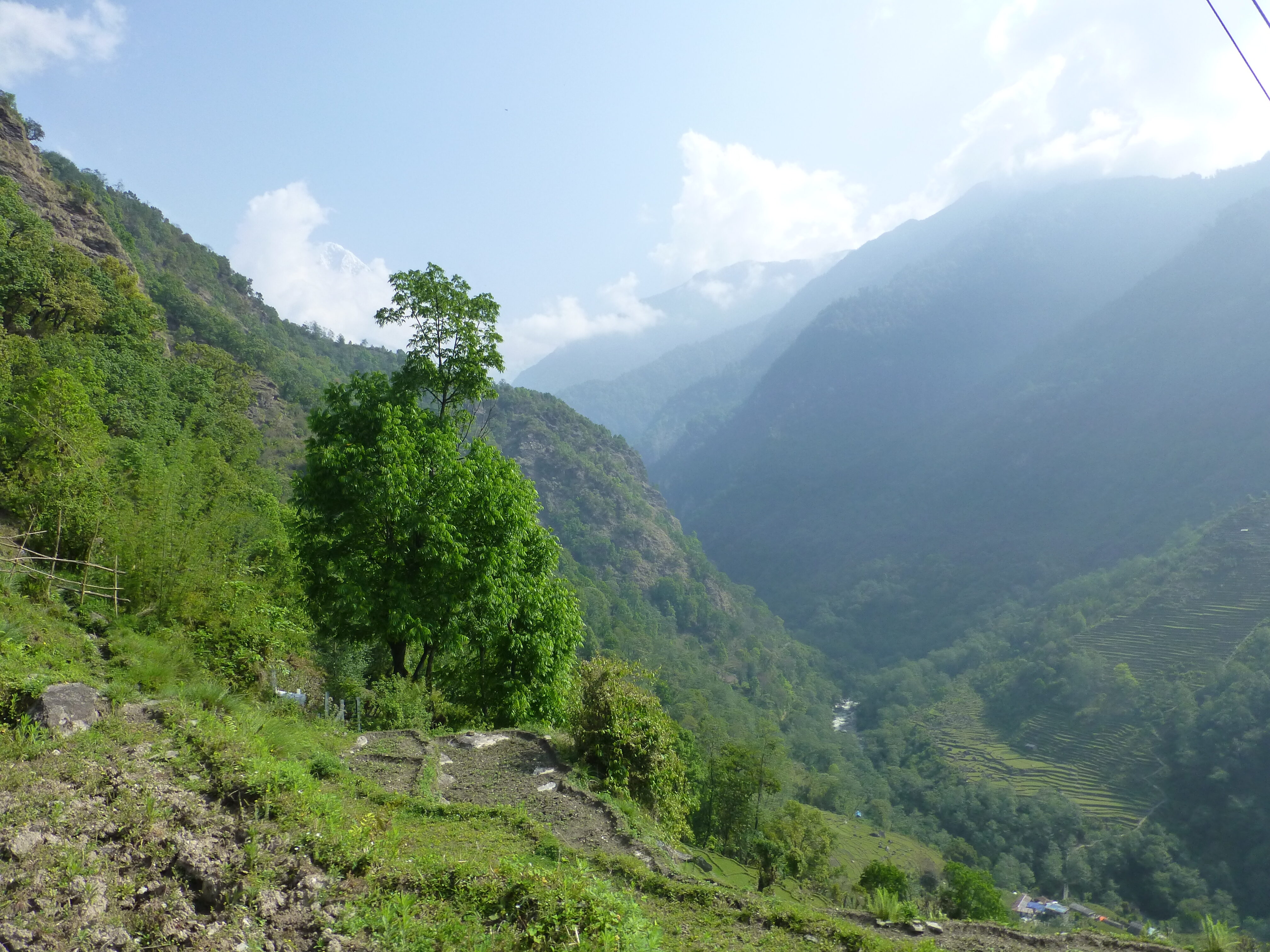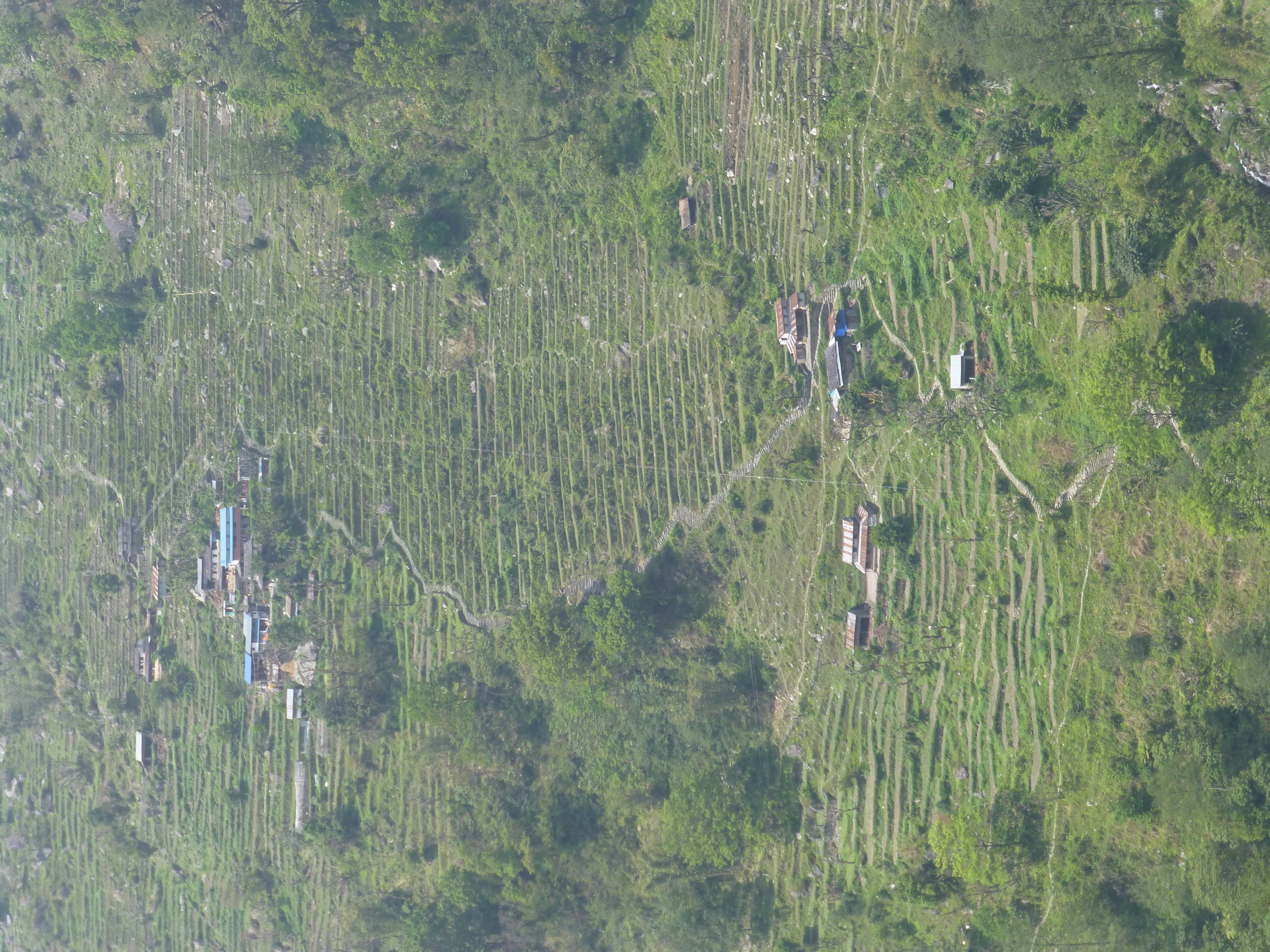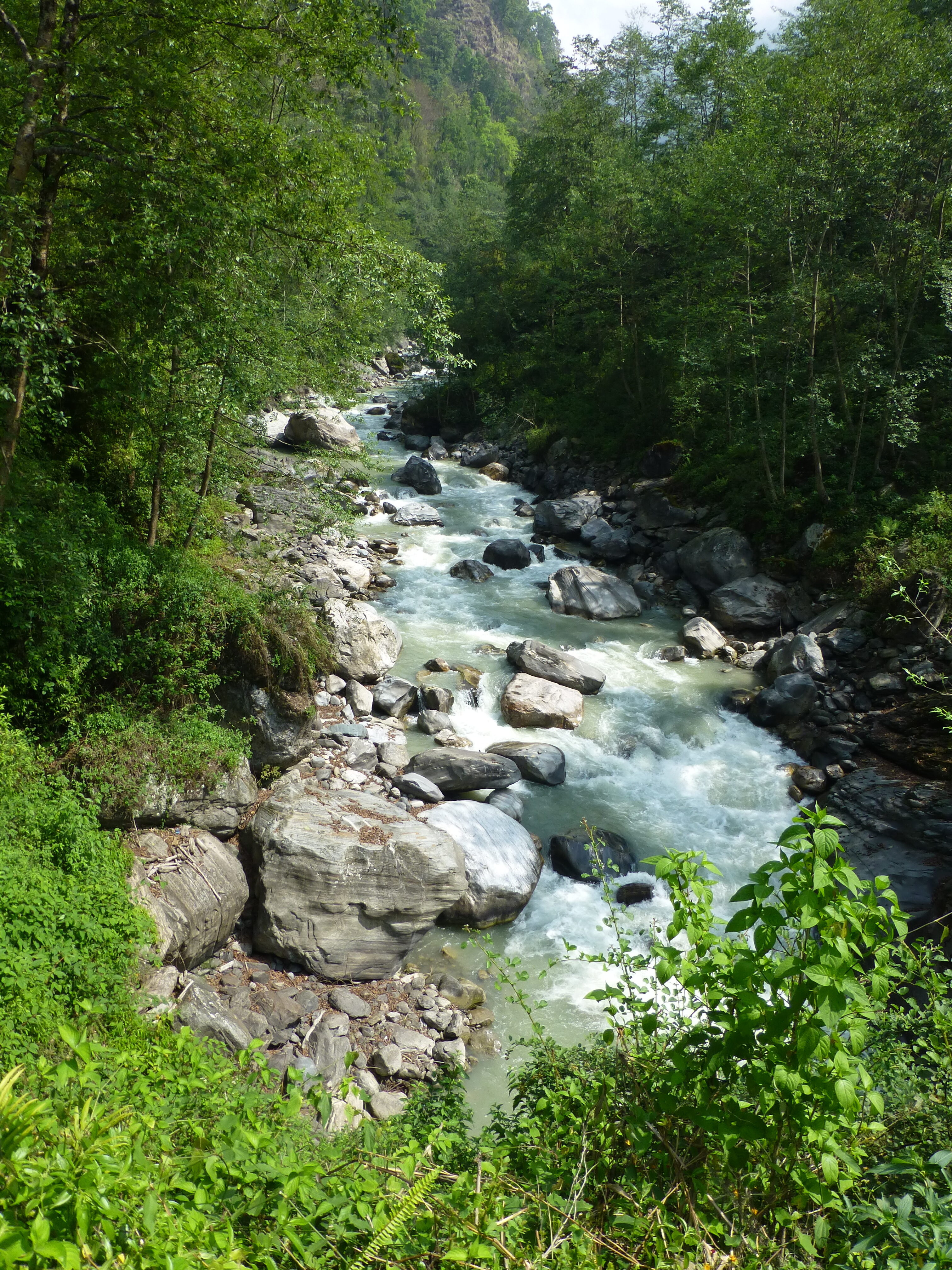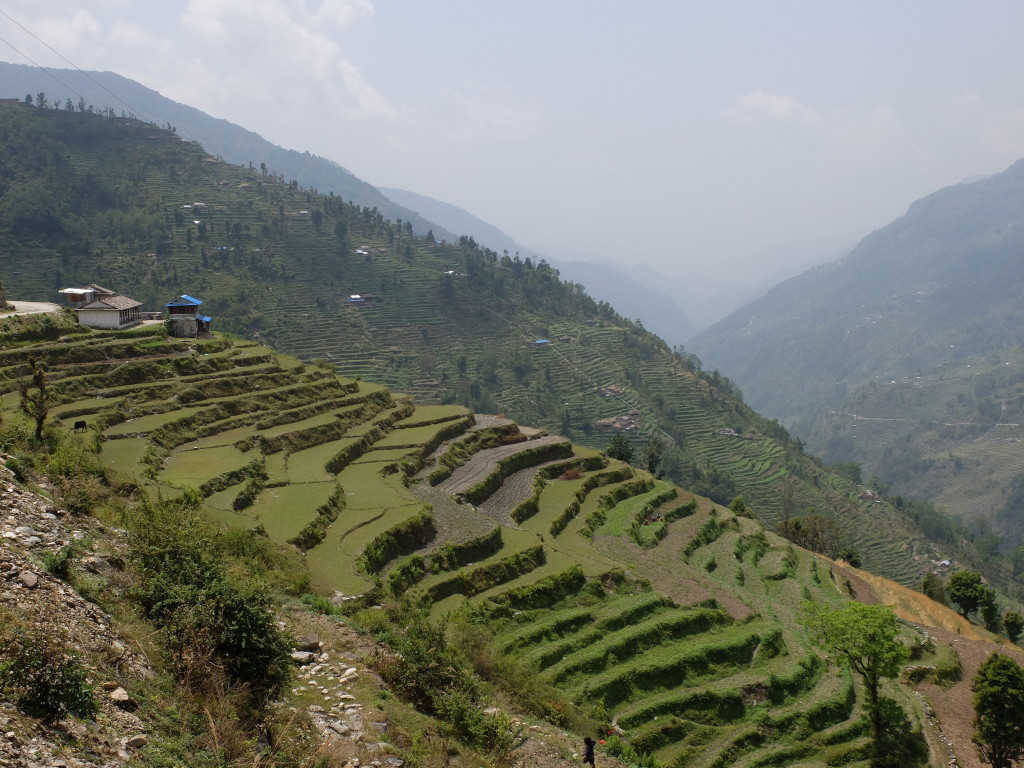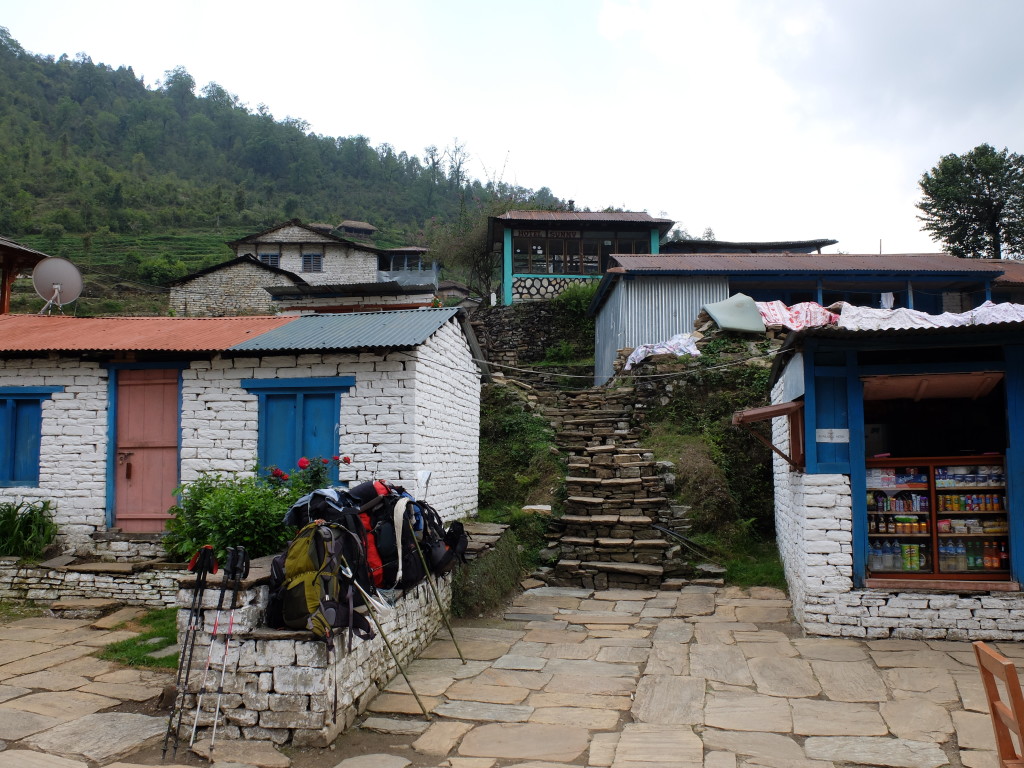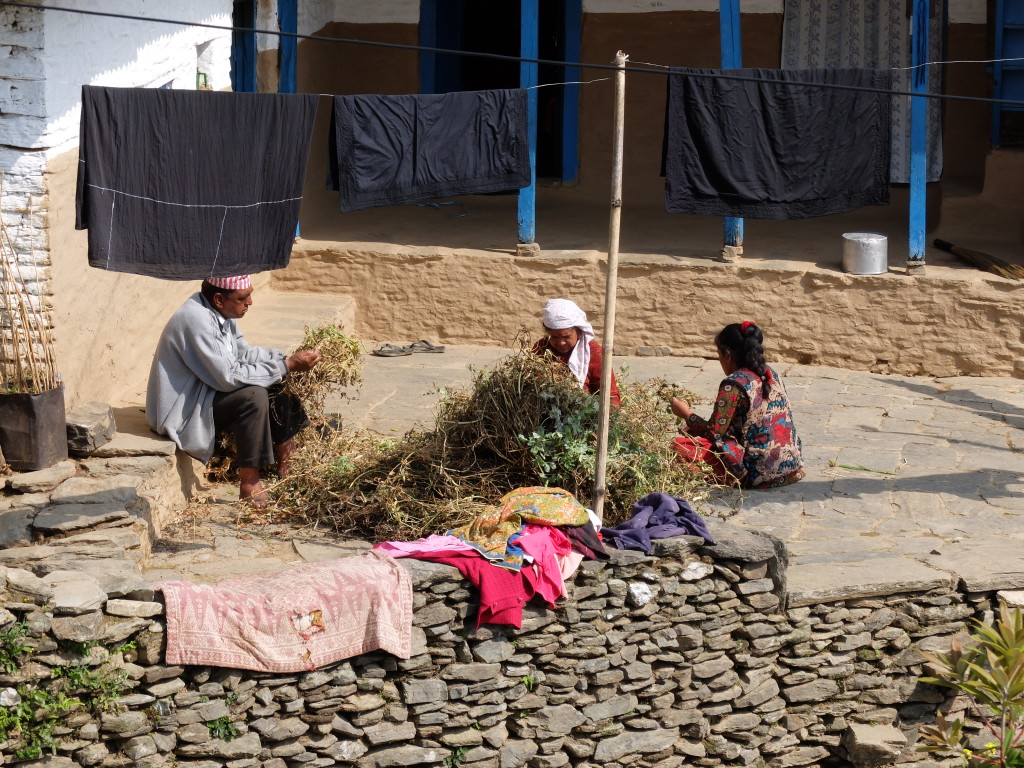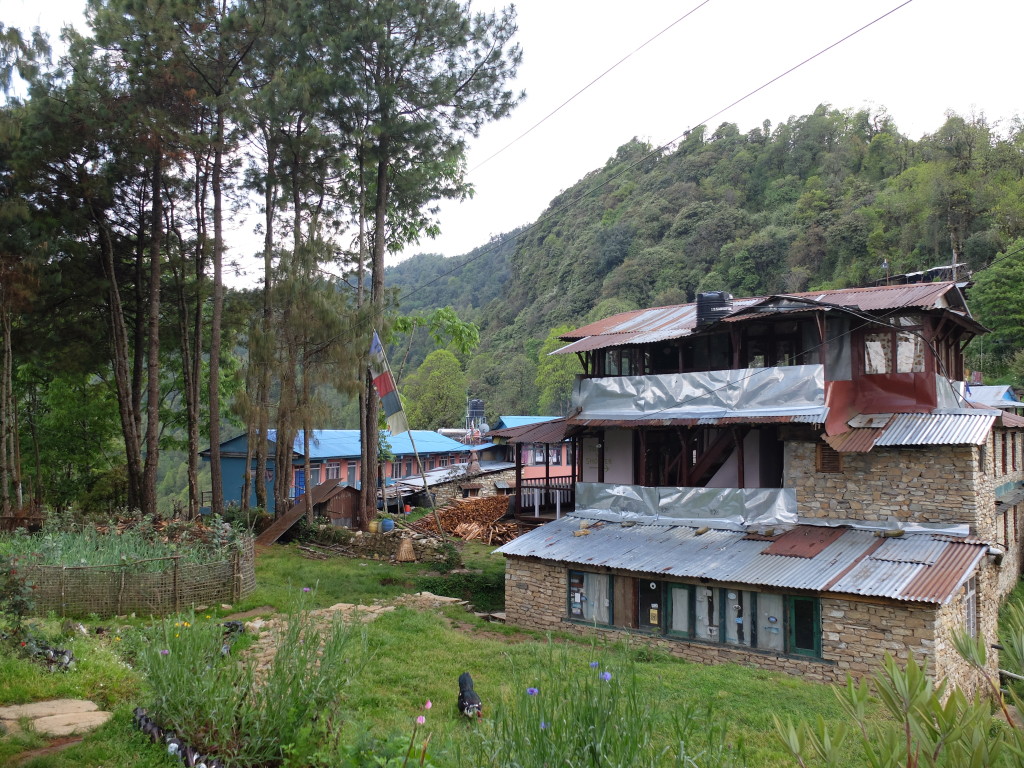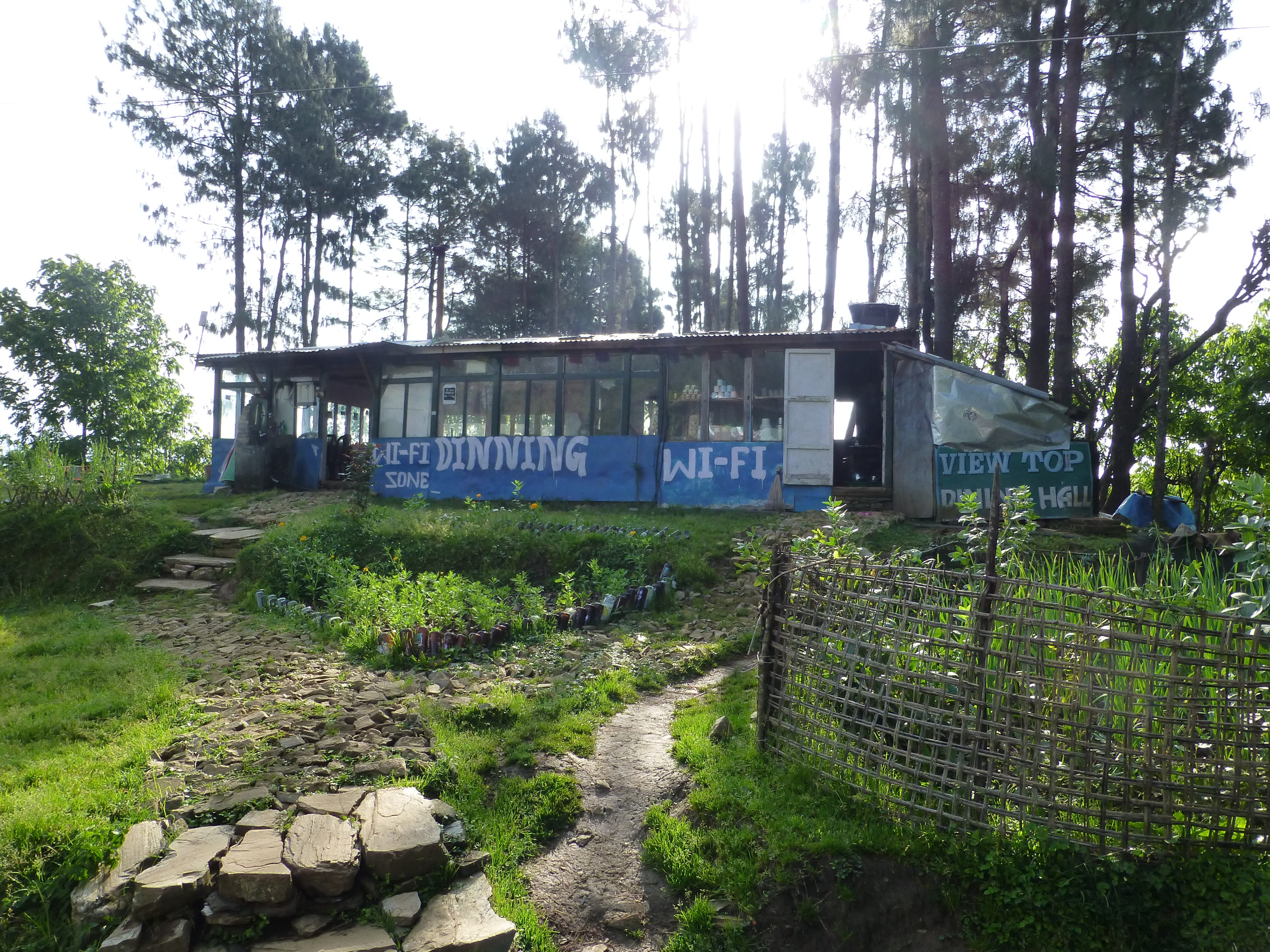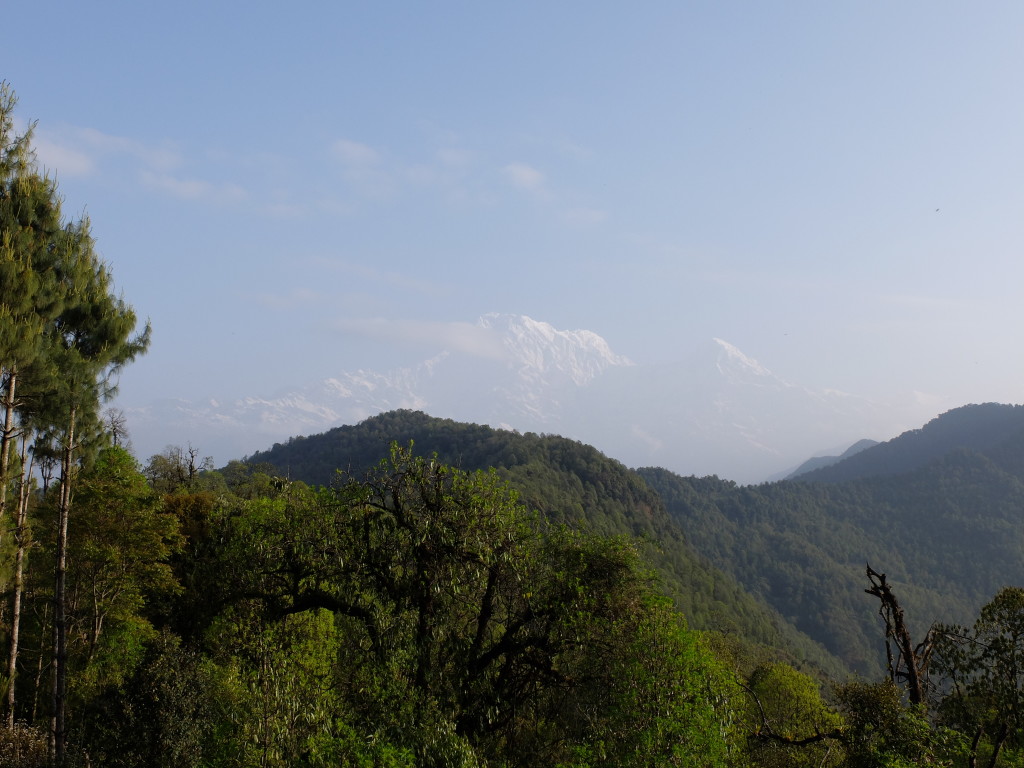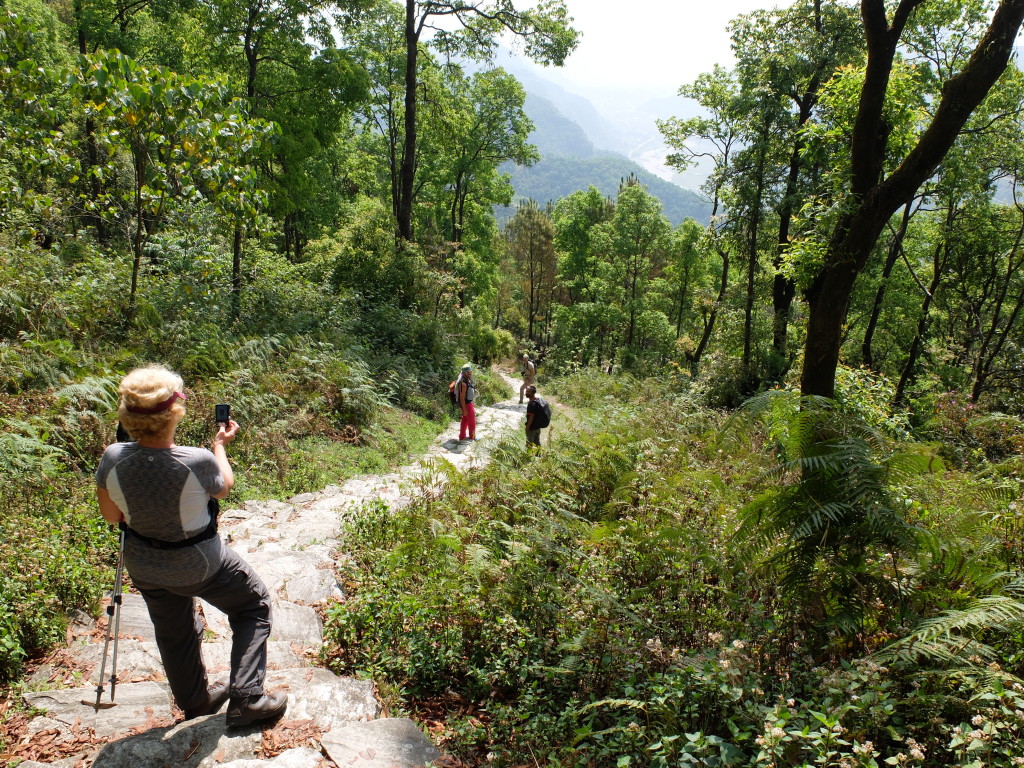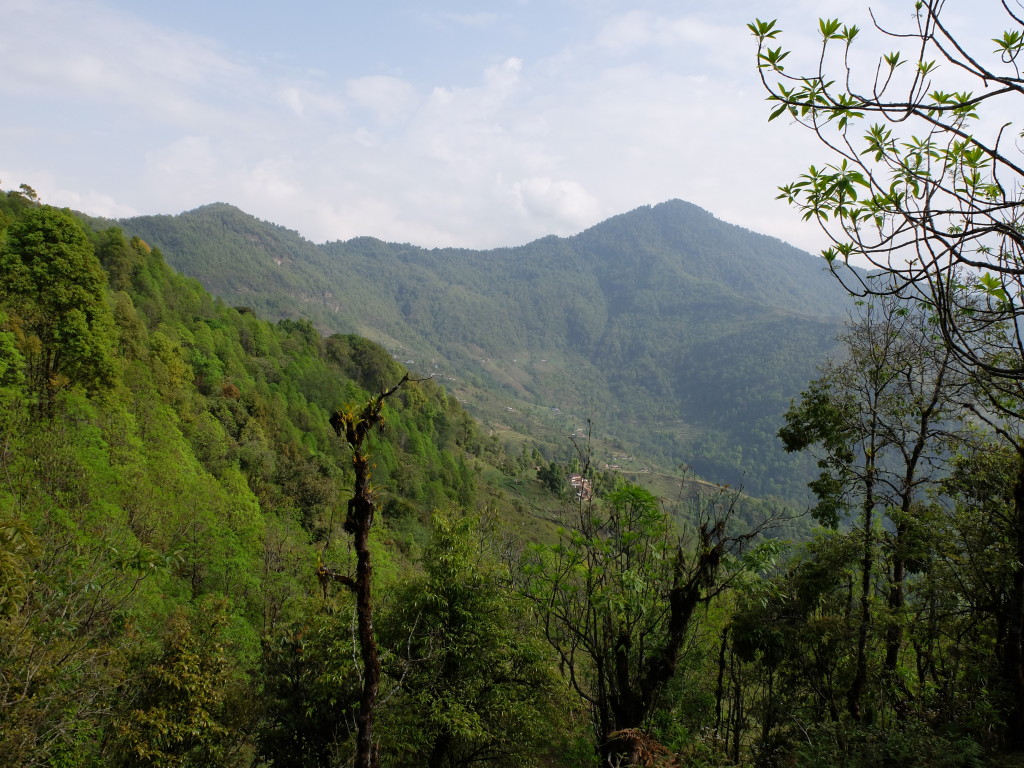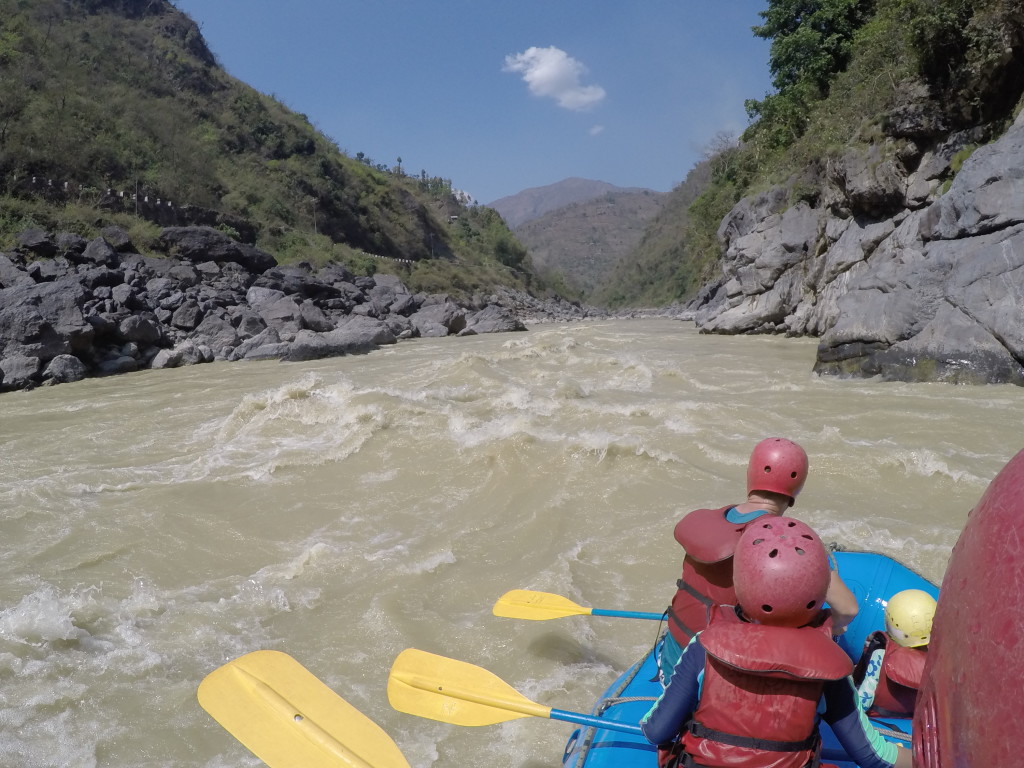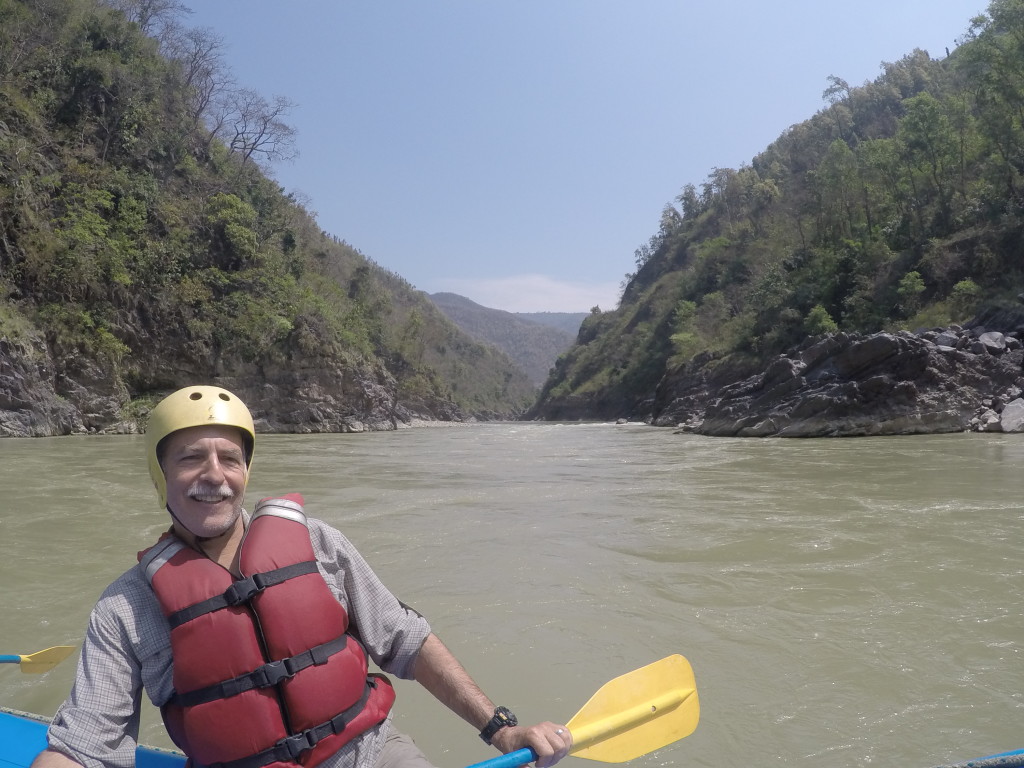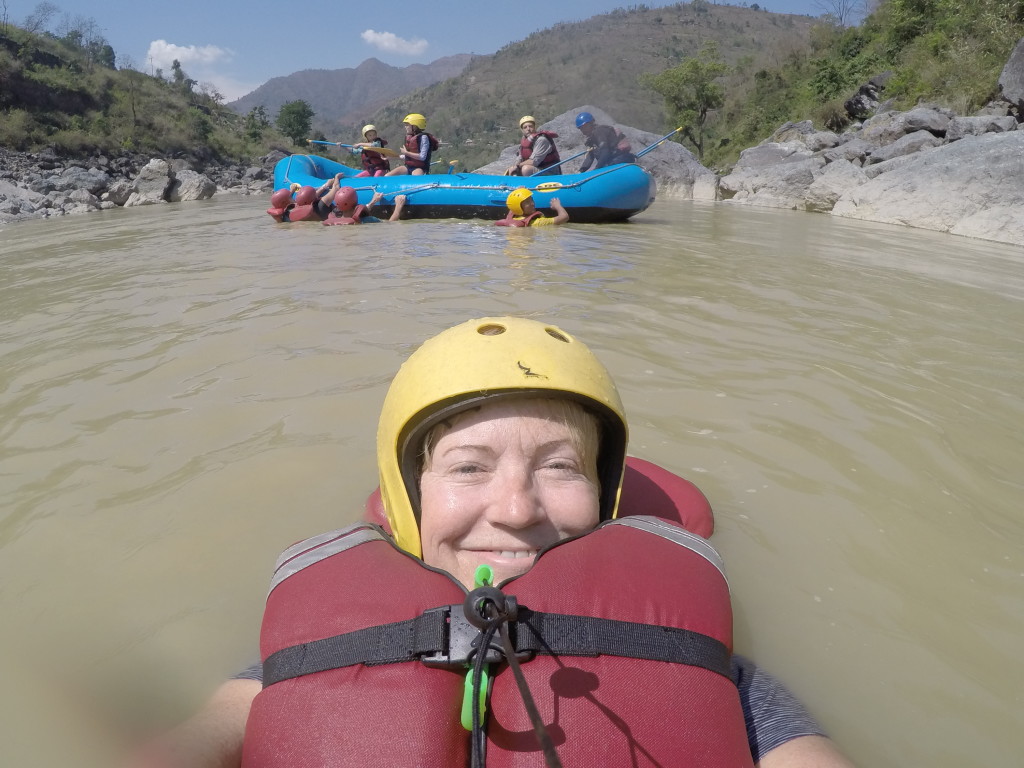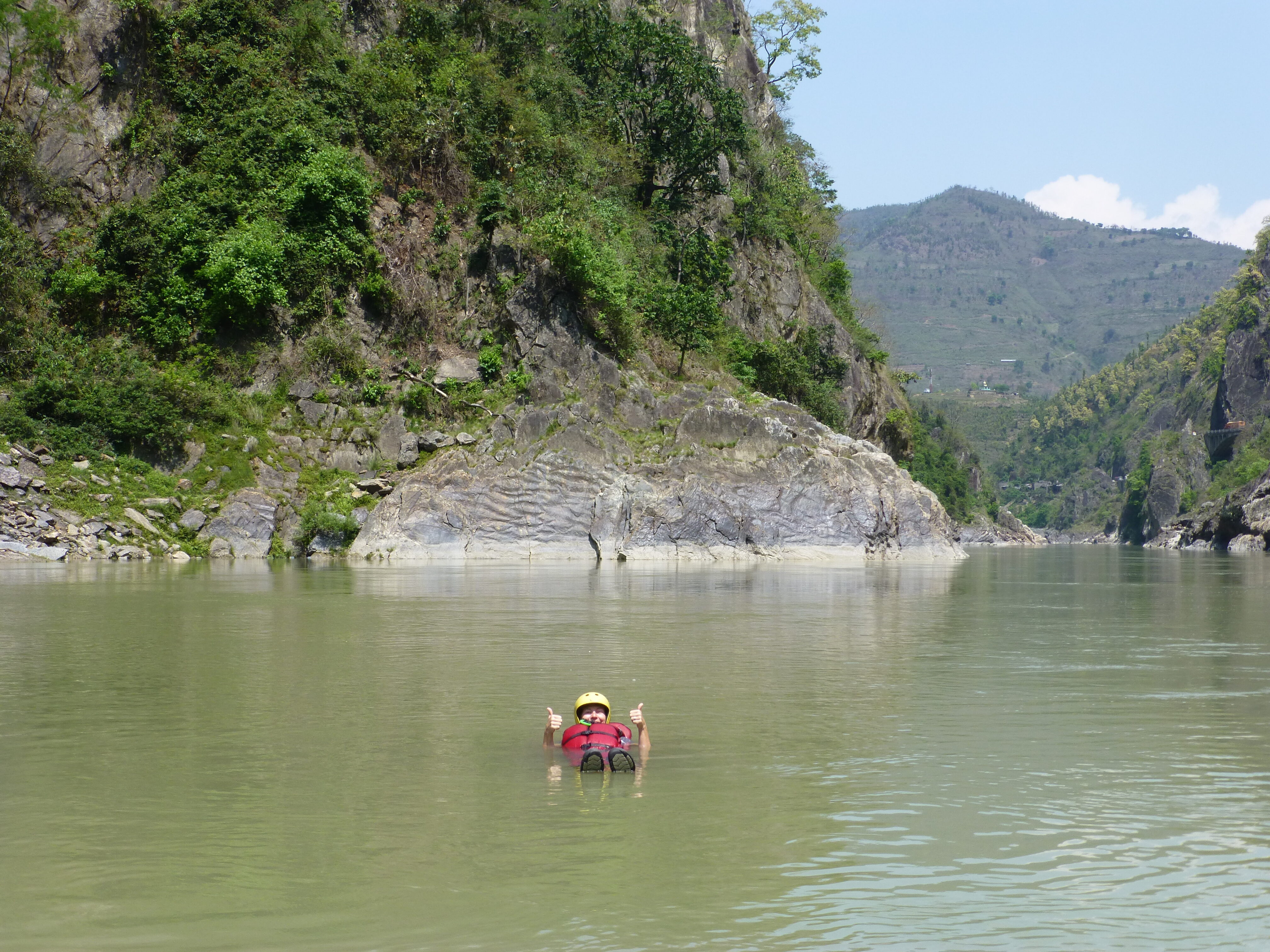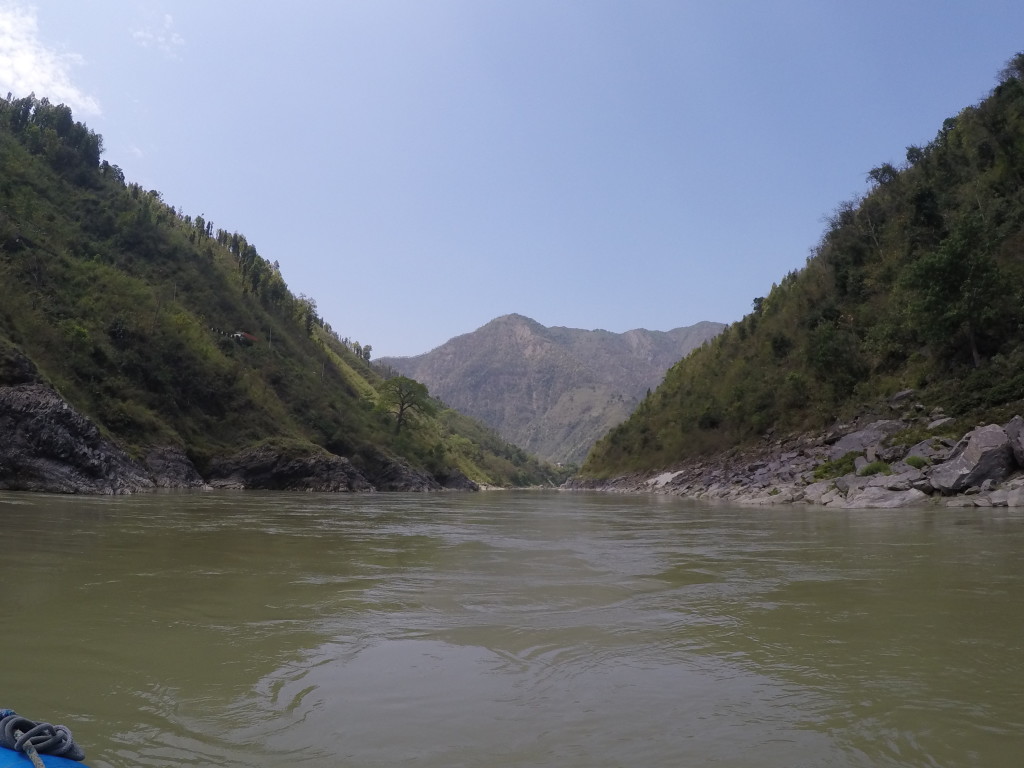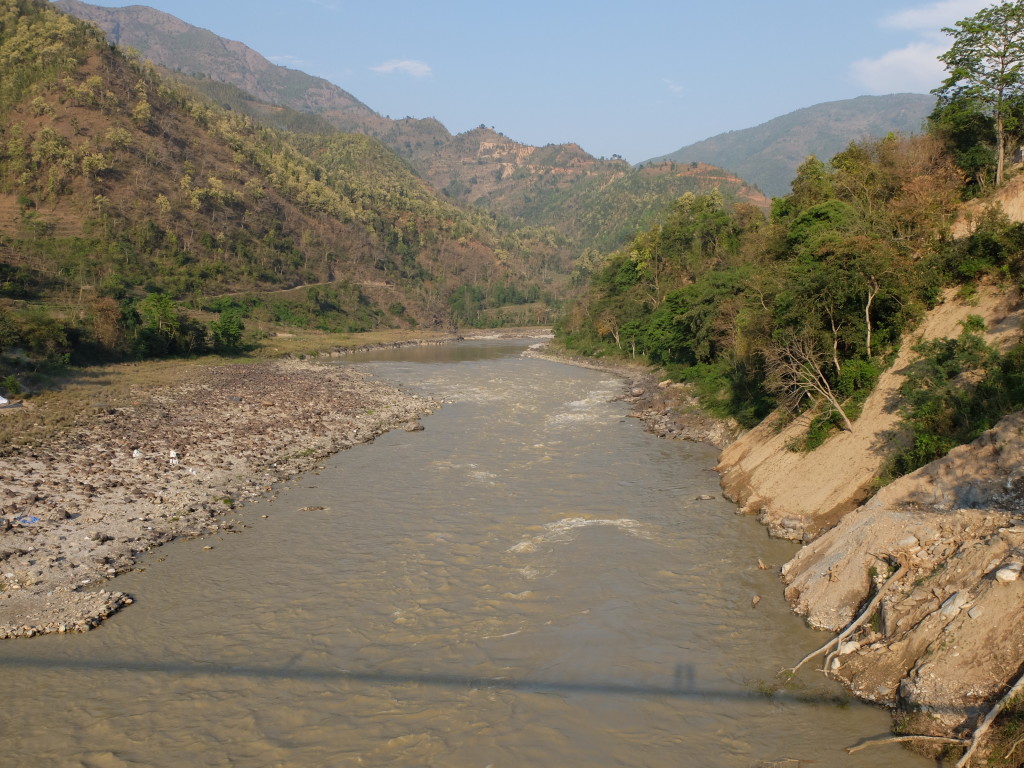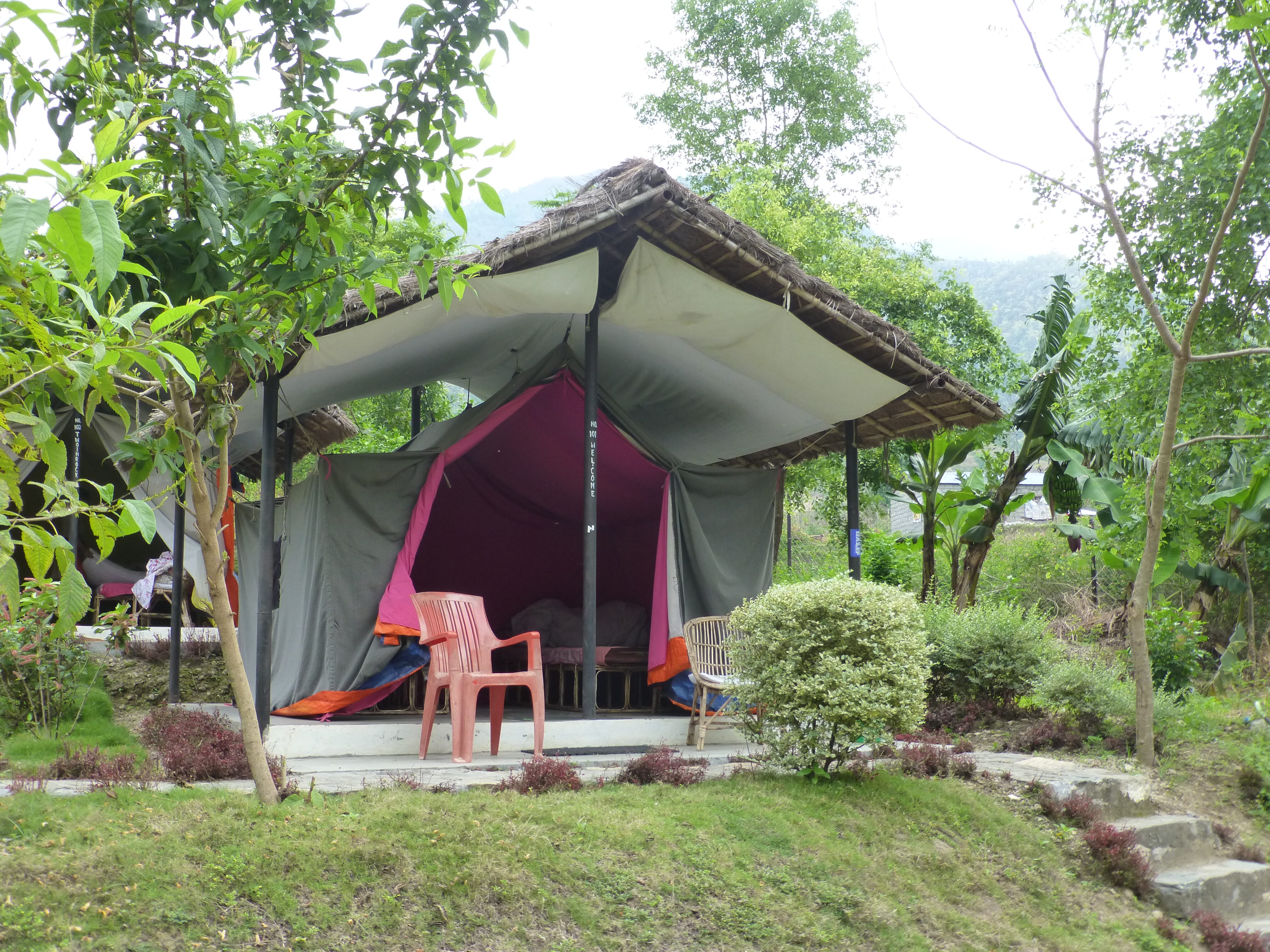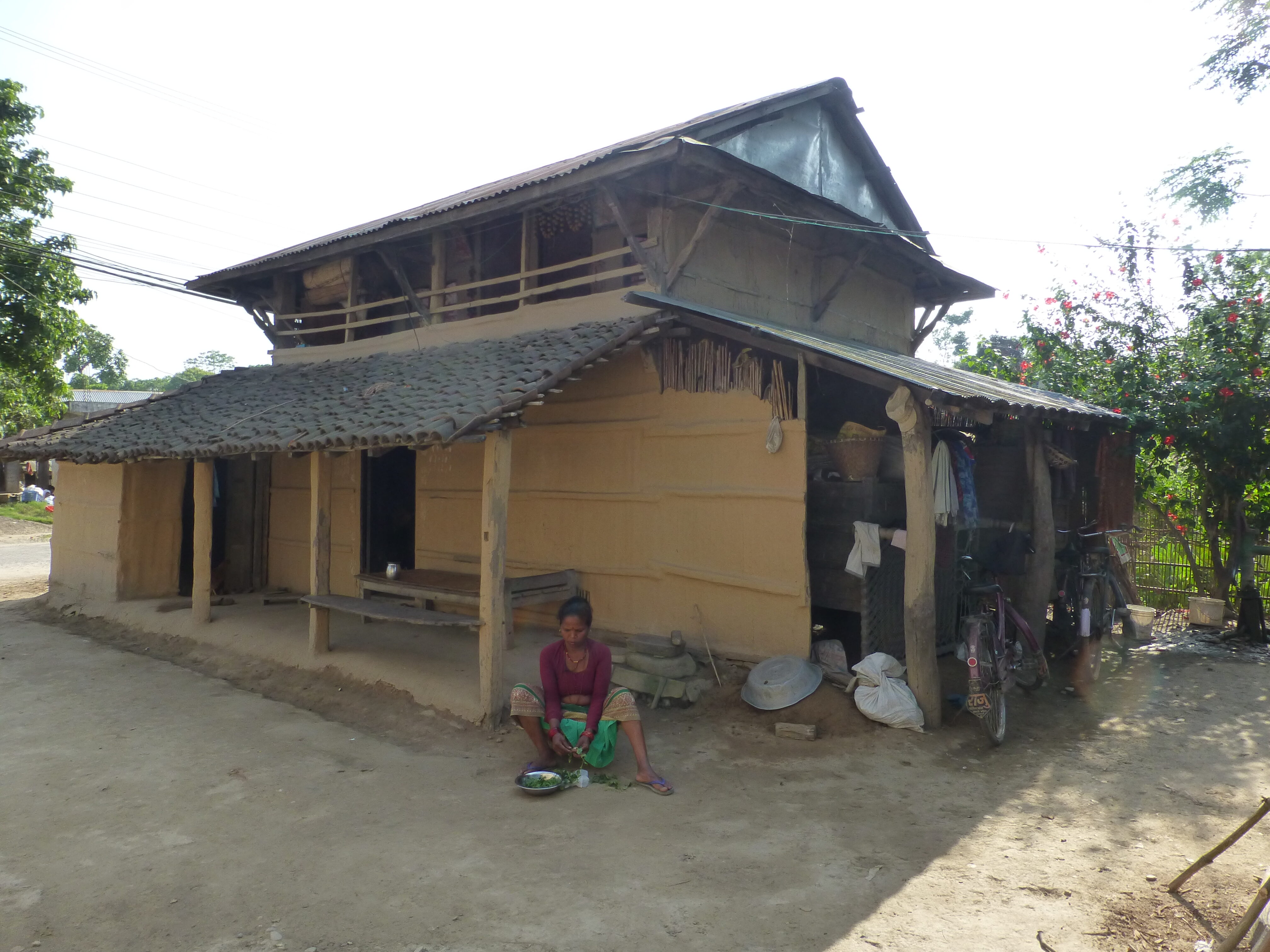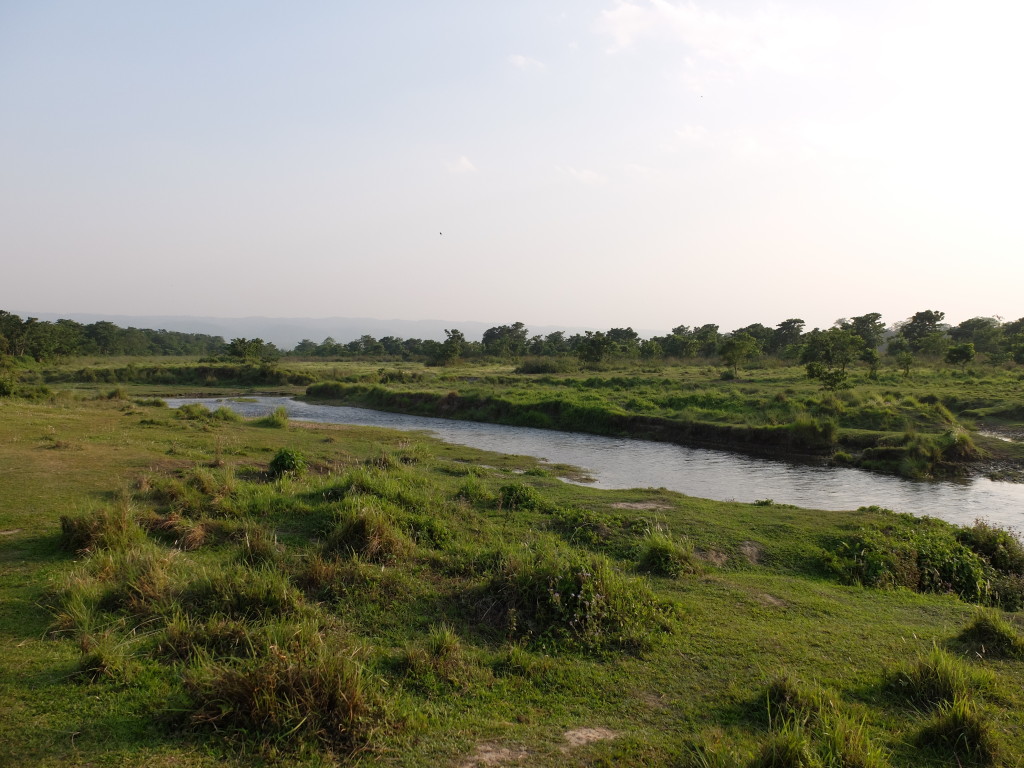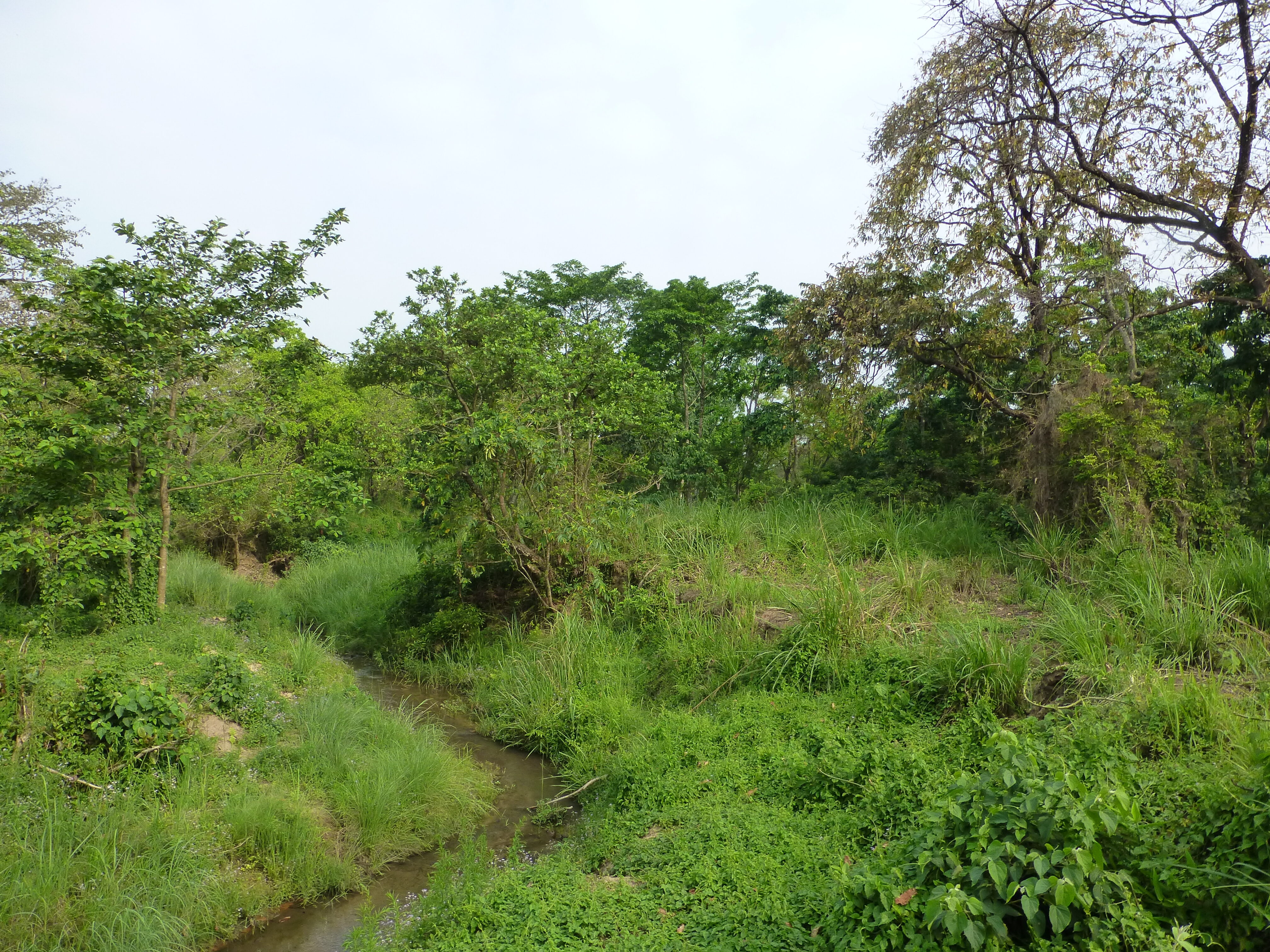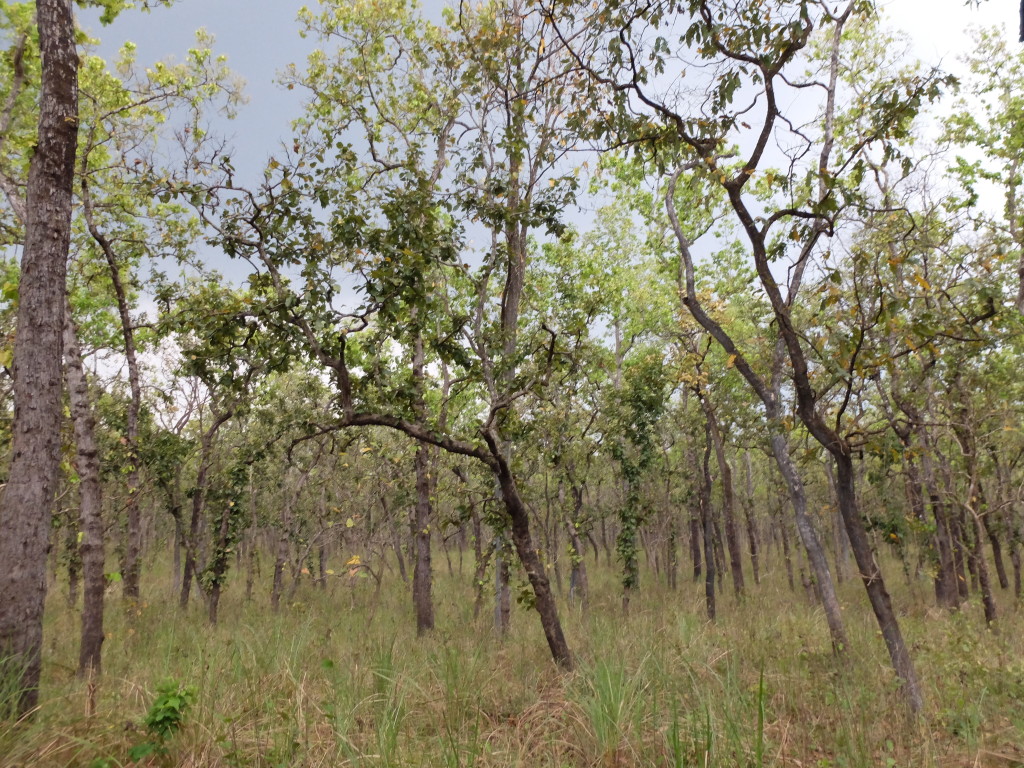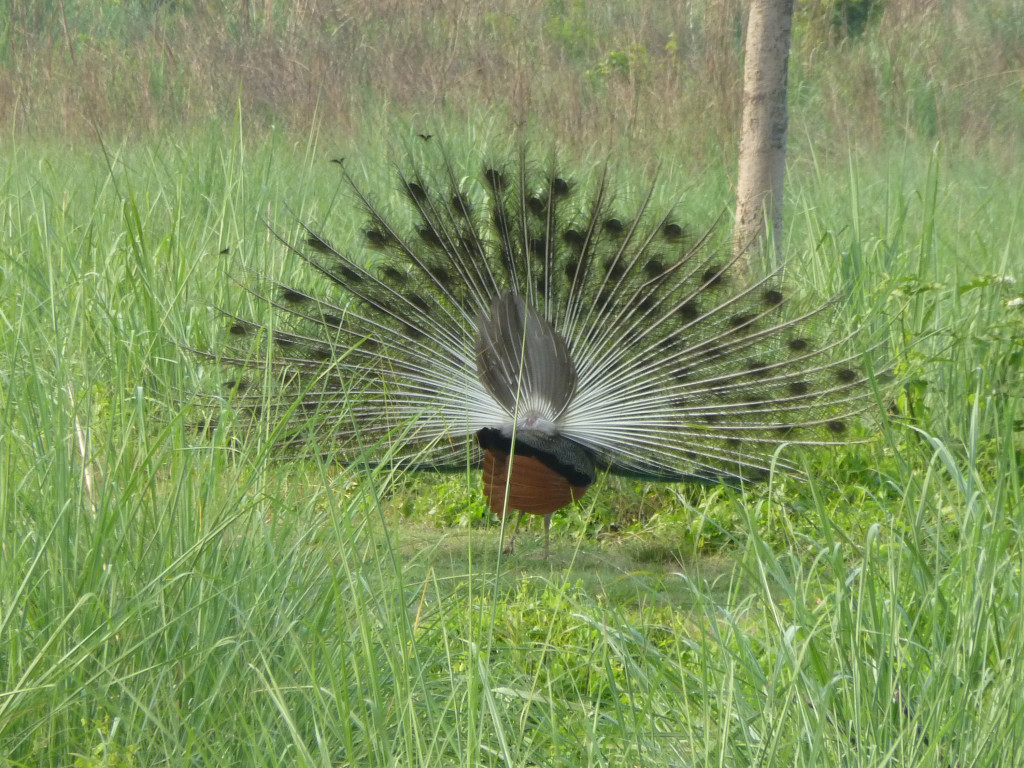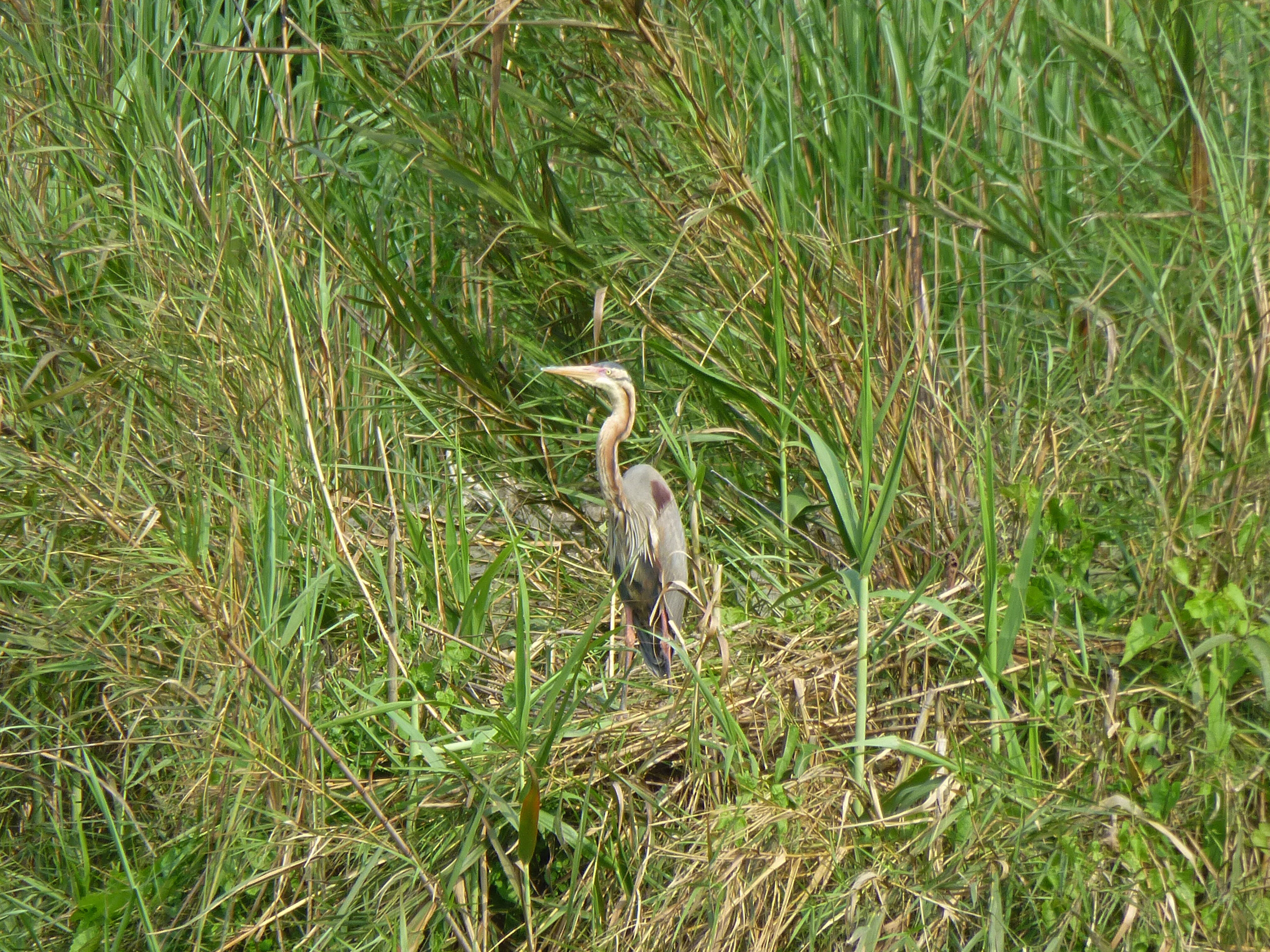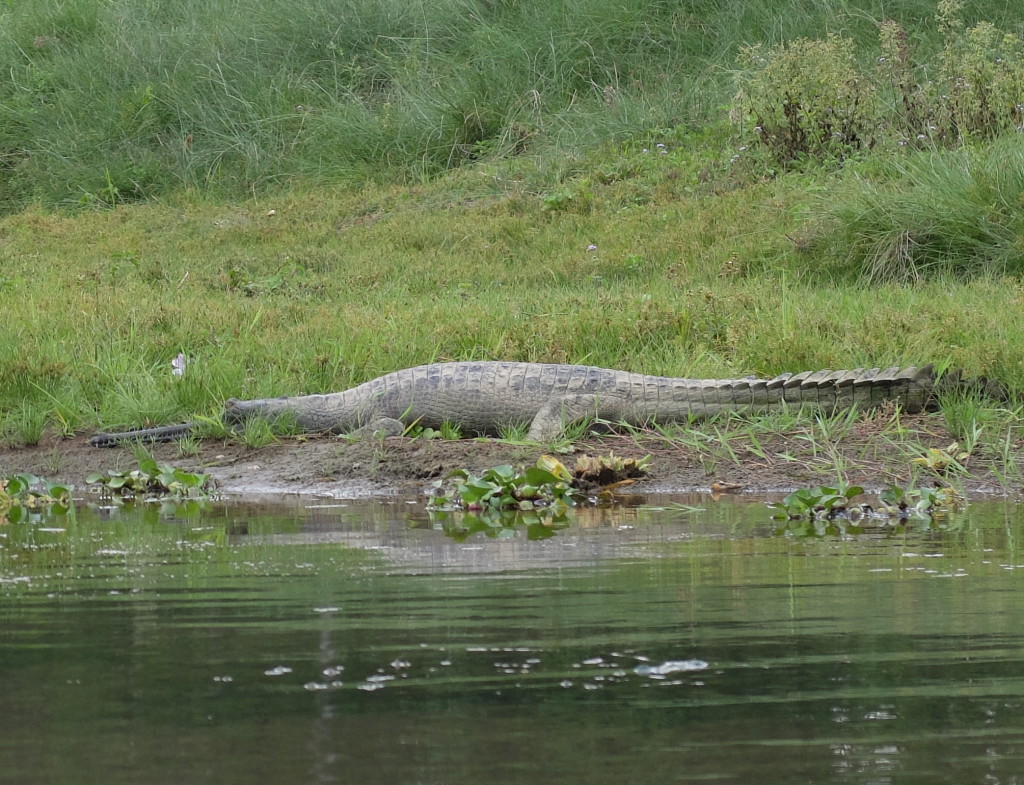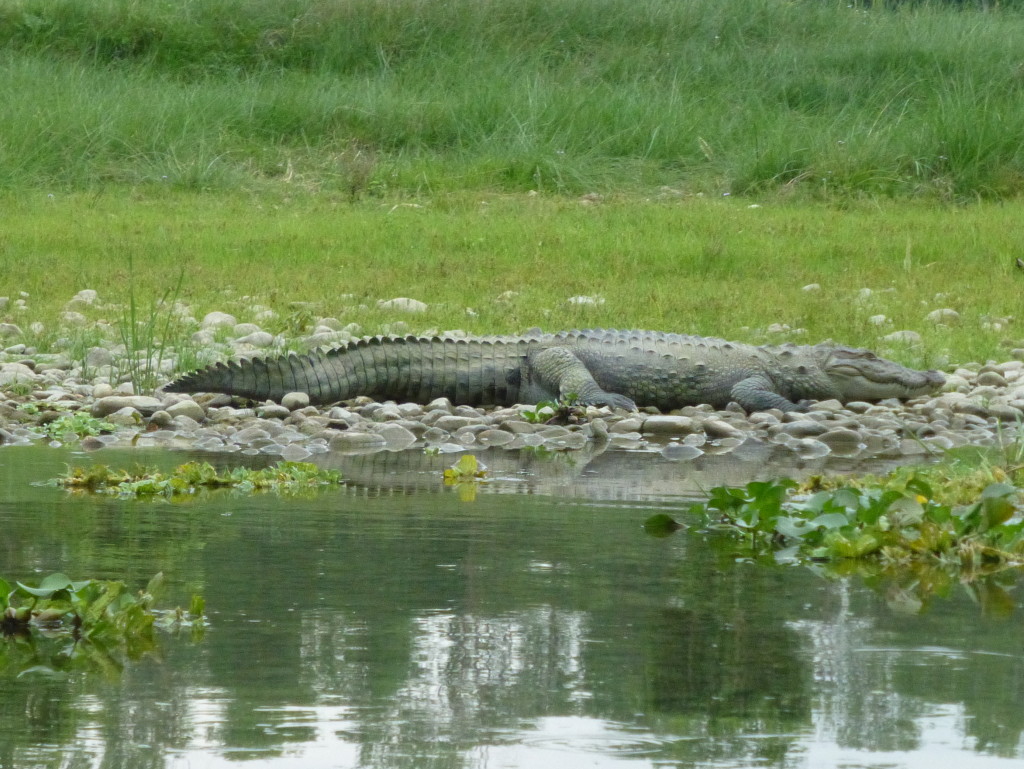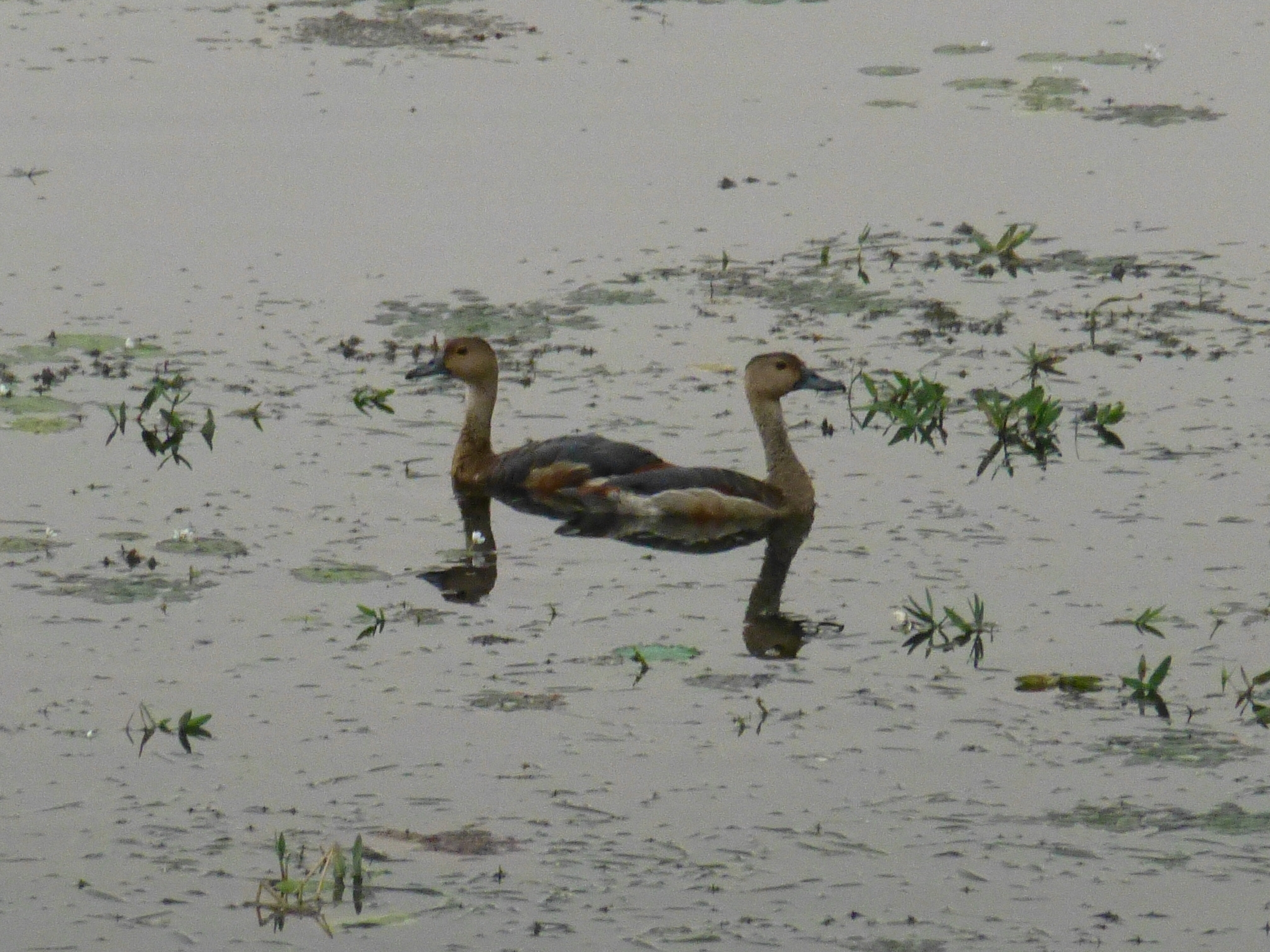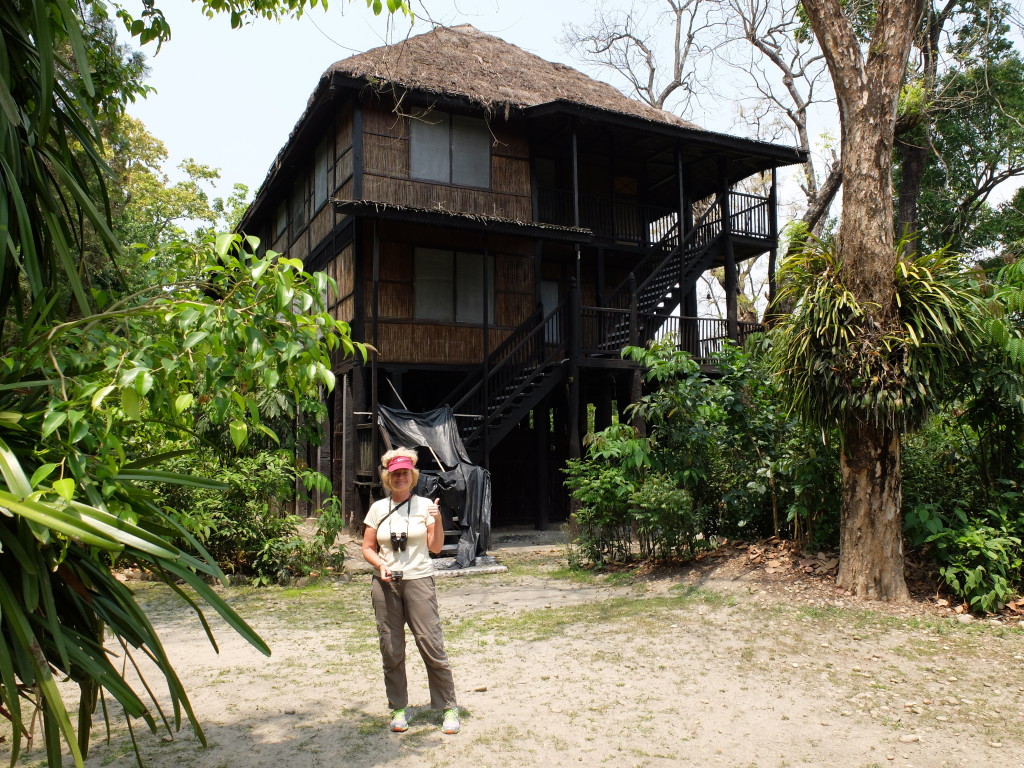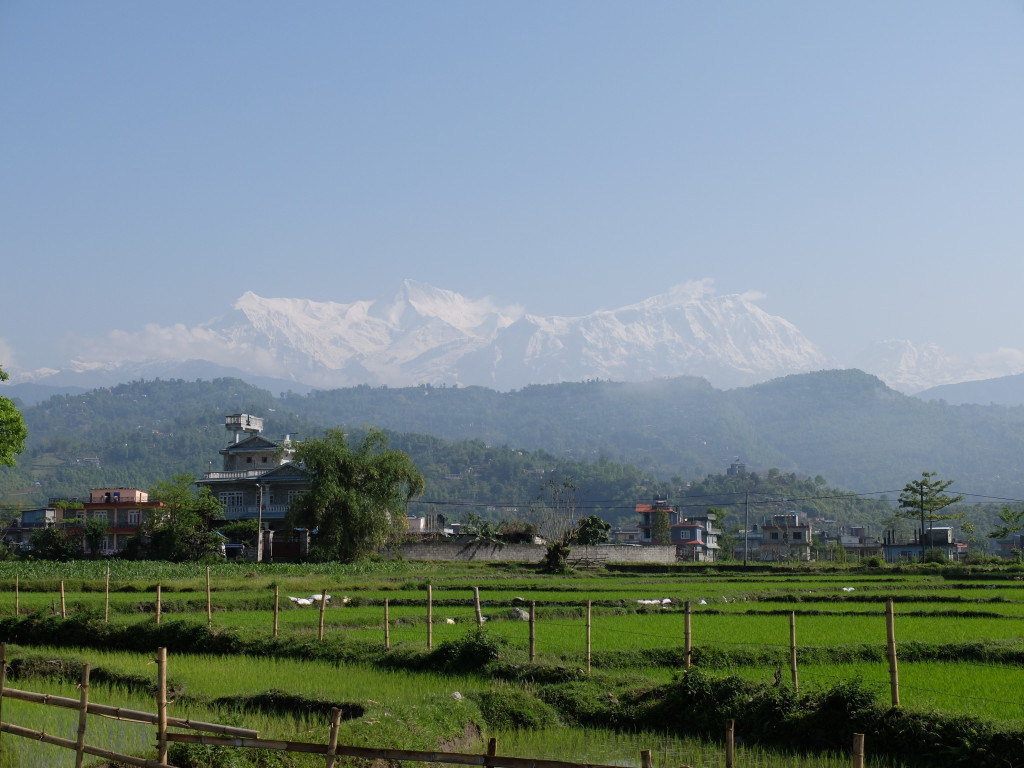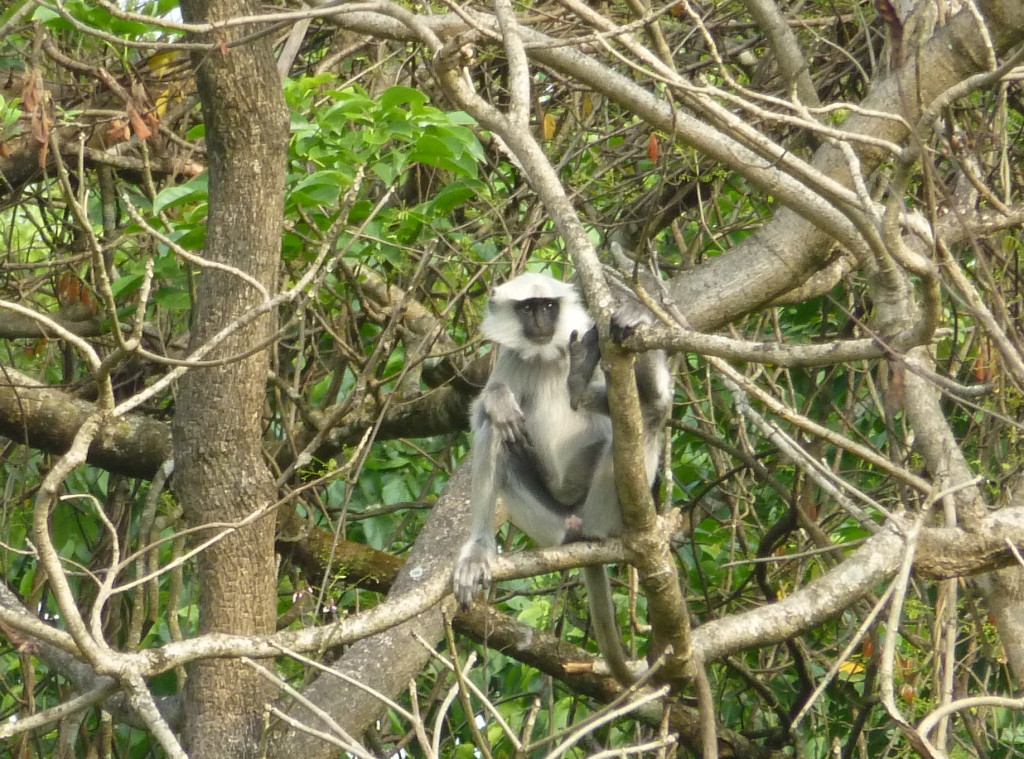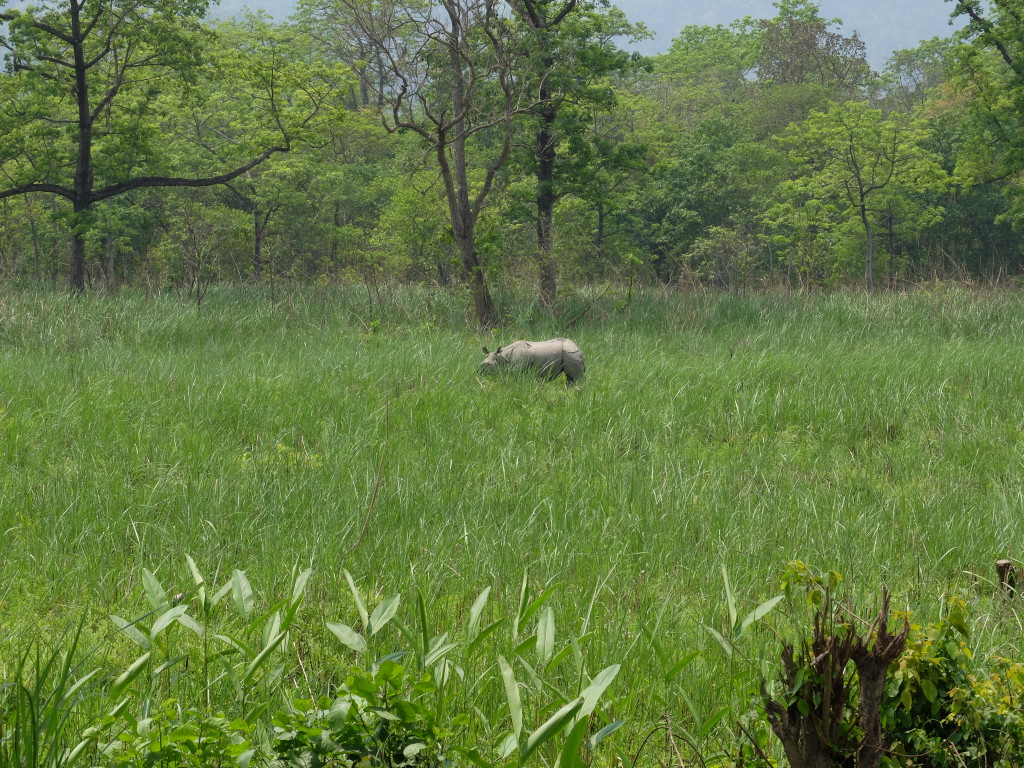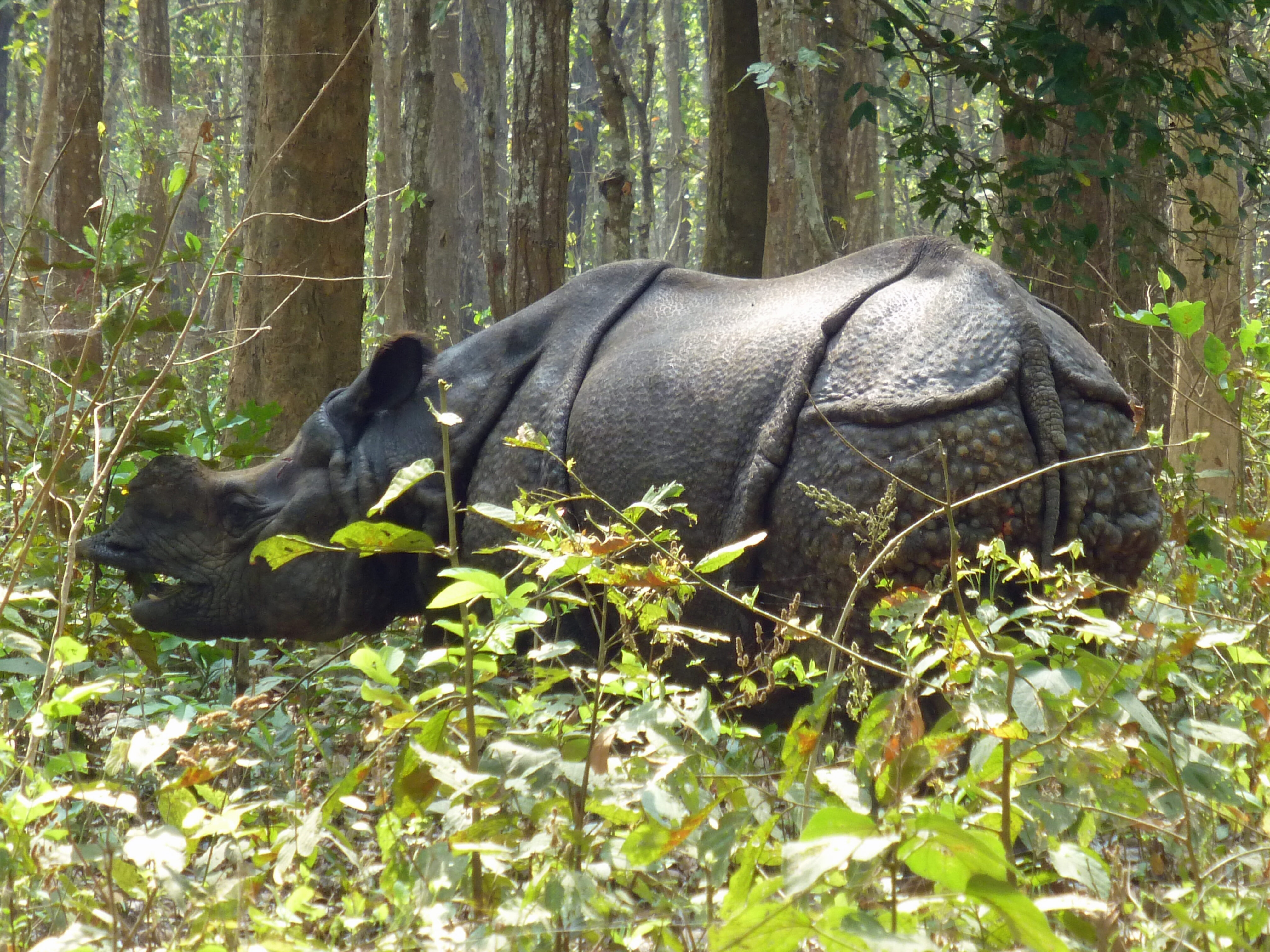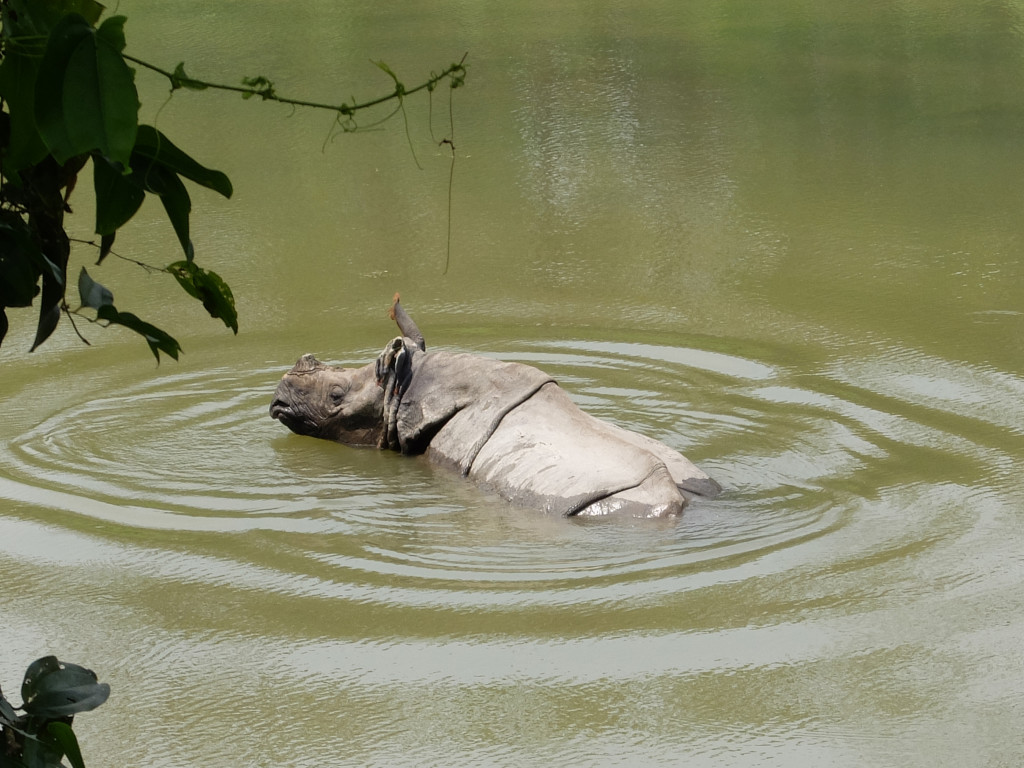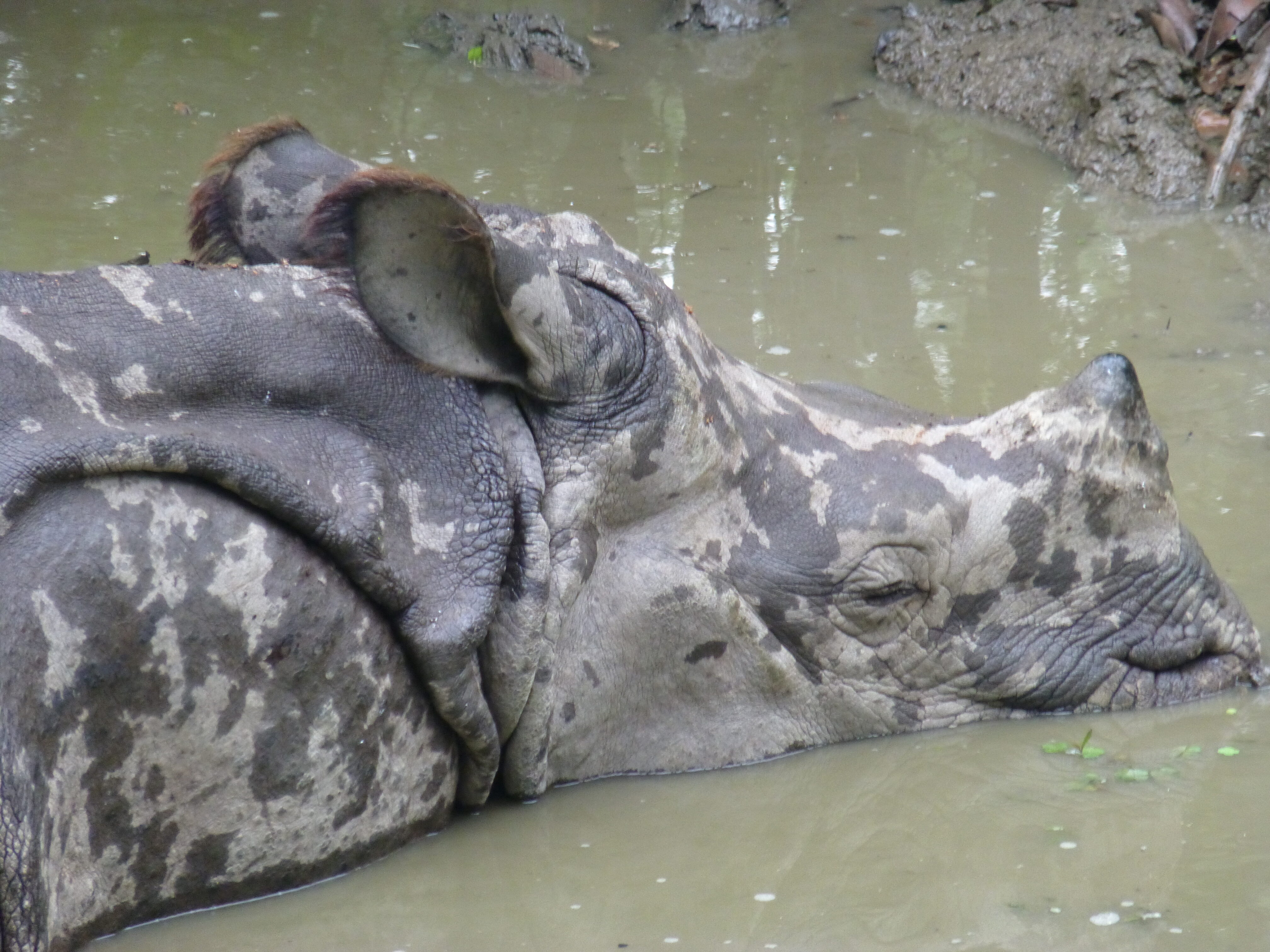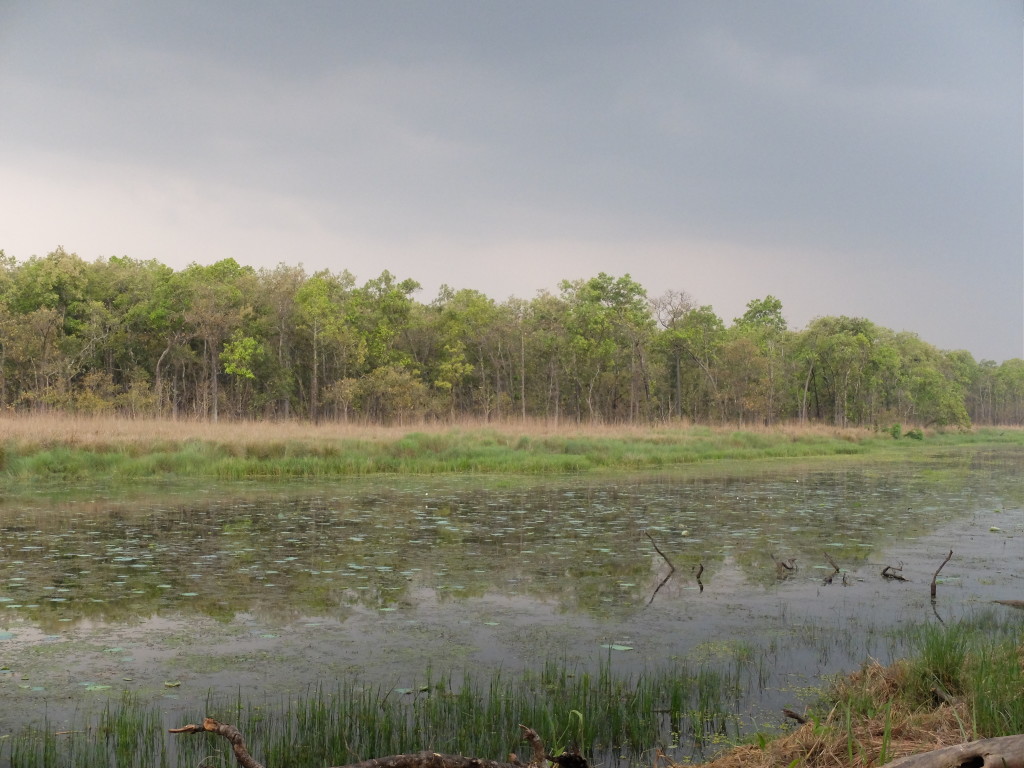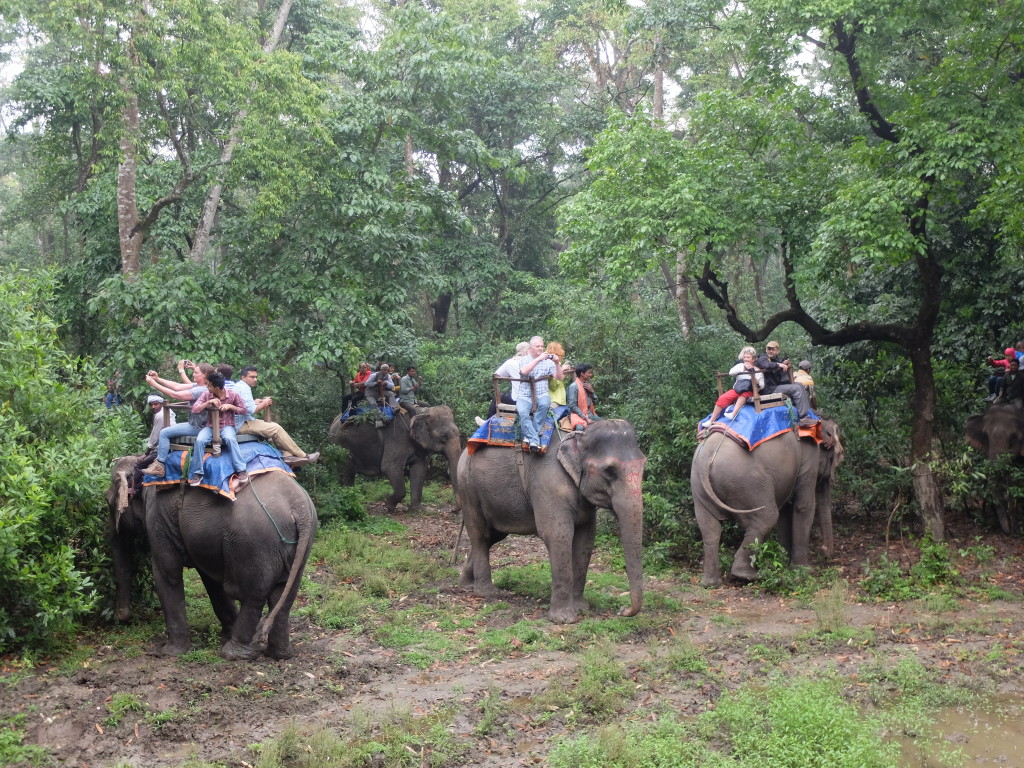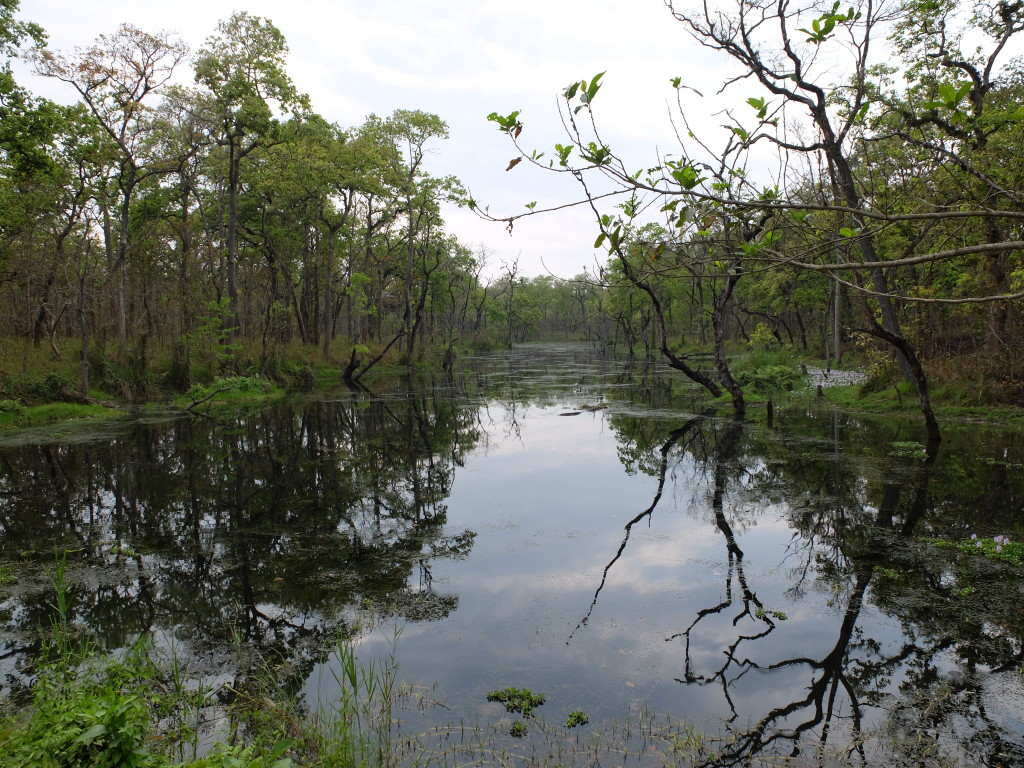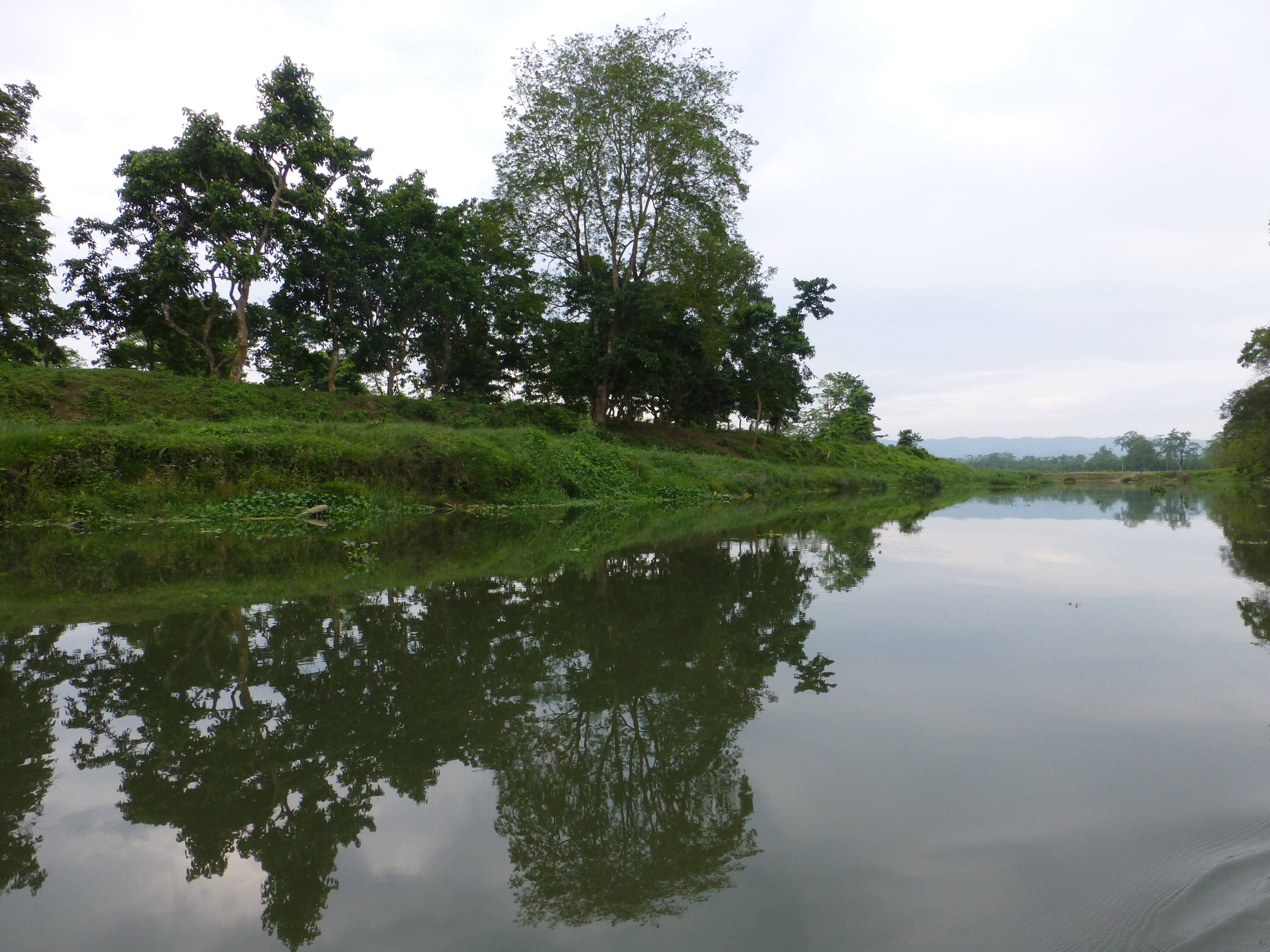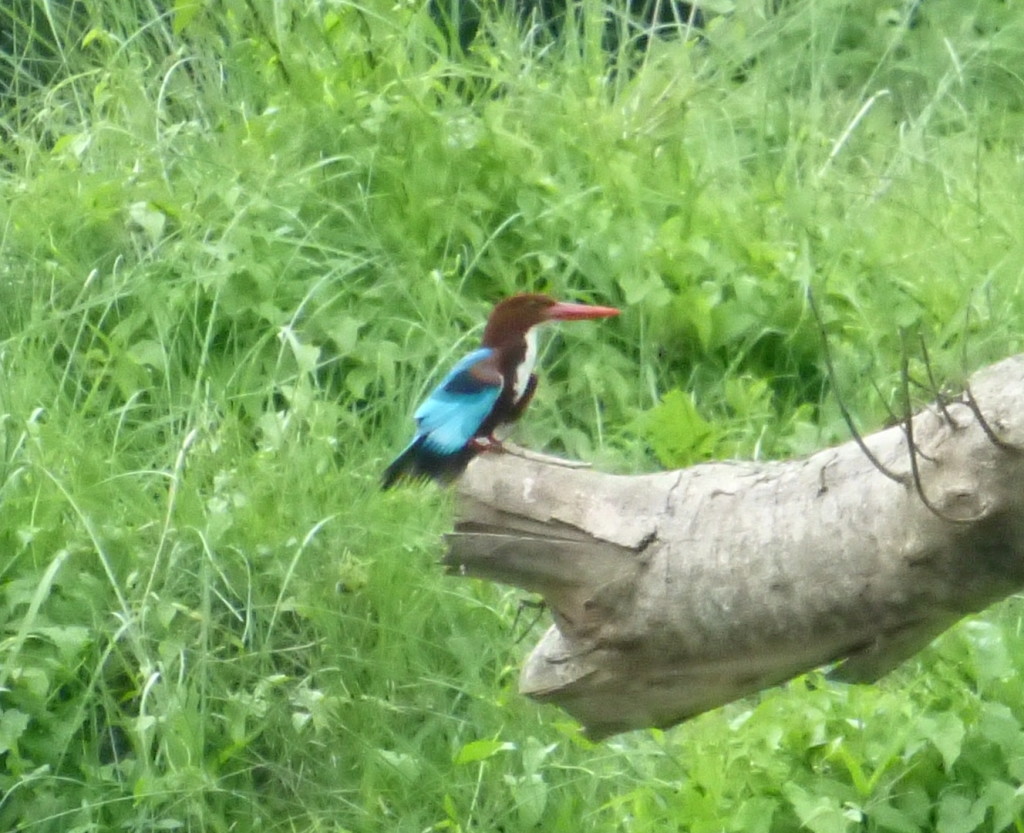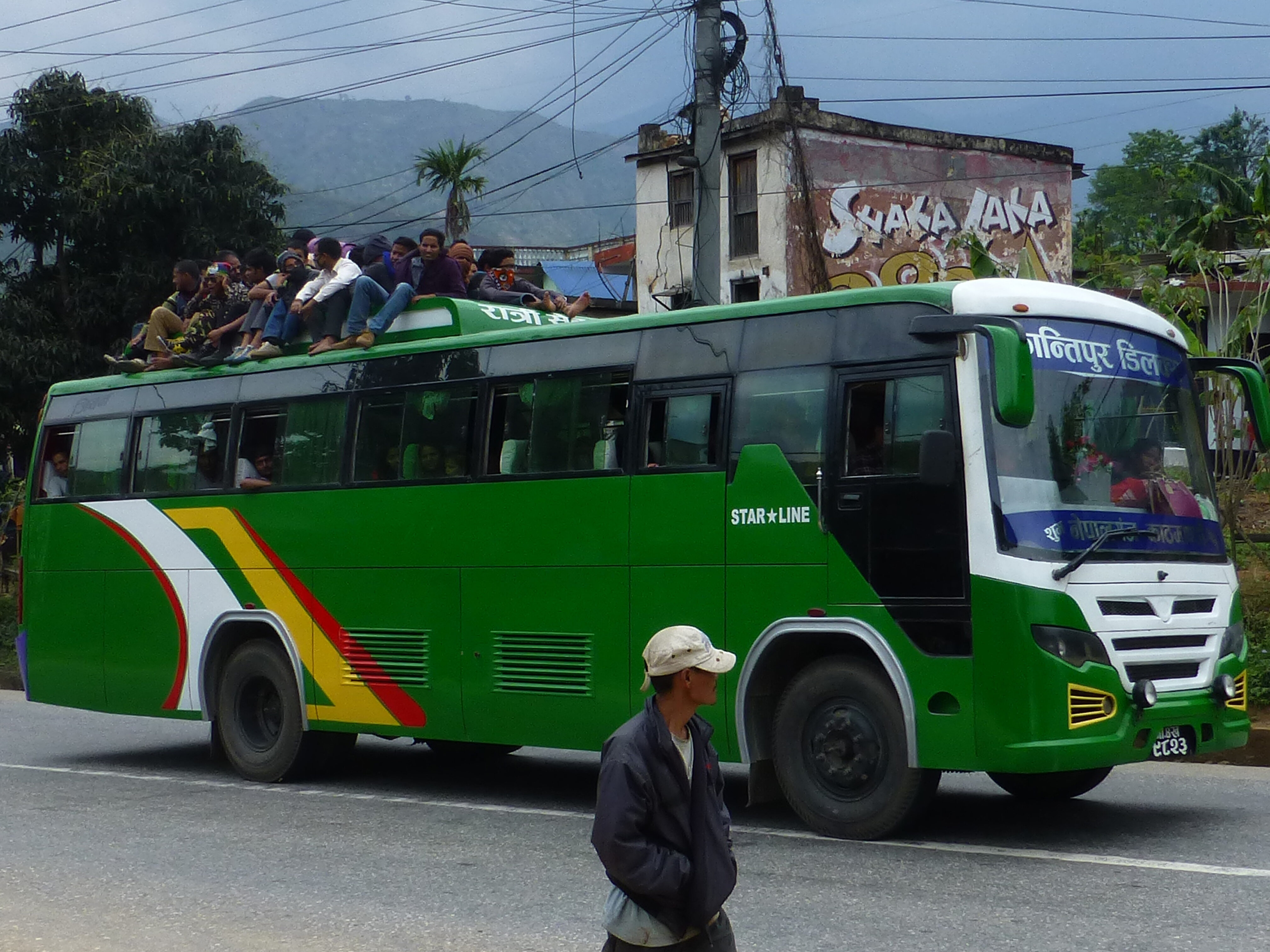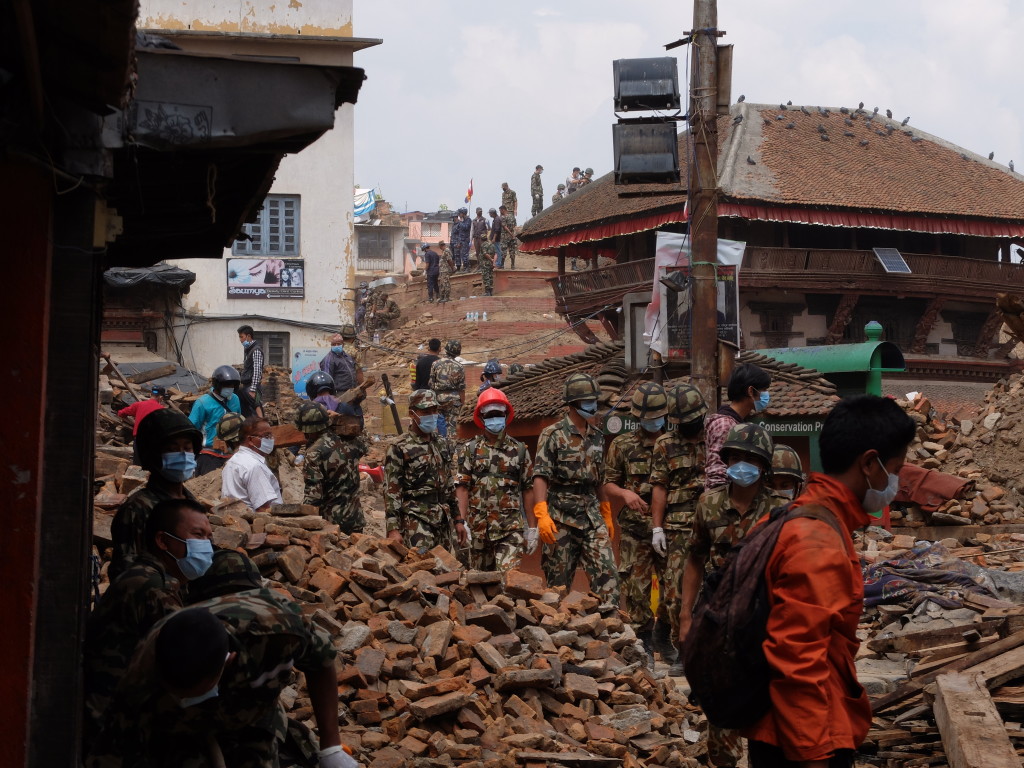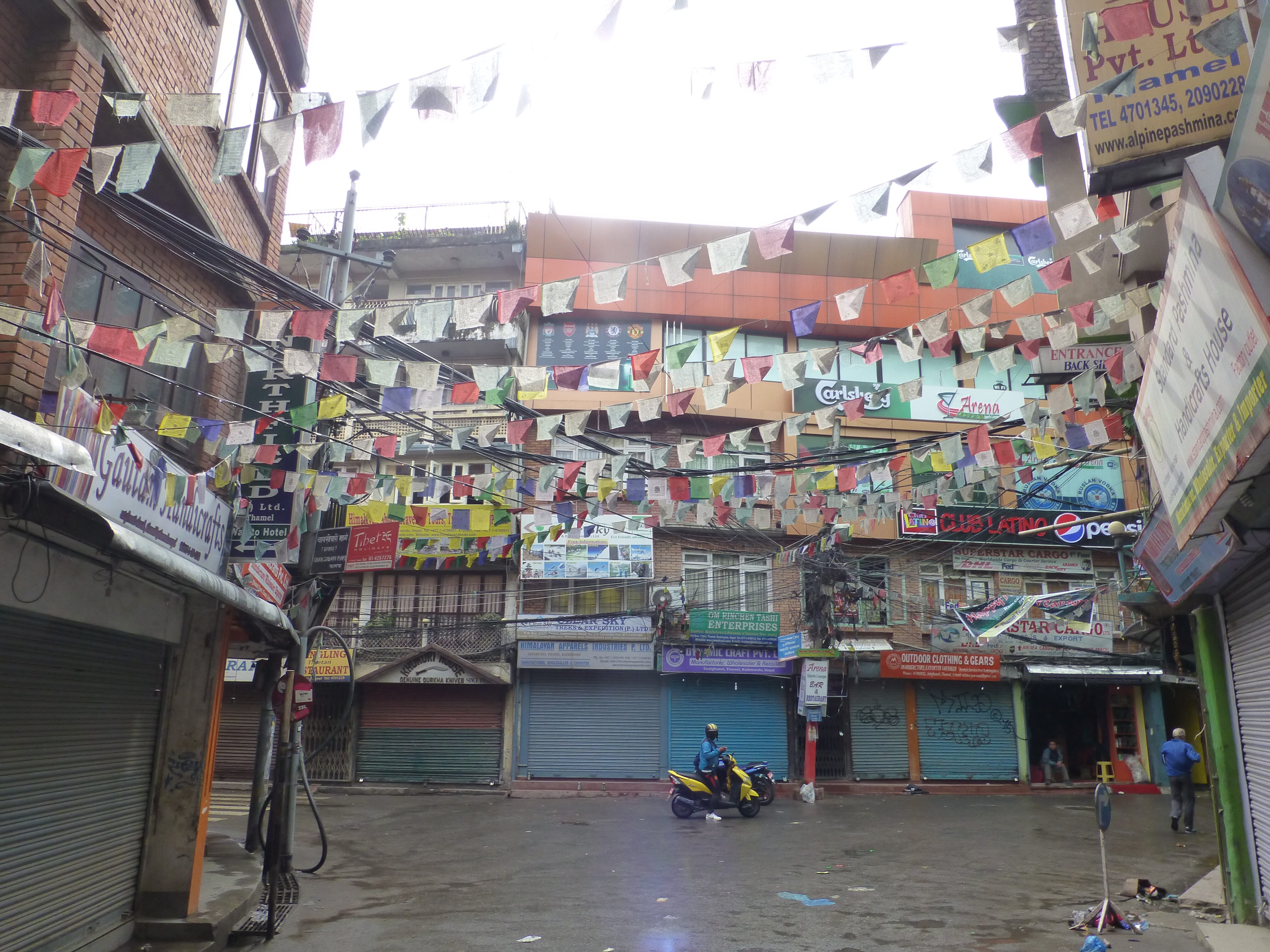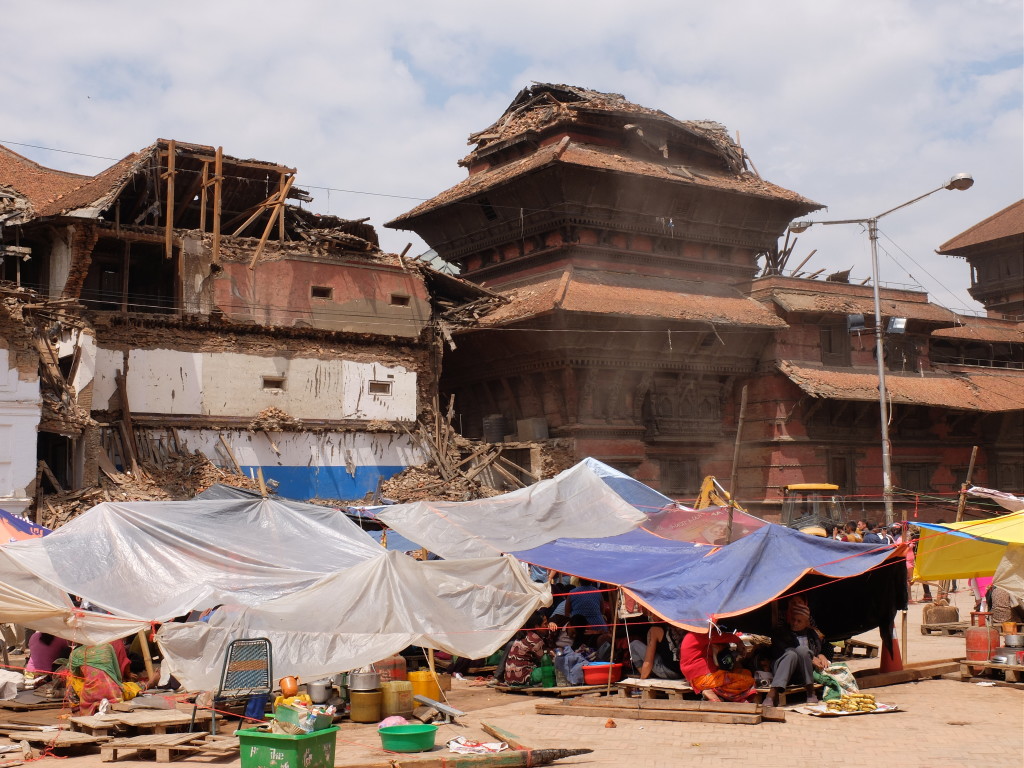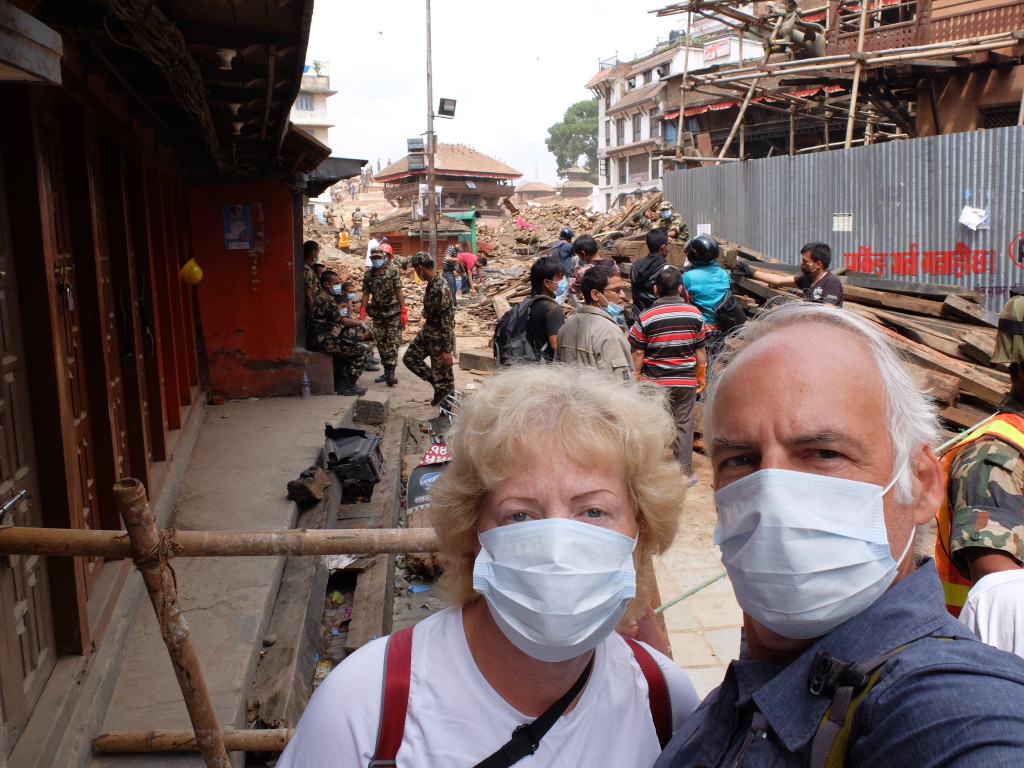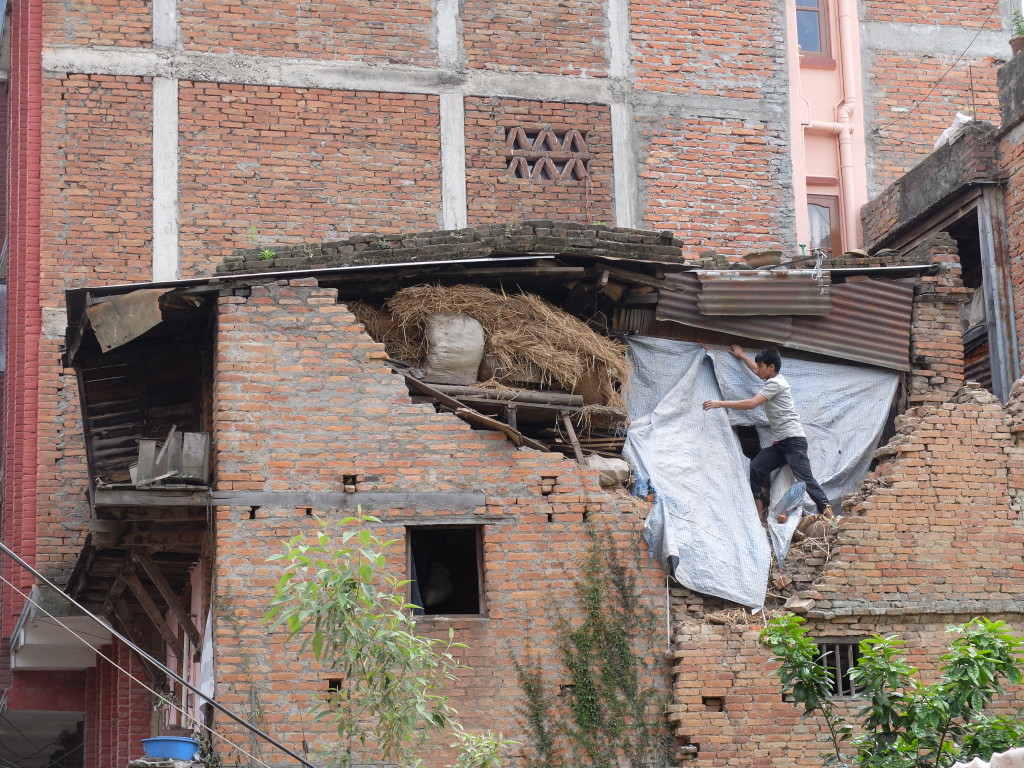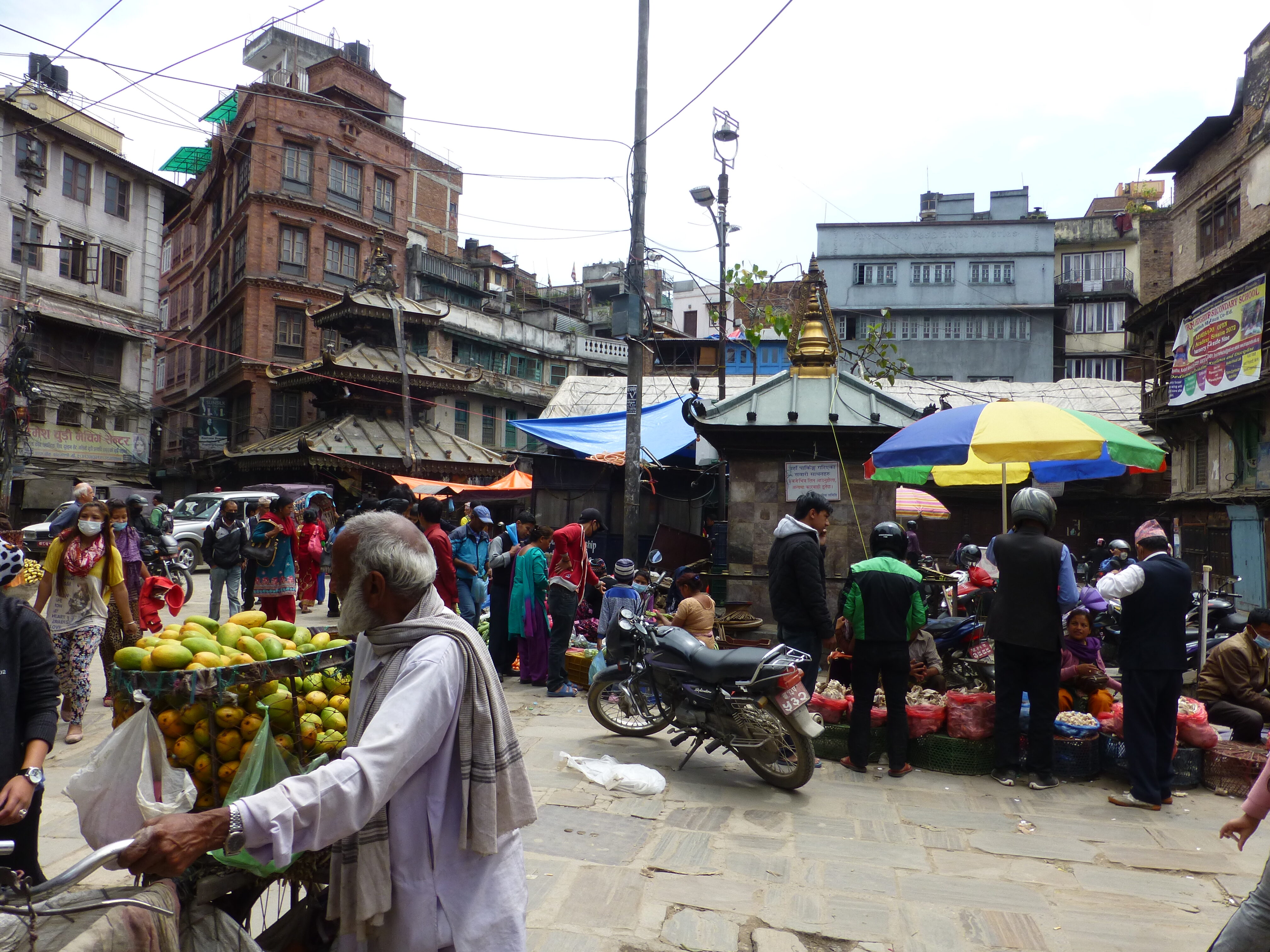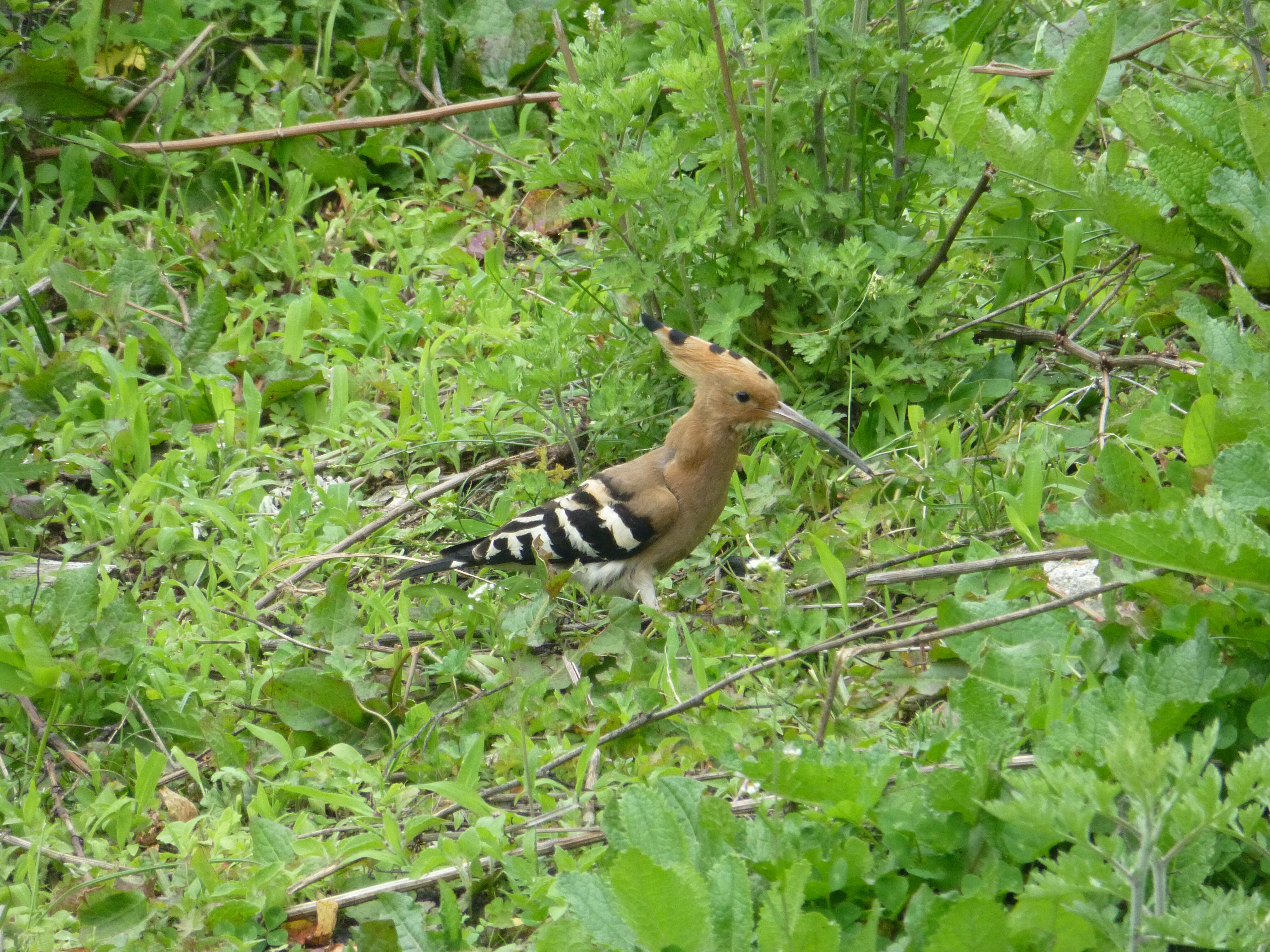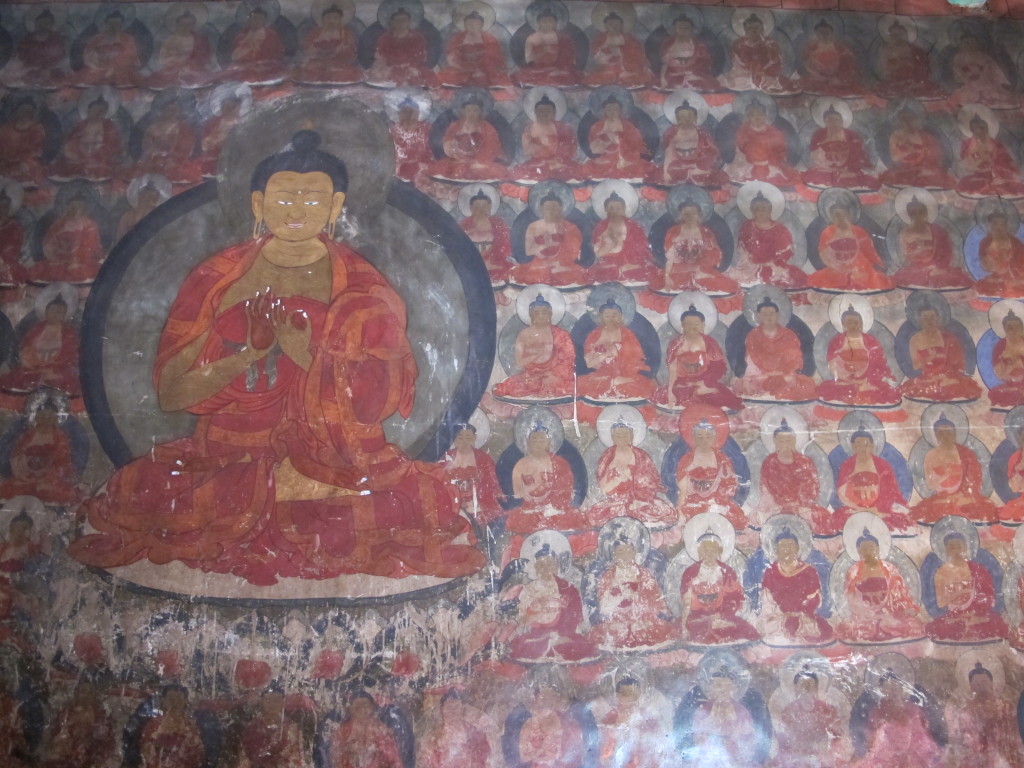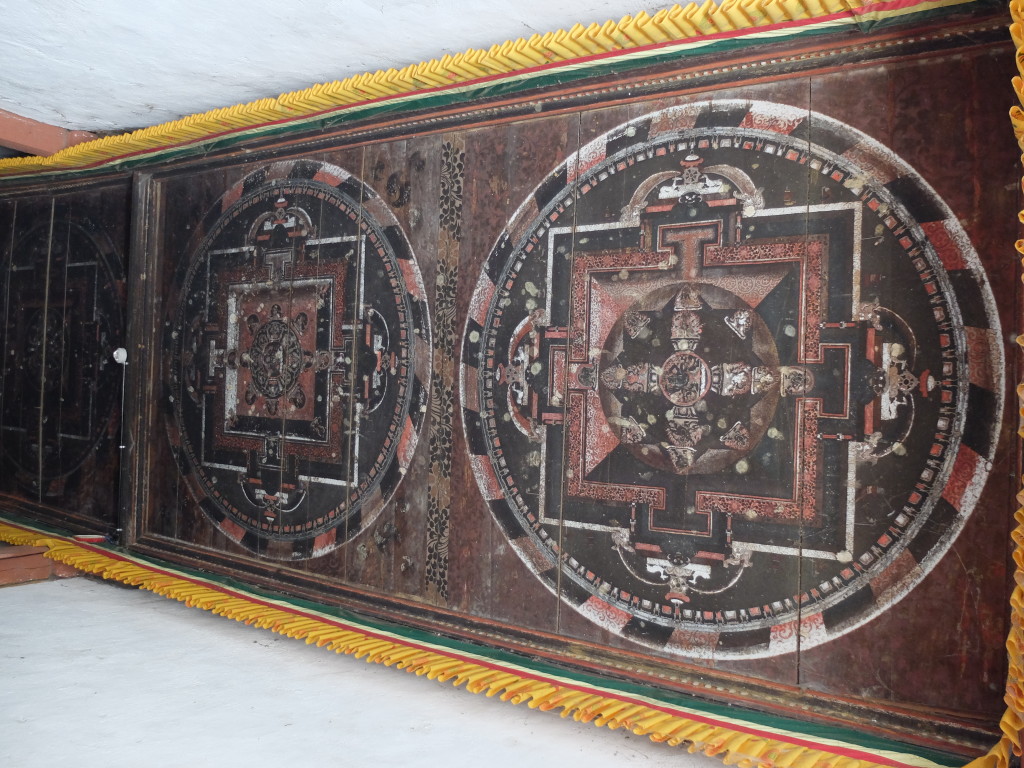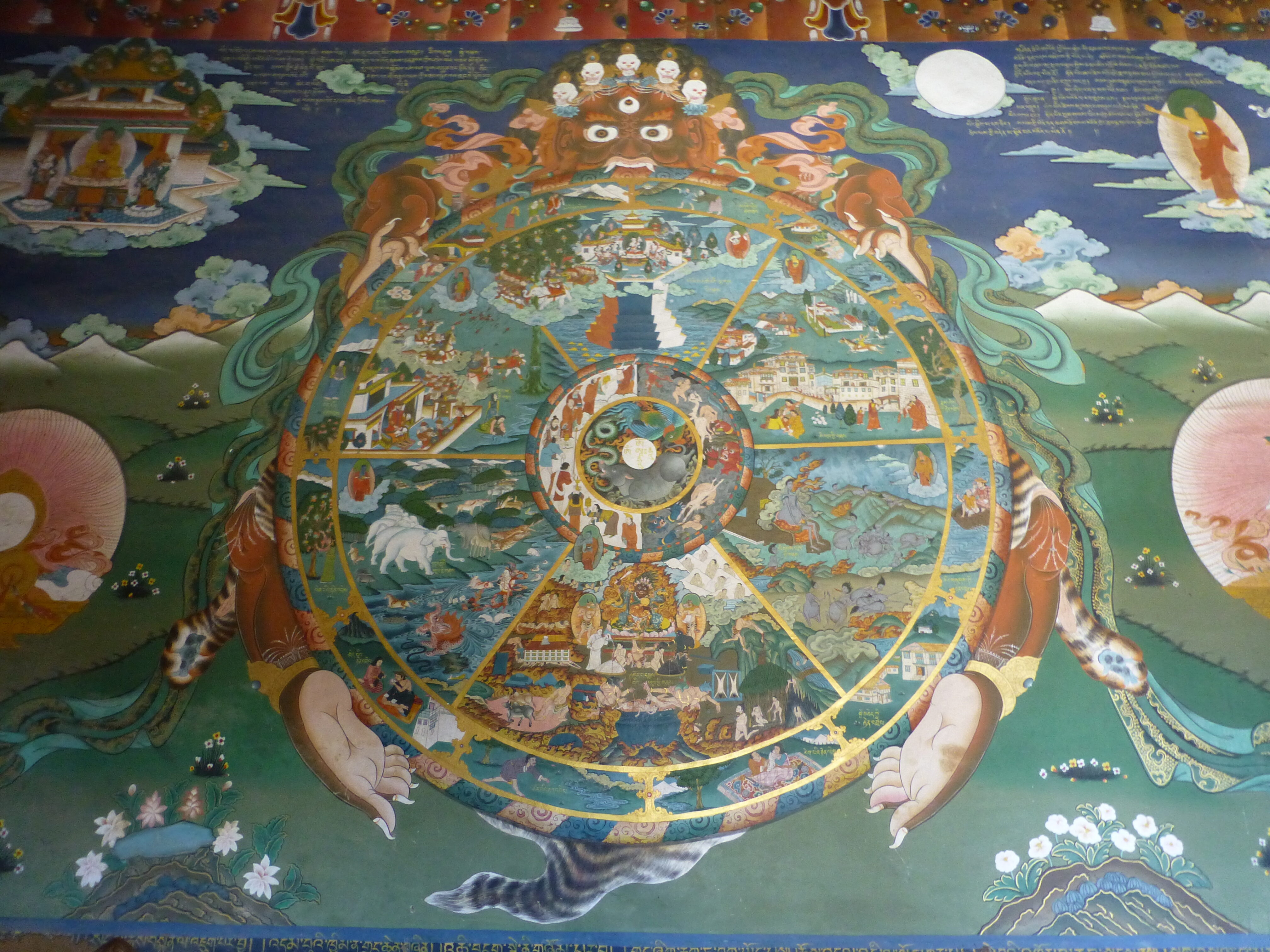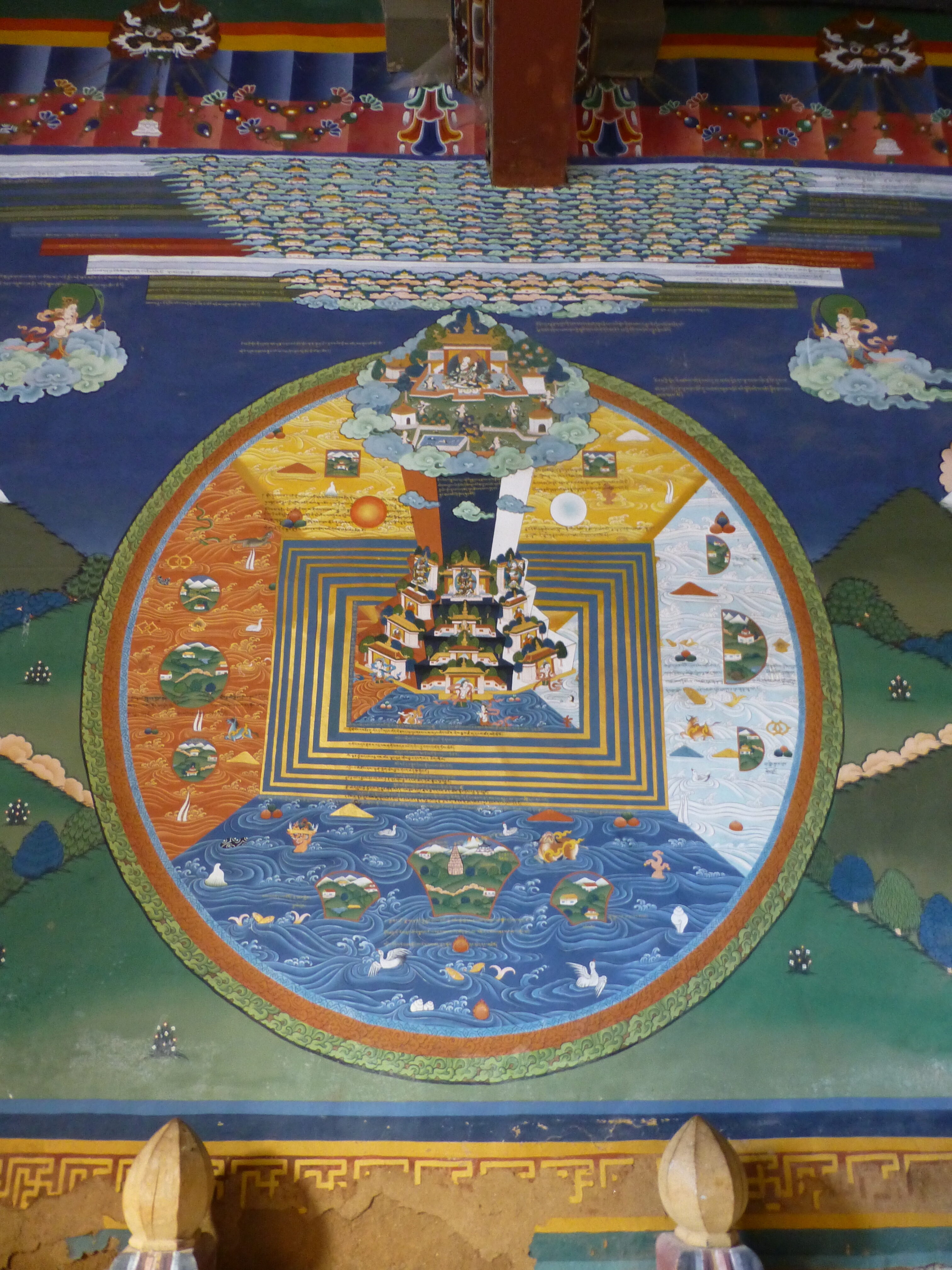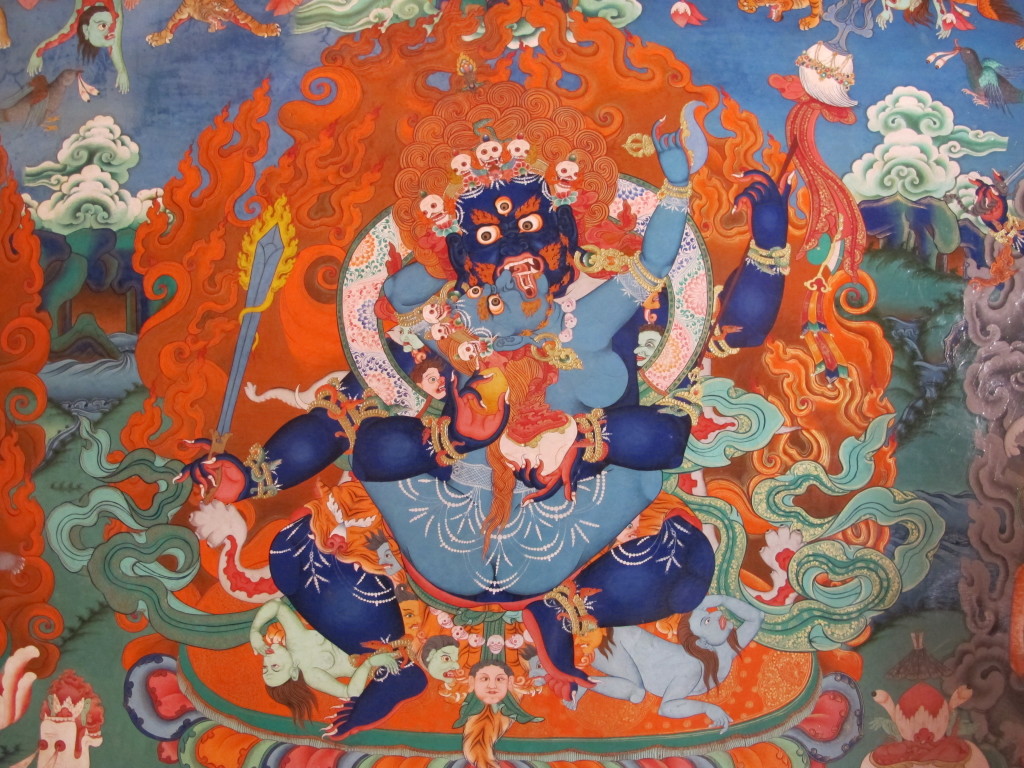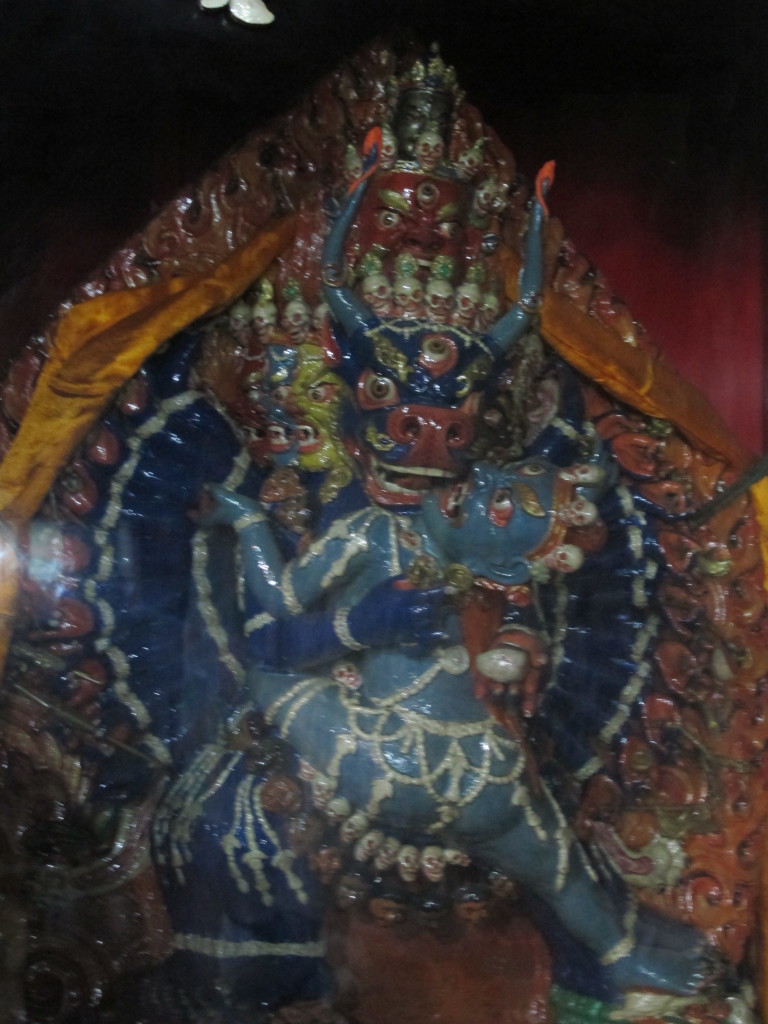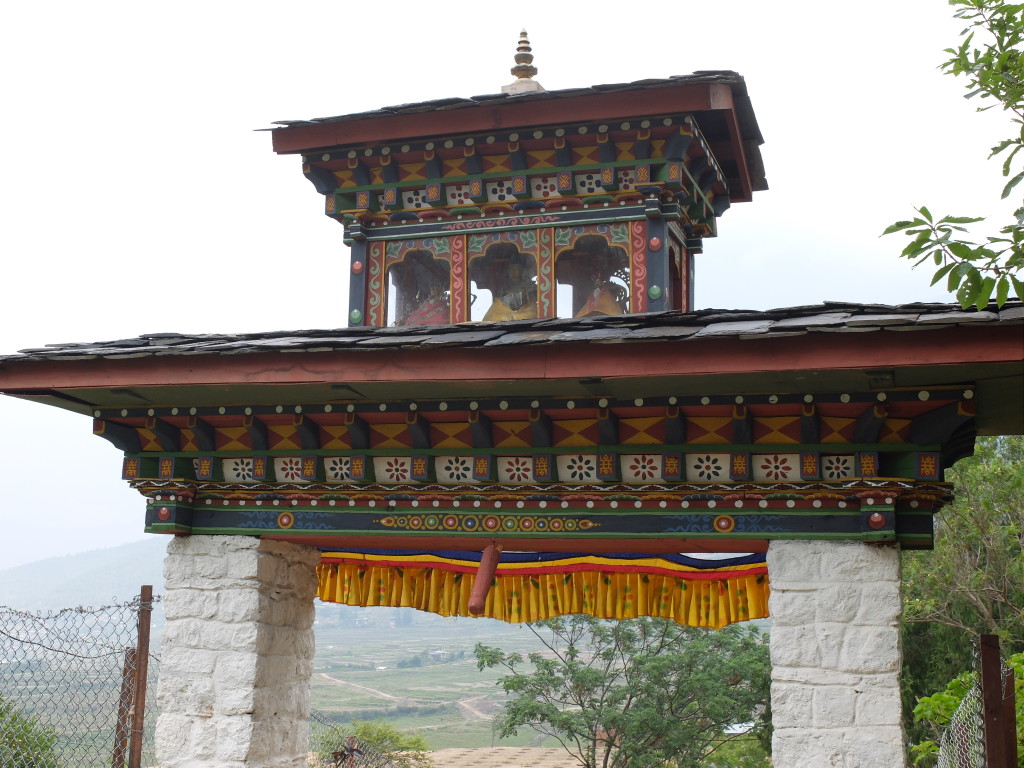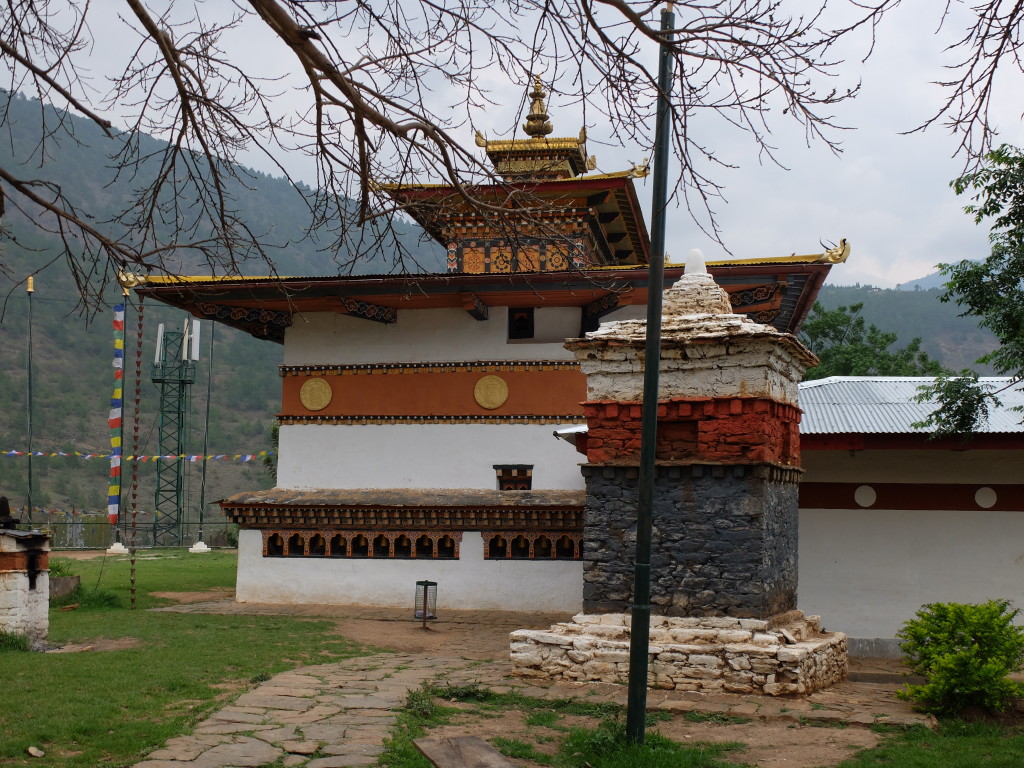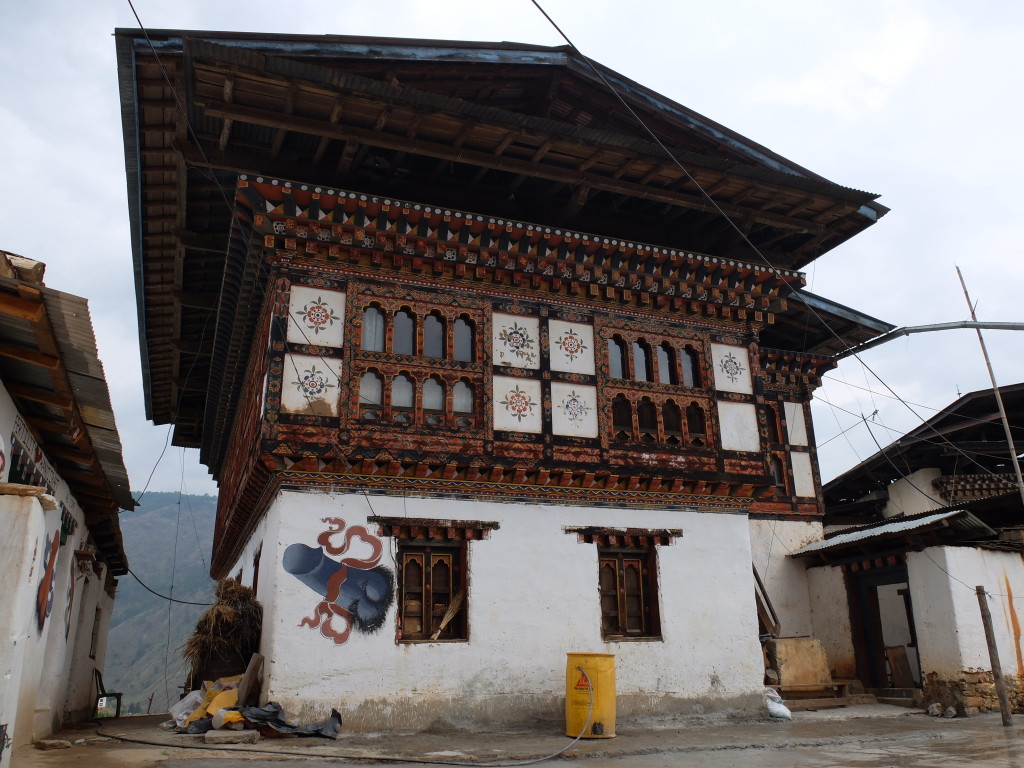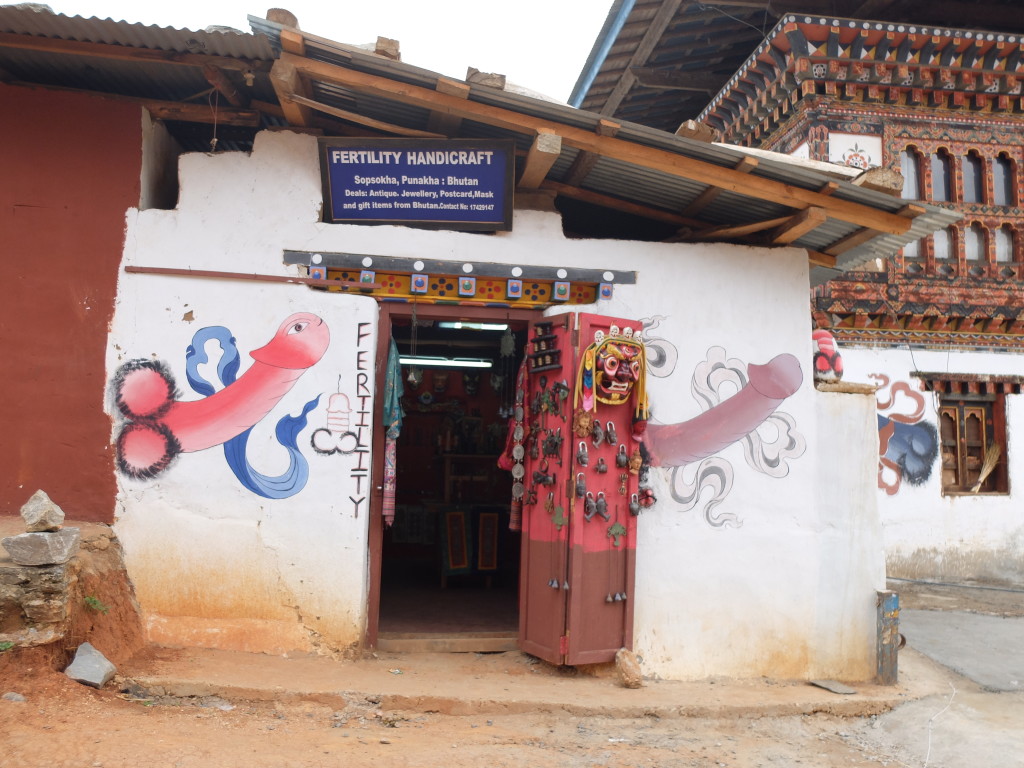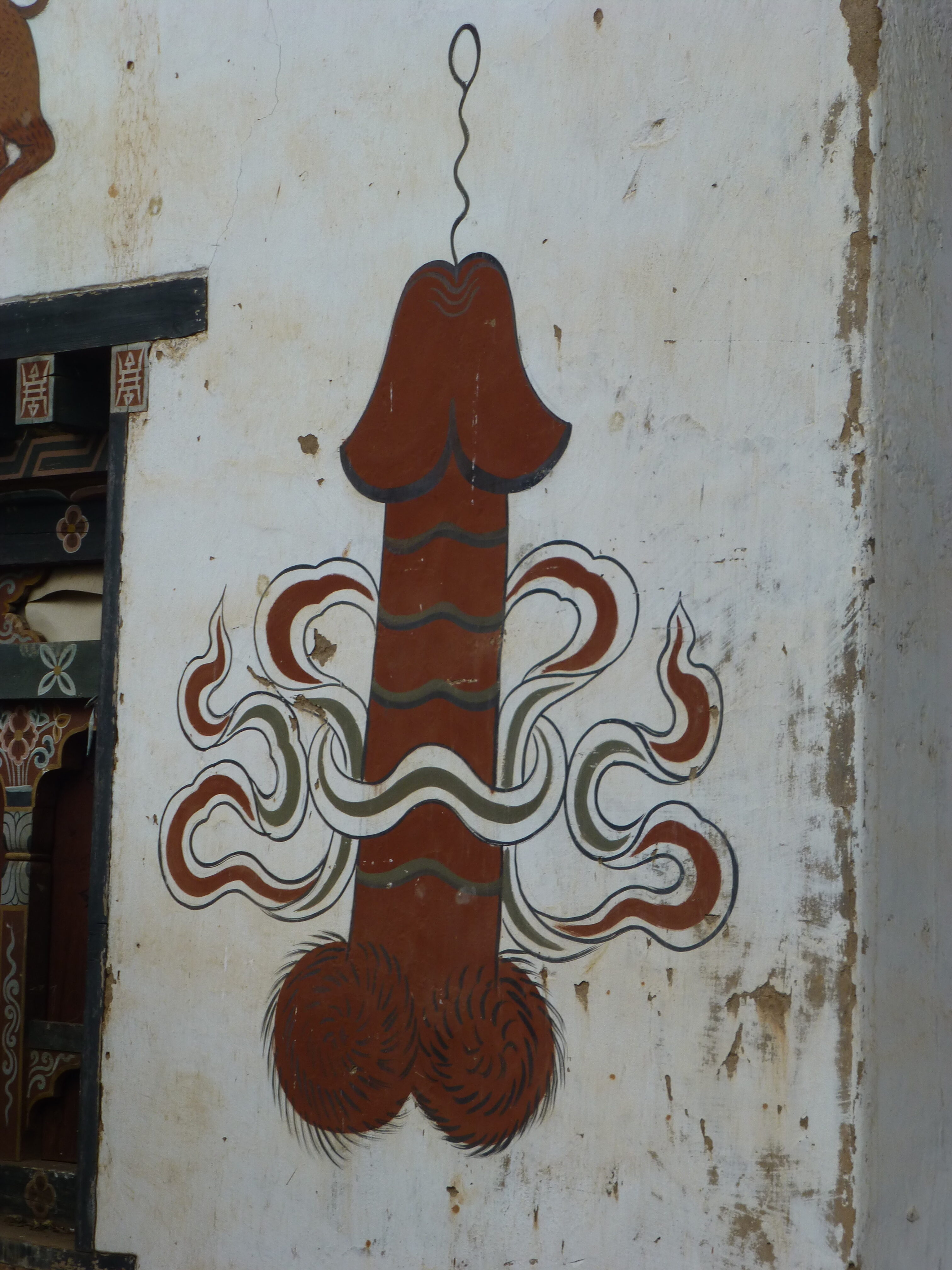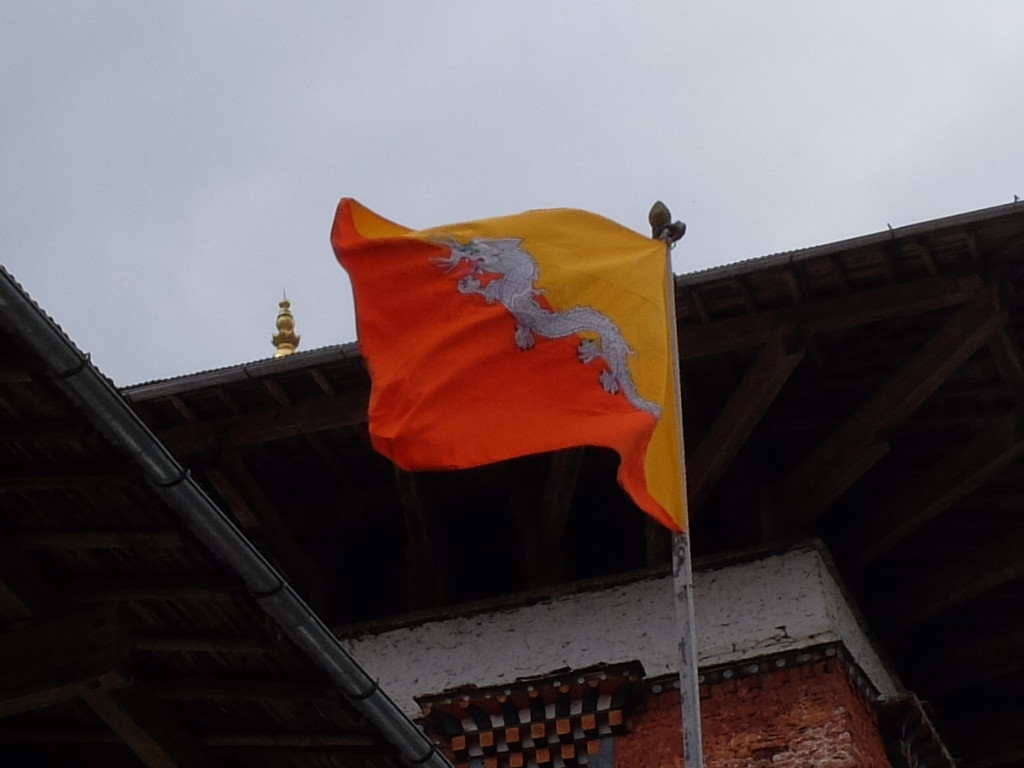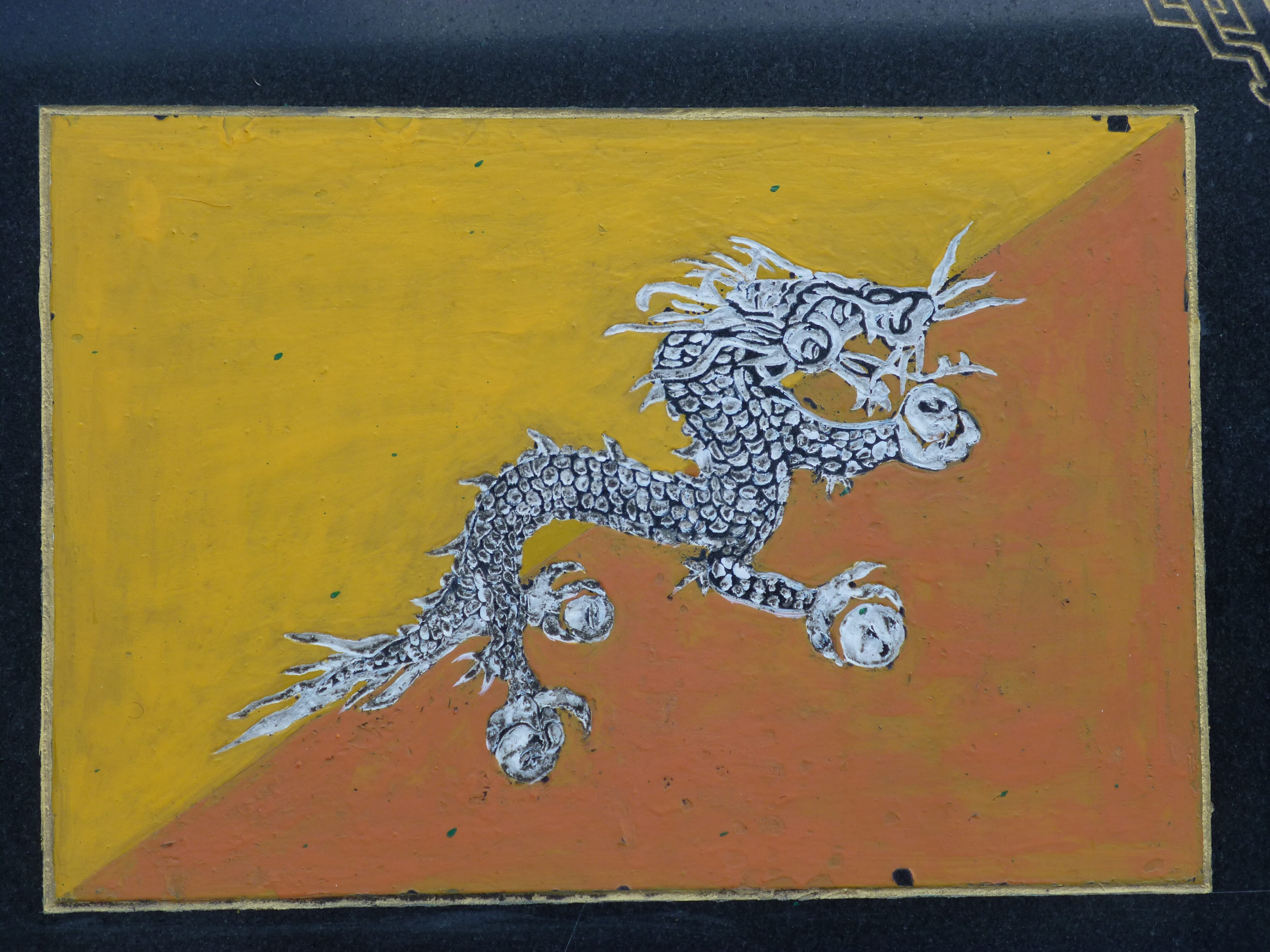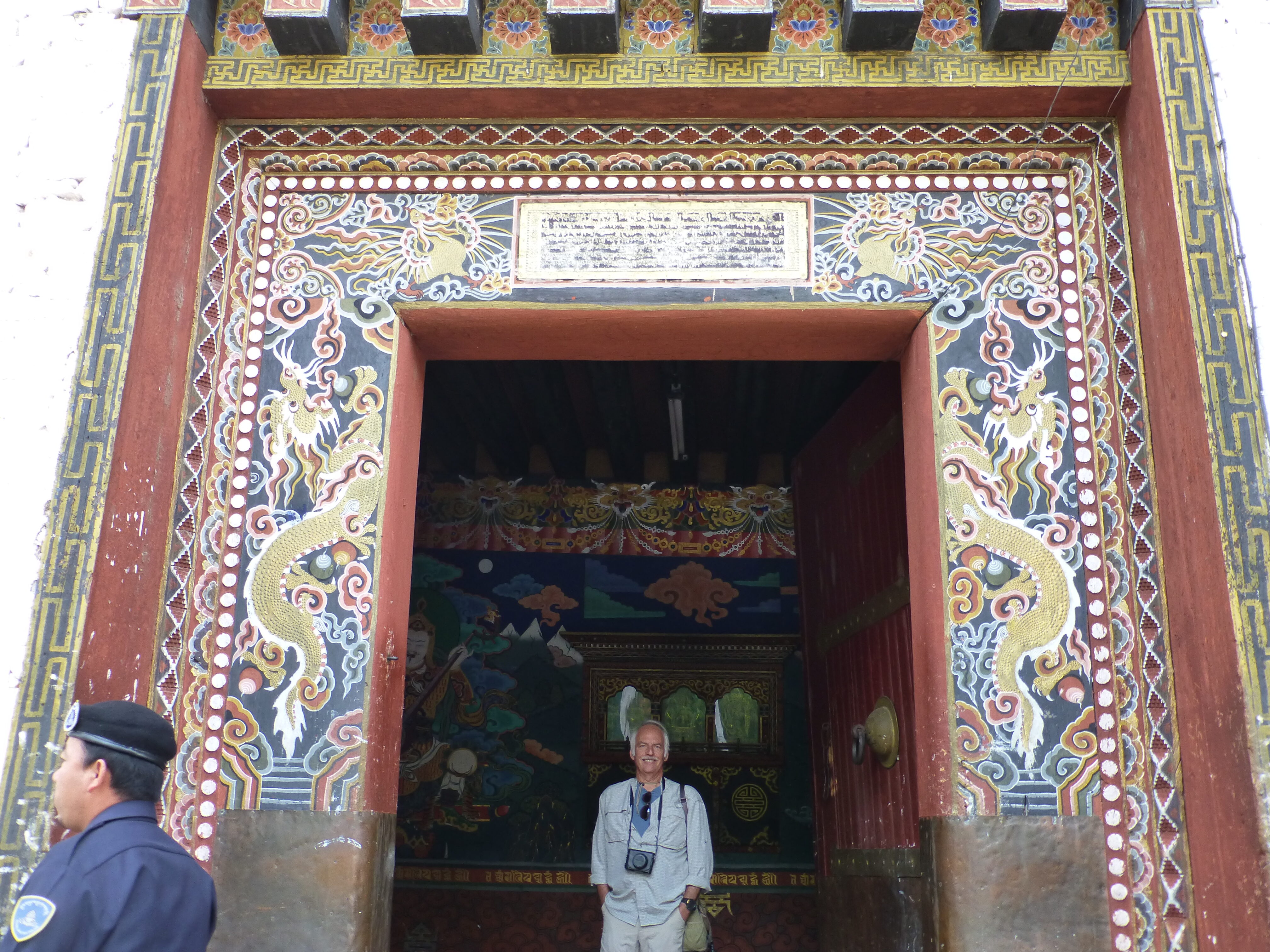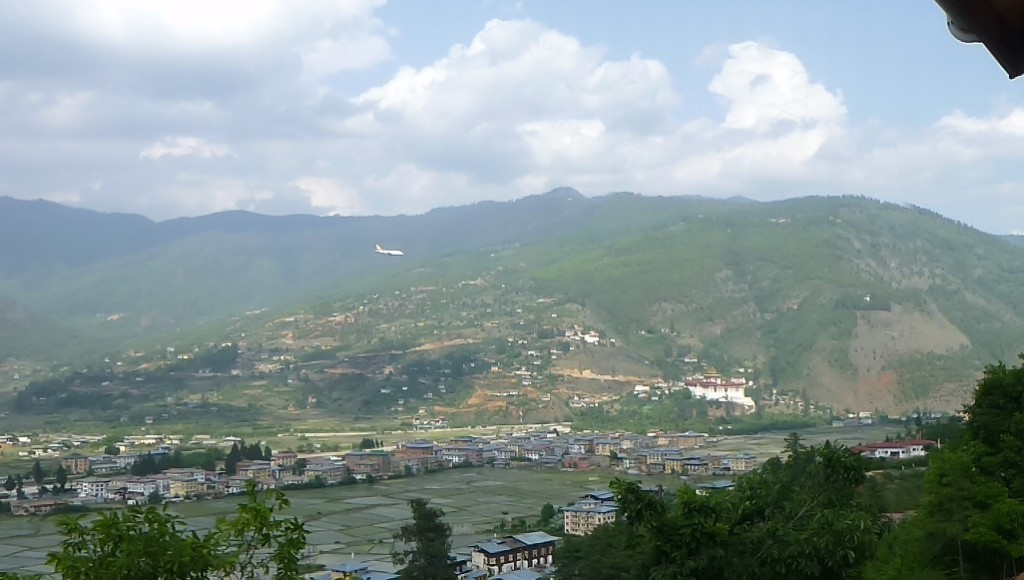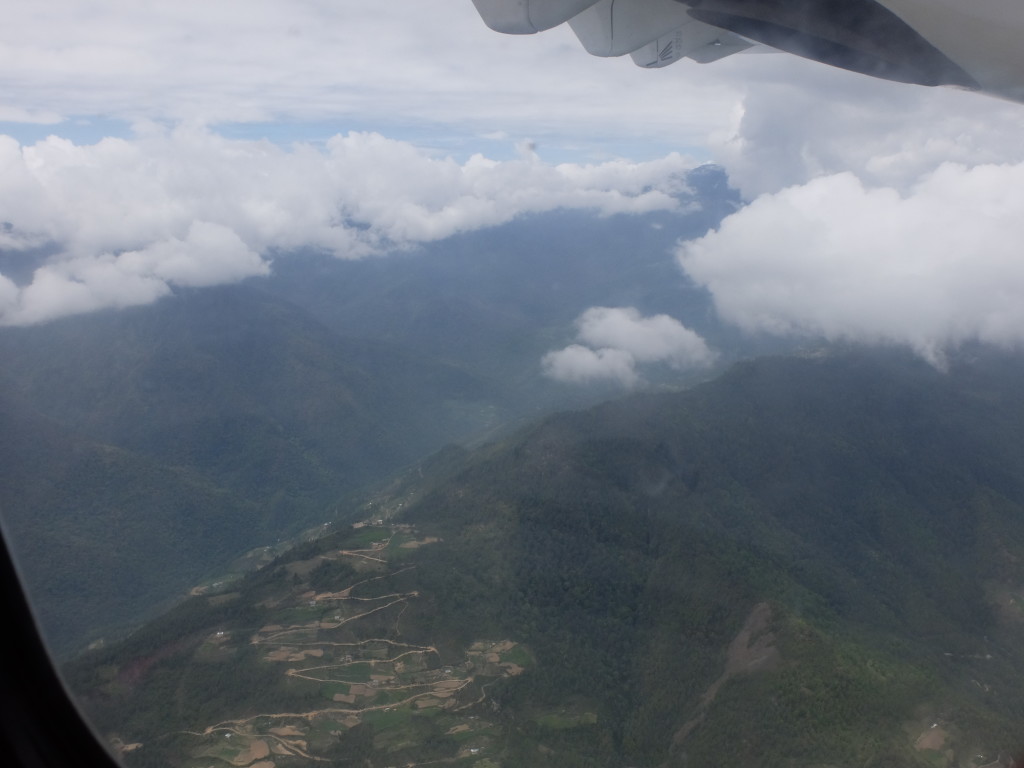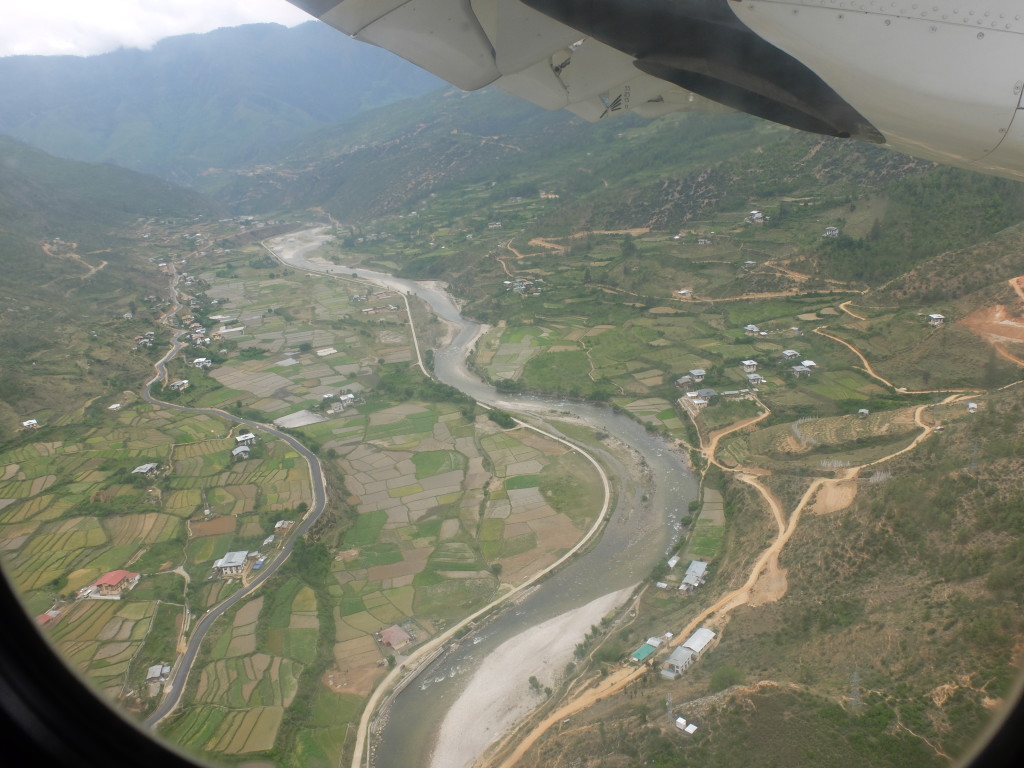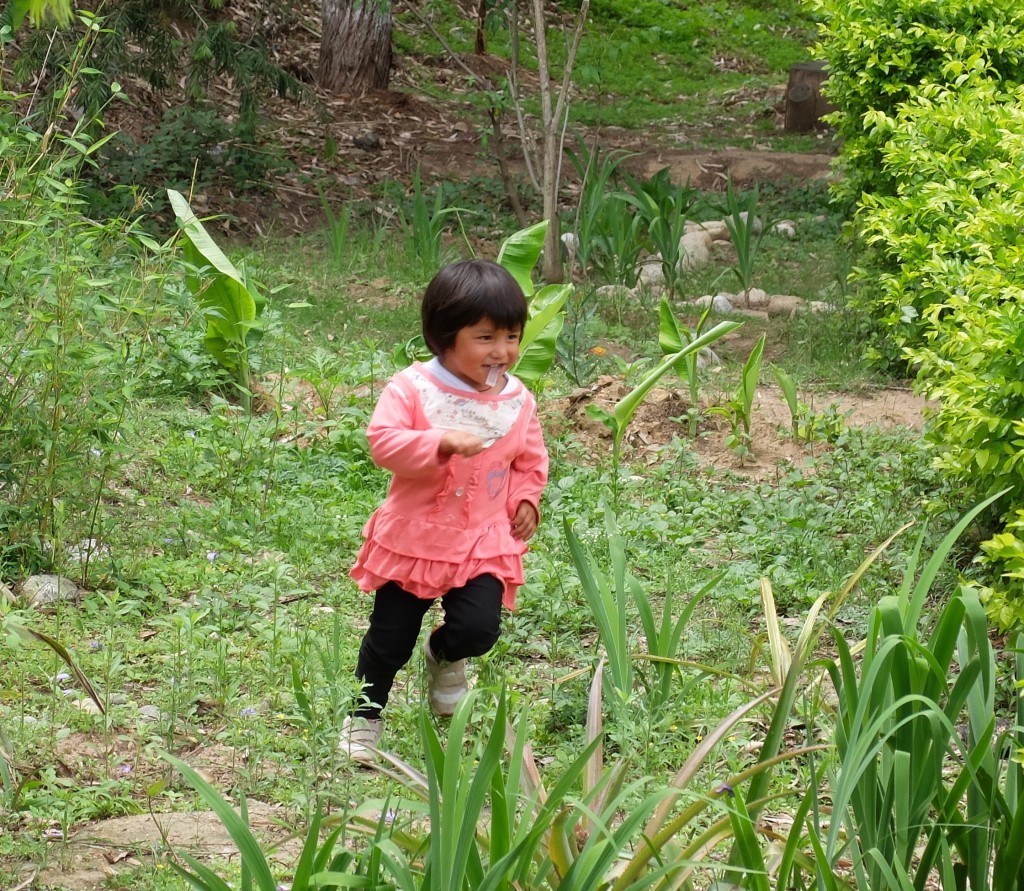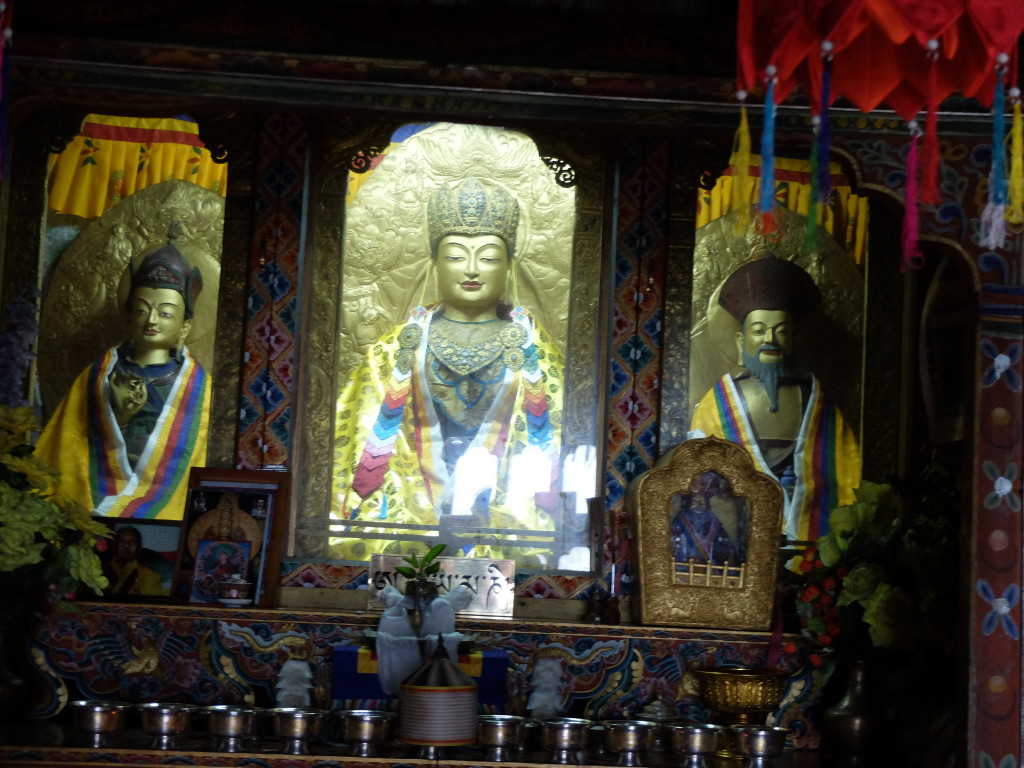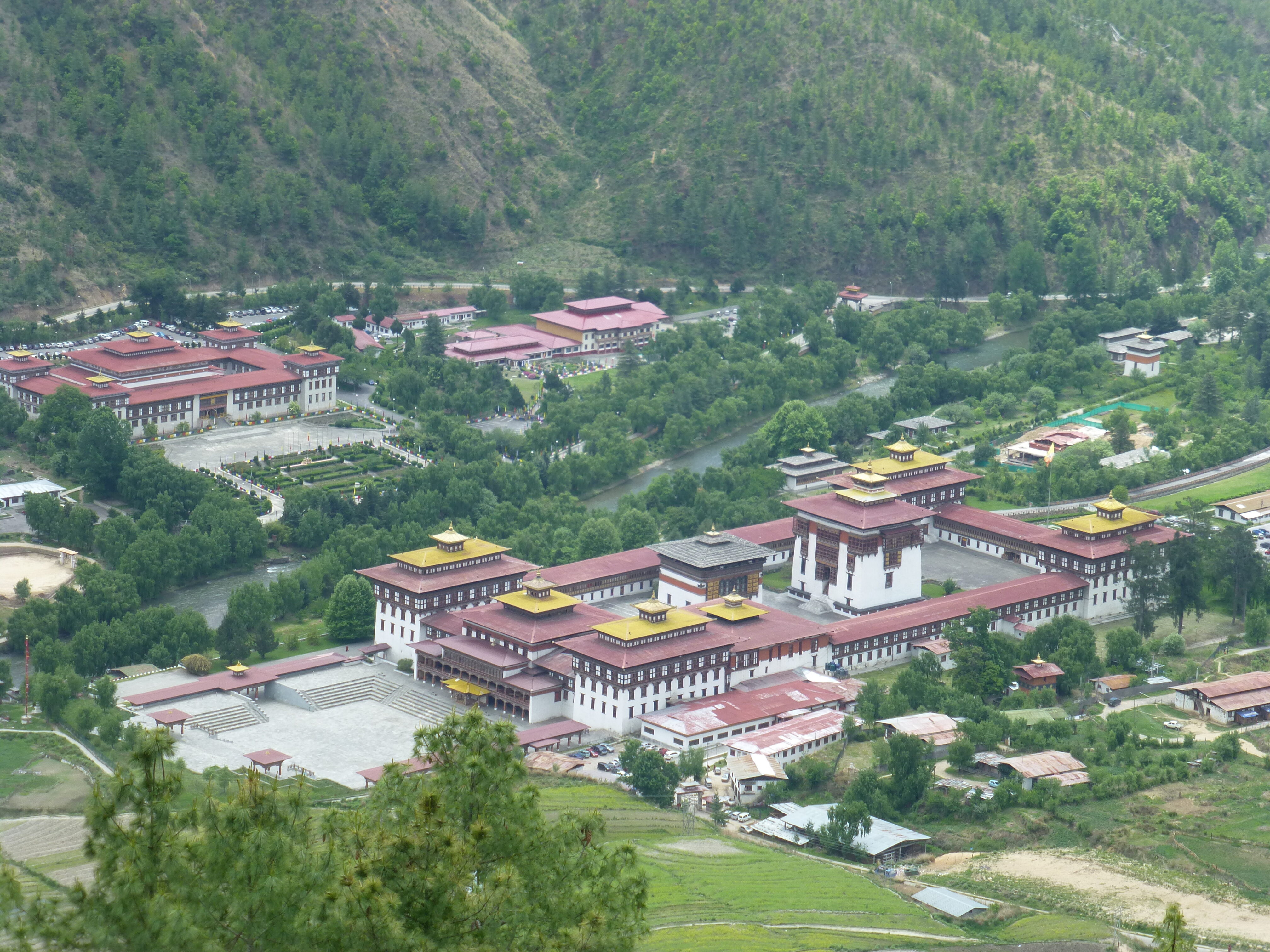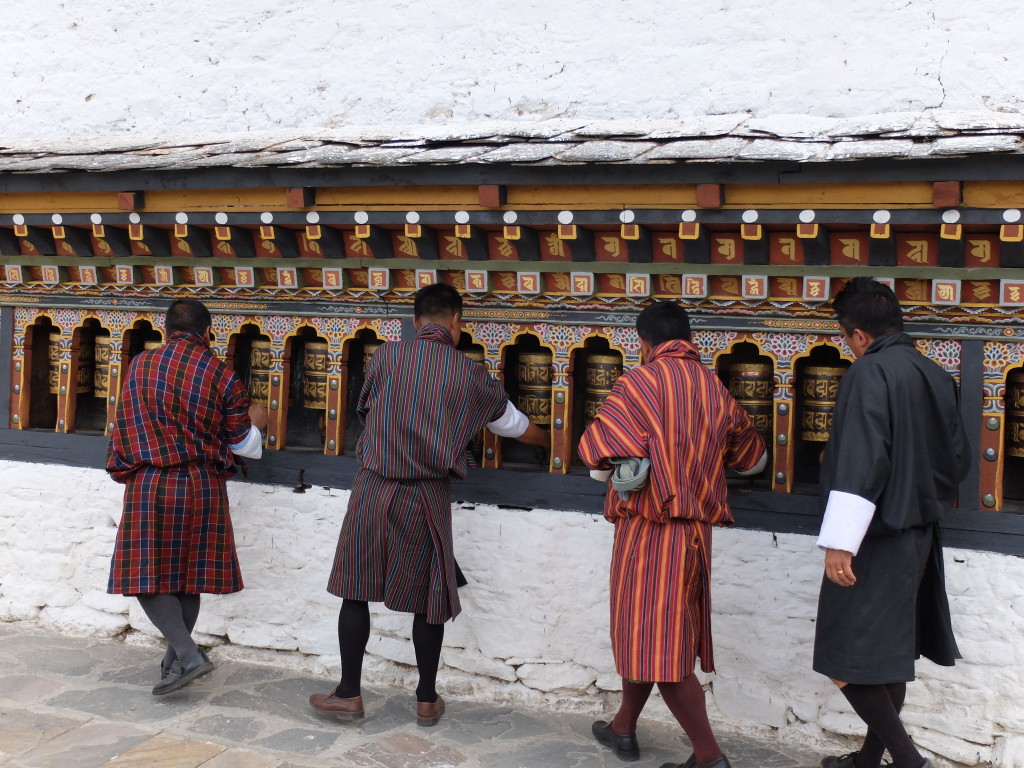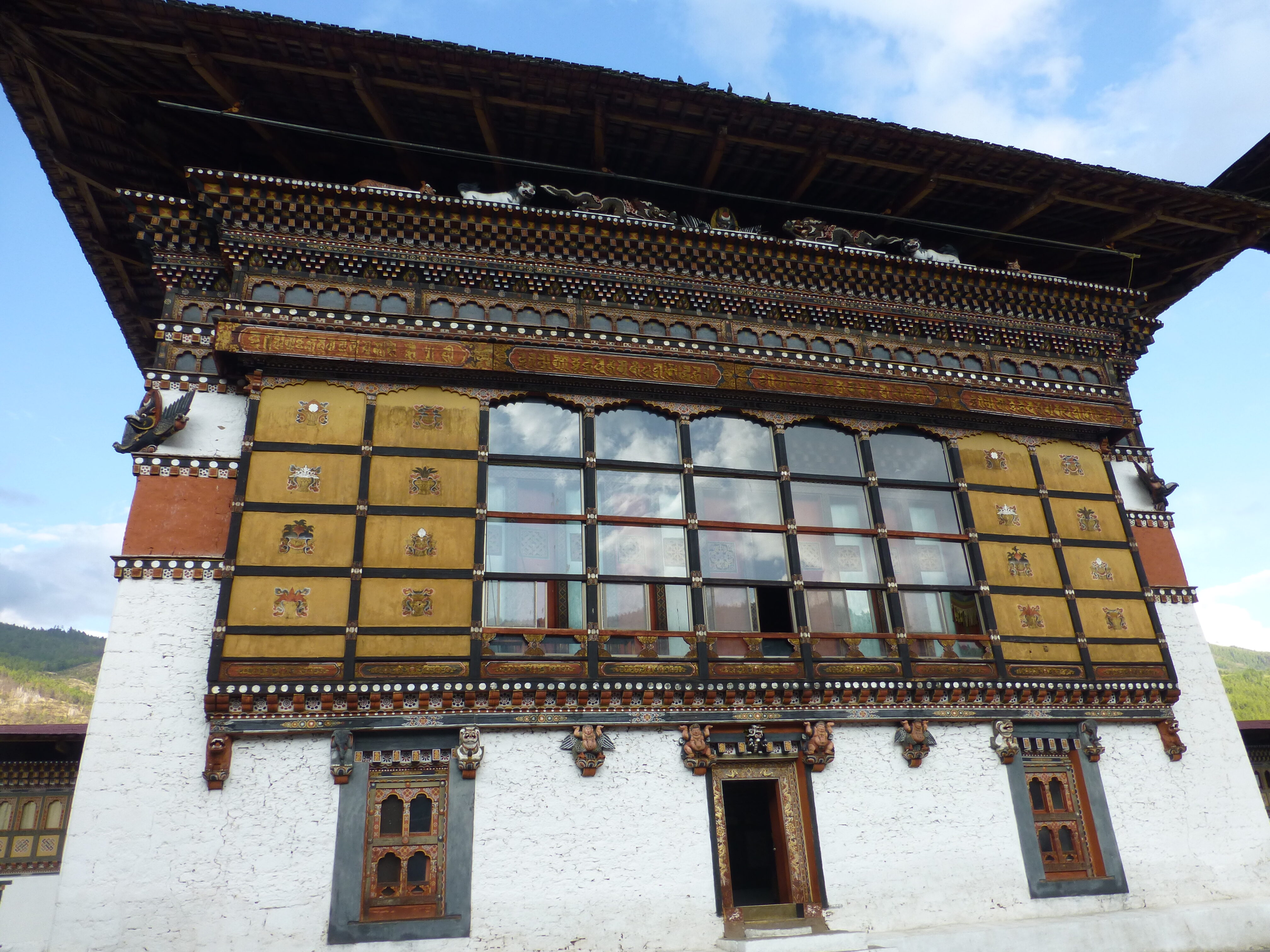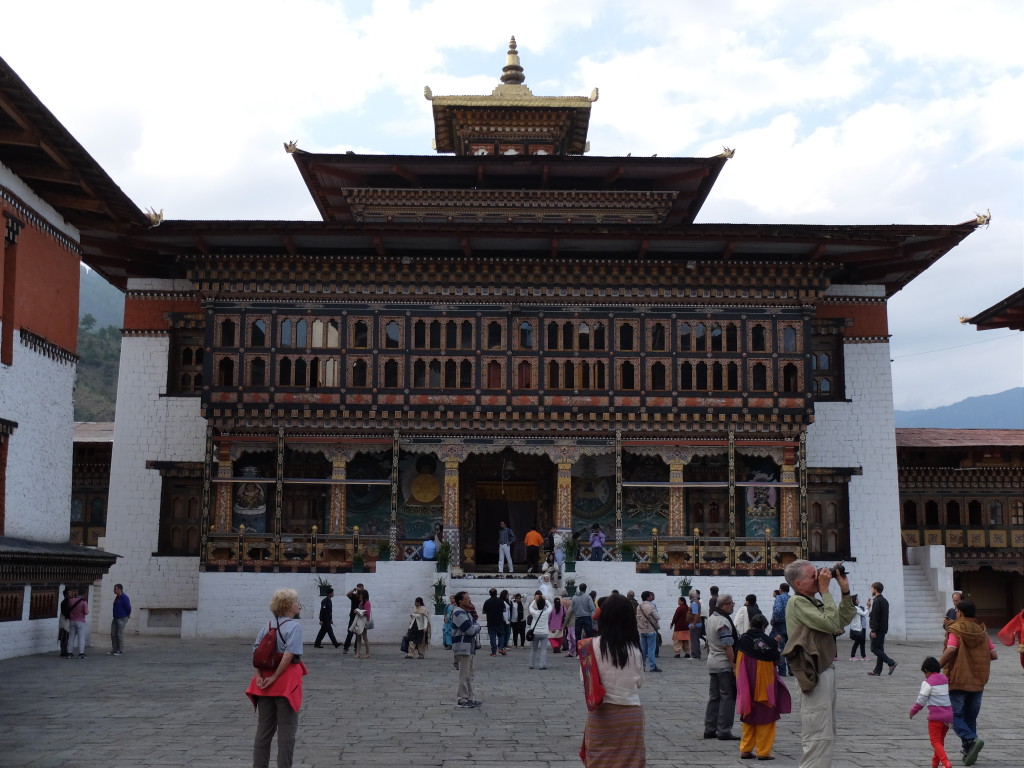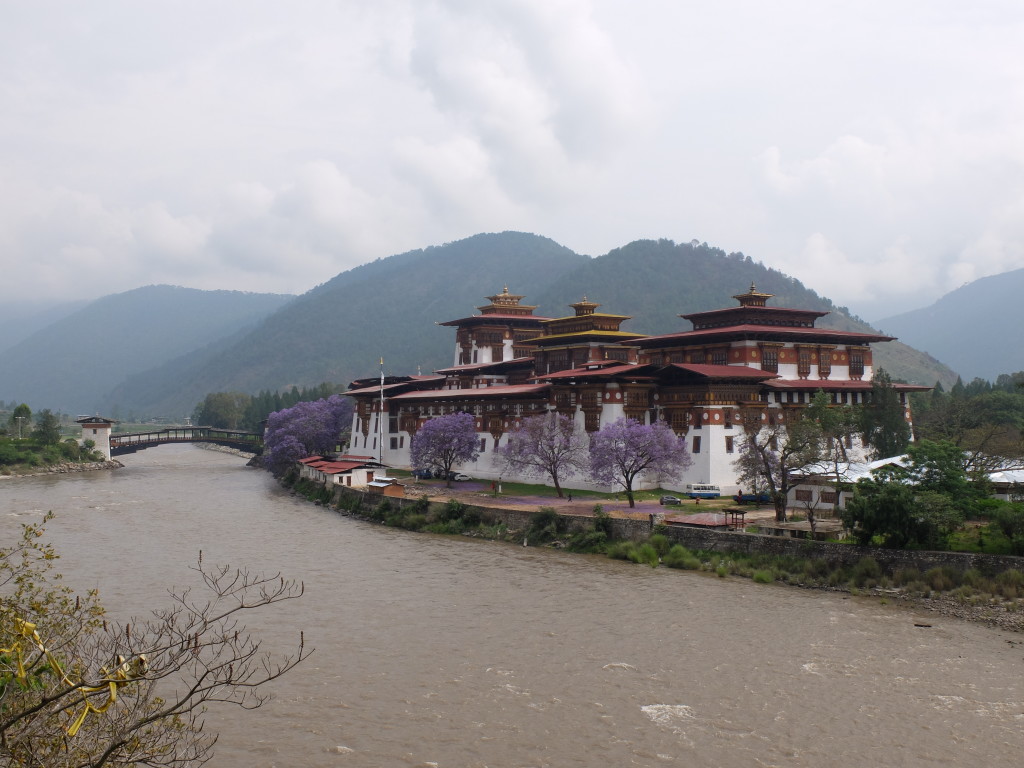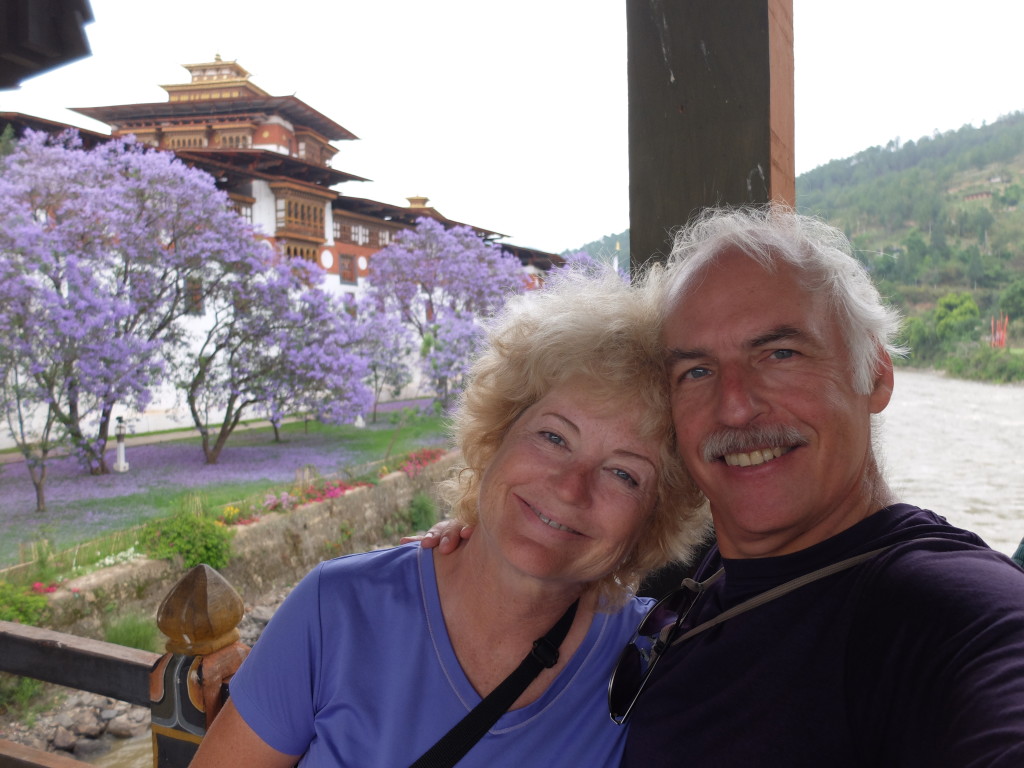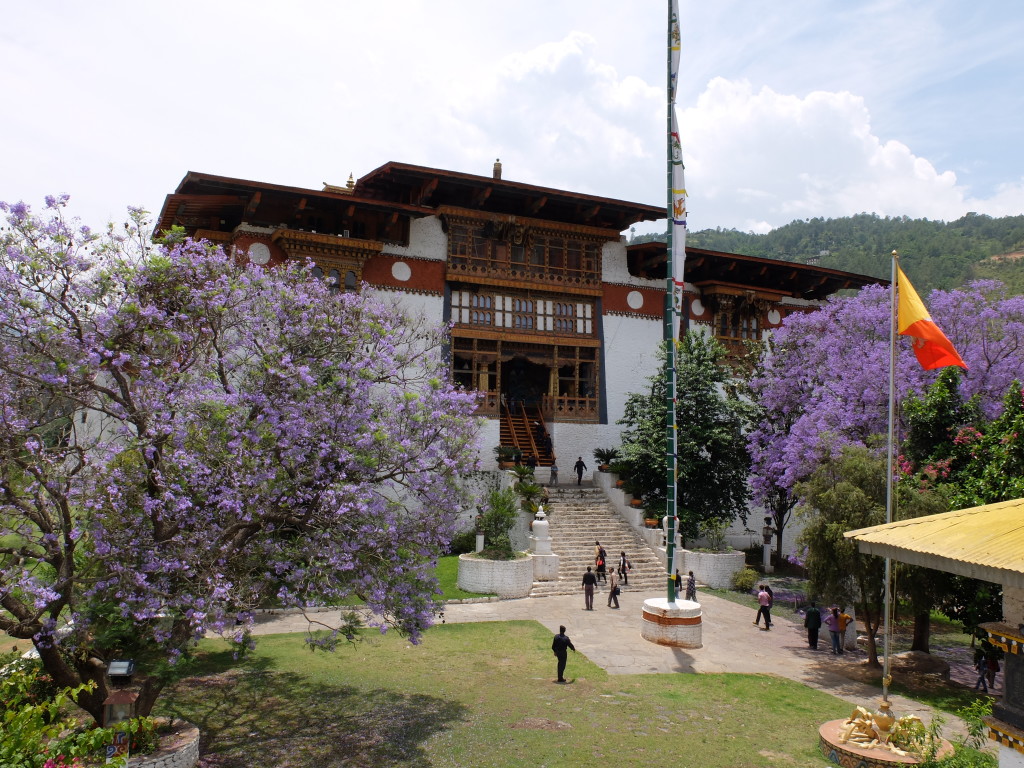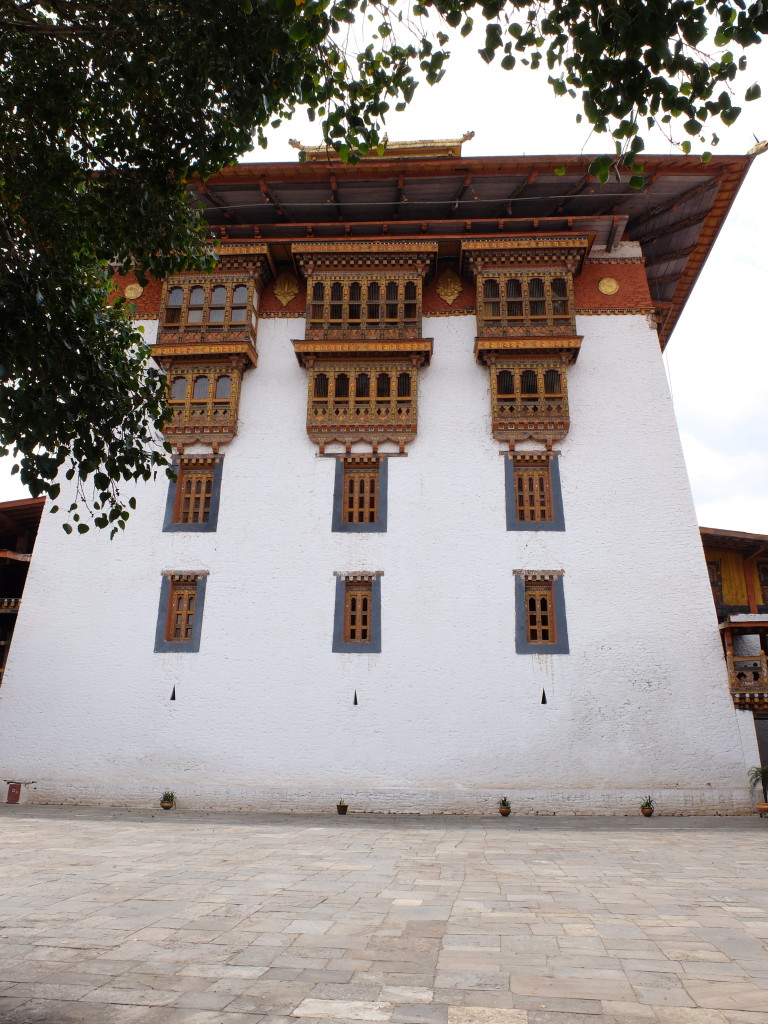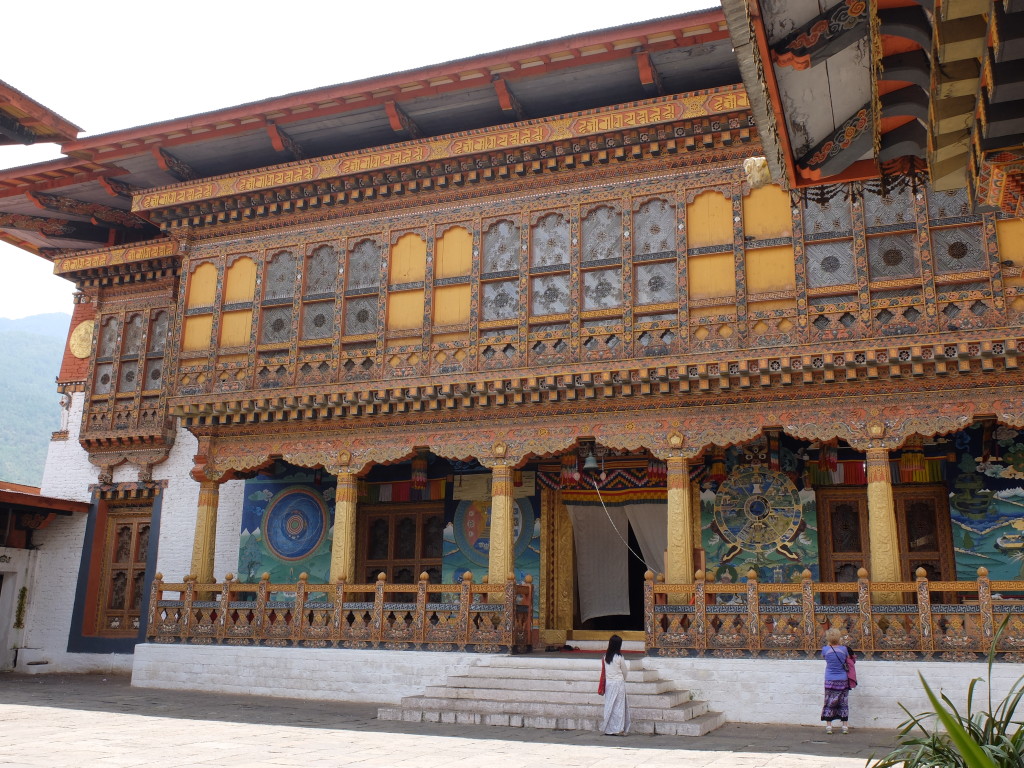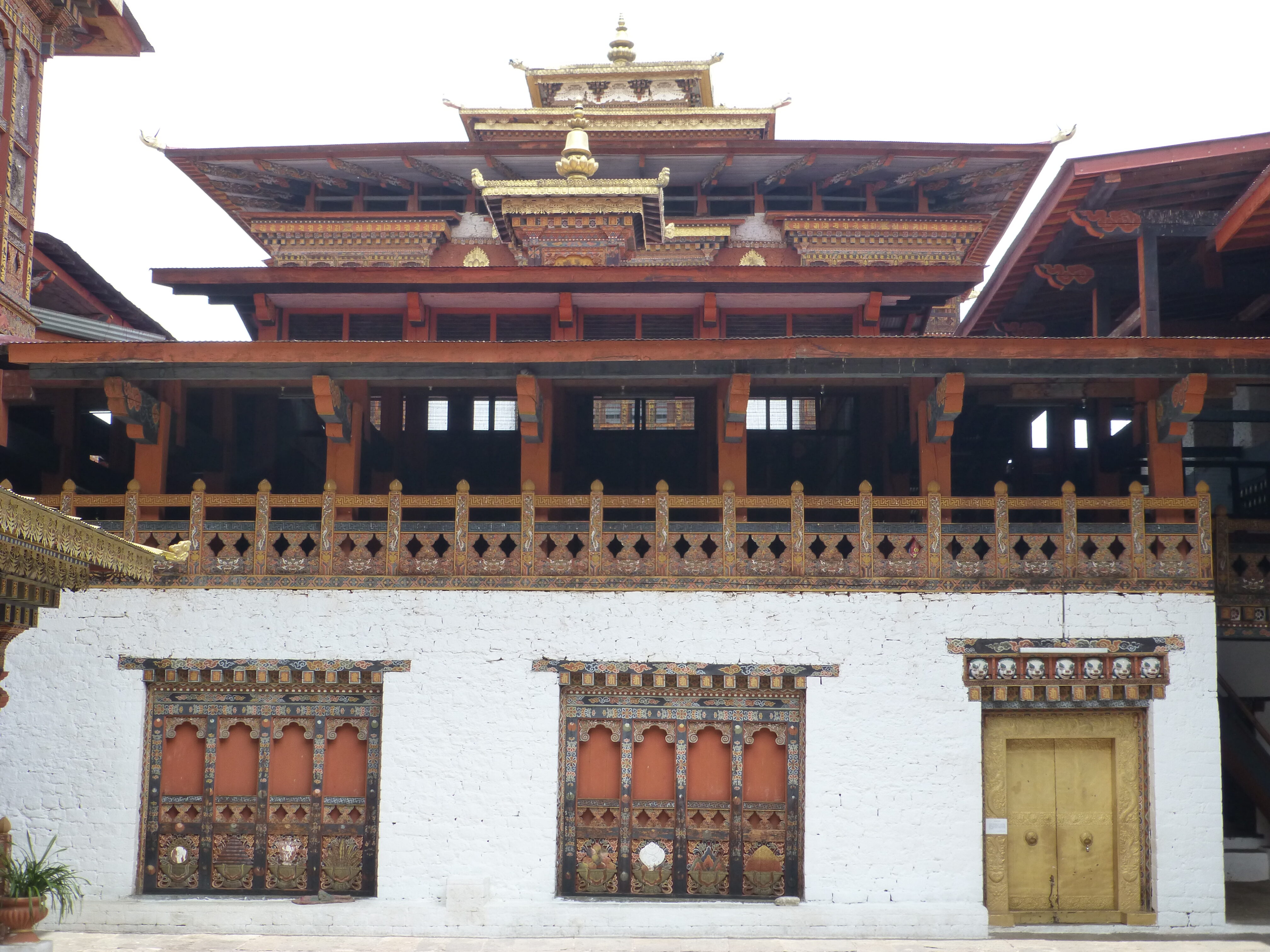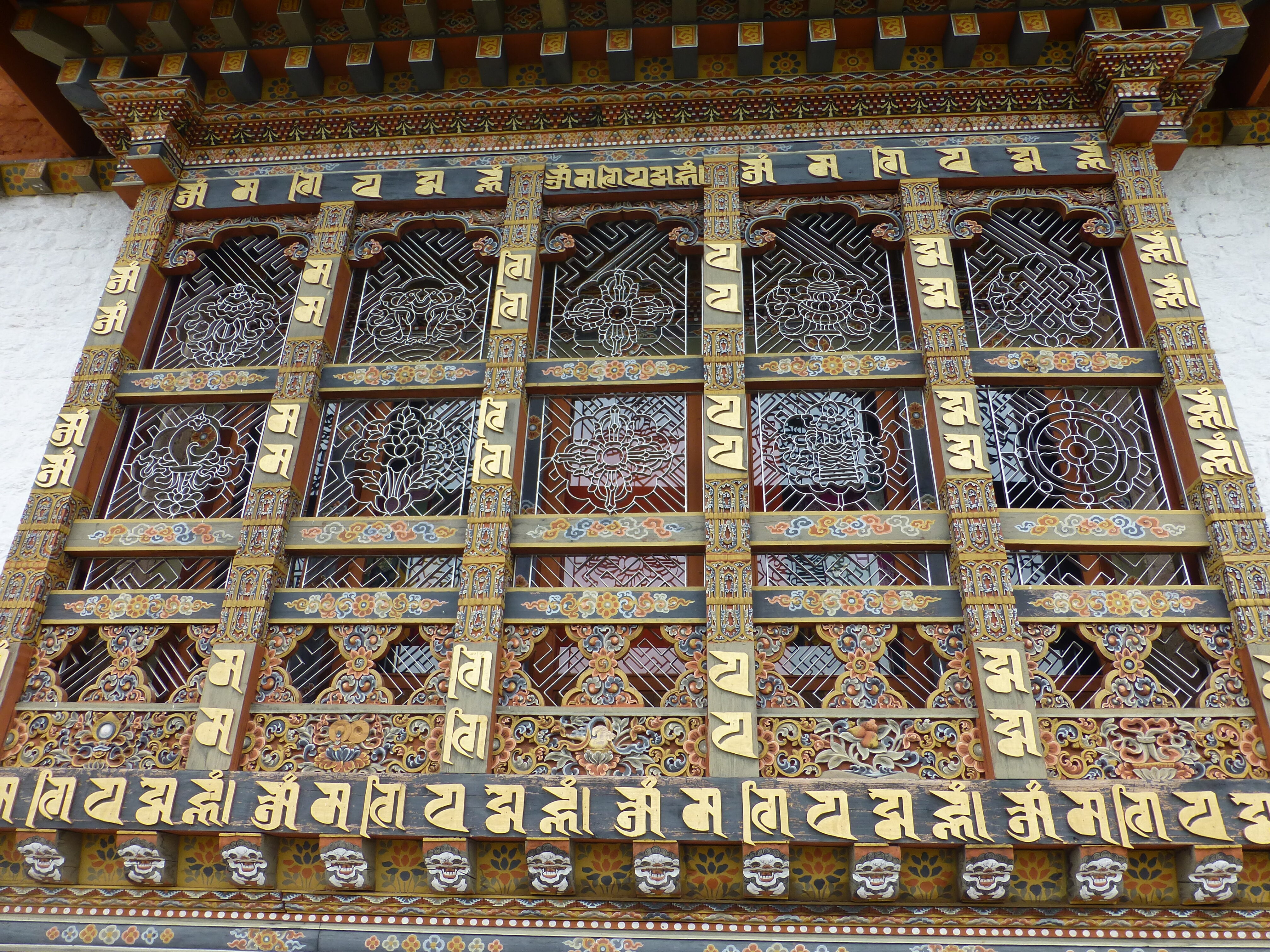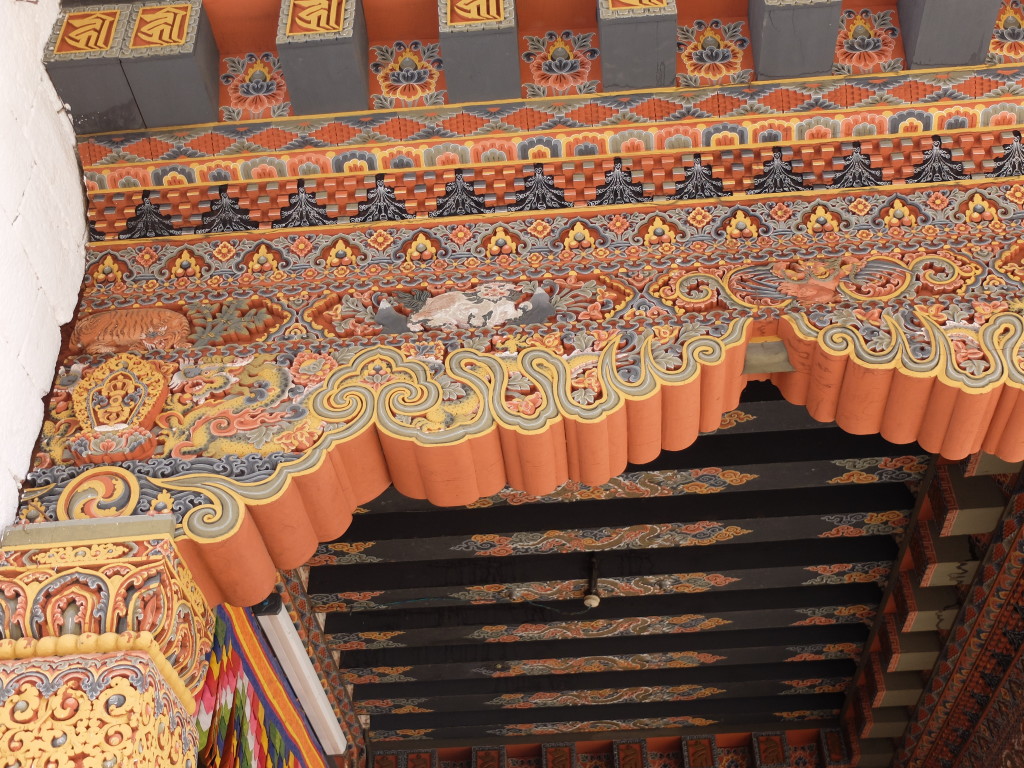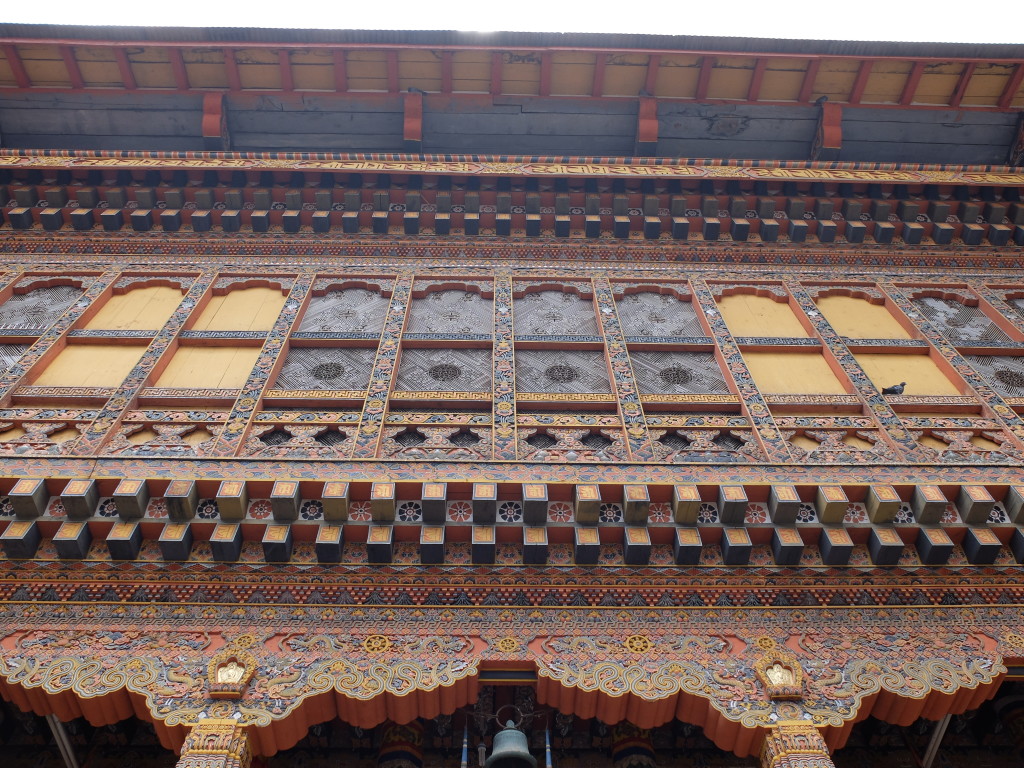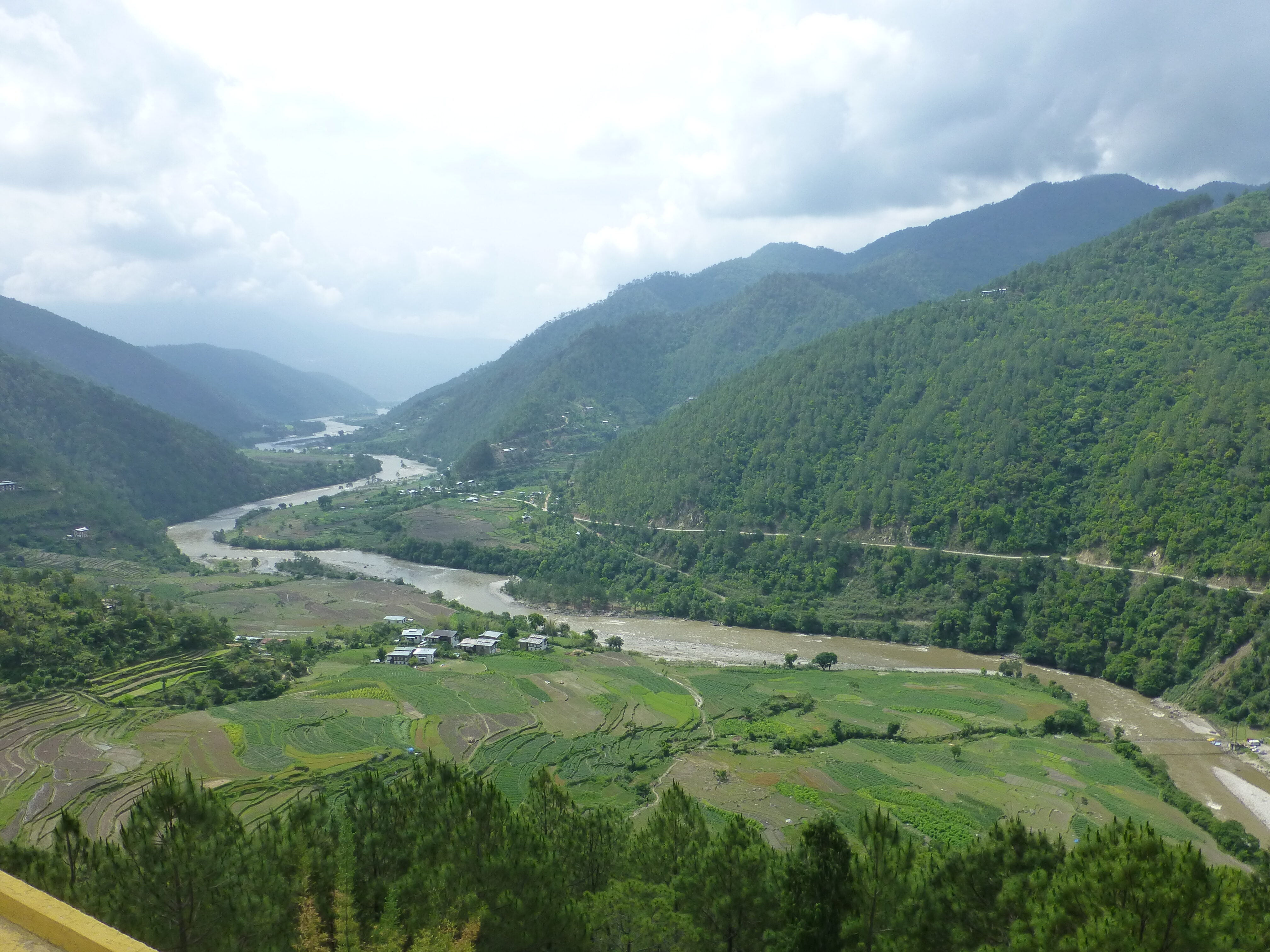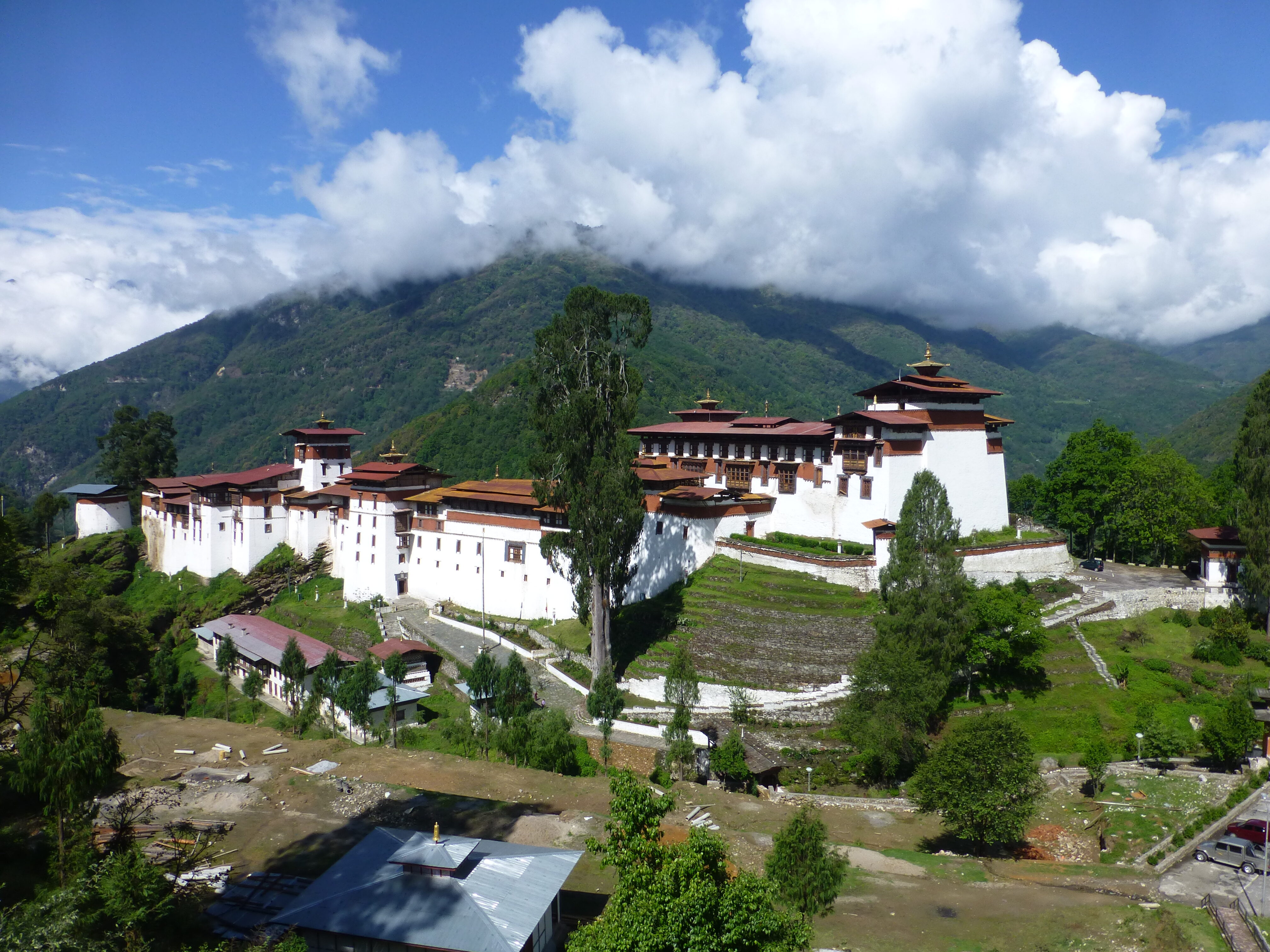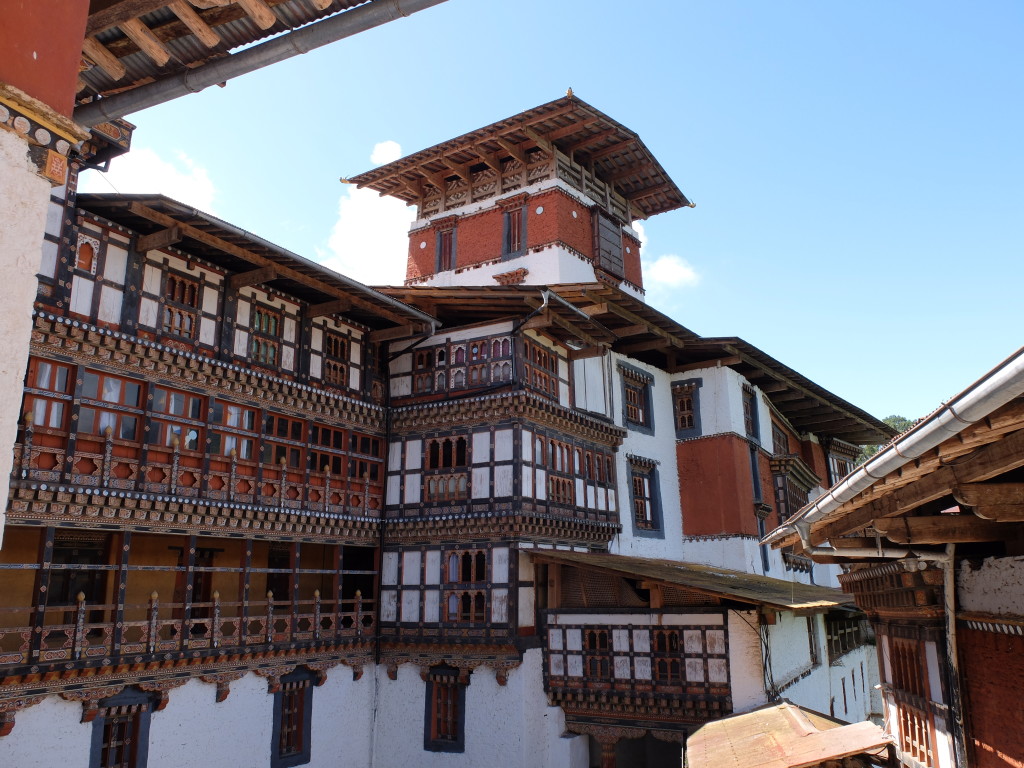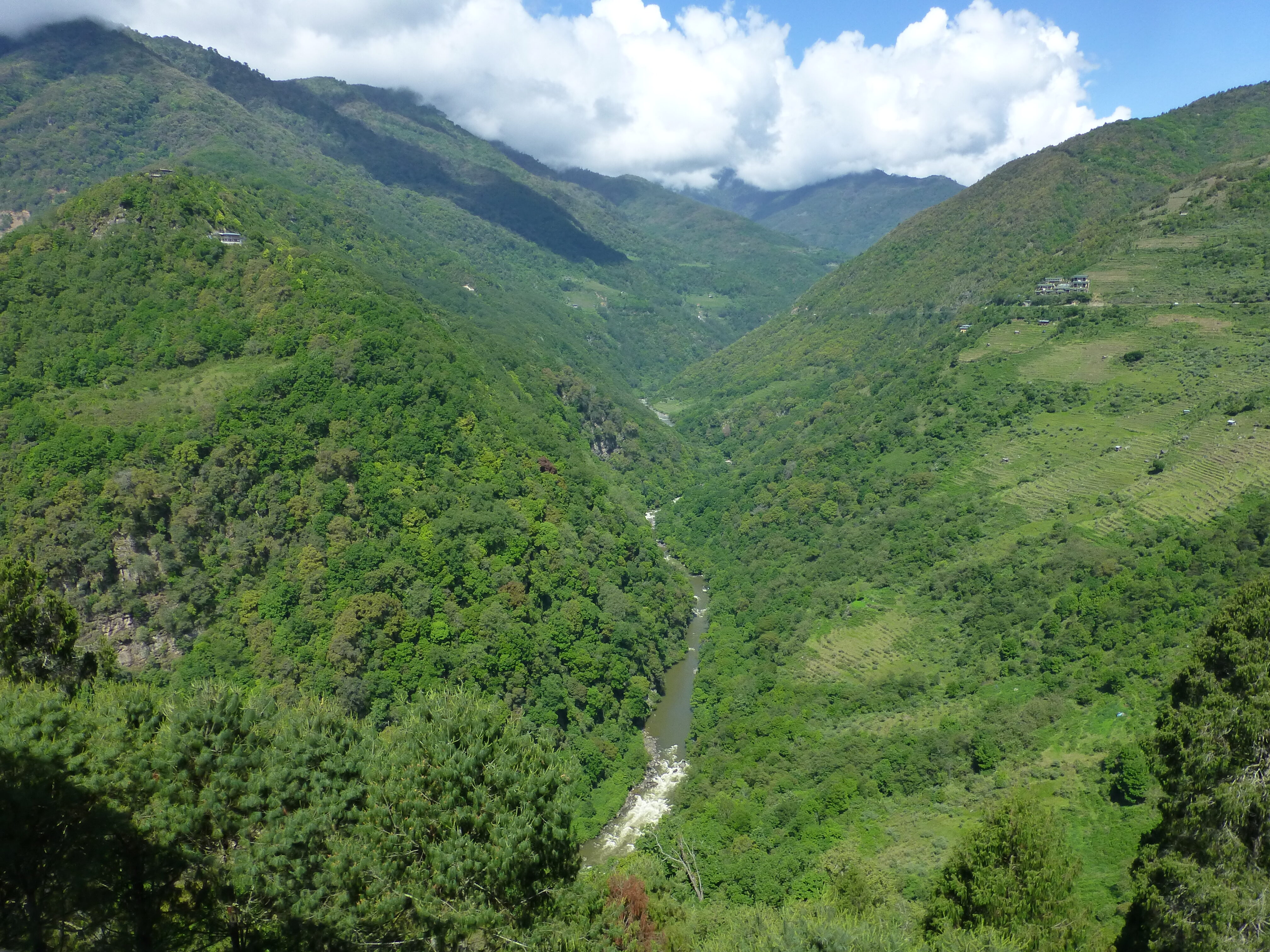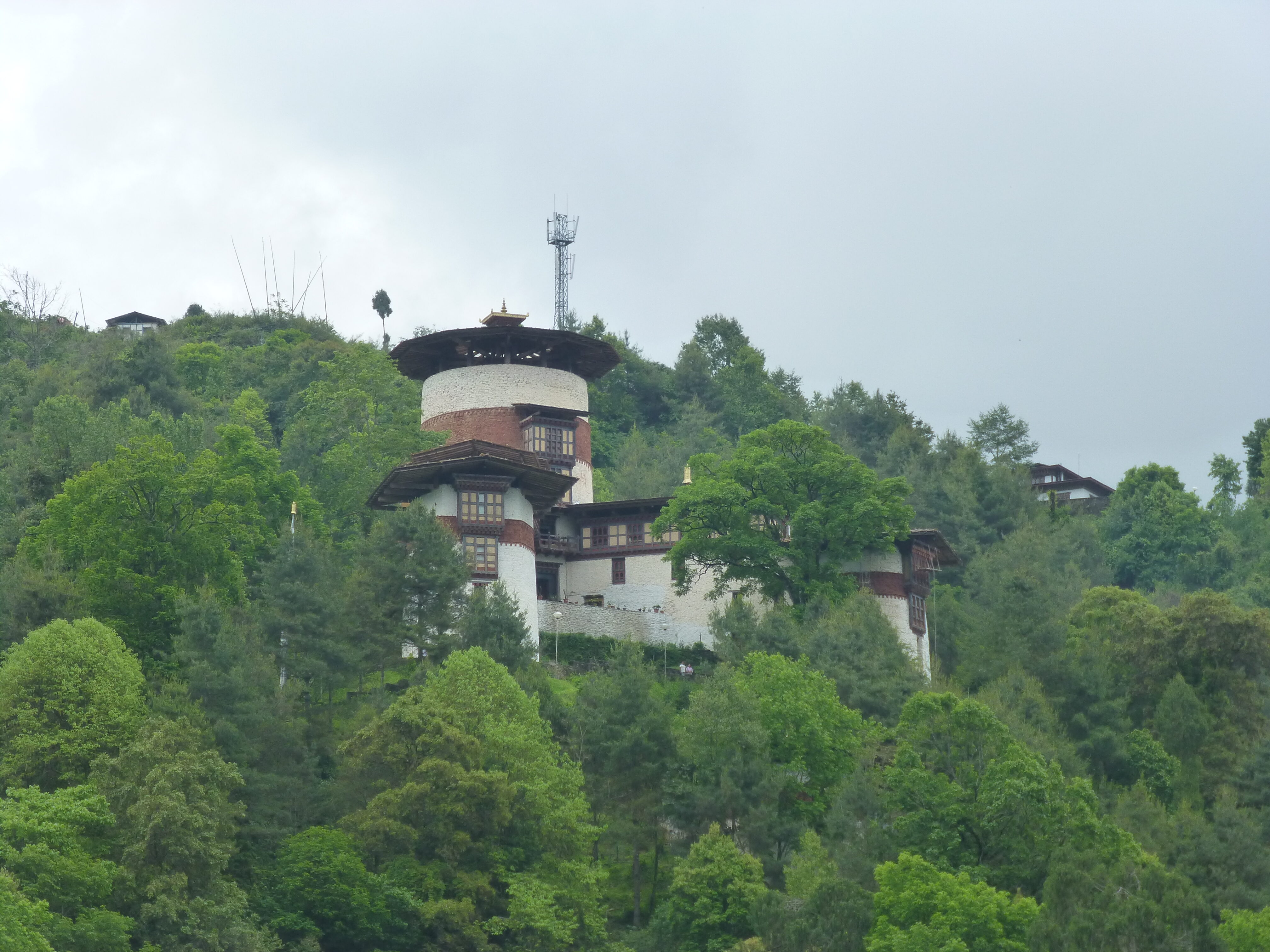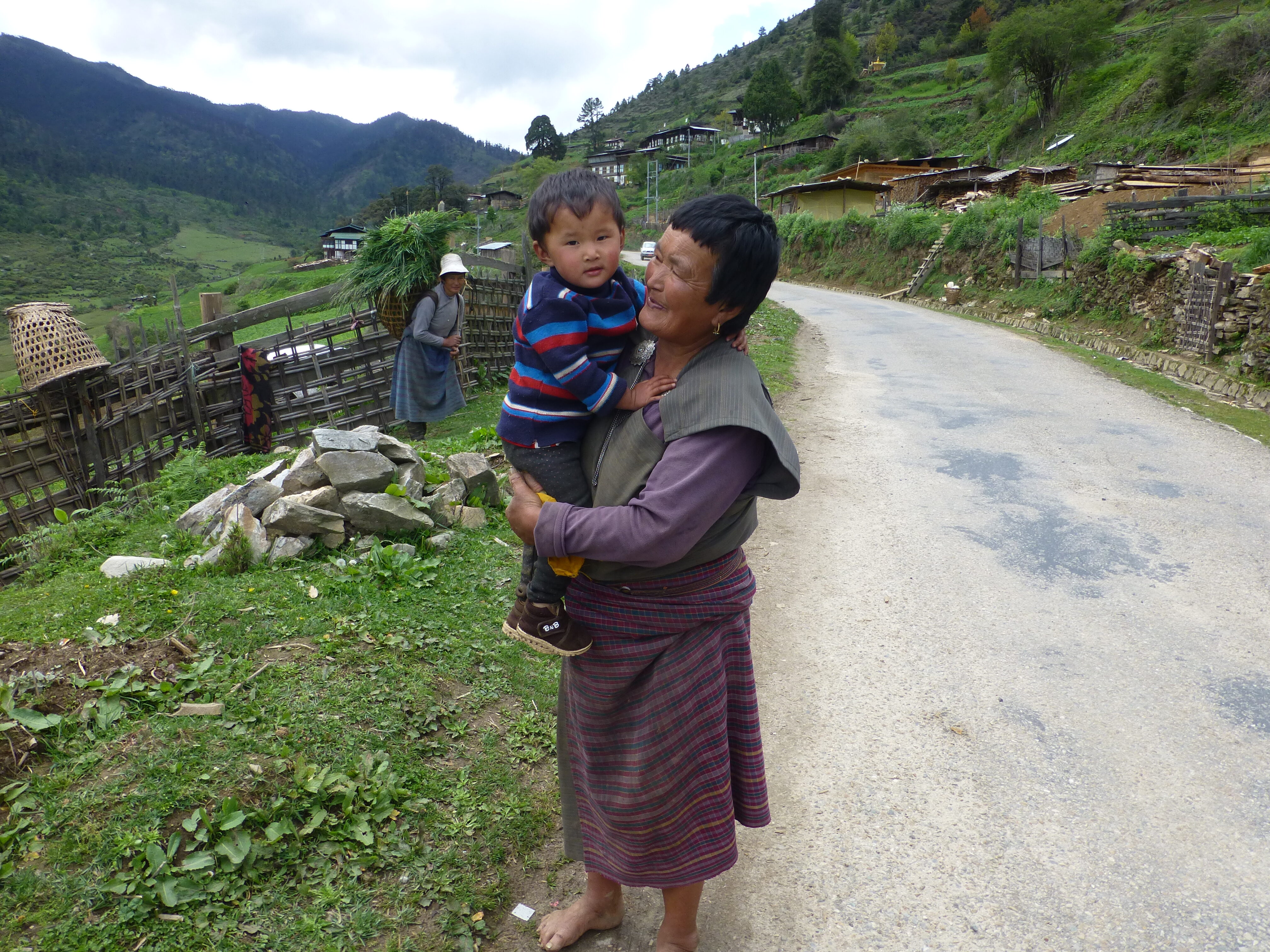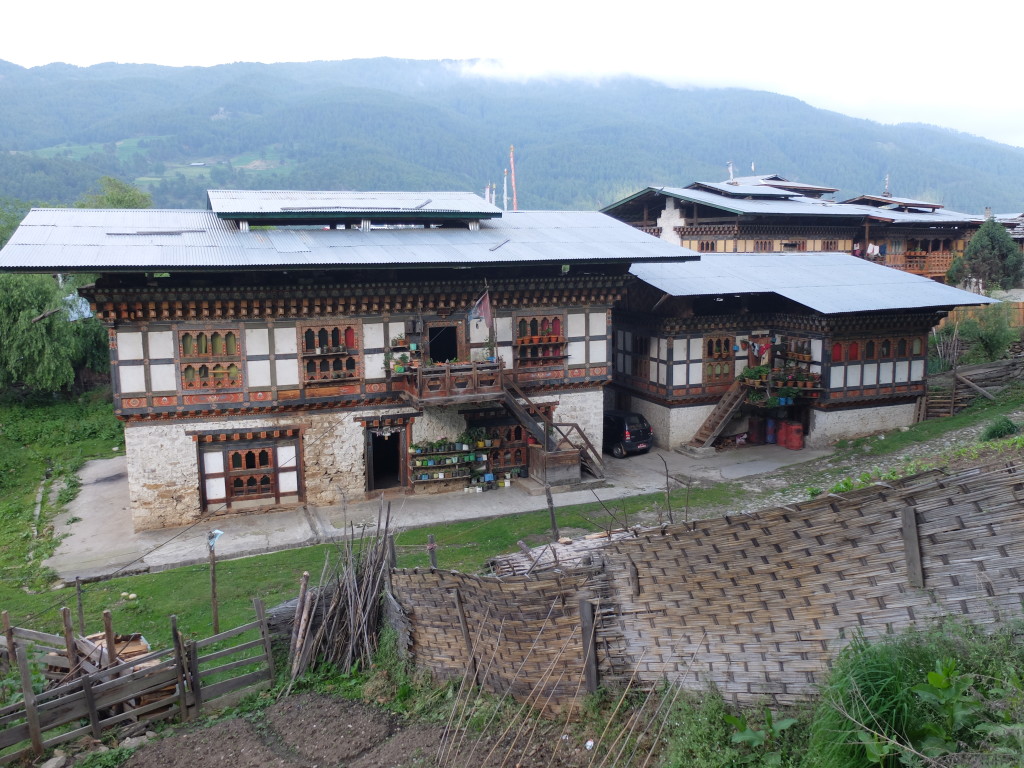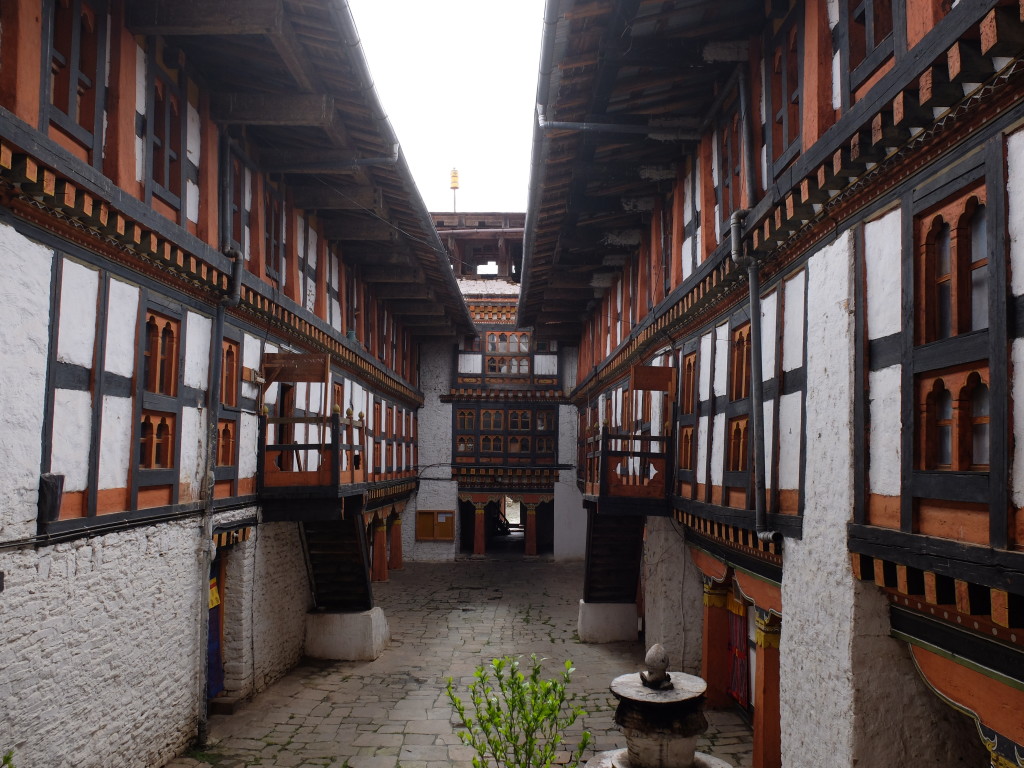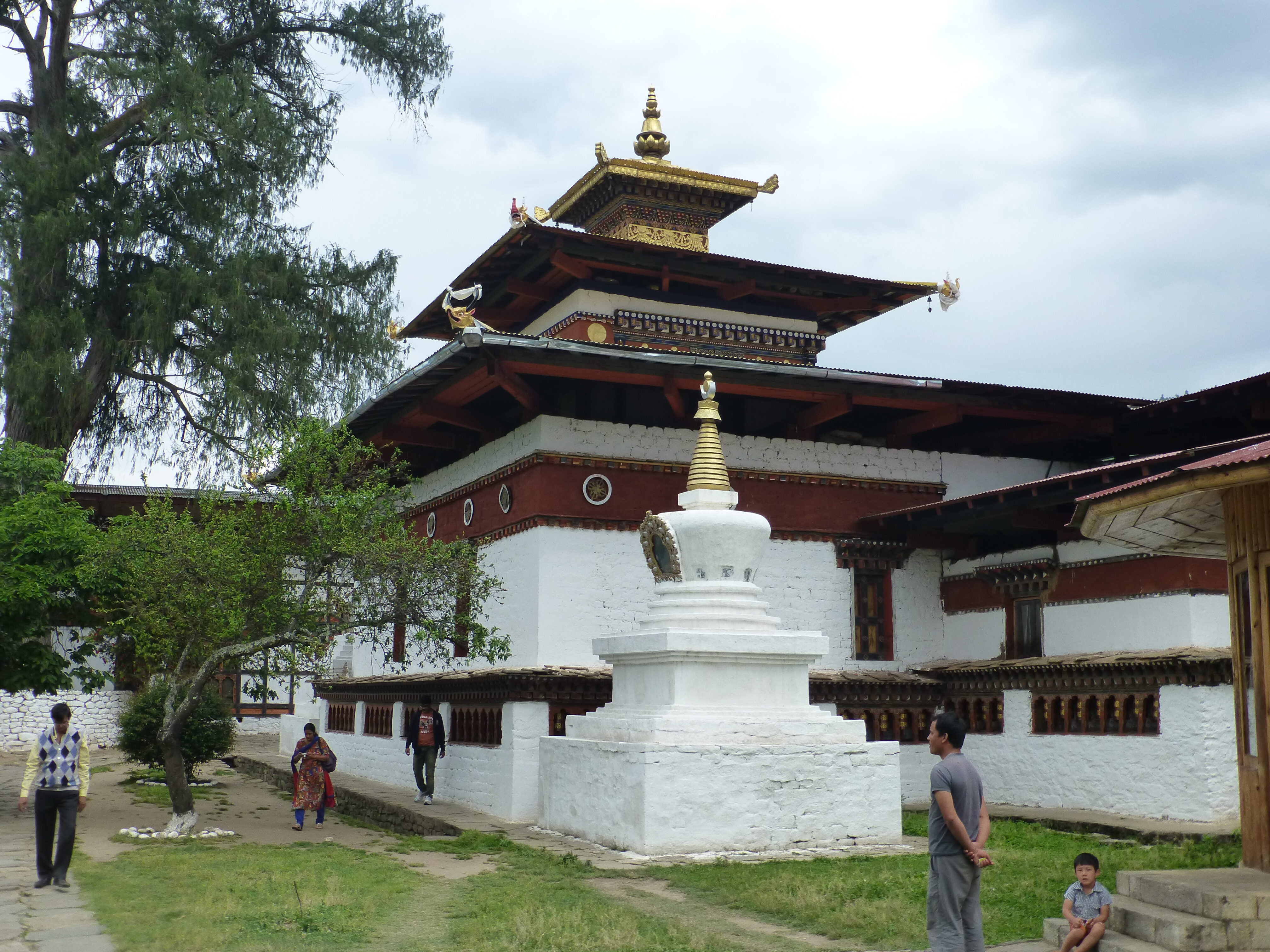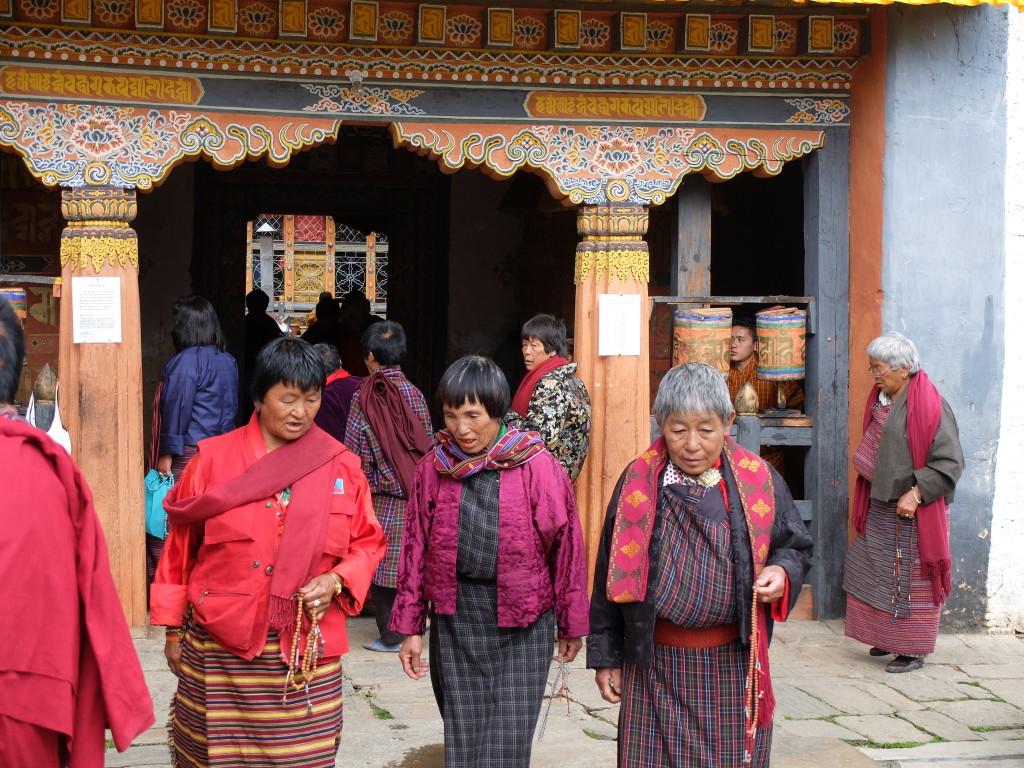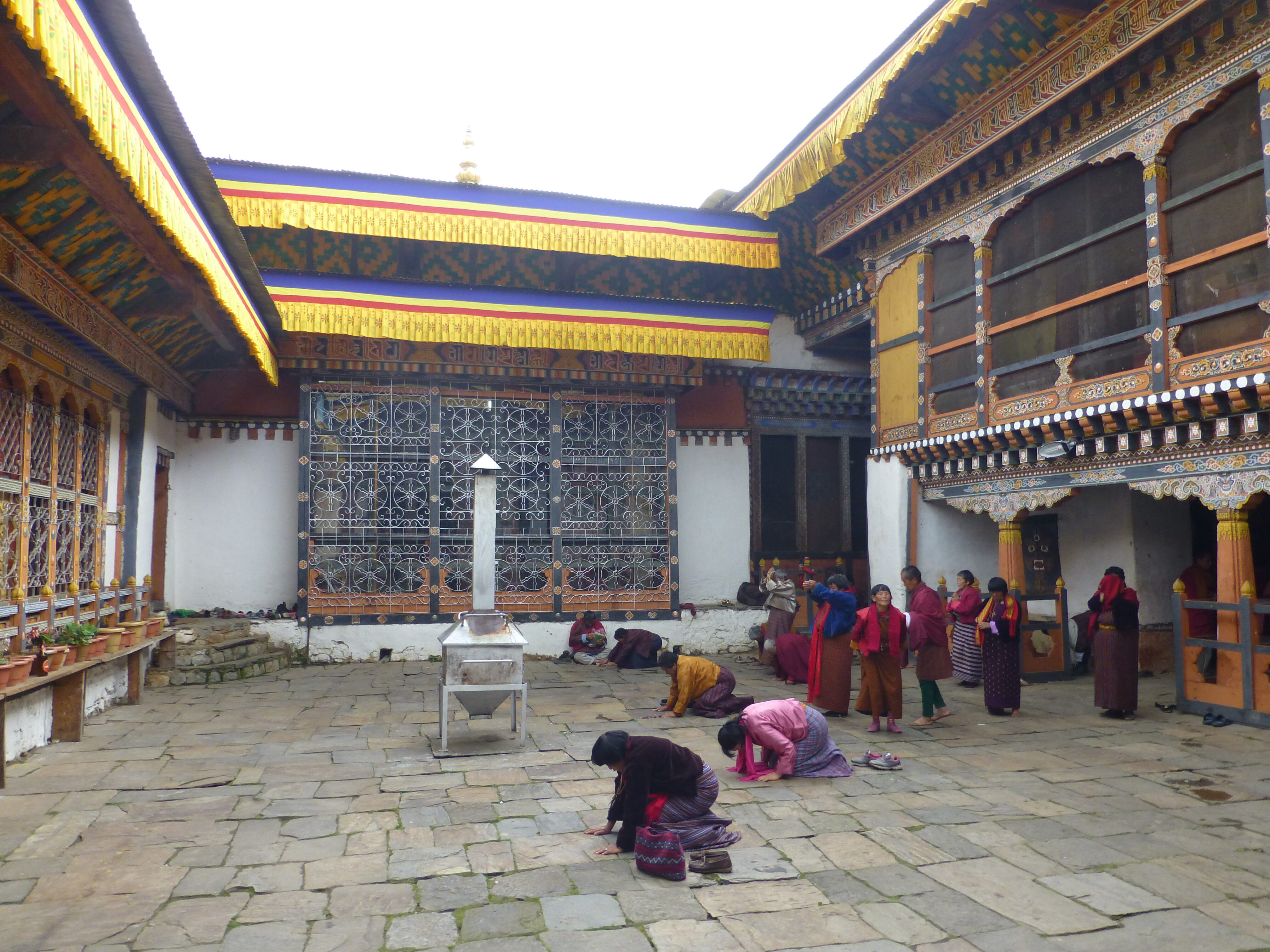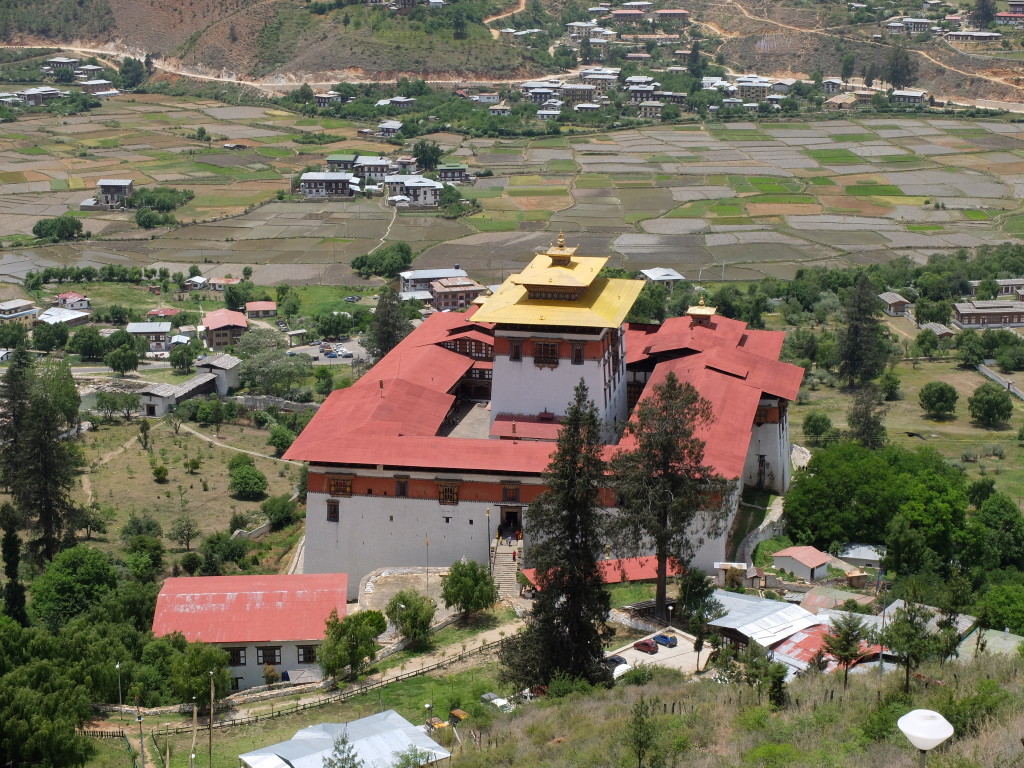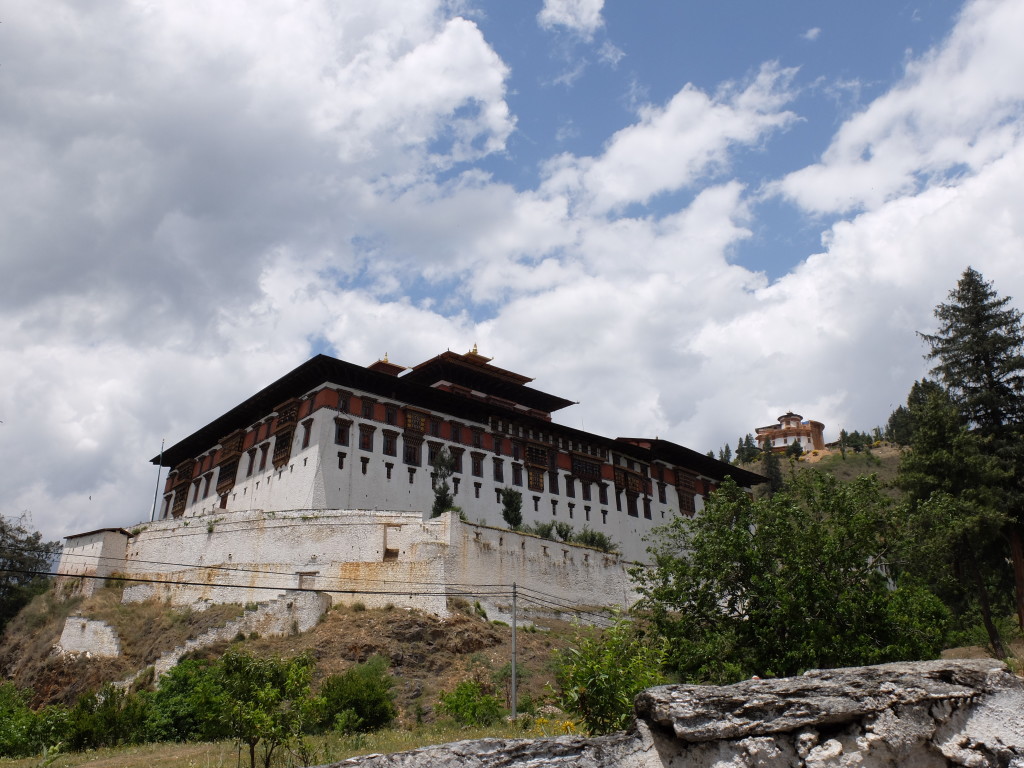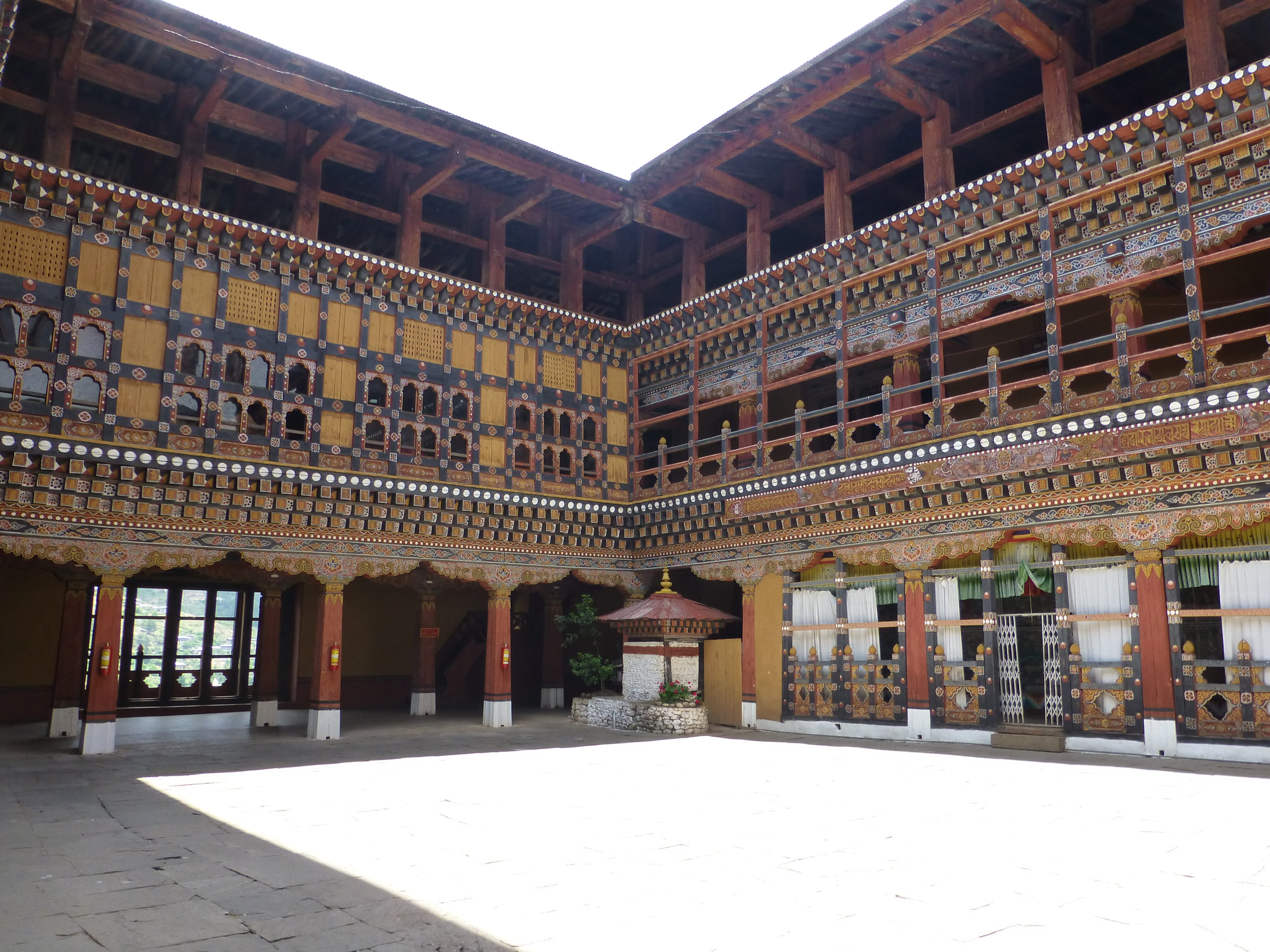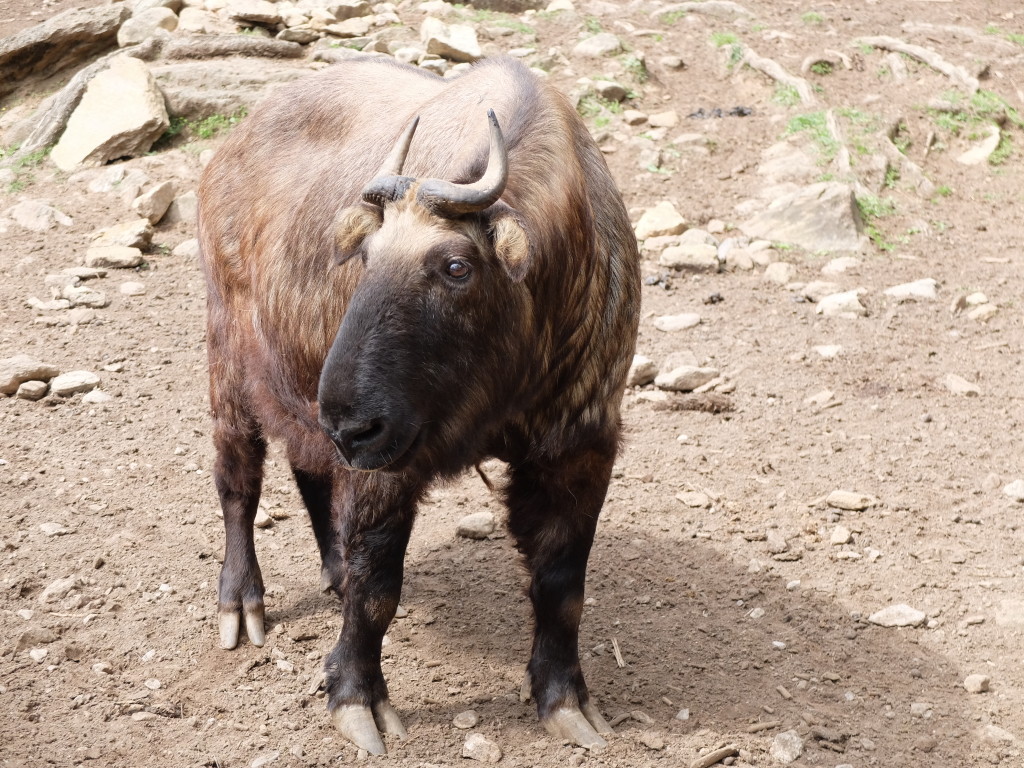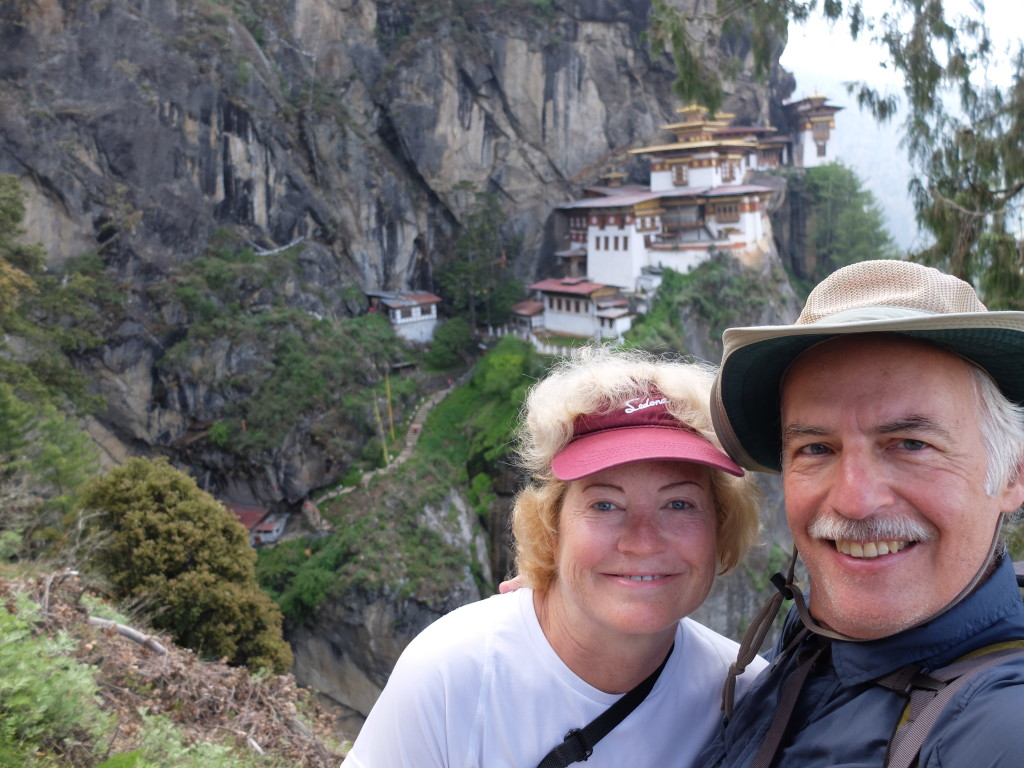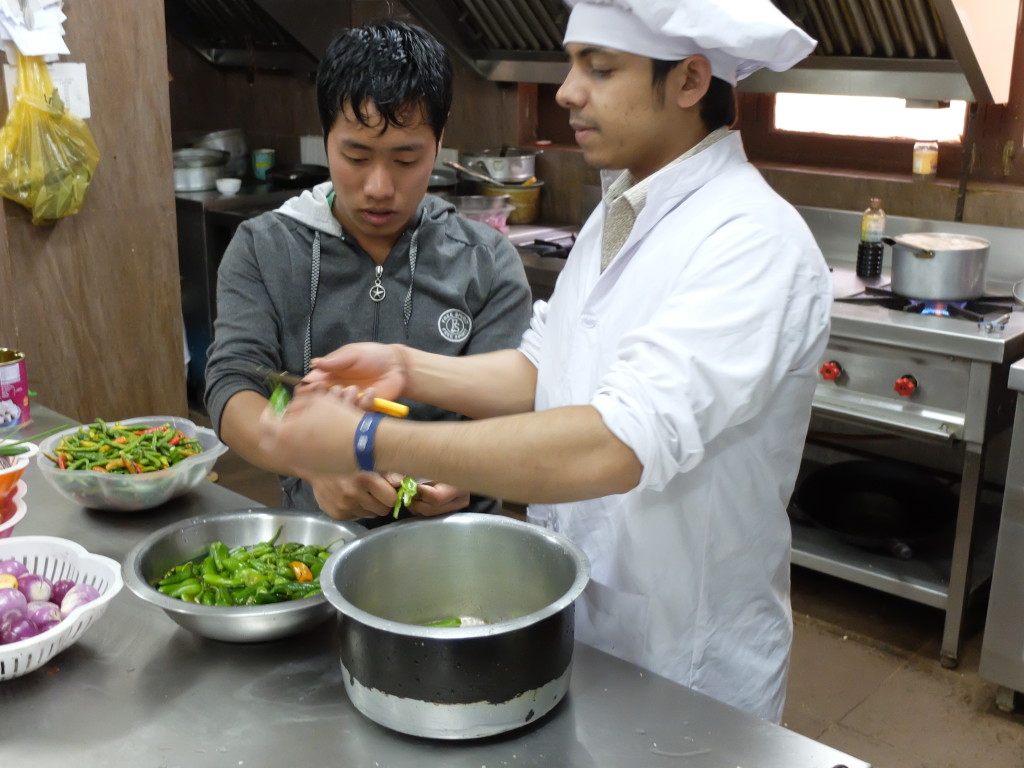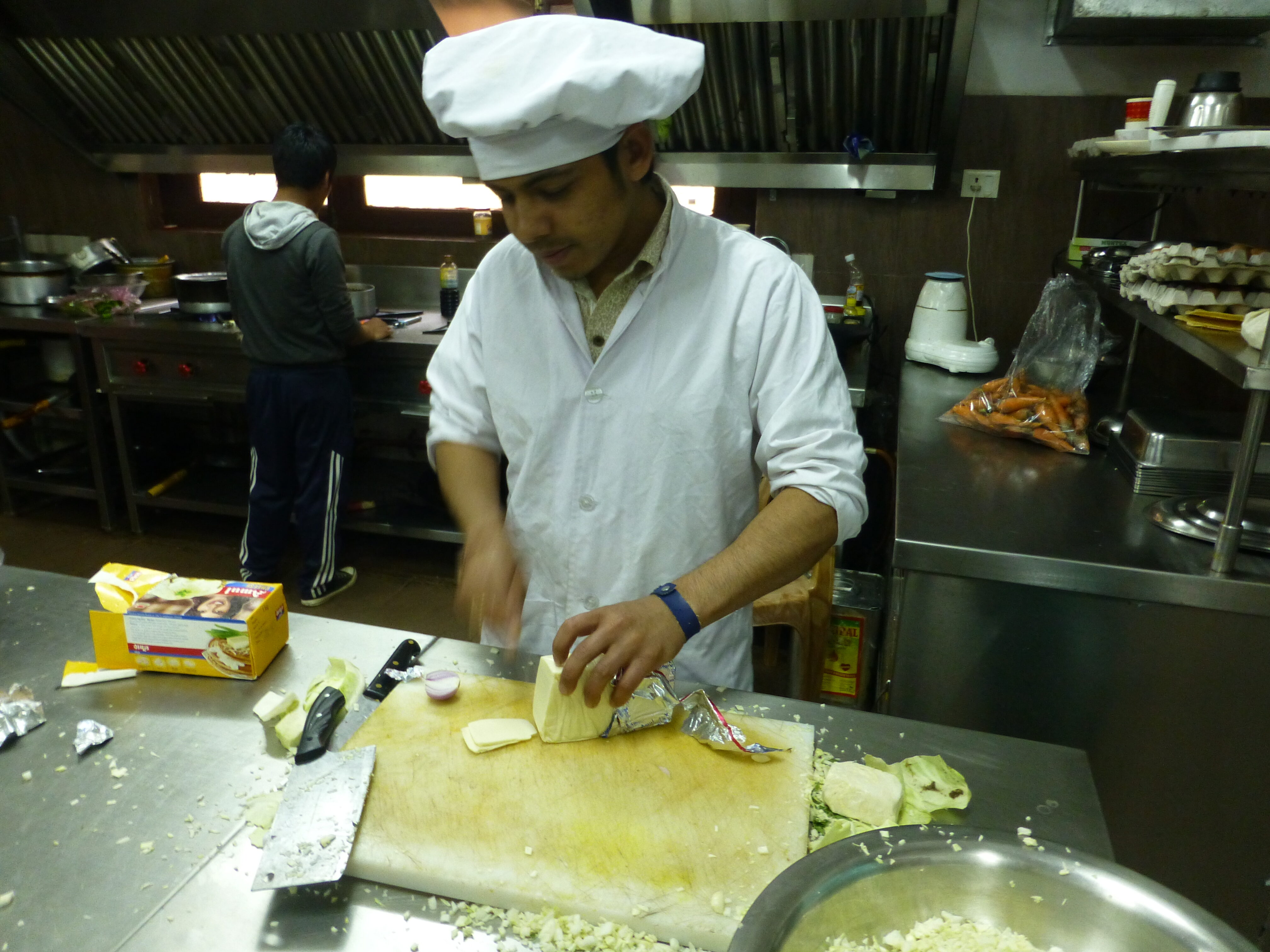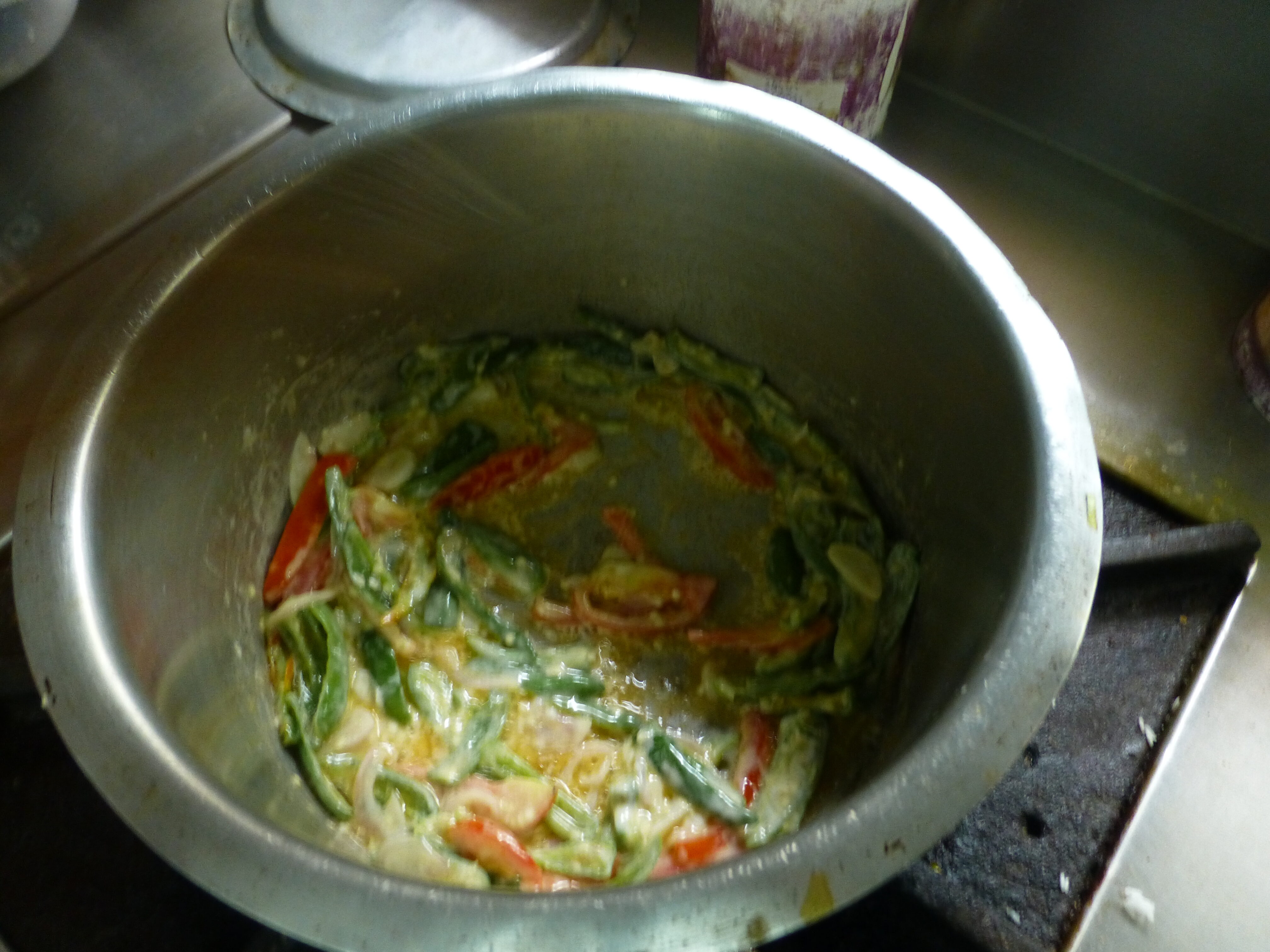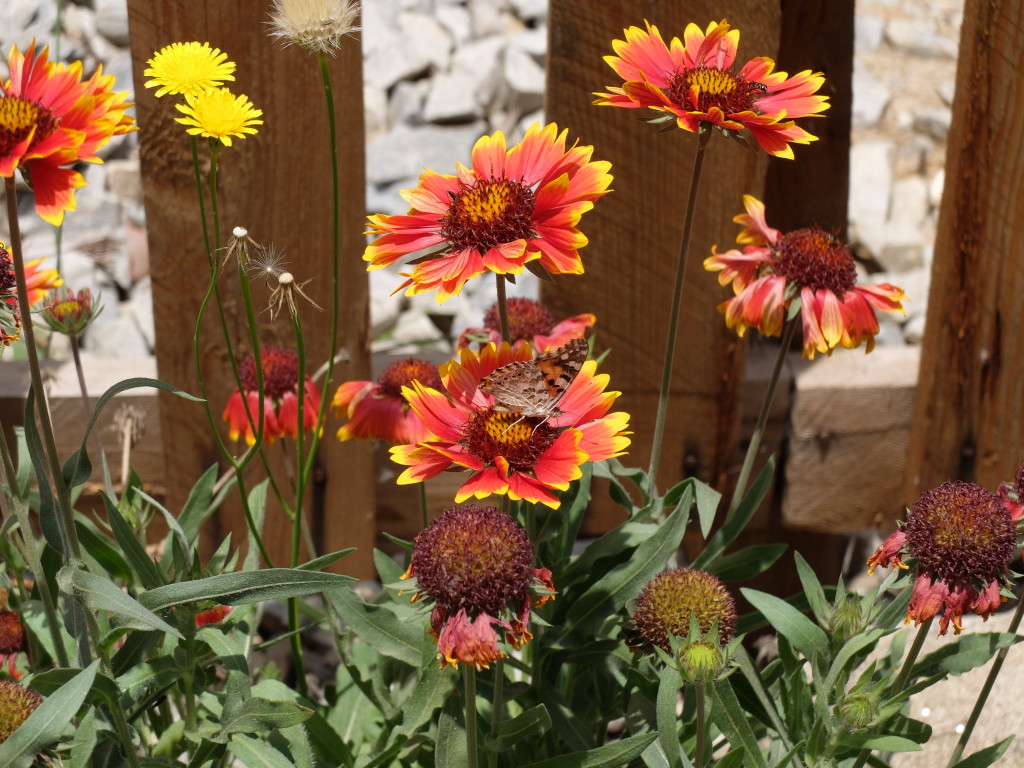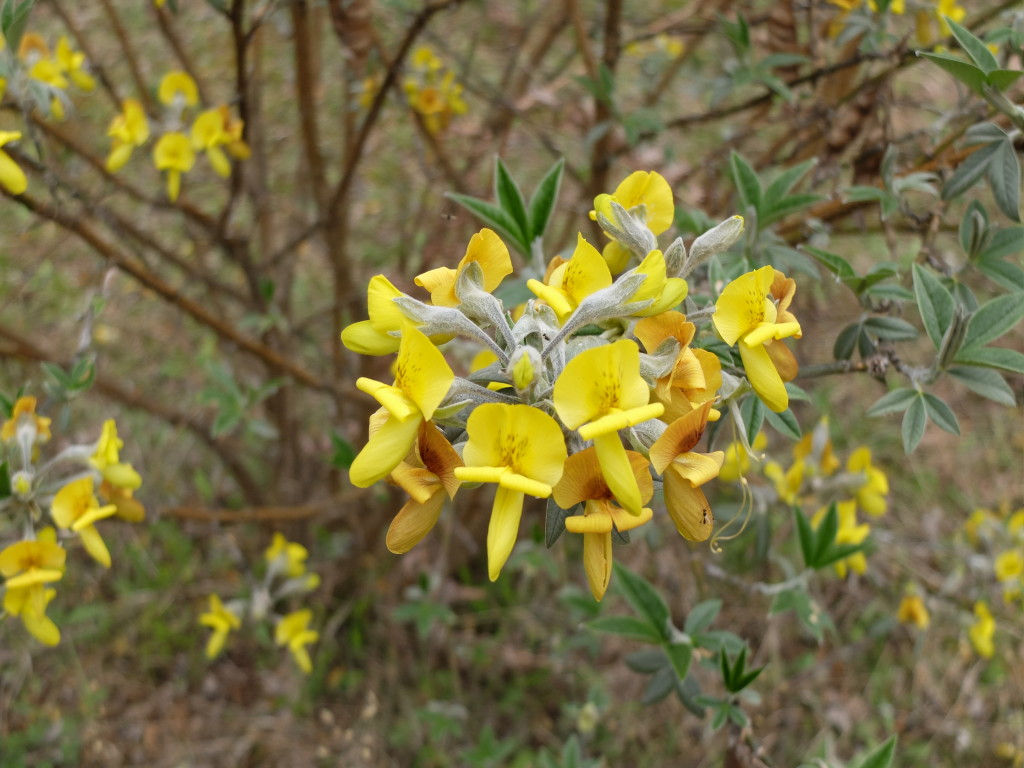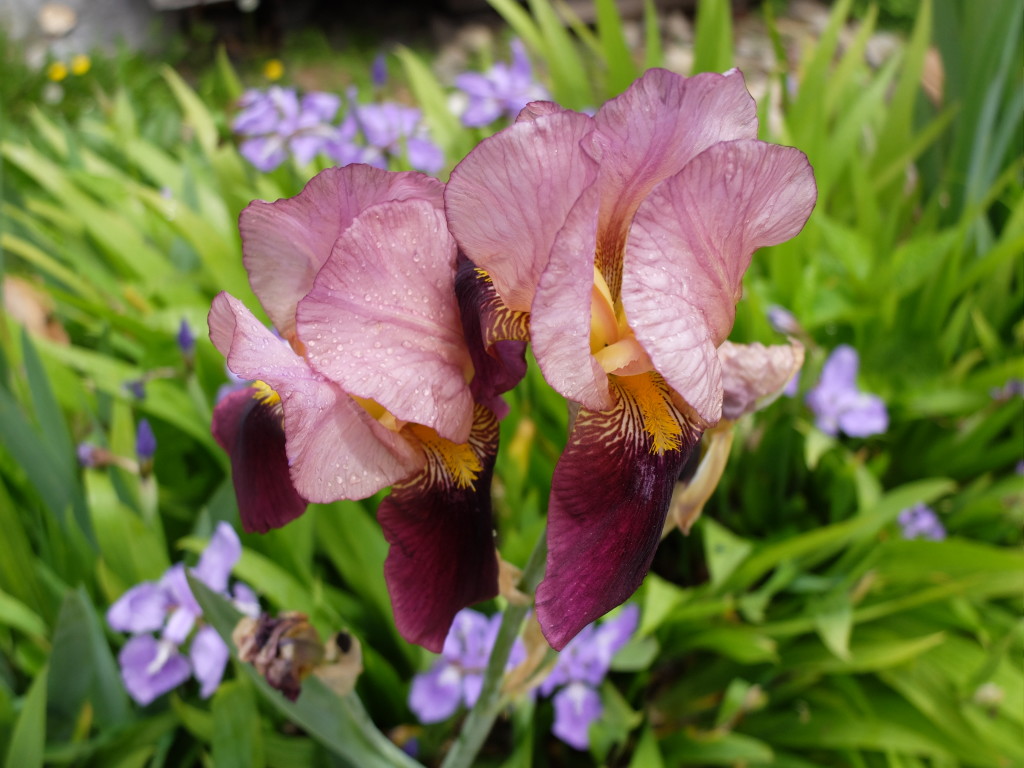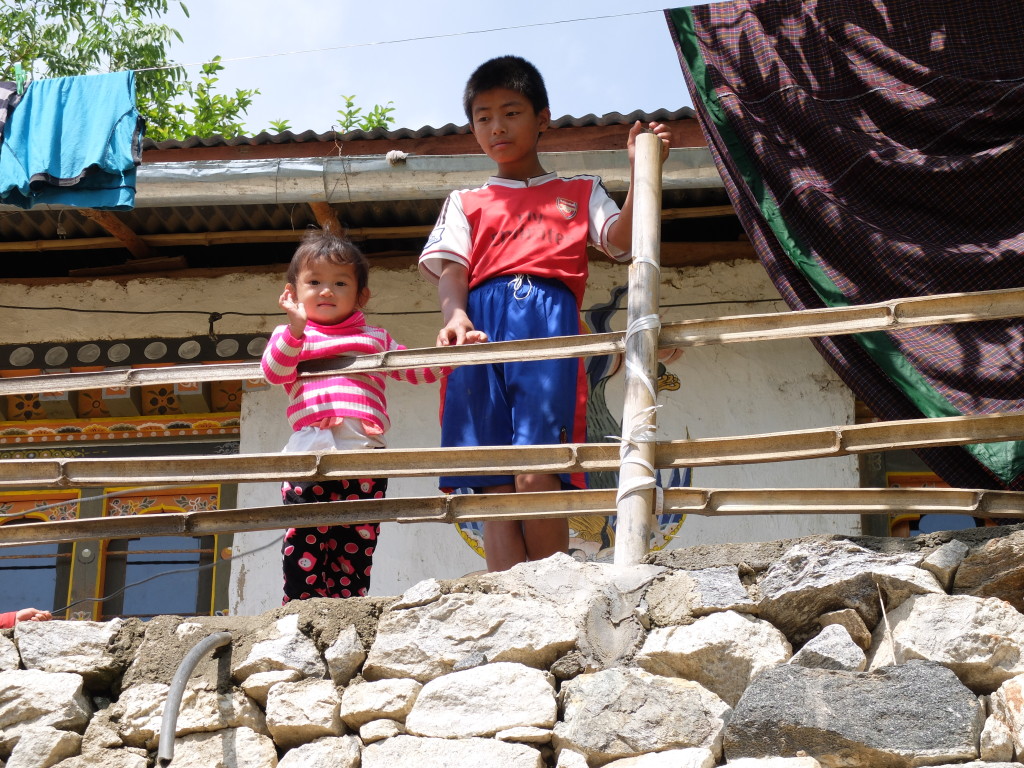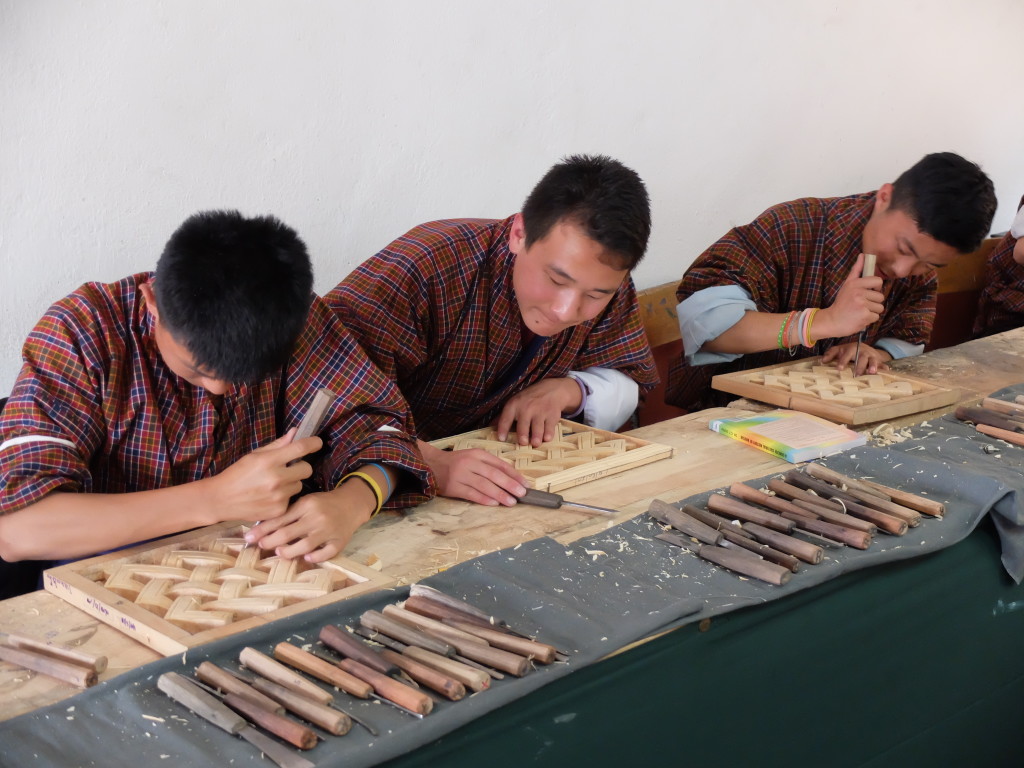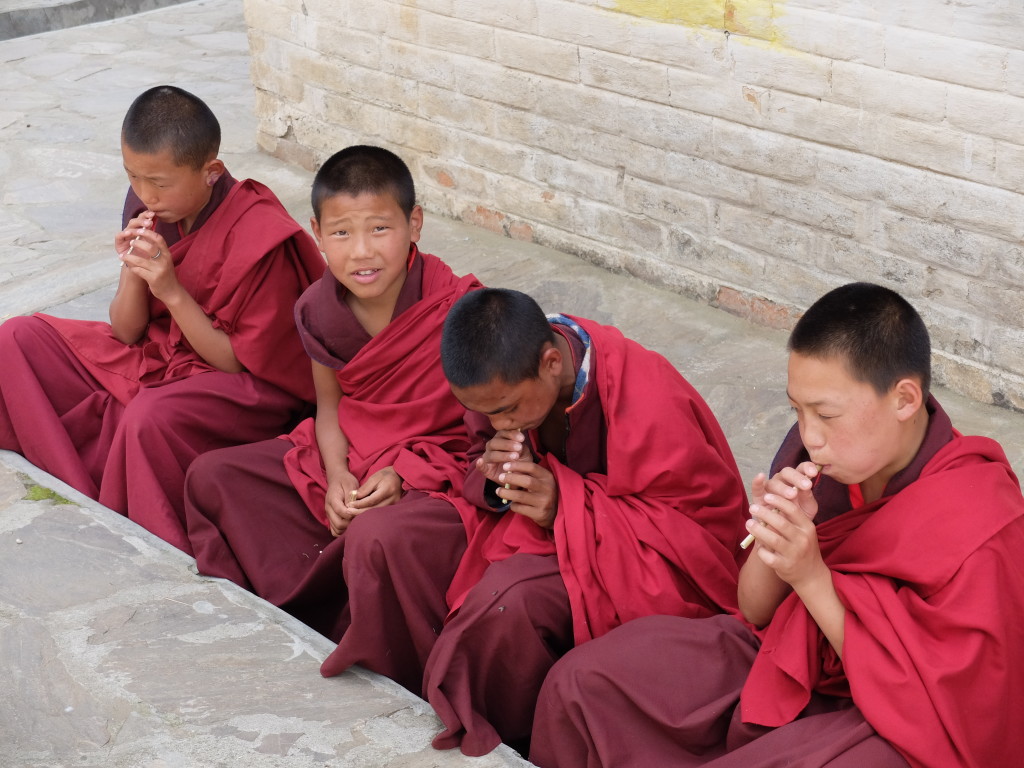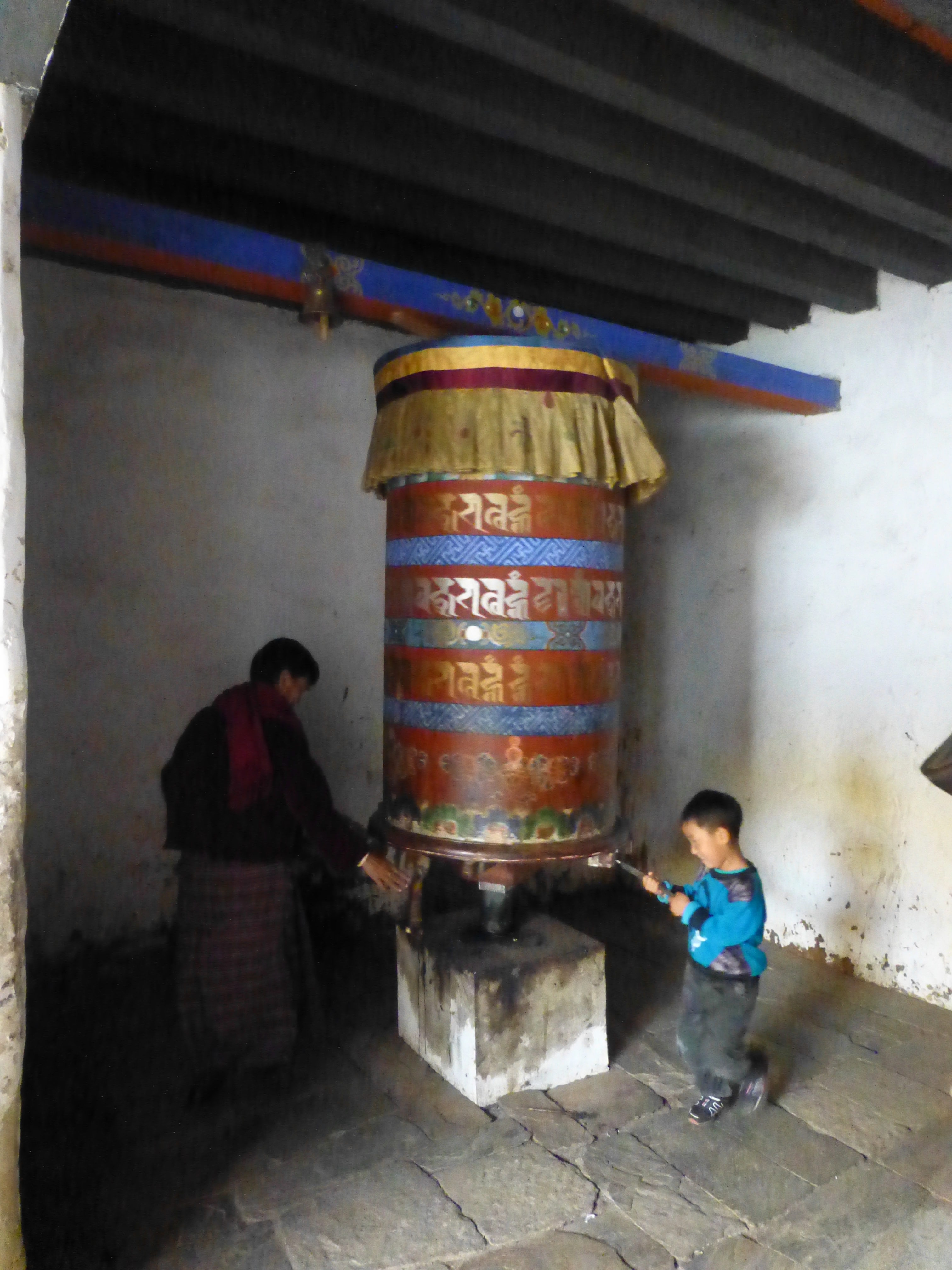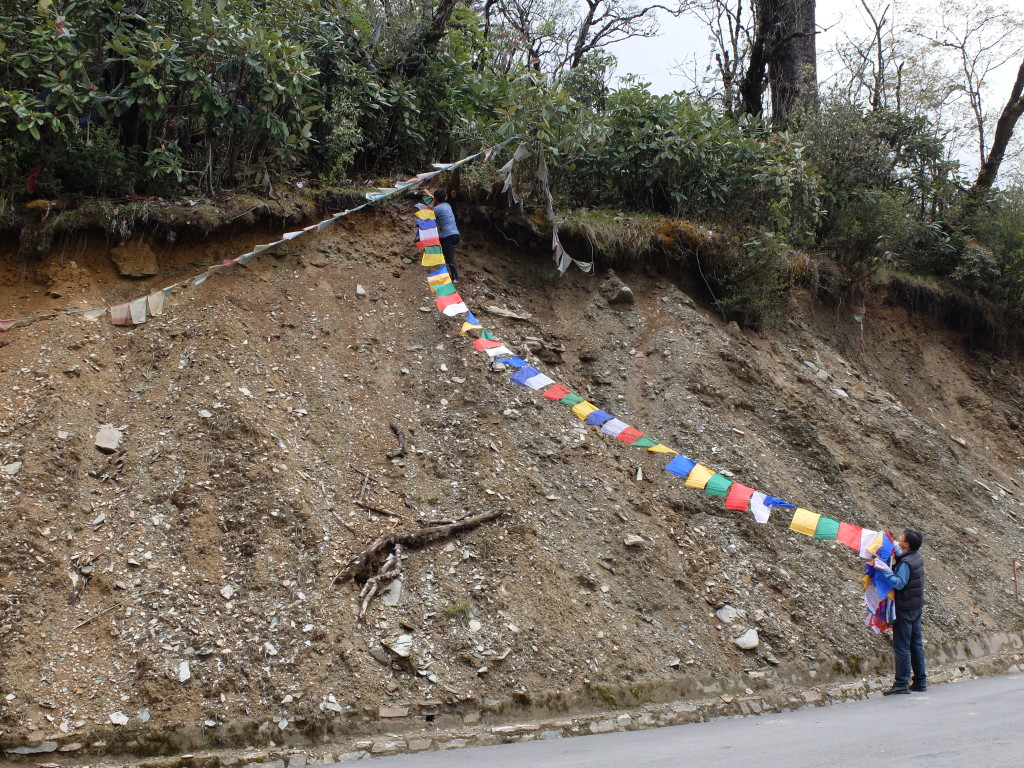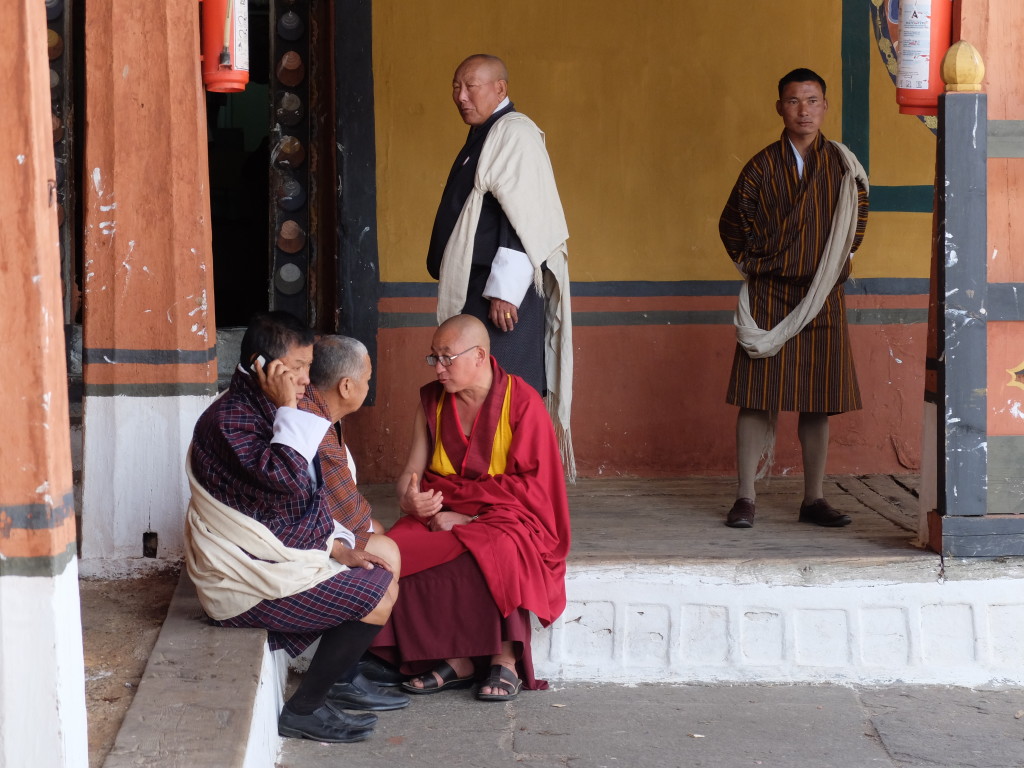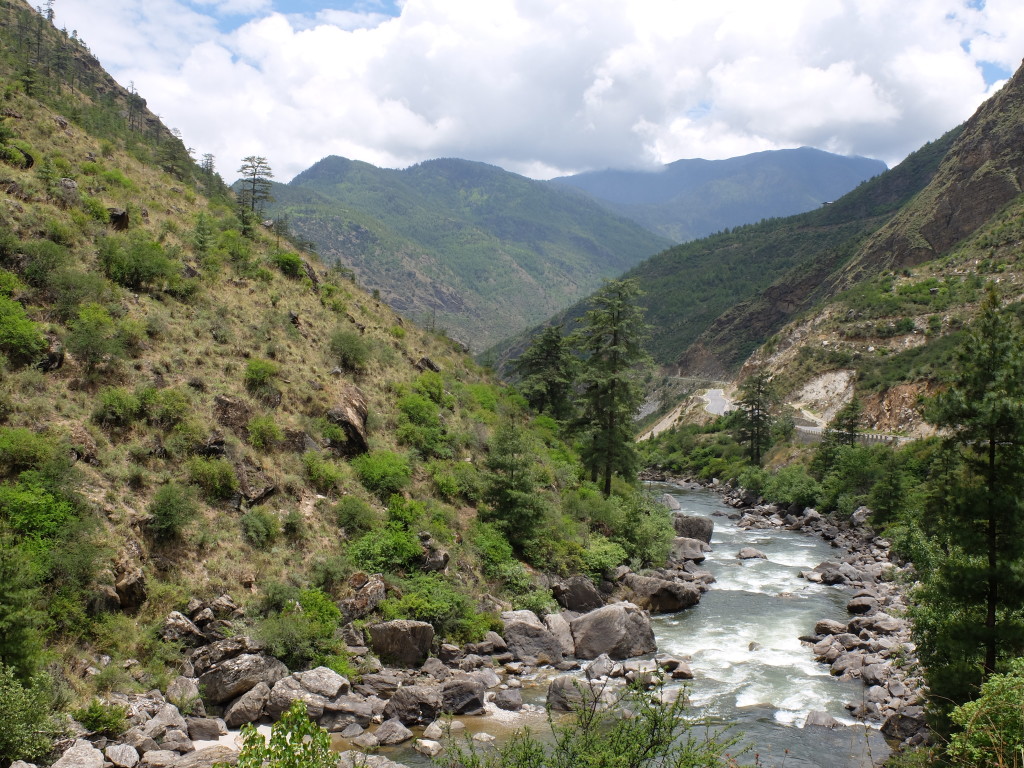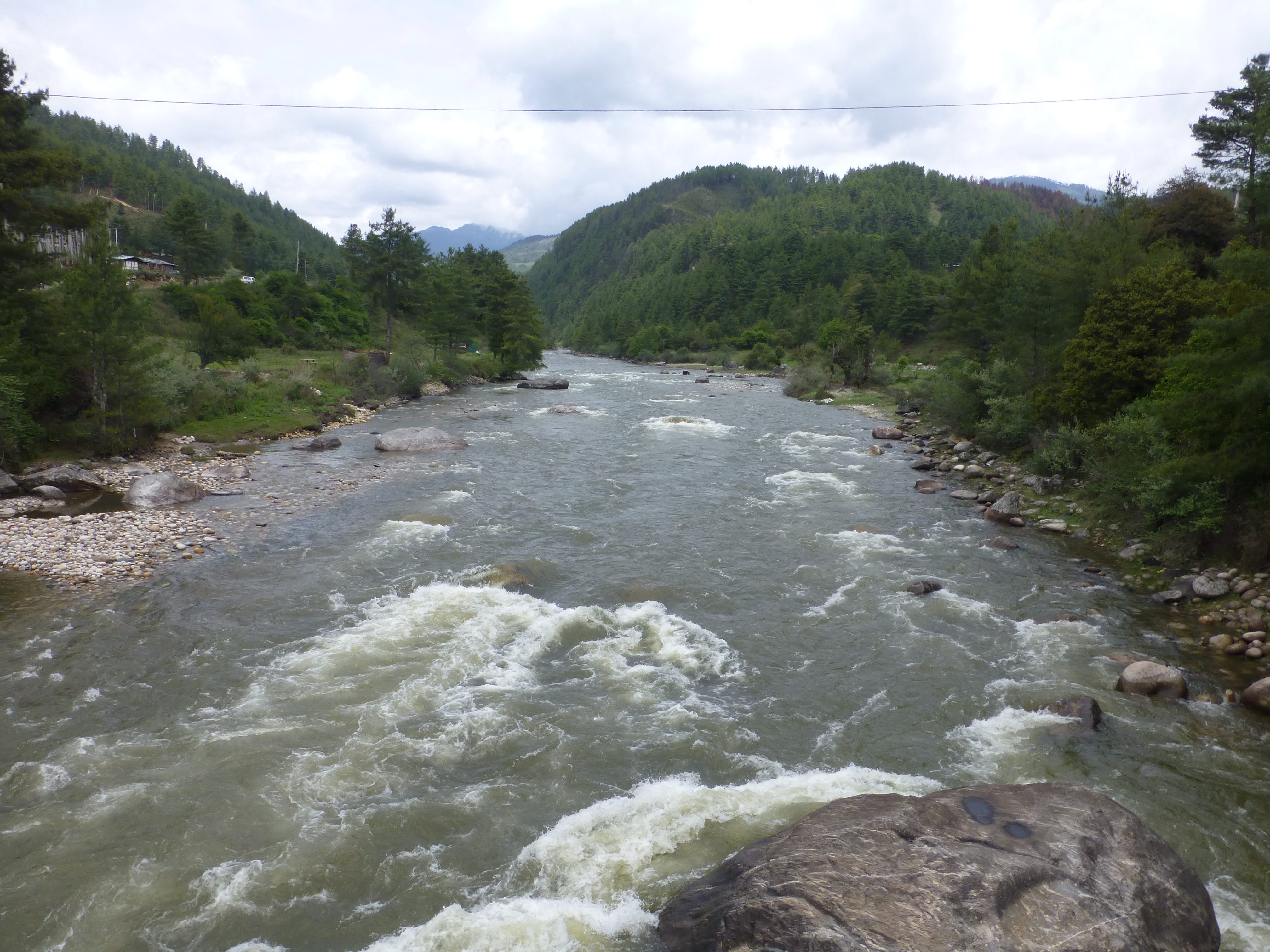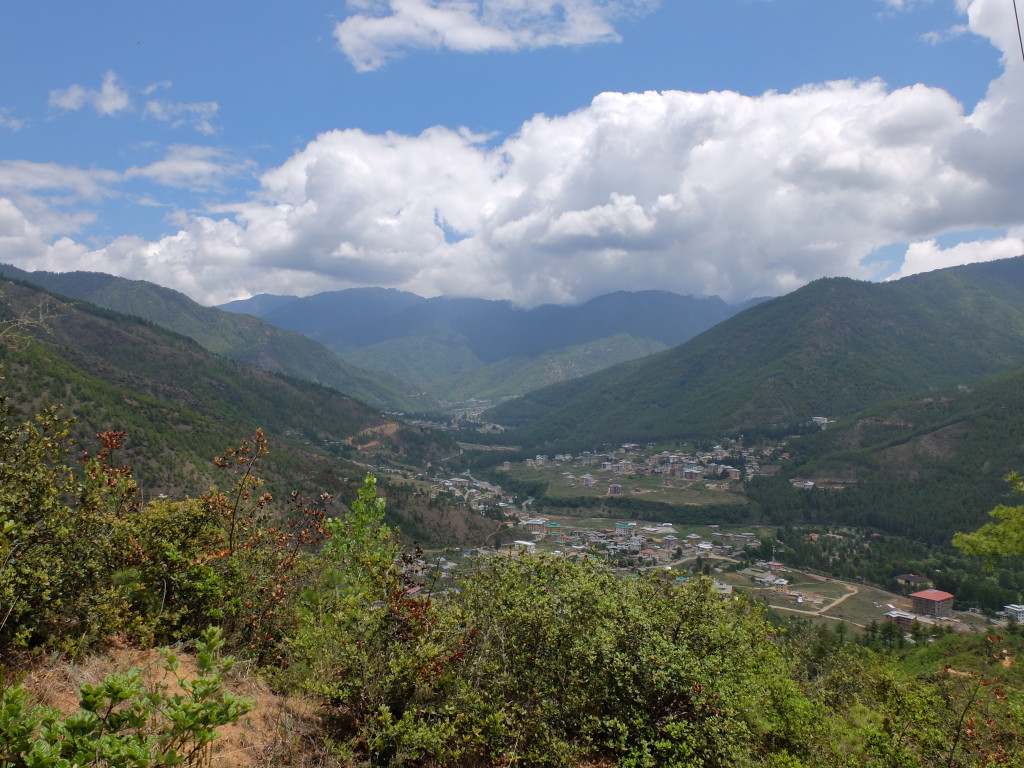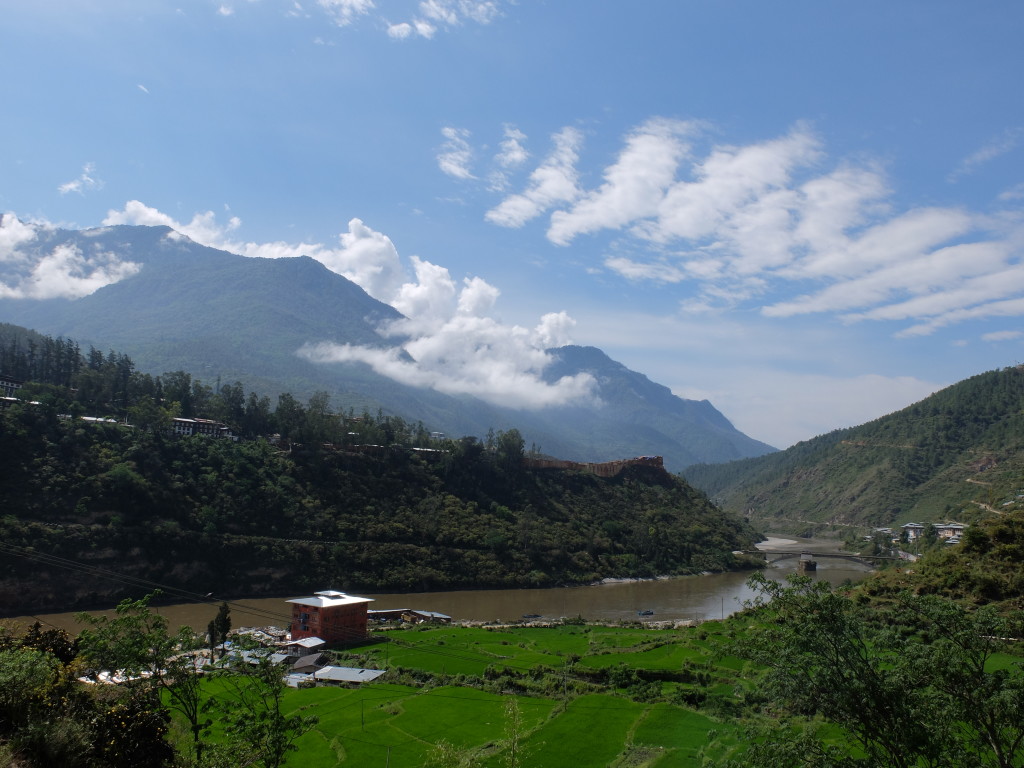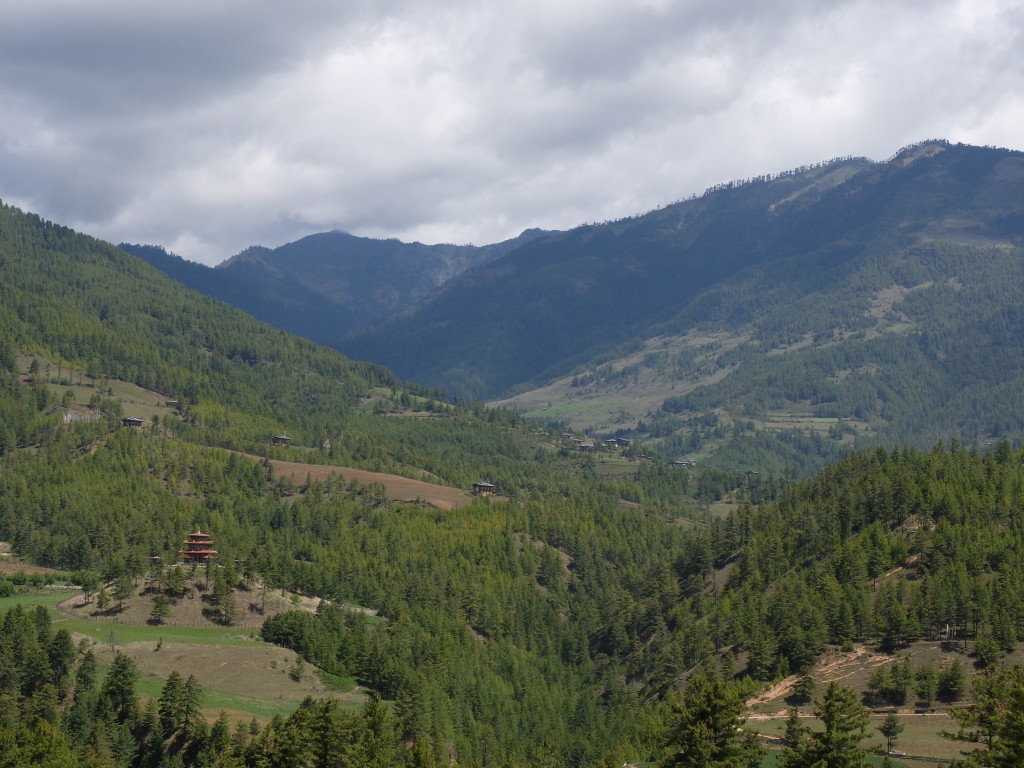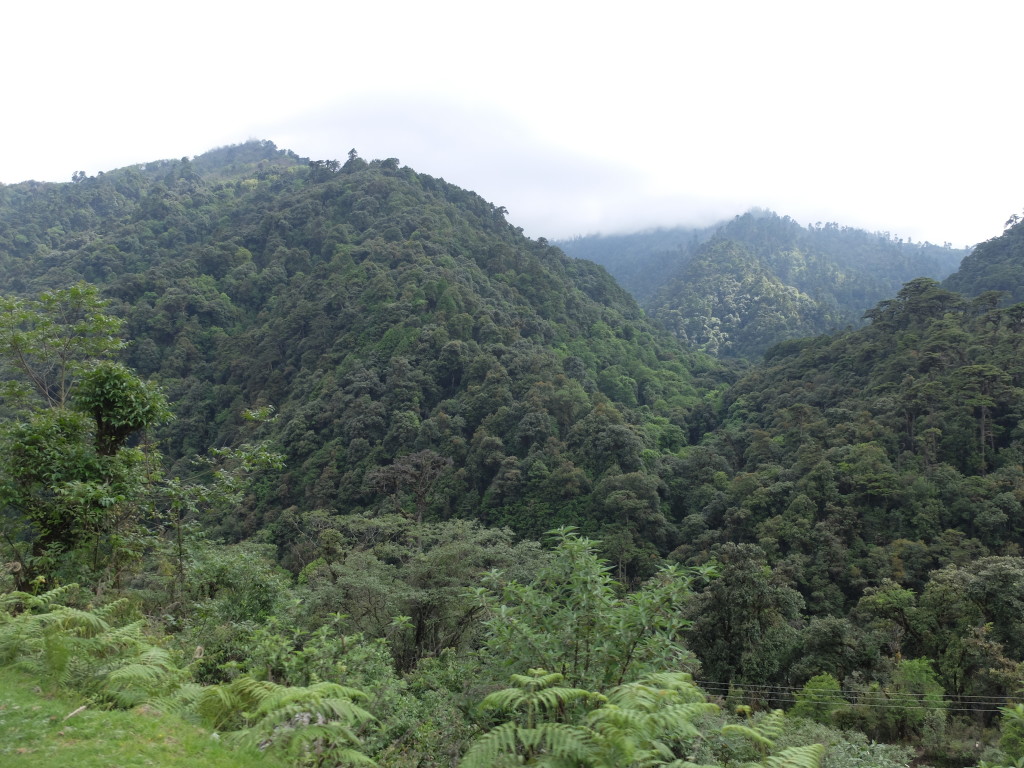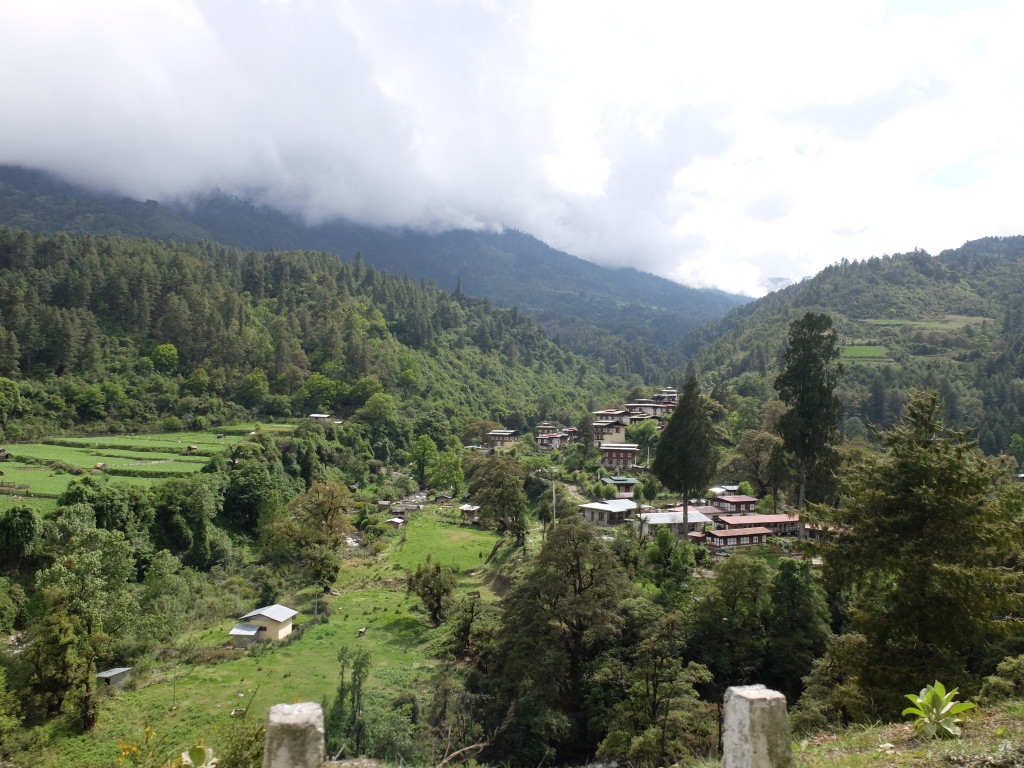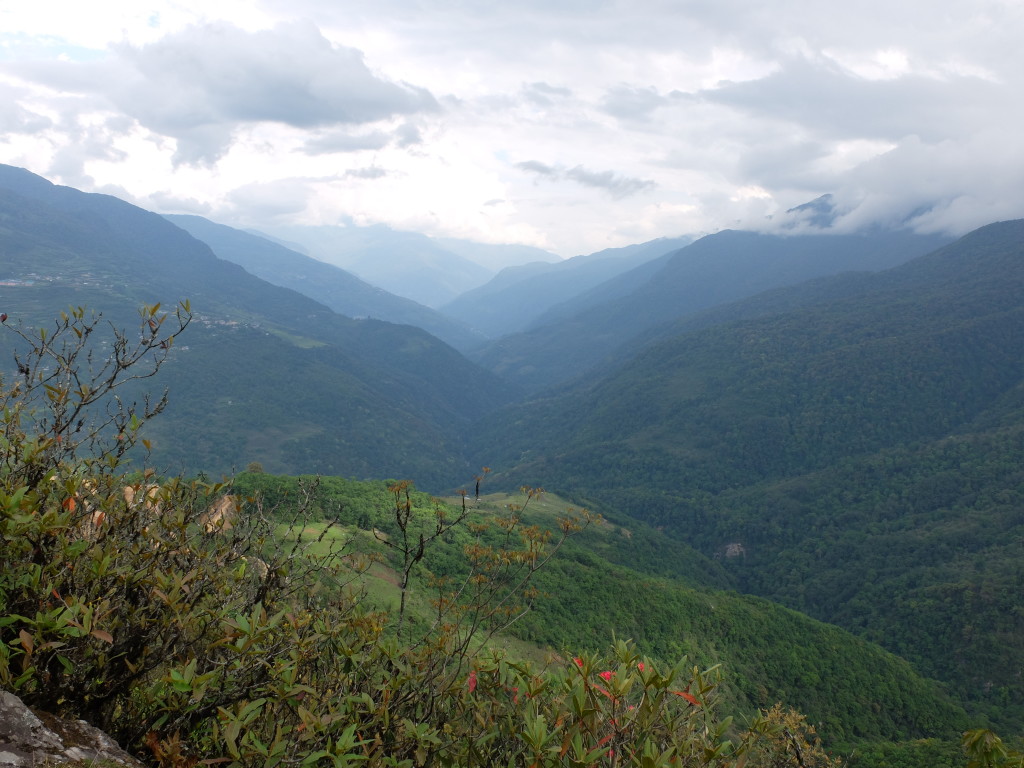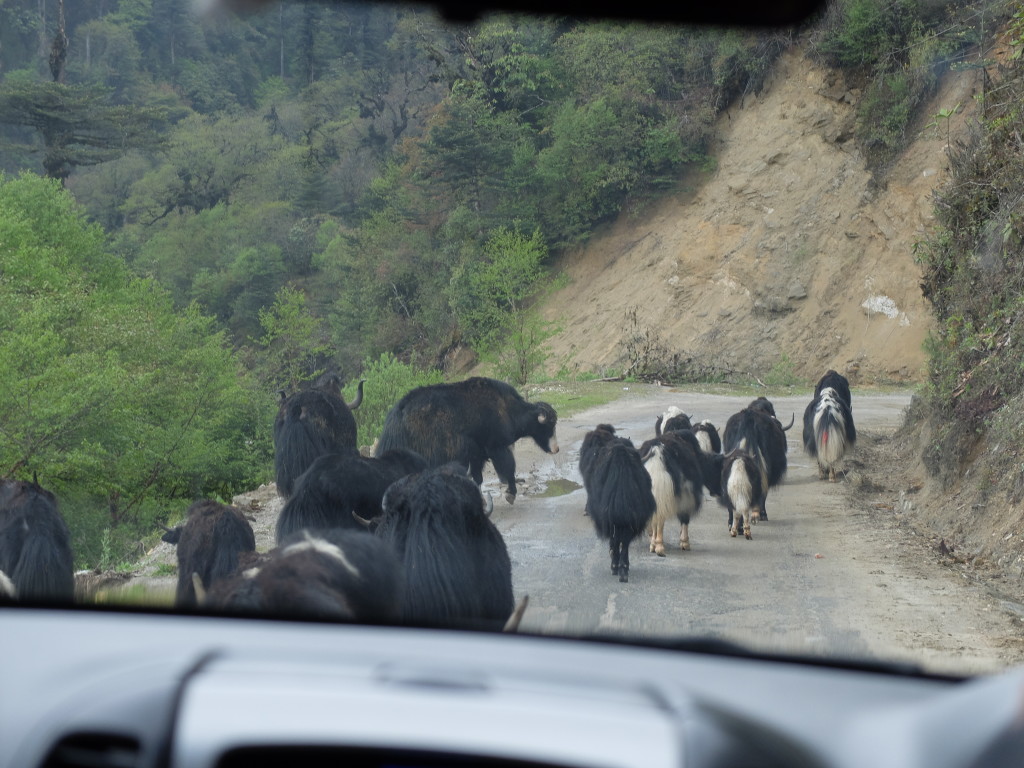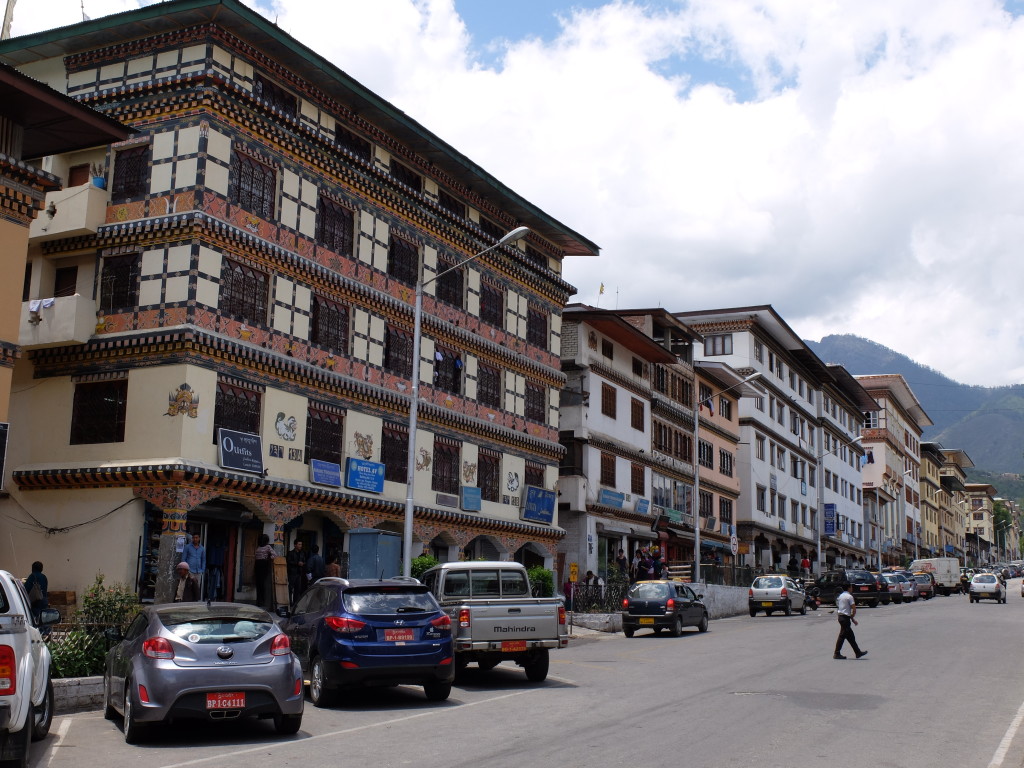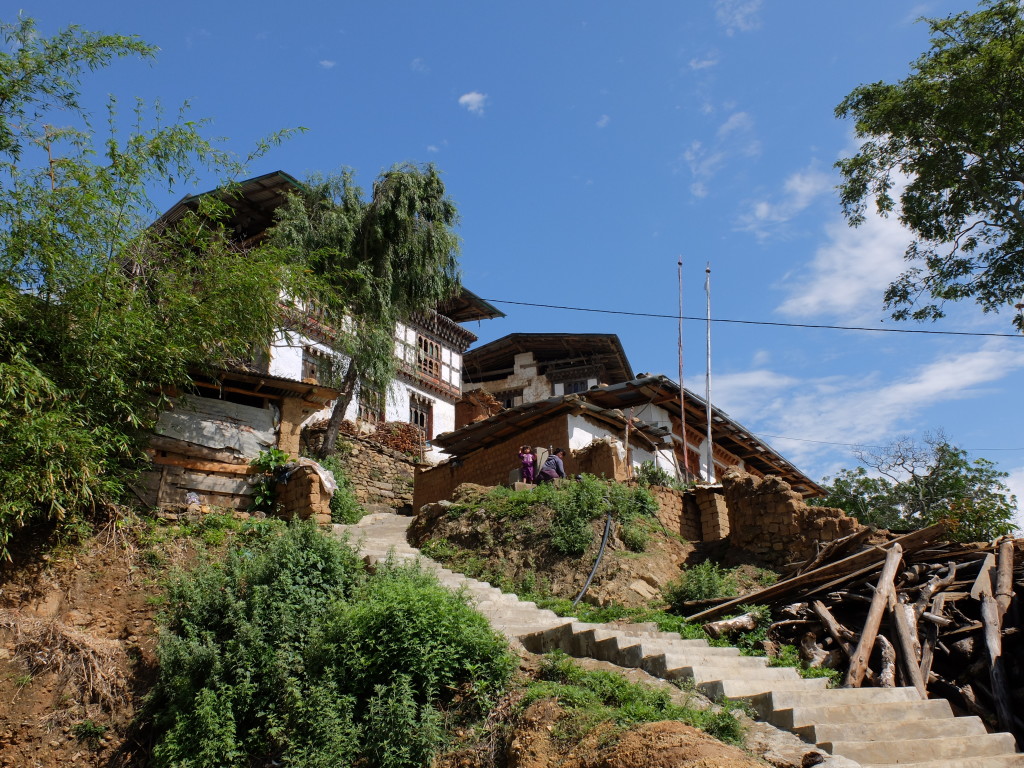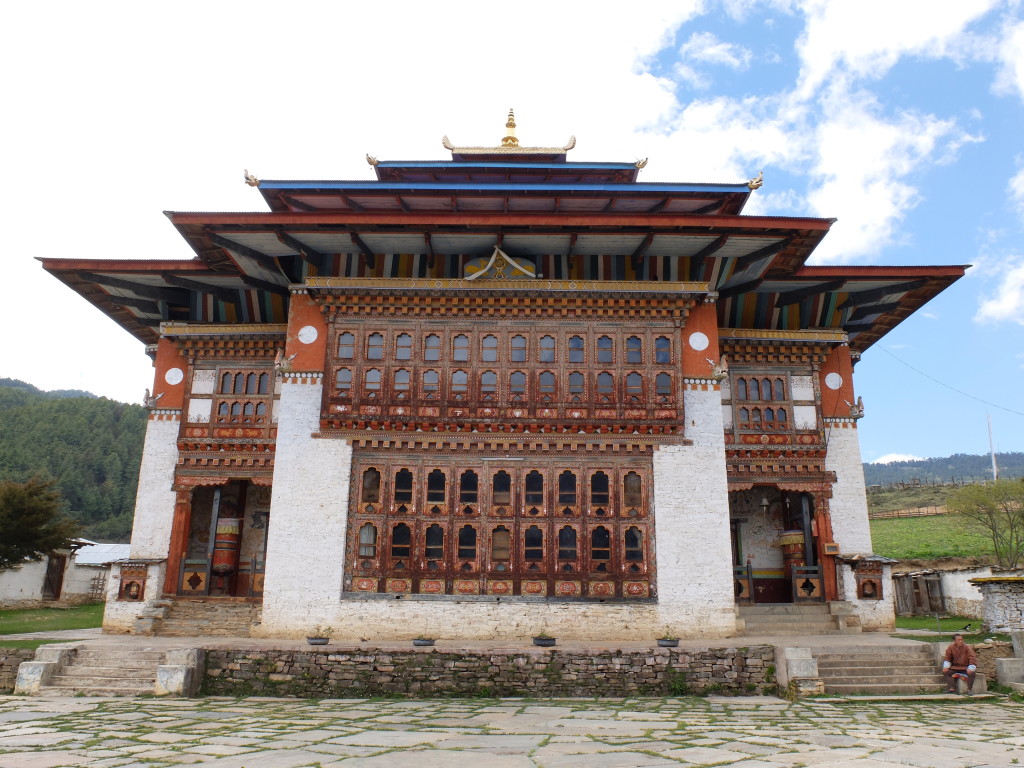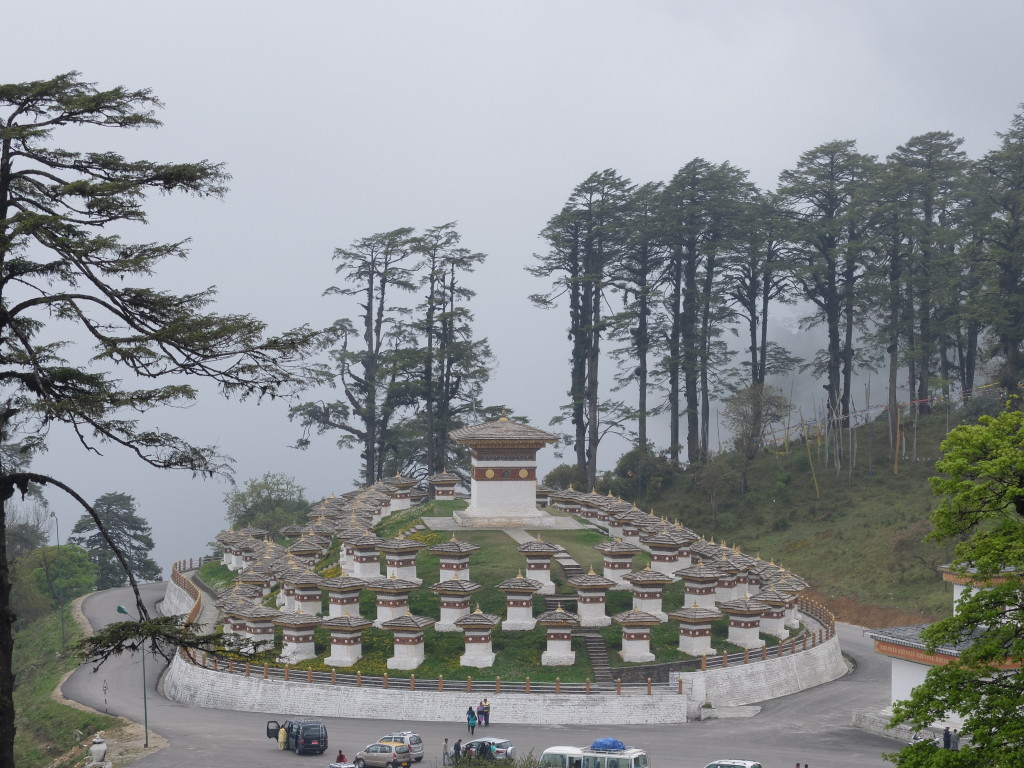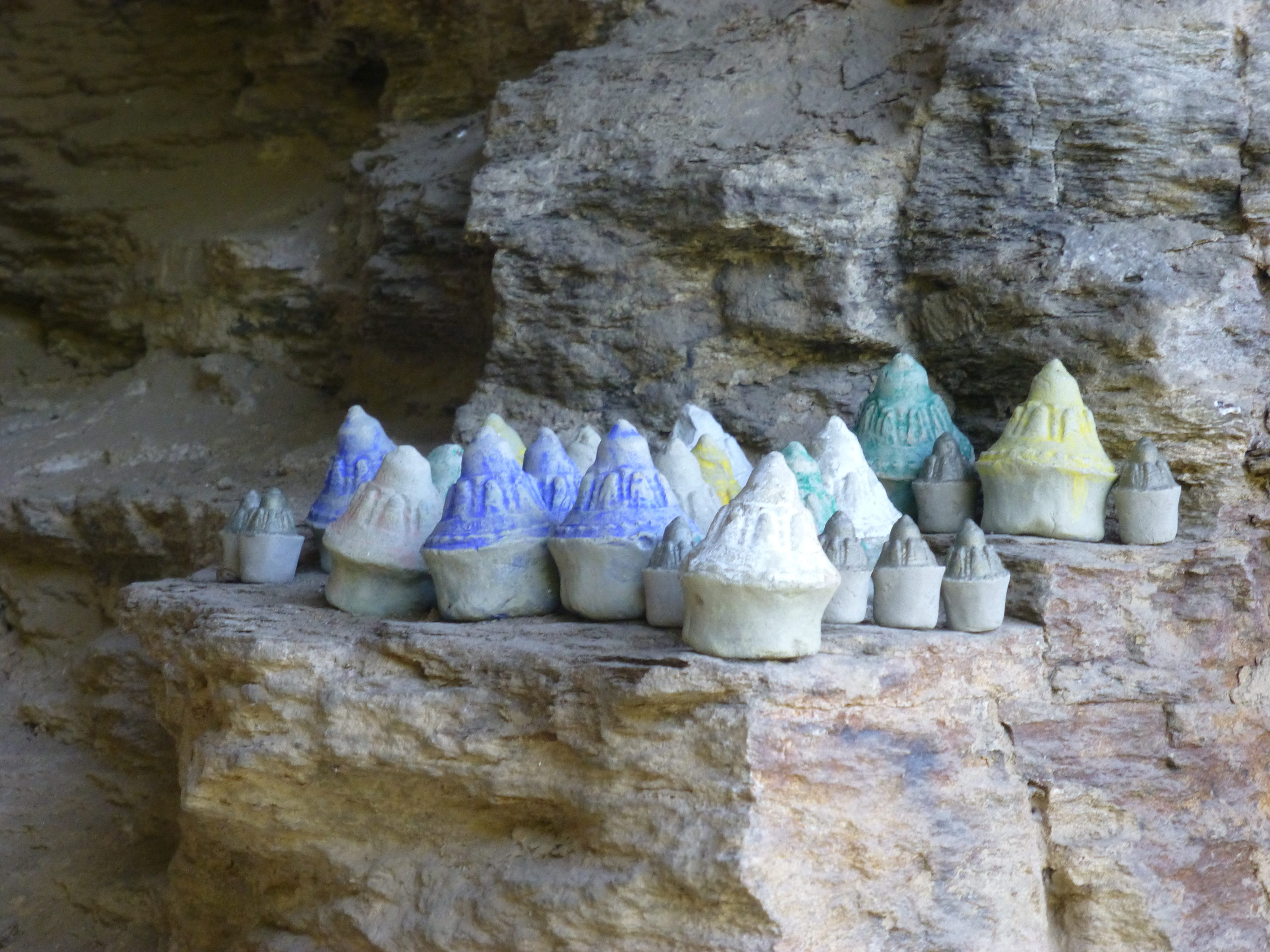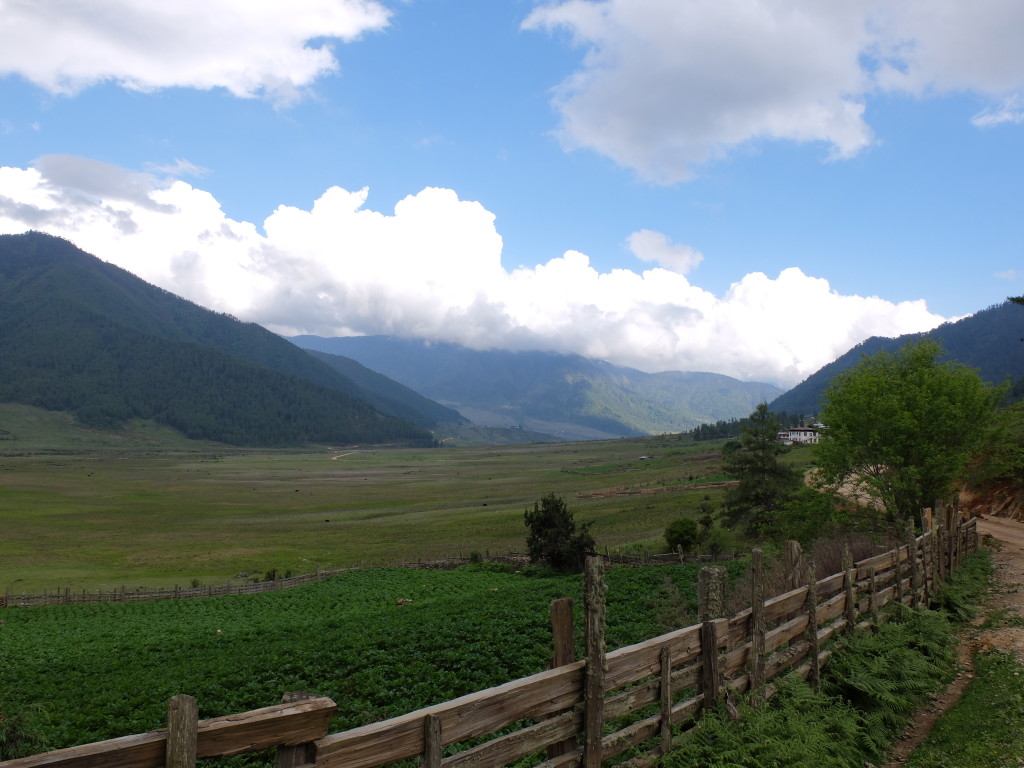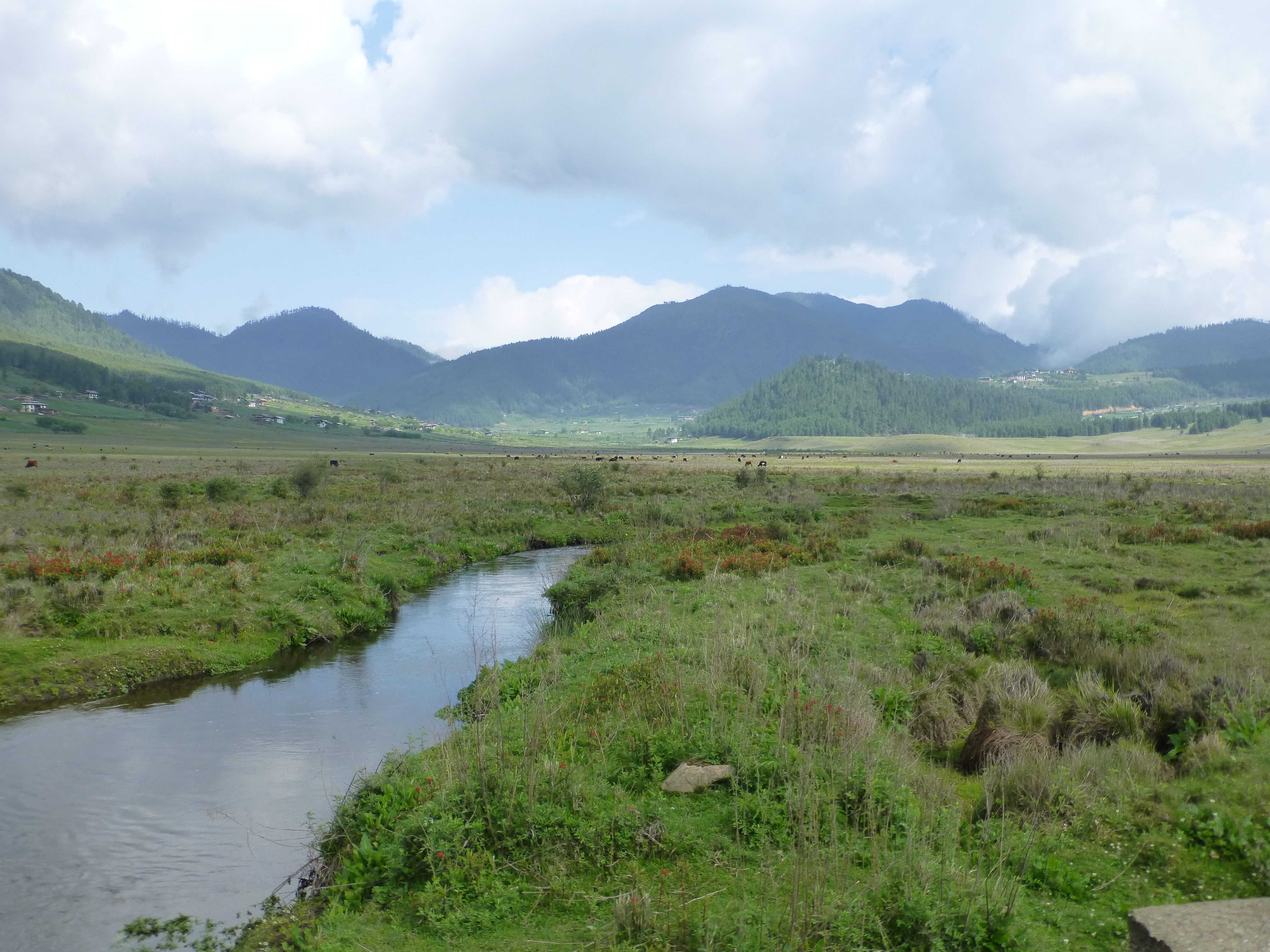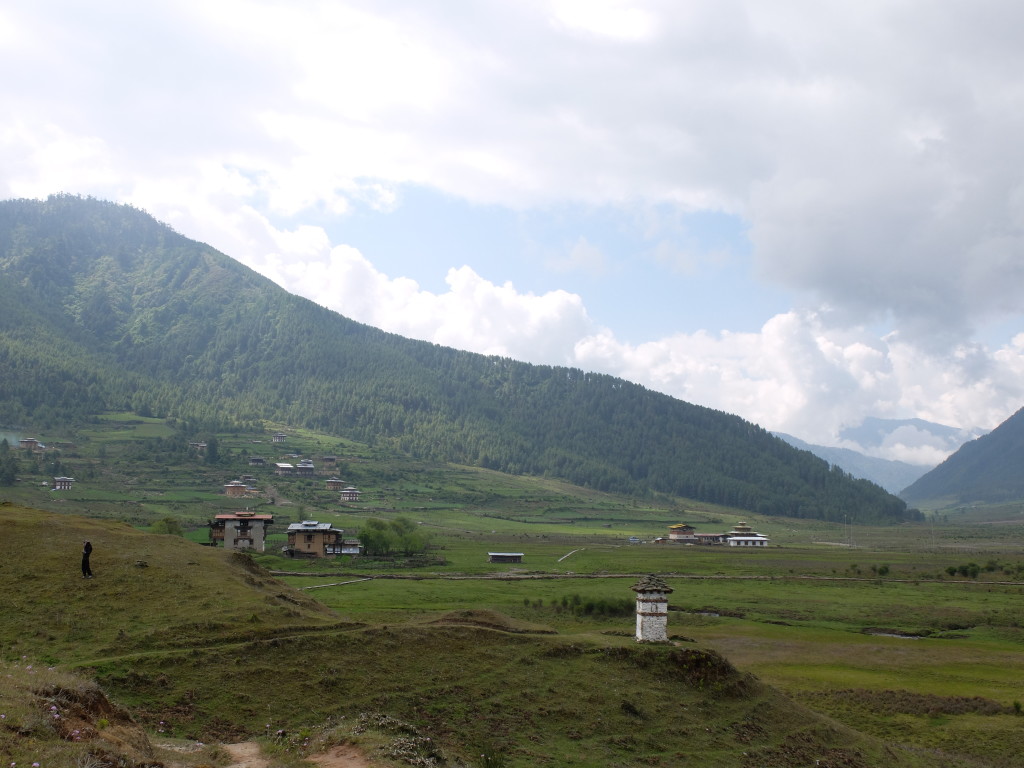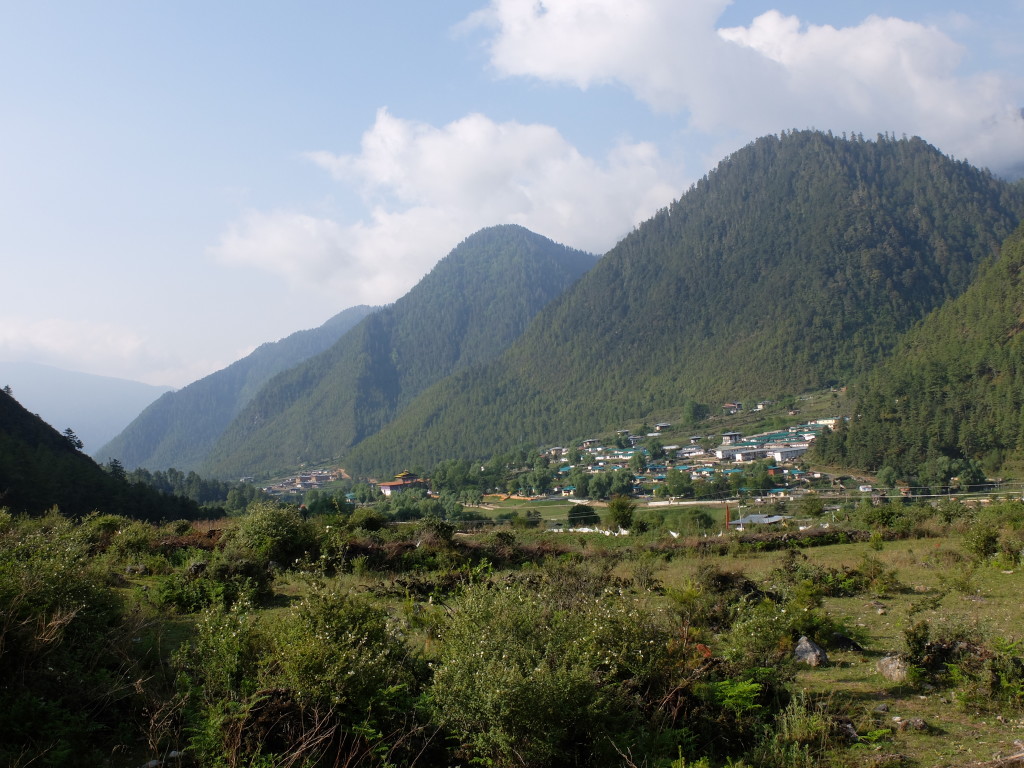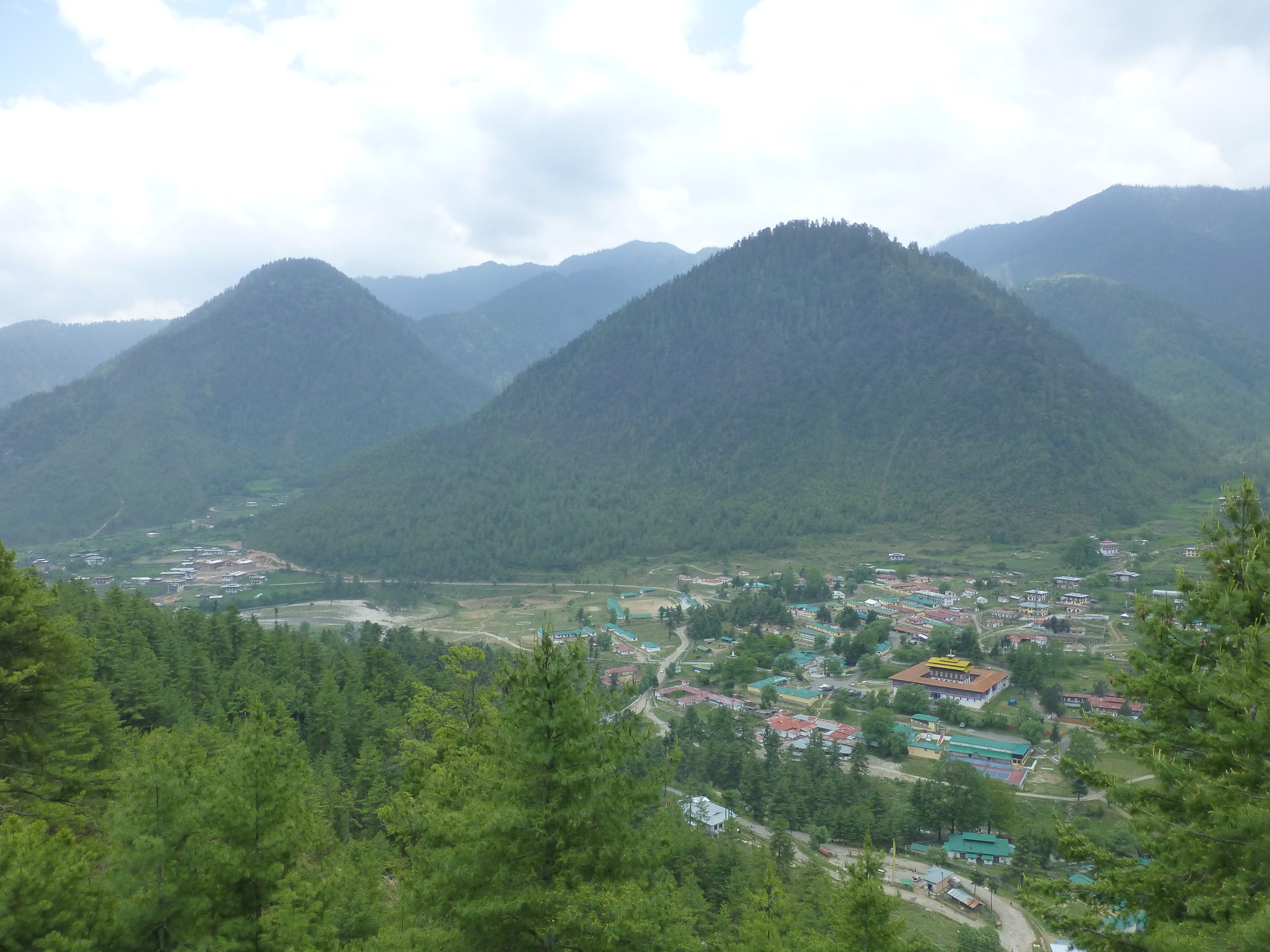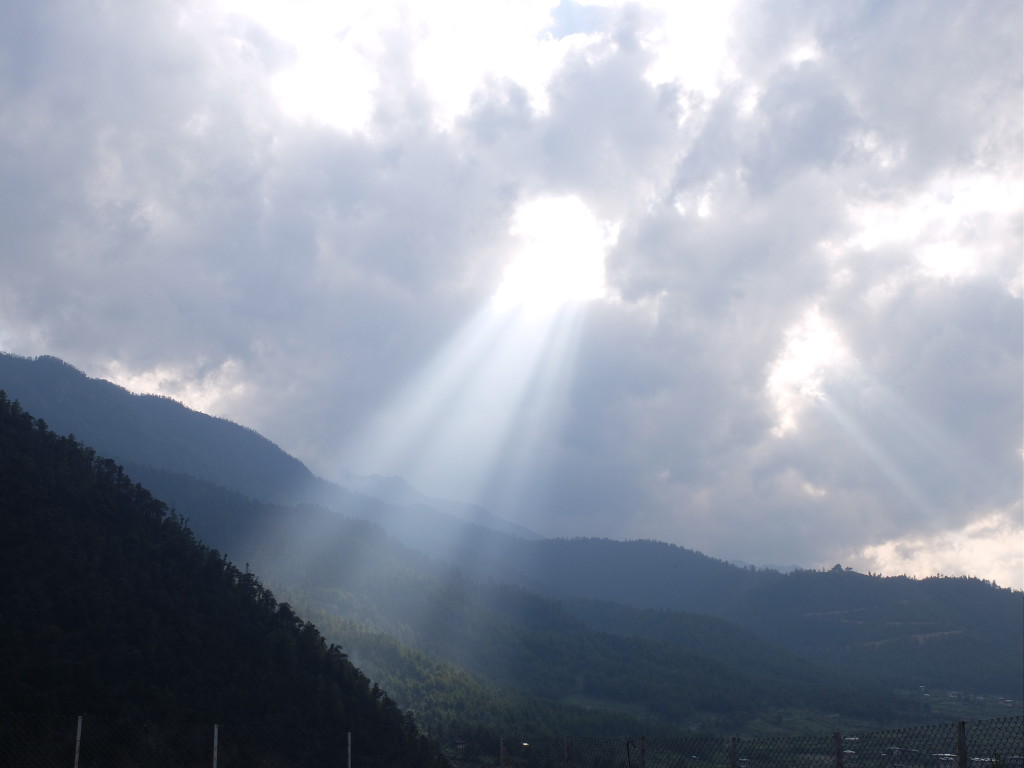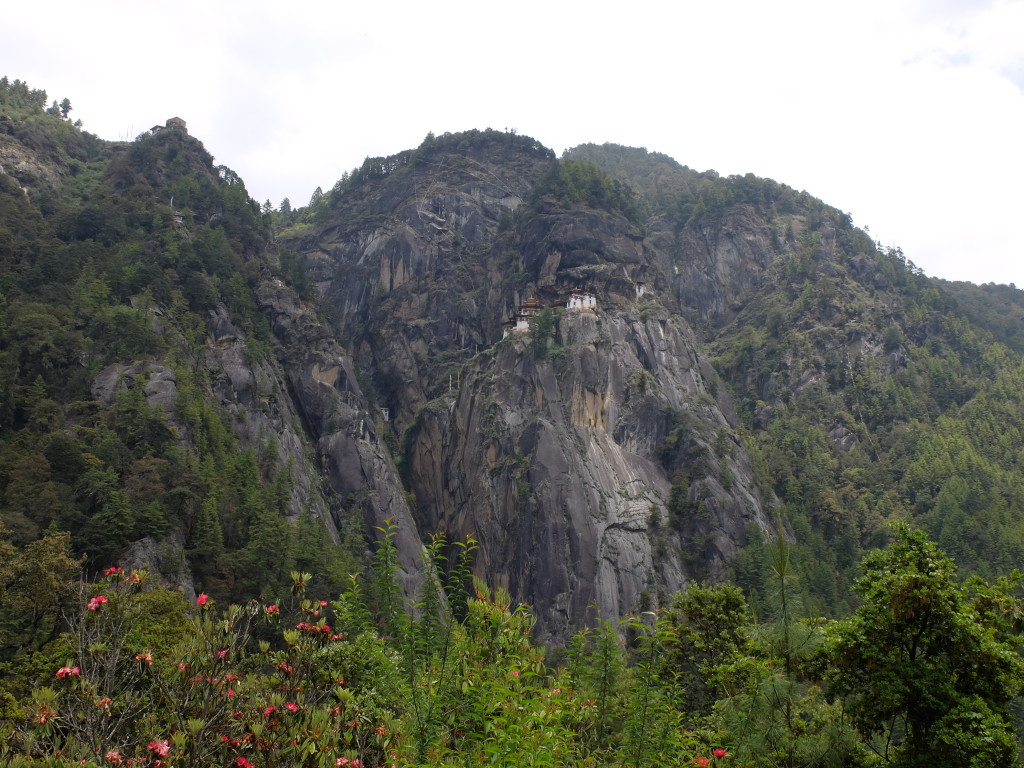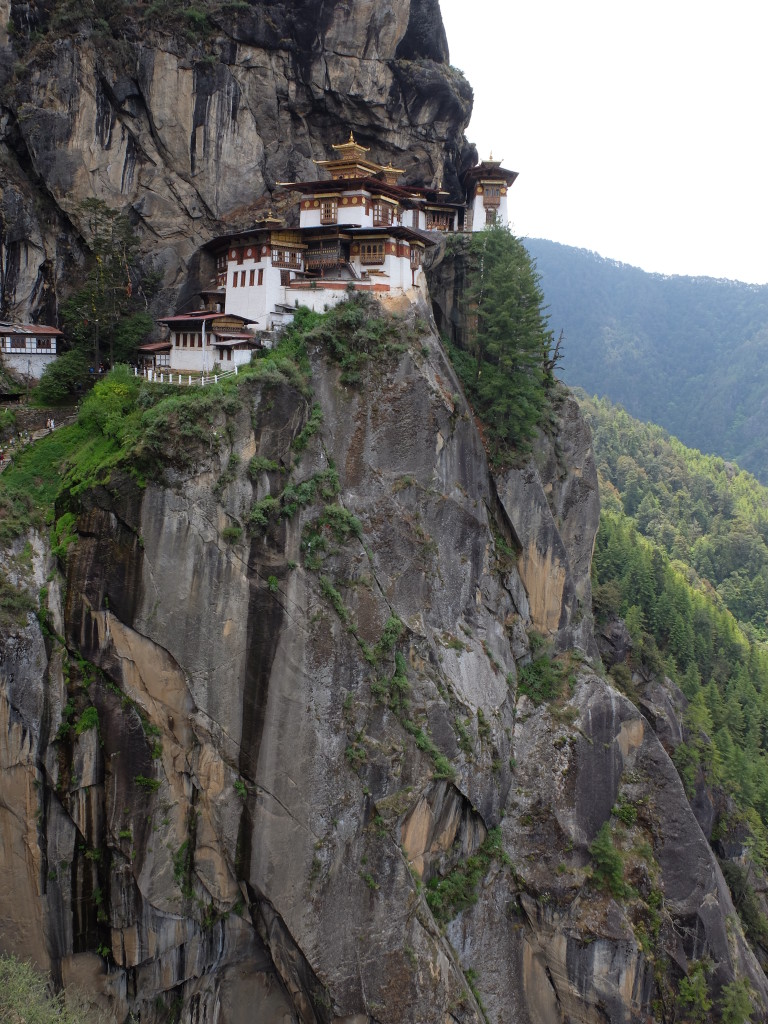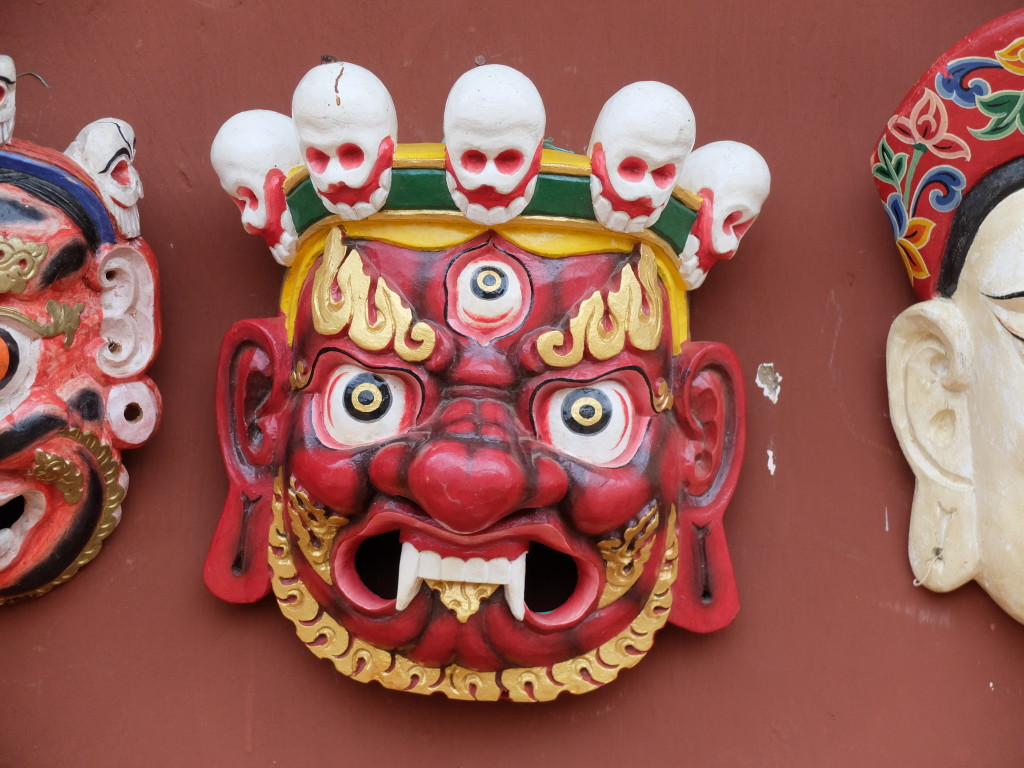Our planned visit to these three Himalayan countries comprised a six week visit. Due to the April 2015 earthquake in Nepal and Tibet, however, we were unable to get a visa to Tibet. We’ve still included the itinerary for Tibet at the end.
You can see a slide show of pictures below and beneath that a detailed itinerary.
For journal postings from Nepal, Tibet & Bhutan, CLICK HERE. To read about the Indian Himalayas, see our India page.
Loading map...

SLIDE SHOW HINT: If you’ve already seen the earlier pictures in the slide show, use the dot placemarks below the slides to jump around.
——
Itinerary for Nepal, Tibet and Bhutan: 46 Days – 12 April till 27 May
NEPAL TOUR – 17 DAYS
The program covers major tourist attraction near Kathmandu, specially Chitwan National Park, Pokhara and Nagarkot hill station.
12 Apr/ Sun-‐Day 01: Kathmandu Arrival
13 Apr/ Mon-‐Day 02: Sightseeing tour
Today, you will visit Pashupatinath temple. The temple is holiest temple of Hindus, Baudhanath Stupa (the largest Buddhist stupa in Nepal) and Budhanilkantha Narayan (the statue of sleeping Bishnu). Lord Bishnu (Vishnu) is one of the three deities of Hindus who creates all living beings, as per the myths of Hindus.
14 Apr/ Tue-‐Day 03: Sightseeing tour
Today, you will visit Monkey temple, also known as Shoyambhunath stupa. The stupa is situated in the western corner of Kathmandu valley. This is considered as the oldest stupa of Kathmandu valley. The legend of this stupa is connected with the origin of the valley.
The second place that you are going to visit is Kathmandu Durbar Square. This was the capital of Kingdom ‘Kantipur Kingdom’. The kingdom had existed in Malla era of Nepal (1220 to 1480 B.S.). You can see Royal Courtyard, Museum, Kumari (the living goddess) and many other temples. All temples are enriched with ancient arts and architectures.
You next visit is Patan Durbar Square. This is also the capital city of Patan that had existed as a separate Kingdom in Malla era (1220 to 1480 B. S.). Inside city, you can see Krishna temple made with stones, Royal palace, and golden temple.
15 Apr/ Wed-‐Day 04: Visit Bhaktapur then drive to Nagarkot
In Malla era of Nepal, the Kathmandu valley had divided in three different Kingdoms. Bhaktapur was one of them. Bhaktapur is the master piece of art and architecture. You can see Palace with 55 windows, Malla royal bath, Statue of King Bhupatindra Malla etc. Once you get entered there you feel like you are back to the 15th or 16th century. Amongst three Durbar Square, Bhaktapur is the best.
After visiting Bhaktapur, you will drive to Nagarkot. The hill is situated at an elevation of 1900 m. It takes about an hour to reach this hill station from Bhaktapur. From this place, Magnificent views of mighty Himalayas and terrace field of mountain area can be seen from here. Nagarkot is famous for sunrise and sunset views.
16 Apr/ Thu-‐Day 05: Drive, Nagarkot to rafting point
Morning after sunrise view, you will drive to the starting point of whitewater rafting point. The drive takes about 3 to 4 hours to reach there, depending on highway traffic. After rafting for about 3 hours, we will serve lunch in river Bank. Rest of the time is free on your own. Evening, we will stay overnight in the camp.
17 Apr/ Fri-‐Day 06: Continue rafting -‐ Visit Manokamana temple – continue Pokhara. Today, we start rafting from the late morning around 11 am. Today, you will hit the river for another 2 to 3 hours. After finishing the rafting, we will serve lunch in river Bank; then you will take cable car ride to Manokamana hill. The temple is dedicated to goddess Manokamana. People believe that if you plead some boons with goddess-‐manokamana, she will fulfill it. People sacrifice animals and offer blood to goddess. If you don’t like seeing sacrifice, you can avoid visiting this temple.
After visiting the temple, we will come down to the highway and continue our journey to Pokhara. We will reach Pokhara in the evening only. Check into hotel. Evening you will have free time to wander around lakeside.
18 Apr/ Sat-‐Day 07: Sightseeing tour in Pokhara
After breakfast, you will visit Barahi temple; which is situated in the small island of Fewa lake. We can get there only by boat. Afterward, we will visit David-‐fall. The water of lake Fewa drains out from David fall. This amazing waterfall drops down to the giant earth hole and vanishes.
Near the waterfall, there is a cave temple that is call “Gupteshwor Cave”. The temple is dedicated to lord Shiva. Hindus go there and pay their homage to lord Shiva.
A bridge that has been built over Seti River gorge is call Dr. K. I. Sinha bridge. The water of Seti river flows under the narrow gorge which is hard to believe. Looks very scary…!
19 Apr/ Sun-‐Day 08: Sightseeing tour in Pokhara
Early morning, we take you to Sarangkot hill for seeing sunrise views in the mountains. The drive takes about 45 minutes to reach there. We will spend there nearly an hour and return back to hotel.
Today, we will take you to Bindabaisini temple that is dedicated to Hindu goddess (Bindavasini). In Hindu religion, goddesses are considered as the source of power. So, wherever you go, you can see crowd of people worshiping in goddess temples. People want power.
20 Apr/ Mon-‐Day 09: Trekking to Ghandruk village.
Early morning after breakfast, you will drive to Nayapul (new bridge), the trek starting point. The drive takes about an hour & half to reach Nayapul. From Nayapul, you will start trekking to Ghandruk. The trek takes about 5 to 6 hours to reach Ghandruk village. Ghandruk is a famous village in Annapurna mountain region. The inhabitants of Ghandruk village are from Gurung community of Nepal. These hardy people are with Mangolian face and famous for their bravery in the World. British government has a “Gurkha regiment” in their military force. Probably, 90% soldiers of Gurkha regiments are from Gurung community of Nepal.
Initially, the trail is flat and easy. Once, you come closer and closer to Ghandruk, the trail takes gentle ascent through the local village and terrace fields.
21 Apr/ Tue-‐Day 10: Trek to Pothana village
Morning after breakfast, you will trek down to Modi River (khola – means small river) then make an ascend to Tolkha. The trail is not so difficult but it has lots of ups & downs. We will take lunch break somewhere in Tolkha village.
After lunch, we continue trek to Pothana village situated on the small mountain crest. This superb village offers some stunning views of snow mountains and terrace landscape.
22 Apr/ Wed-‐Day 11: End trek in Dhampush and drive back to Pokhara.
Today, we have a brief walking to finish the trek. After breakfast, we start our journey to Dhampush village. It is a gradual descend to reach Dhampush. From Dhampush, we continue descend down to Phedi where our car is waiting for you pick up then drops to lake side in Pokhara.
23 Apr/ Thu-‐Day 12: Drive, Pokhara to Chitwan National Park (late afternoon activities) Morning after breakfast, we set off for Chitwan National Park. The drive takes about 4 hours to reach the Sauraha (a place situated at the edge of National Park). Lunch will be served in Resort in the afternoon. After lunch, we go for canoe ride in River Rapti. While canoeing, we can see some aquatic lives such as Crocodile, Ghariyal, tortoise and water snakes etc. Beside, we can see several species of birds as well. Chitwan is paradise for bird watchers. Approximately 543 species of birds are recorded in this National Park.
After finishing canoe ride, we head out to visit elephant breeding Centre. The breeding center is owned by Nepal government. Nearly 15 female elephants are here. Some newly arrived jumbos are there in breeding center. Some of them are only a few months old.
24 Apr/ Fri-‐Day 13: Full day jungle activities
Morning after breakfast, you will set out for Jungle safari on elephant. The safari lasts about two hours. Animals you can see are single horn rhinos, spotted deer, barking deer, herds of wild boars, monkeys (macaque), white monkey (langoor), peacock, wild chicken etc.
Afternoon, you can explore tharu village. Tharus are aboriginal people of Chitwan National Park. Decades ago, when Chitwan was fully covered with forest, tharu were the only people to live here. Malaria was a big threat during those period, so only a few migrants were there. Tharu people are known as Malaria proof.
Evening, you will witness tharu culture program. The culture program possesses some glimpses of the life of tharu people.
25 Apr/ Sat-‐Day 14: Jeep safari & visiting crocodile breeding center.
Today, you will start your program from 08 am in the morning and the drive takes about the whole day. You will drive nearly 18 km deep into the National Park, where crocodile breeding center is located.
On the way, you can sight animal like rhinos, deer, wild boars, Tiger (if you are lucky) and black bear etc. Also, several species of birds can be seen on the way. You will return to Resort only in the evening.
26 Apr/ Sun-‐Day 15: Drive, Chitwan National Park to Lumbini
It takes nearly three hours++ to reach Lumbini, the birthplace of Budhha. You will check into hotel have rest for a while then set off for visiting Ashok pillar and the birth of Buddha. Also, if time permits, you can see a couple of Monasteres build inside the premises of Lumbini area.
27 Apr/ Mon-‐Day 16: Full day tour in Lumbini
There are several Monasteries build within premises of Lumbini Development area. All monastery buildings are made with different style by different countries. It will the whole day to cover all monasteries. Wander Lumbini on your own and rest.
28 Apr/ Tue-‐Day 17: Return back to Kathmandu
Morning after breakfast, you will drive back to Kathmandu. The drive takes about 7 hours to reach Kathmandu. You will arrive Kathmandu only in the evening. So, there is no specific activity added in the program today.
TIBET TOUR – 14 DAYS (DRIVE IN/ FLY OUT)
We were originally scheduled to tour Tibet for 14 days beginning 29 April. However, China cancelled all visas due to the Nepal earthquake. For the planned itinerary see below.
BHUTAN TOUR: 14 DAYS
14 May/ Thu-‐Day 33: Flight from Kathmandu to Paro. Arrival in Paro – Thimphu (1.5 Hr)
Upon your arrival in Paro airport, transfer to Thimphu (2300m). After Lunch visit the Memorial Chorten (temple) built in memory of the late 3rd King. This place now happens to be a get together point for the elderly people, who spend their whole day chanting prayers and meeting their friends. Visit Changangkha Lhakhang, the oldest temple in the valley offering a beautiful view of the valley. Enclosure where the national animal, Takins are kept and drive to visit the largest and the newly built statue of Buddha offering magnificent view of entire Thimphu valley. After 5 PM, visit the fortress of Thimphu, Tashichho Dzong, which houses the throne of the king. Evening walk around the happening town, the largest and the most crowded town in Bhutan.
15 May/ Fri-‐Day 34: Thimphu Sightseeing
Morning visit the happening weekend market (Friday, Saturday, Sunday) where the locals from the surrounding villages come to sell their produce. They sell their goods and in return they buy their basic necessities. In olden days, bata system was practiced by everyone. Visit the traditional Hand Made Paper Mill. Visit the School of Arts and Crafts where students learn 13 different arts used predominantly in Bhutan. Visit Folk Heritage Museum which explains how a traditional house used to be like in the olden days. Later visit the National Library which houses the collection of Bhutanese rich religious text and the contemporary Buddhism teachings from masters all around the world. Drive further up to visit the Dechenphodrang monastic school and meet the young monks. Later continue to Zilukha nunnery to meet the nuns and interact with them.
After lunch you have two options for some nice hikes. If you prefer a short and a easy one could go for Wangditse temple hike: It’s a short easy hike (1 Hr) with beautiful view (1 Hr). You have to drive to the BBS tower where the road ends and starts your nice and easy hike through the pine forest overlooking Thimphu valley, especially the Thimphu Dzong and the parliament house. This is one of the very few hikes in Bhutan where almost no climbing is required. Visit the temple of Wangdise and enjoy the view of Thimphu and walk back to your car. Or, if you prefer a longer hike, could go for Cheri temple hike:
Drive to the north end of the valley through the little town of Taba and Dechenchholing. The road ends right in the Jigme Dorji National park. Start for a beautiful hike (1.5 Hrs) to the temple of Tango/Cheri in the wilderness offering a beautiful view of the thick forest and valley. The hike is all uphill through a small trail and finally opens up once you reach the temple. It’s a very quite and beautiful hike. There are many retreat centers above the temple. Later in the afternoon back to the hotel. If you have the energy walk around the happening town, the largest and the most crowded town in Bhutan.
16 May/ Sat-‐Day 35: Thimphu – Punakha (3 Hrs)
Morning drive to Punakha (1350m) crossing over Dochula pass (3200 mts). If the weather permits one can enjoy a spectacular breath taking view of the highest mountain peaks of Bhutan at a sight that stretches almost 180 degrees. Take a break and walk around the newly built 108 stupas and continue to the sub tropical valley of Punakha offering a different vegetation. En route just before arriving the hotel, taka a nice hike through the paddy field and old village to visit Chimi Lakhang, the temple of fertility associated with religious art of phallus.
17 May/ Sun-‐Day 36: Punakha Sightseeing
Morning drive to visit Punakha Dzong (fortress), which houses the most elaborated temple in the country. This is a must to see fortress in Bhutan and a fine example of Bhutanese rich Art and Architecture. After the visit if you are in mood for a nice half-‐day hike, you could start the hike right above the Dzong with a short steep climb offering a great view of the valley with houses spread all around and the never ending turquoise river and it’s sandy river bed. This trail is also popular for mountain biking. The hike ends through the farm field crossing the newly constructed bridge, where your car will be waiting at the other side of the river. If you choose the entire activity can be done on foot from your hotel. After lunch could relax in the balcony of the hotel to enjoy the view and the nature. Or could go for an hour hike (uphill) to the temple of Khamsum Yuley Lakhang overlooking the paddy field and the snakelike river bends.
18 May/ Mon-‐Day 37: Punakha – Trongsa (2200m) (5.5 Hrs)
If you are staying in hotel Meri Puensum, hotel Zandopelri or hotel Densa, early morning it will be a treat to walk up to the hilltop to visit the nunnery and interact with the nuns and enjoy the magnificent view of Punakha and Wangdi valley. Later after breakfast start your drive for Trongsa. En route could stop for a short hike to the ancient village of Rinchengang overlooking the ruins of Wangdi Dzong. It’s amazing how they have managed to be together and preserve the old houses. If you are bit tired, could do it on your way back. Cross over the Pelela Pass at 3,300m which forms the part of Black mountain range that divides the country into east and west. Enroute could take a short break and go for short hike to the remote village of Rukubji or Chendibji. The drive is long but the landscape is picturesque and worth.
19 May/ Tue-‐Day 38: Trongsa – Tang (2800m) (4.5 Hrs)
Morning walk through the single lane town of Trongsa and visit the majestic Trongsa Dzong (Fortress), the home of the royals. Historically Trongsa Dzong is the most important Dzong and the largest as well. Later must visit the Ta Dzong, an ancient watchtower, which houses a unique museum. Later start driving for the remote village of Tang, crossing over Yotong La pass at 3,400m. After a short descend en route just before arriving Jakar, stop in Chumi valley, the weaving place, by the roadside where “Yatha” (wool weaving) is woven here which Bumthang is famous for. Continue your drive crossing over Kiki La pass stopping in Jakar for a short while. After Jakar, most of the drive is through the dirt road, Tang being a remote village. The road might be bumpy but the landscape is beautiful crossing through many small villages. Just before reaching Tang village, if you want to avoid driving, you have an option to take a shortcut by crossing the bridge and walking for about half an hour to the guesthouse, O’Chholing palace, the ancestral home to the royal family of Tang region which is converted into a museum and a very basic guesthouse. Very very few tourists get to visit this village. Enjoy the calmness and the beautiful view of the Tang valley. It’s a quiet little village, which got electricity recently.
20 May/ Wed-‐Day 39: Tang – Jakar (2650m) (1.5 Hrs)
Morning walk around the tiny village, meeting the locals, the shy children and interacting with them. Witness their morning village activities. Later after breakfast, visit the unique museum of O’Chholing, which has very fine and unique collection of Bhutanese Arts and Artifacts. It covers and explains about all the history and details of Tang village activities during the olden days. Later after lunch bid farewell to the family of the museum and walk down the valley and catch your car to drive back to Jakar.
21 May/ Thu-‐Day 40: Jakar Sightseeing
Make an excursion drive to the village of Ura. The drive will pass over the highest road pass on your trip at Shertang La at 3573m. On clear weather Bhutan’s highest mountain Gangkar Puensum (7540m) can be seen dominating the northern valley. Visit the Ura village and return.
22 May/ Fri-‐Day 41: Jakar Sightseeing
Bumthang province consists of four different valleys know as Chumi, Jakar, Tang and Ura. This province is the most historical and one of the holiest place in Bhutan with so many temples and holy sites spread all around the province. Jakar is a beautiful valley and if you want to take a break and avoid driving, today’s activity can be entirely done on foot. Visit Jampay Lakhang, one of the first two Buddhist temples built in the country. Visit Kurjey lakhang temple, one of the holiest site in Bhutan, this is also the site where the royals are cremated. Cross the suspension bridge follow the dirt road and through the village of Parar and visit Tamshing lakhang temple. End your day with a walk passing by the Swiss farm. If time permits visit the Jakar Dzong offering beautiful view of the valley. Evening stroll in Jakar town and try some local pancake and noodles.
23 May/ Sat-‐Day 42: Jakar – Phobjikha (2900m) (6 Hrs)
Morning start retracing your drive to the remote isolated valley of Phobjikha passing by Trongsa town and crossing over Pele La pass. The drive is very picturesque and worth every turn and climb. This valley is protected being winter home for the endangered Black Necked Cranes migrating to Bhutan every end of Oct to end of Feb. This valley is a paradise for the nature lovers and hikers. Upon your arrival could go for a short walk in the valley. Or if you are too tired after the long drive, could relax in the hotel and enjoy the breathtaking view of the valley. This is a very remote village and the hotel standard is very basic. Being protected, this valley got electricity recently only. Farm house stay optional.
24 May/ Sun-‐Day 43: Phobjikha – Paro (2200m) (6.5 Hrs)
Morning could go for walk right below your hotel and meet the school children who all walk for hours to reach their nearest school. After late breakfast could go for Phobjikha Nature trail hike (2.5 Hrs), which offers beautiful view of the valley. It starts from the valley and end with Gangtey Goempa temple at the hilltop overlooking the valley. Gangtey Goempa temple is a beautiful temple, richly renovated with many monks living.
Here we were able to add a day and night in the Haa valley, on the other side of a high mountain pass to the west of Paro. Filled with mound-like hills that have sacred legends around them as the four protectors of Buddhism, the valley is a splendid sight despite the Indian military camp squatting there. We walked to the White and Black temples, where the appropriately colored birds told the rulers where to build them.
Rretrace the drive back to Paro crossing over Dochula La pass. Upon arrival in Paro, visit Paro Dzong (Fortress) on foot and continue walking through the oldest wooden bridge still in use. Continue further to stroll around the old Paro town and peep into some local handicrafts stores. Could get some opportunity to see the traditional game, Archery match going on.
25 May/ Mon-‐Day 44: Paro Sightseeing
Morning drive to Chelela Pass, 3800m one of the highest motorable road in Bhutan. If the weather permits one can view the most scared and the highest mountain peak in the country Mt. Jomolhari (7314m) overlooking at you. Walk around the pass with prayer flag fluttering and enjoy the fresh air. Afternoon back to the hotel. Later visit Paro Dzong (Fortress) on foot and continue walking through the oldest wooden bridge still in use. Continue further to stroll around the old Paro town and peep into some local handicrafts stores. Could get some opportunity to see the traditional game, Archery match going on.
26 May/ Tue-‐ Day 45: Paro Sightseeing
Morning drive to the base for the hike (3 hrs uphill) to Tiger’s Nest, the most revered temple in the country that literally hangs on a granite cliff over looking the Paro valley. Most of the day will go on the hike. On the way back, if you have the energy and time visit the Kichu Lakhang, one of the oldest temples in Bhutan which marks the beginning of Buddhism in the country. Hot stone bath available at an additional cost. Farewell dinner with your guide.
27 May/ Wed-‐Day 46: Departure via flight back to Kathmandu. Wander around Pashupati or elsewhere.
———————-
TIBET TOUR – 14 DAYS (DRIVE IN/ FLY OUT) – AS ORIGINALLY SCHEDULED
We were originally scheduled to tour Tibet for 14 days beginning 29 April. However, China cancelled all visas due to the Nepal earthquake. Here is the the planned itinerary.
29 Apr/ Wed-‐Day 18 (01): Drive to Kathmandu to Nyalam (3750 m.)
Early morning drive from Kathmandu to Nepal-‐Tibet border (Kodari) by private vehicle. After finishing immigration formalities both Nepal & China side, you will continue drive up the steep switch back road to Nyalam.
-Kathamandu to Kodari – 115, 3 hrs | Kodari -‐ Nyalam – 32 km, 1 hr.
30 Apr/ Thu-‐Day 19 (02): Nyalam to Xegar (4350 m.)
After breakfast, you will commence our journey to the further destination, Tingri. You will visit Milareppa cave (10 km further drive from Nyalam) on the way. This cave-‐monastery is perched on the rocky slope down from the main highway and it requires a 10 minutes walk to reach there. A famous Tibetan Buddhist scholar Milareppa had once meditated here in this cave. Later, his disciples built monastery here.
From this point, your further journey to Lao Tingri goes across the Tibetan plateau with Spectacular Mountain views from Lablung-‐La pass (5050 m). Tingri is an old town from where you can see more views of the Himalaya including the Mt. Everest and Mt. Cho-‐Oyu.
From Lao Tingri, it is another 80 km, to reach Xegar. Xegar is the gateway to the Everest region. This town is very windy and chilly.
– Nyalam to Xegar -‐ 252 km, 4 hours.
01 May/ Fri-‐Day 20 (03): Xegar to EBC (5320 m.)
Your final destination of today is the Mt. Everest Base Camp, Rongbuk village. This village is considered as the highest human settlement on earth. The climate round the area is often harsh here. From the late afternoon, the cloud rise & wind start blowing.
There is a check point established by the Chinese Mountaineering Association, which is 09 km further to the EBC, from the Rongbuk village. We will take you there by vehicle. There is a small bump of rocks where you can climb and take pictures. From this vintage point, overlooking views of the Base camp can be seen. People with special climbing permit are allowed to explore beyond this point.
-‐ Monastery Guesthouse | Xegar to Rongbuk, 80 km, -‐ 4 hrs
02 May/ Sat-‐Day 21 (04): EBC -‐ Shakya Monastery – Shigatse (3900 m.)
Morning after breakfast, we retrace to Xegar following the same road. From Xegar, the highway leads us to Lhatse via Gyazo La pass. The Gyazo La pass is over 4800 m. high. The highway descends to the valley floor of Lhatse from the pass.
From Lhatse, we leave the main highway and drive towards a small valley nook, Shakya. Shakya means grey earth in Tibetan language. Shakya has a giant monastery that is the largest monastery of Shakyapa sect of Tibetan Buddhism. Once upon a time, this monastery used to be the most powerful monastery in Tibet and the entire Tibet used to be ruled by this monastery only.
After visit Shakya, we continue our journey to Shigatse. Shigatse is the second largest city of Tibet. The famous Tashilungpo Monastery is situated here in this town. Tashilungpu Monastery is the throne of Panchen Lama and he is the second biggest religious figure in Tibet. The monastery was built in 1447.
- Rongbuk to Shigatse – 315 km, 6 hrs.
03 May/ Sun-‐Day 22 (05): Shigatse to Gyantse (3950 m.)
Morning after breakfast we proceed to Gyantse. Gyantse with its amazing sites -‐ Khumbum, Palkor Chode Monastery and Gyantse Dzong is the ancient trading hub of Tibet.
A British agent Col. Young Husband invaded in Tibet in 1904 from Sikkim, Nathula pass. The very first city he attacked in Tibet was Gyantse. Some 700 Tibetans armies were killed in the combat and city was demolished by powerful canons and machine guns.
- Shigatse – Gyantse, 96 km – 1 hour.
04 May/ Mon-‐Day 23 (06): Gyantse to Lhasa (3650 m.)
The highlight of this day is the beautiful turquoise lake (Yamdruk Tso). The lake has spread in the area of 638 square km. This is the largest fresh water lake in Tibet.
After crossing the Karo La with its magnificent hanging glaciers, we keep heading out to Kamba-‐ La pass driving along the lakeshores of Yamdruk Tso. From Kamba La, we descend down the other side of the mountain, then cross the Yarlung River (Brahmaputra), and end our journey in Lhasa.
- Gyantse to Lhasa -‐ 370 km, 6 hrs drive.
05 May/ Tue-‐Day 24 (07): Lhasa tour –
Visit Potala Palace, Jokhang temple and Barkhor Square. Today, you will visit Jokhang temple, the first ancient temple of Lhasa and hustling market of Bharkhor Square. After this, you will drive to the northern corner of Lhasa where the famous Sera Monastery is located. Sera Monastery was most powerful Monastery in the past. Some 5000 monks used to reside there.
06 May/ Wed-‐Day 25 (08): Lhasa tour – Visit Potala Palace and Norbulinkha Palace.
You will visit Potala Palace in the first half of the day. The palace is perched on a rocky hill. It was the winter residence of Dalai Lama. The palace was first built by King Songtsen Gampo is 641 but during the war the palace was burnt to the ground. Later, the 5th Dalai Lama built this palace in 17th century. Only certain parts of the palace are open for tourists.
The 2nd half of the day will be spent in Norbulinkha palace. This was the summer residence of Dalai Lama. You can visit the private bedroom, meeting room and so many other things that were personally used by Dalai Lama when he was there.
07 May/ Thu-‐Day 25 (09): Visit Ganden Monastery (4180 m.)
Ganden is situated 40 km east of Lhasa. The monastery is located on the crest of a hill and it has been spread in large area. Once upon a time, some 9000 monks used to reside there.
The monastery was spread in such a big area that during the Cultural Revolution; the red armies were tired of vandalizing buildings, so they bombarded from the sky to destroy the Monastery. Presently, the Monastery buildings are partly renovated.
08 May/ Fri-‐Day 27 (10): Lhasa to Samye valley (3490 m.) – Visit the first Monastery of Tibet. Built in the 8th century, Samye Monastery was the first Buddhist monastery to be founded in Tibet. Samye is famous for its sacred mandala design: the central temple symbolizes the legendary Mount Meru, center of the universe. It is a popular pilgrimage destination for Tibetan Buddhists, some of whom travel on foot for weeks to reach it.
-‐ Lhasa – Samye, 202 km.
09 May/ Sat-‐Day 28 (11): Hiking Chimpu Nunnery
Chimpu nunnery is one of the most popular attractions in the region. The nunnery area is located near about 16 km from Samye Monastery. There is a local saying goes “without visiting the Chimpu, visiting to Samye monastery is worthless”, so Buddhists recognition for the Chimpu is very high as the place contains of many sacred remains of passed masters and lamas. Hence, many local Tibetans come here and practicing meditation and Buddhism.
At present, the nunnery is also serving for the tourist like selling vegetarian meals while visiting the nunnery and meditation caves. The friendly nuns and breathtaking view from the Chimpu meditation center none comparable than else in Tibet. Evening you will return back to Samye Monastery.
-‐ Samye to Chimpu, 16 km.
10 May/ Sun-‐Day 29 (12): Samye to Tsedang (3400 m.)
Tsedang is a fertile valley situated in the Bank of Yarlung river, once upon a time, was the cradle of Tibetan civilization. This was the capital city of Tibet.
You will visit Thandruk Monastery today. Tradruk monastery is the largest and most important of the surviving royal foundations in the Yarlung Valley. It is said to have been founded in the 7th century under king Songtsen Gampo.
-‐ Samye to Tseandg – 47 km
11 May/ Mon-‐Day 30 (13): Tsedang tour
Situated about 12 kms south of Tsedang, Yambulakhang is the first palace built by the Tibetans for their first recorded king Nyatri Tsedpo, who is believed to have descended from heaven. It was destroyed during the cultural revolution and the present structure is and exact replica of the original building.
The area where Tombs of Tibetan Kings situated is some 25 km south from the main city of Tseandg. The site possesses eight large mounds of earth resembling natural hills that are believed to contain eight to ten buried Tibetan kings. Other sources, however, have indicated that there are actually nine mounds rather than eight or ten. The kings, believed to be buried in these mounds are Songtsän Gampo (the founder of the Tibetan Empire), Nansong Mangsten, Tridu Songtsen, Gyangtsa Laban, Tride Tsugtsen, Trisong Detsen, Muni Tsangpo and Tritsu Detsen.
12 May/ Tue-‐Day 31 (14): Fly back to Kathamndu
Early morning drive to Gongar airport for your flight back to Kathmandu.
13 May/ Wed-‐Day 32: At leisure in Kathmandu – Wander around the Thamel.



